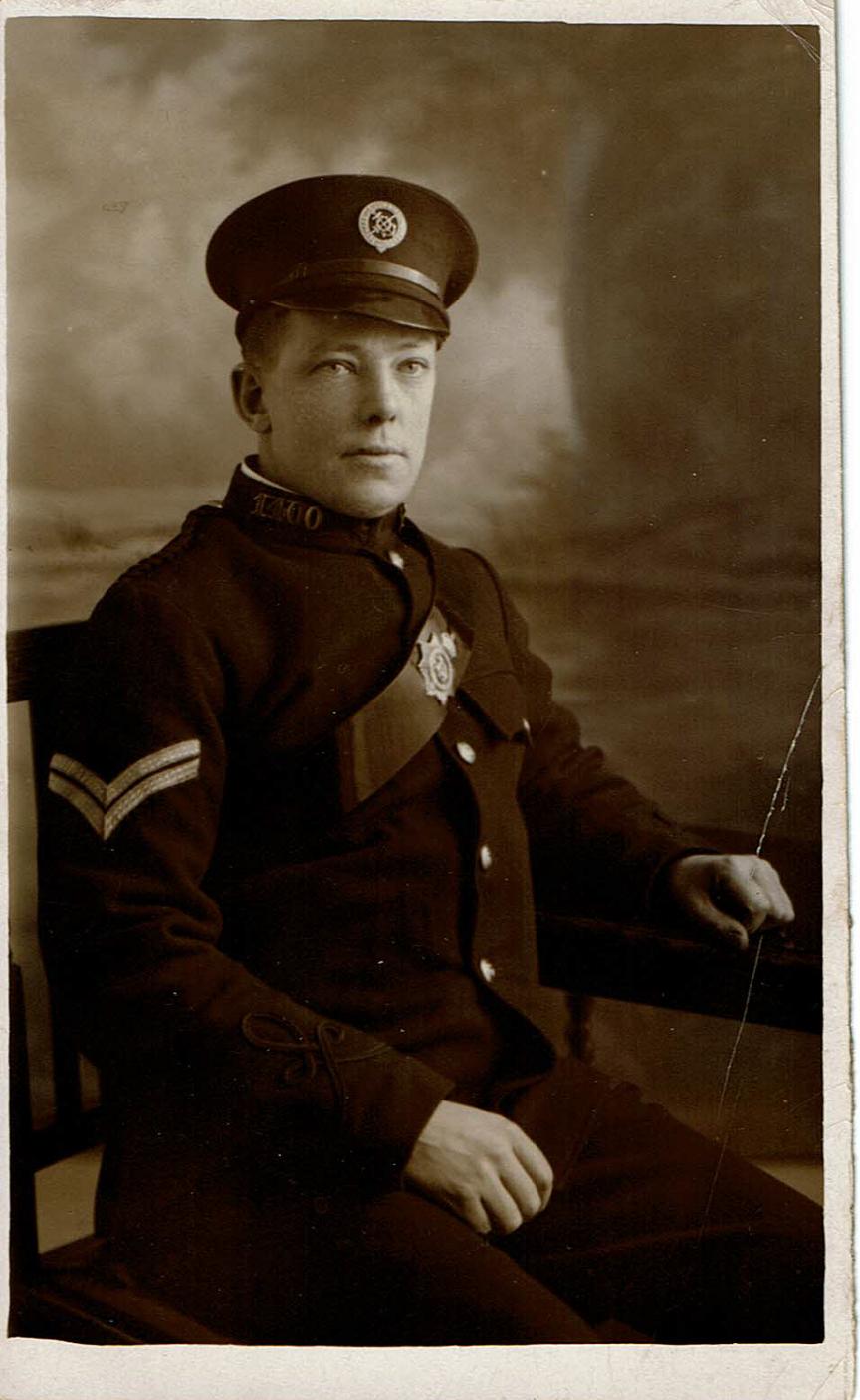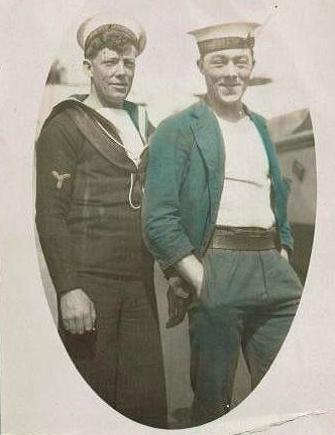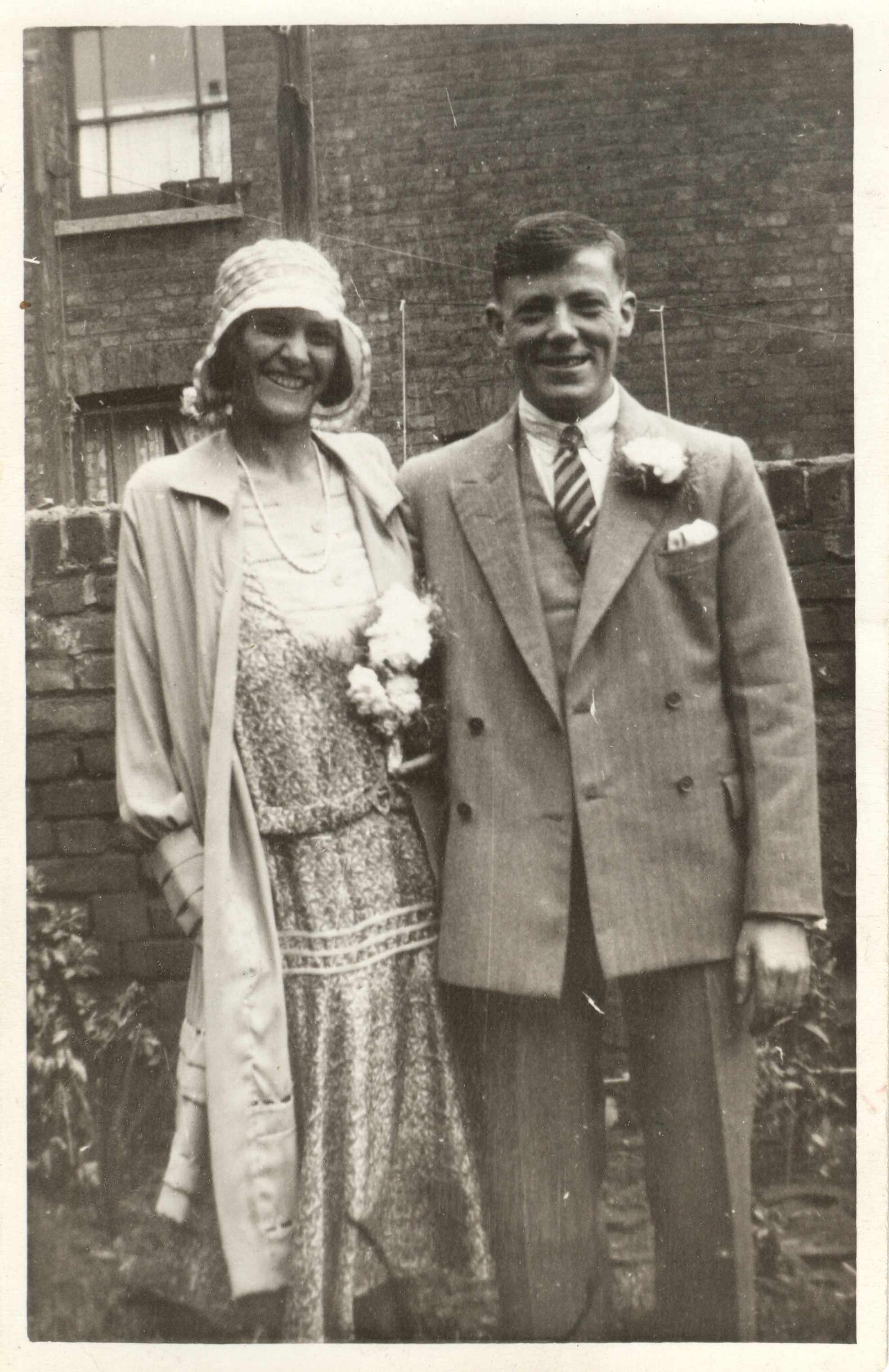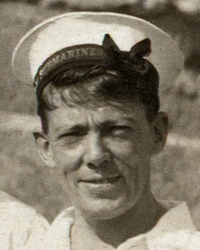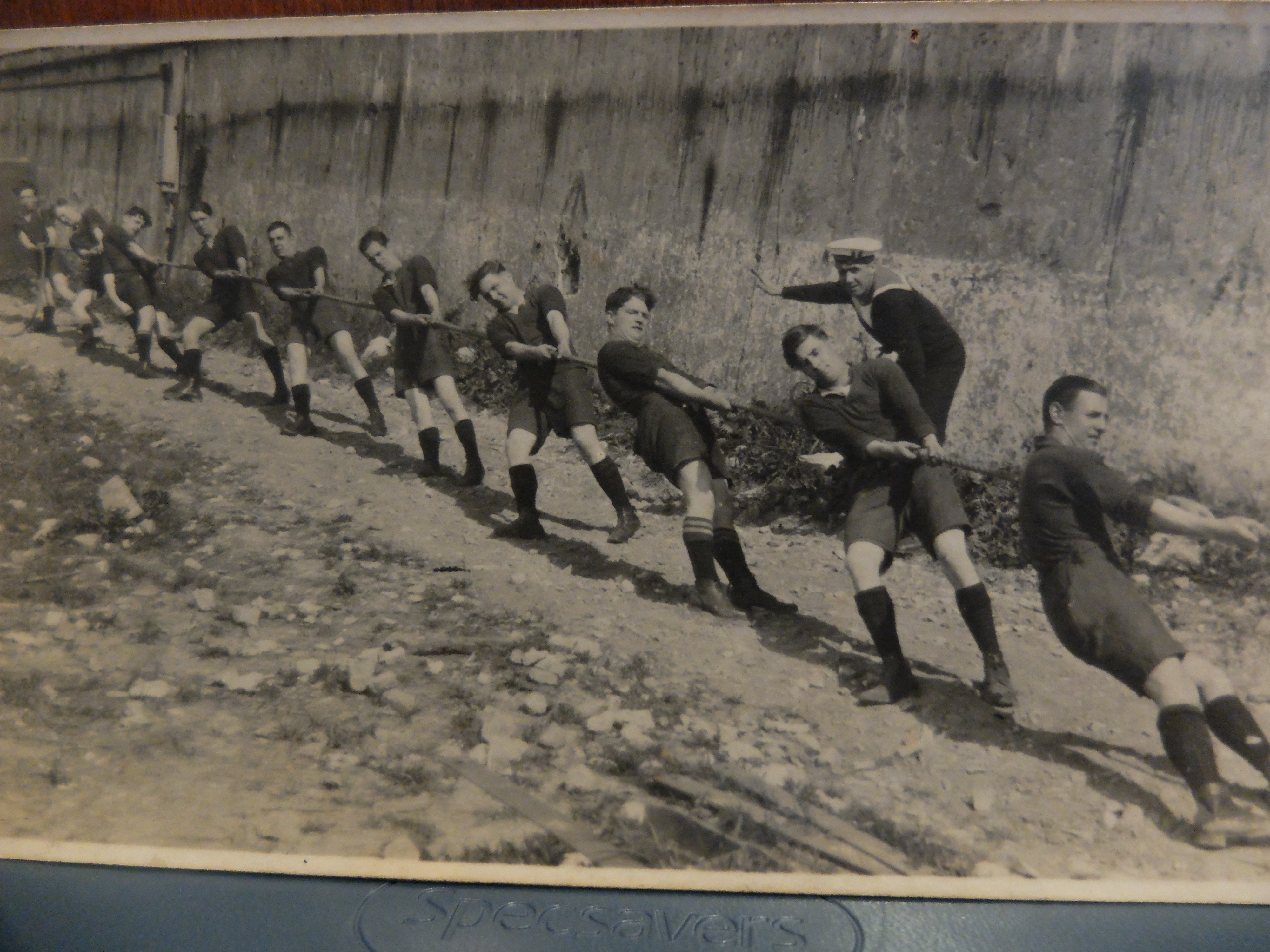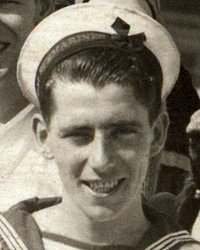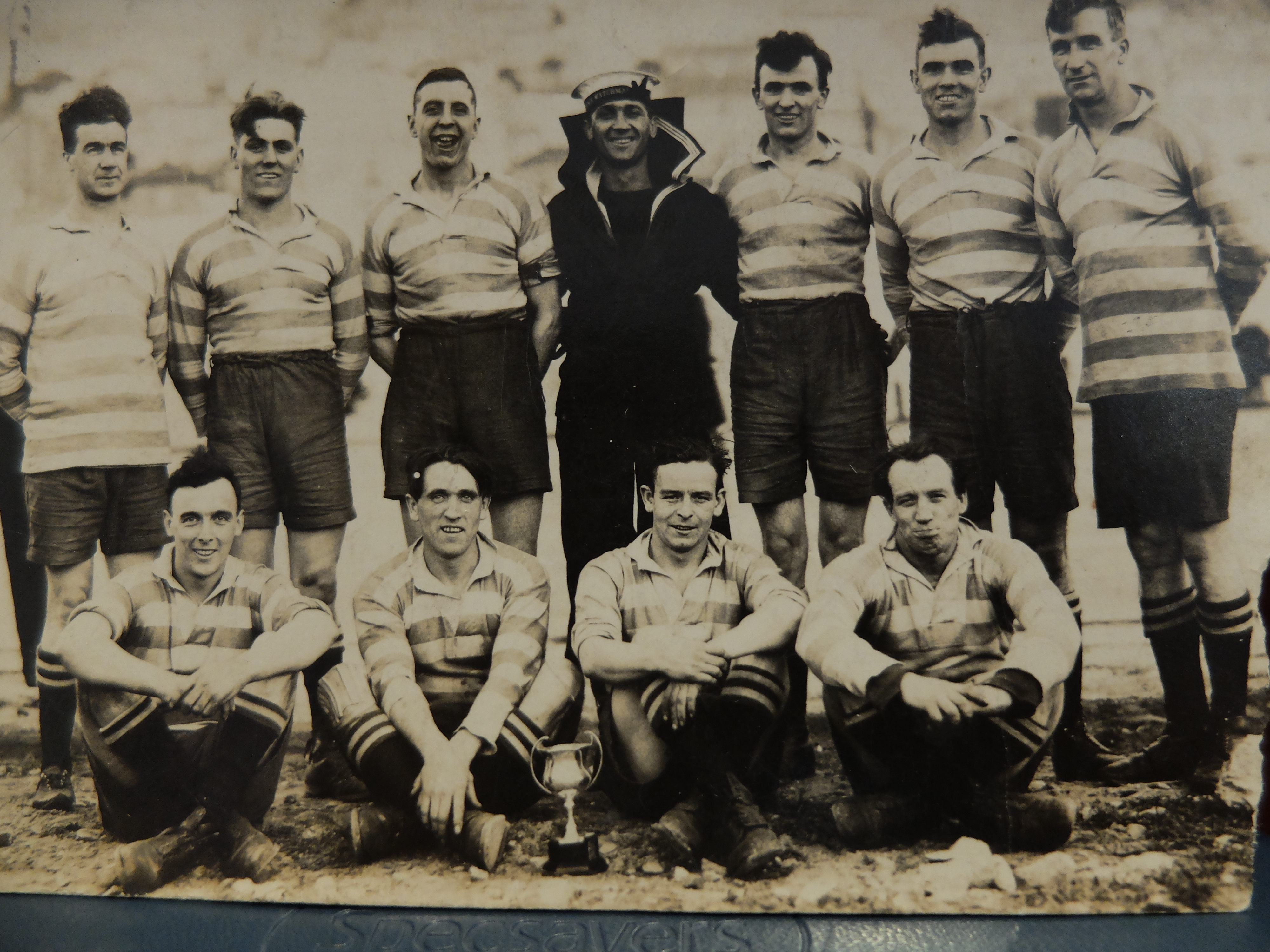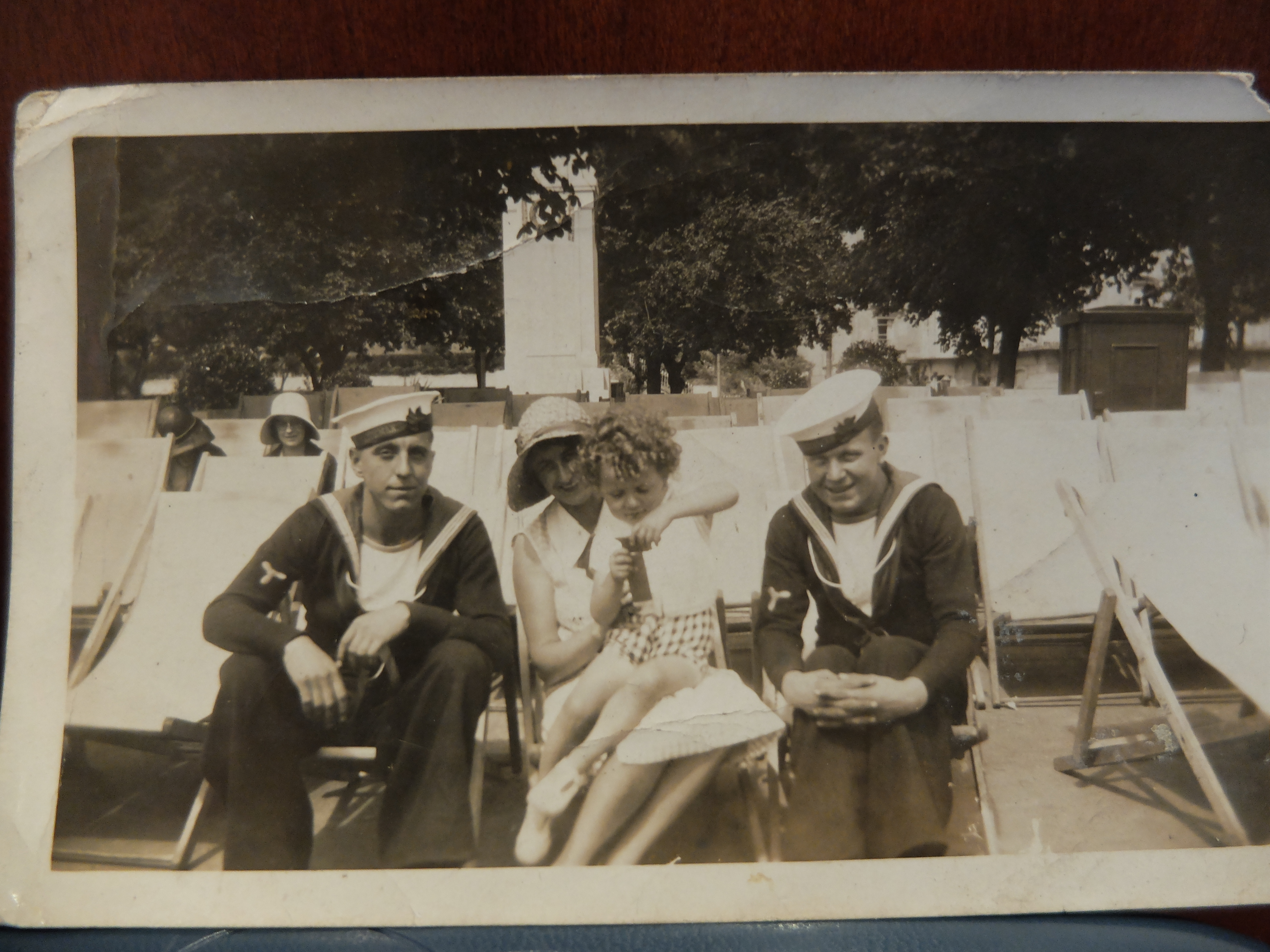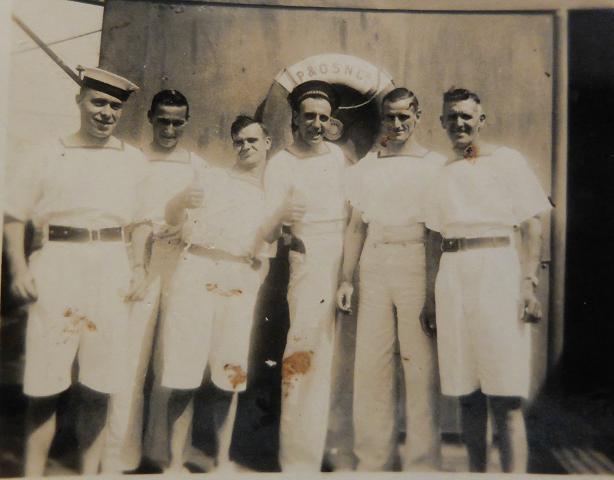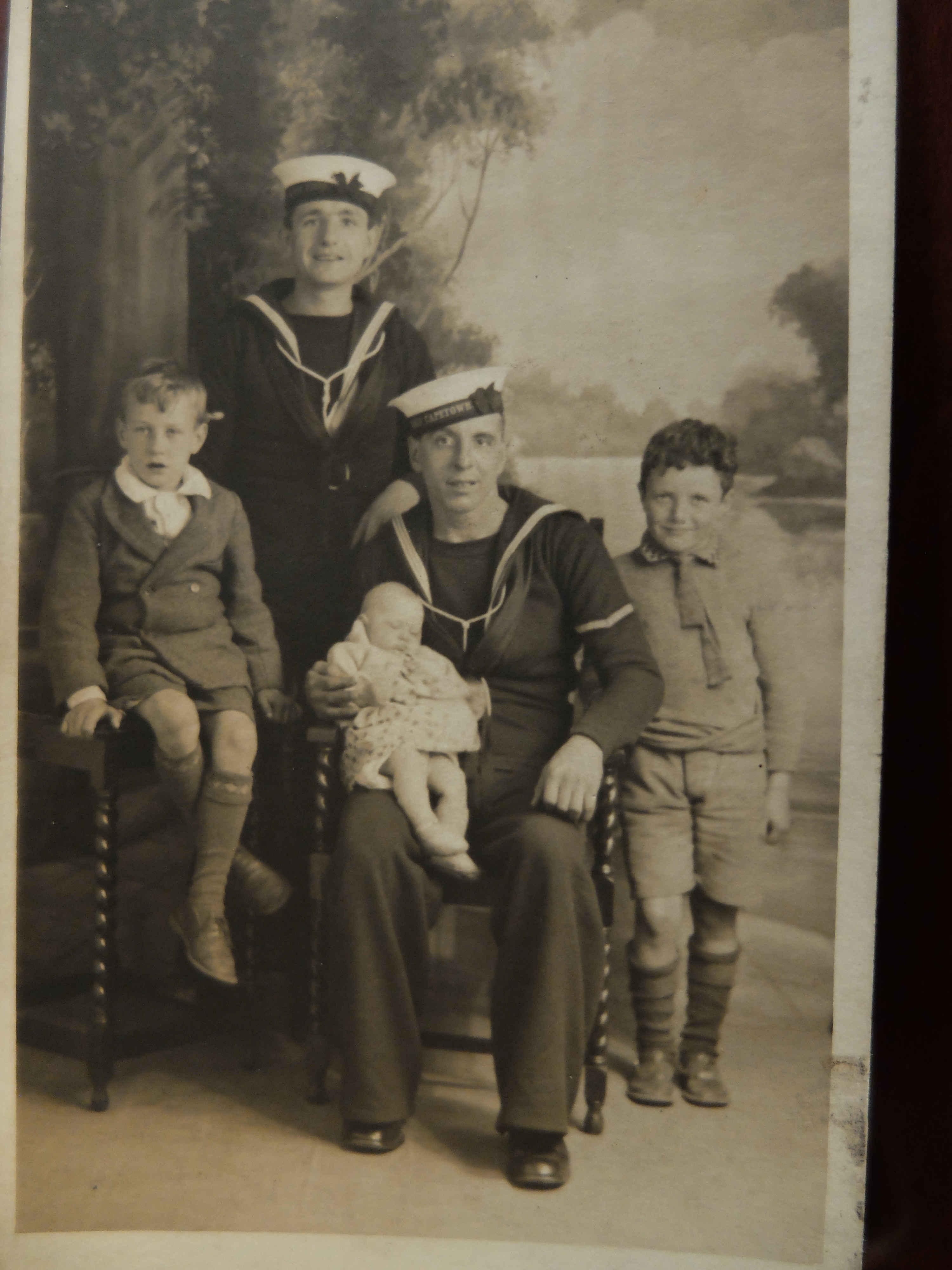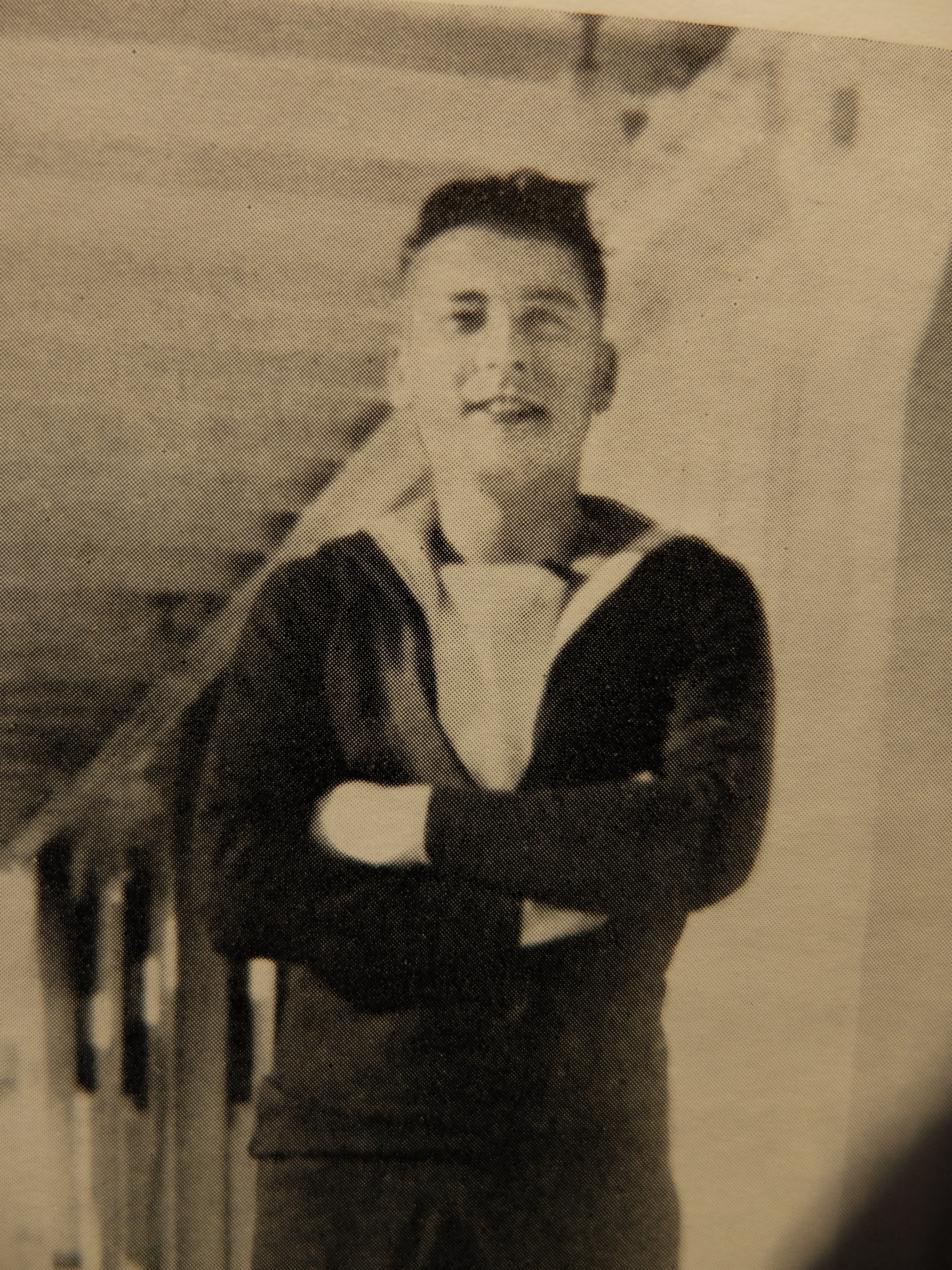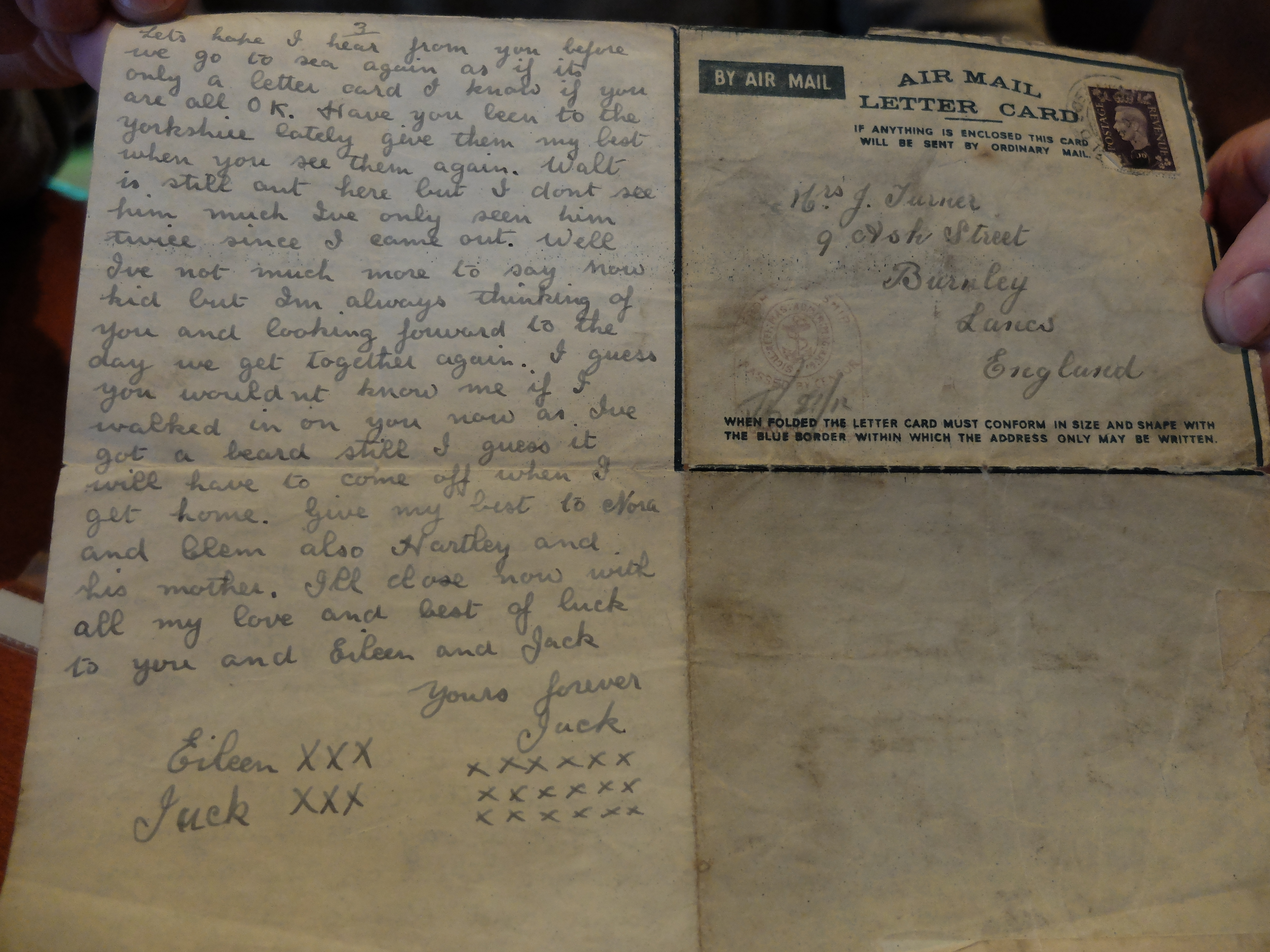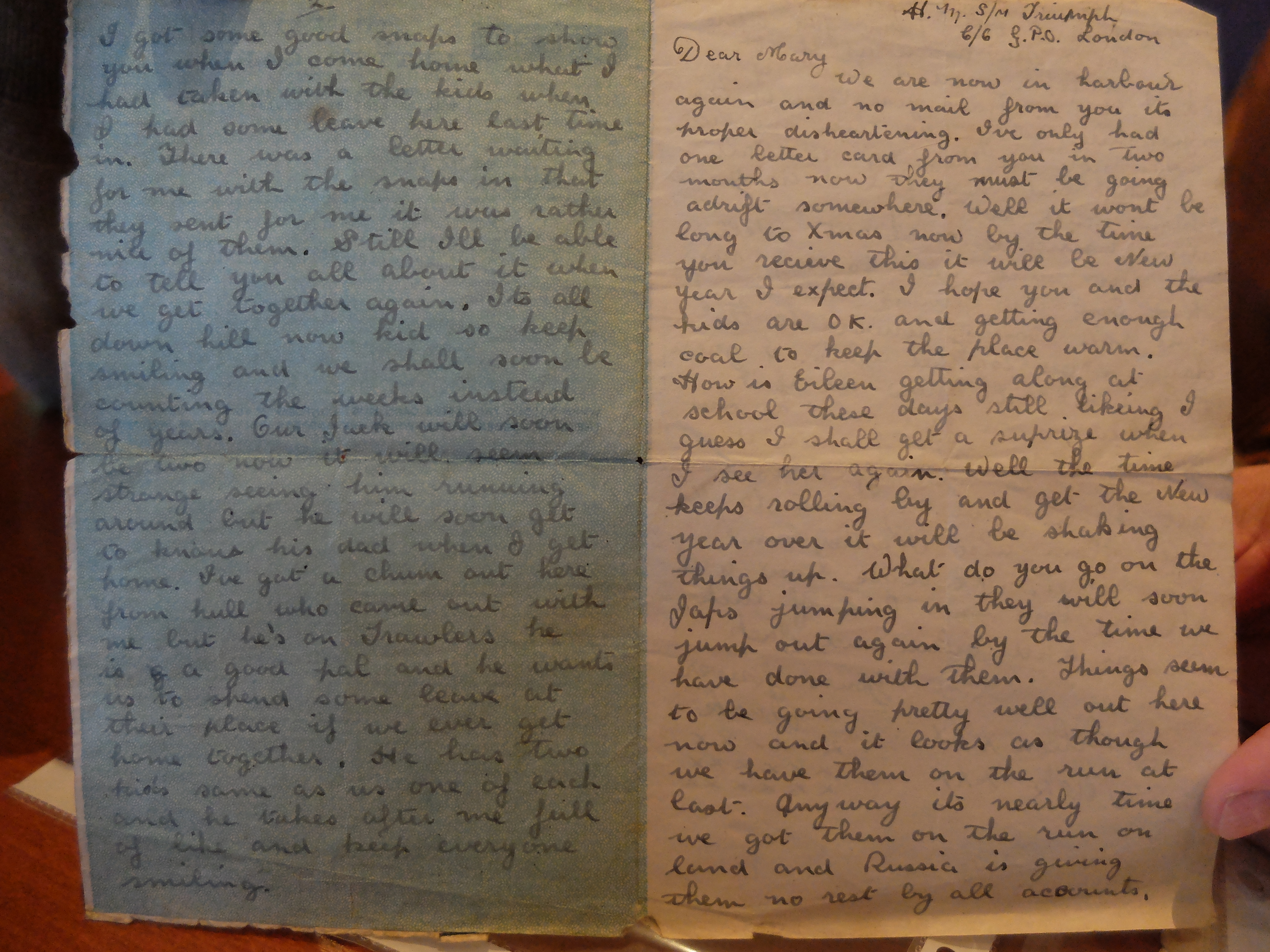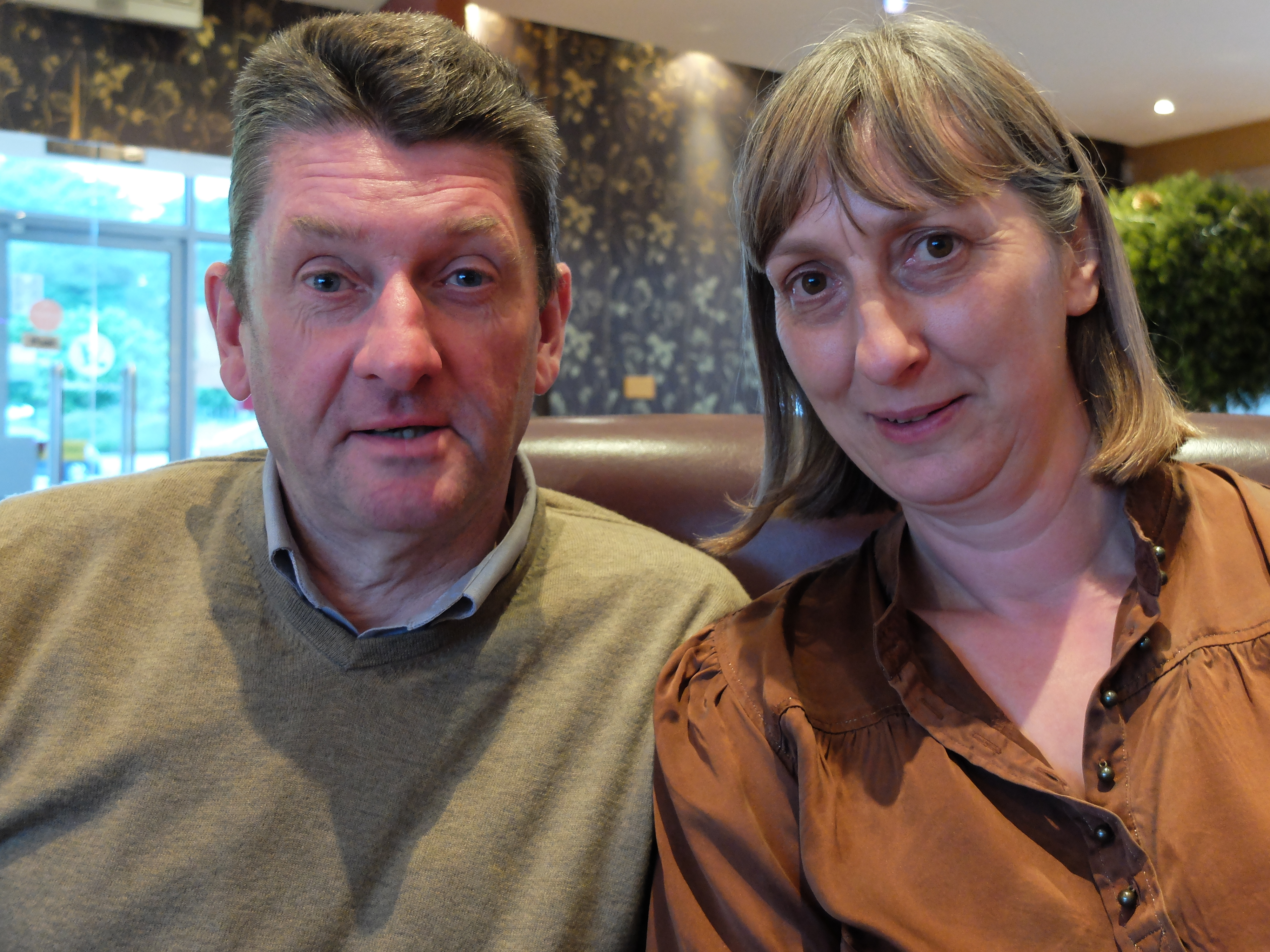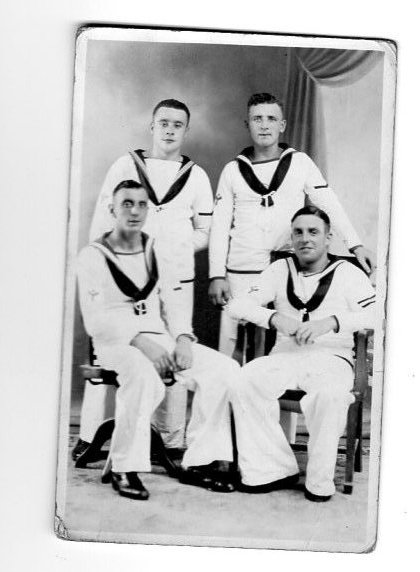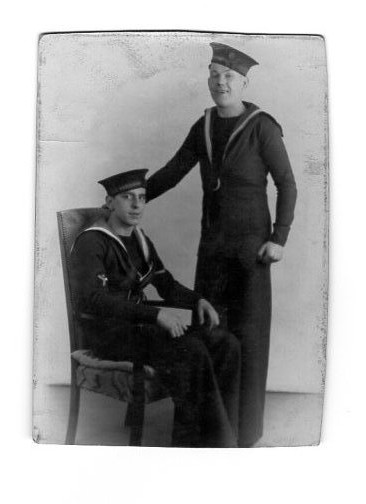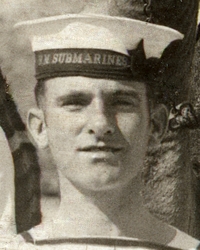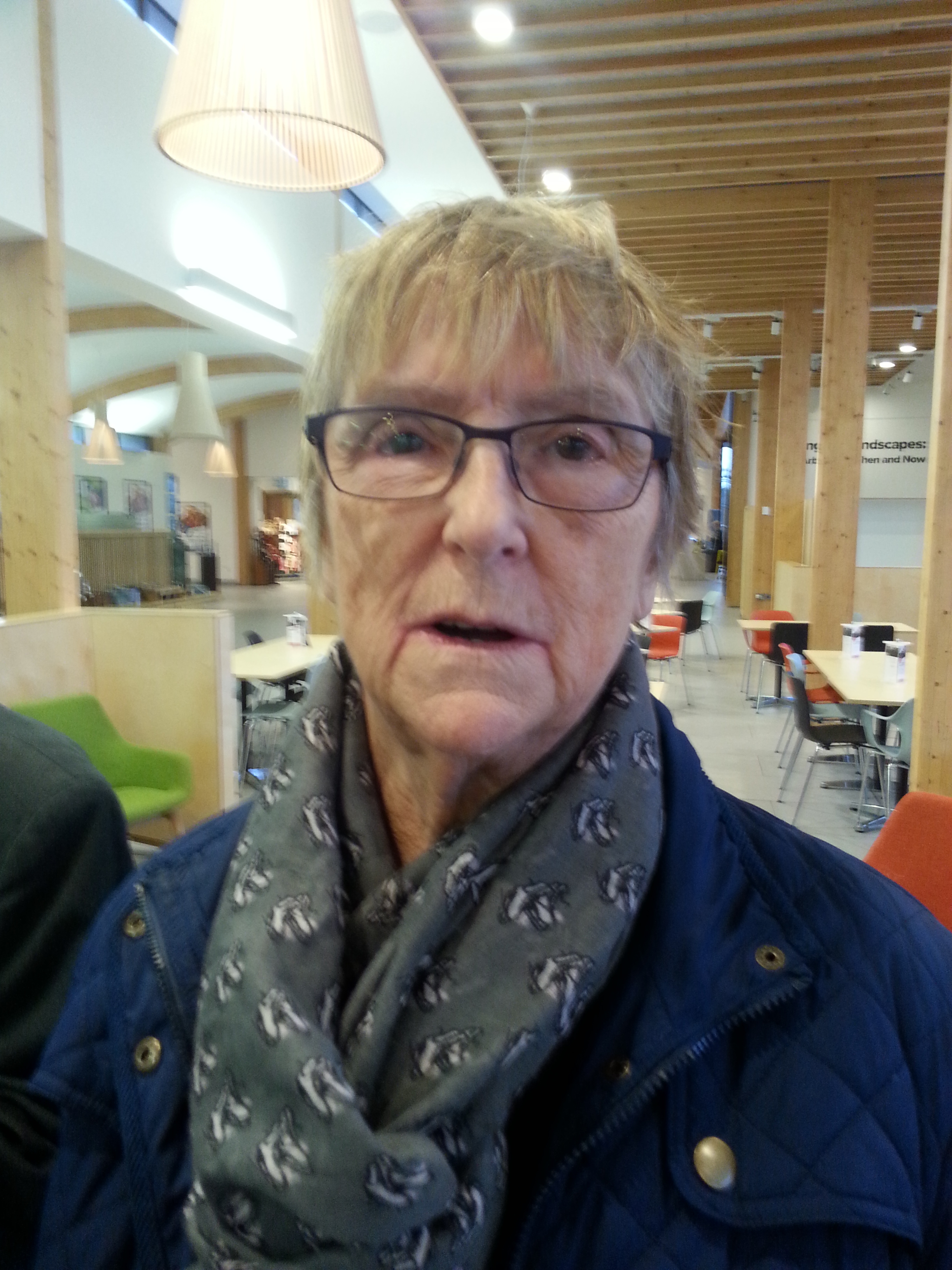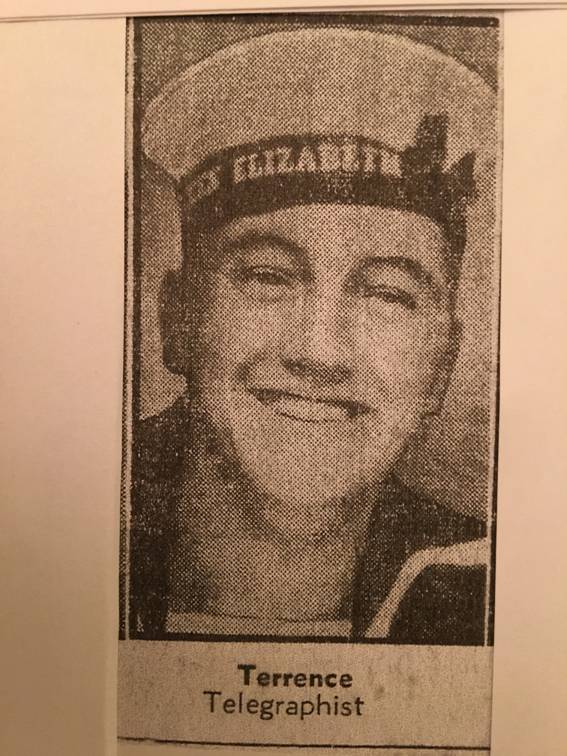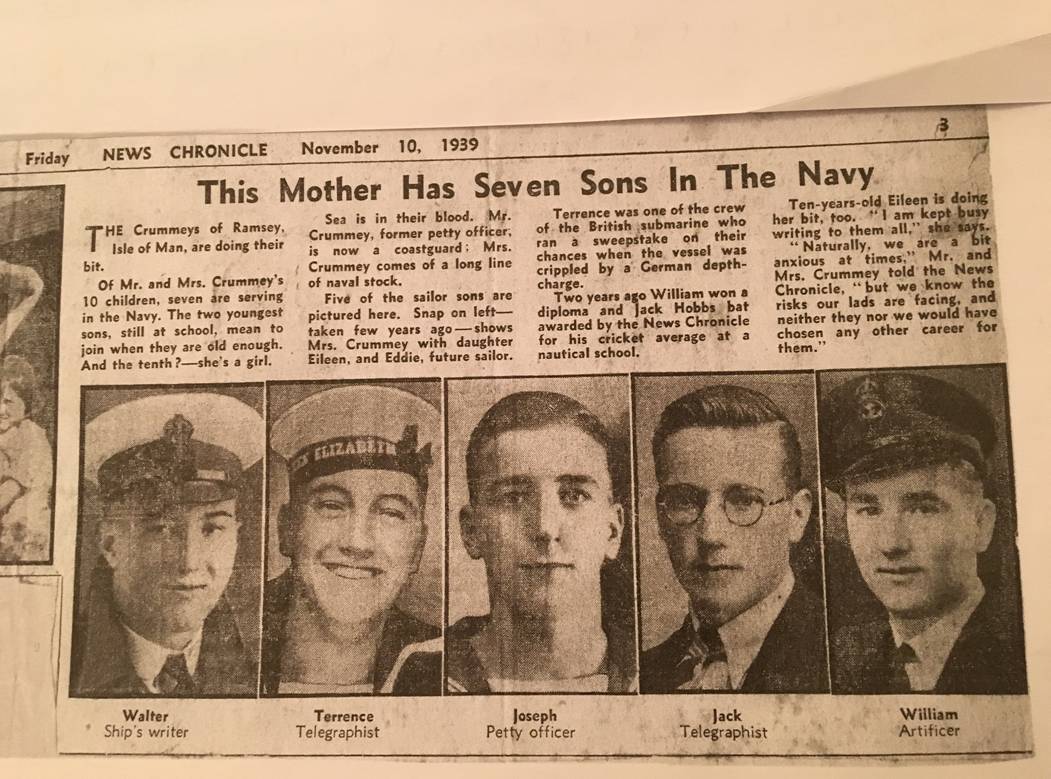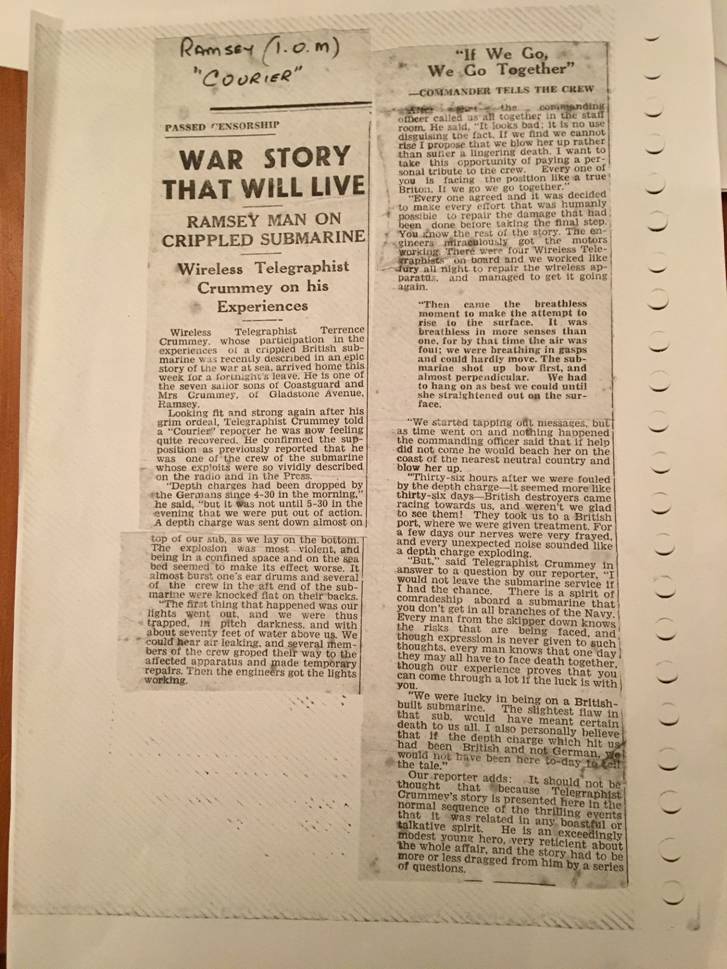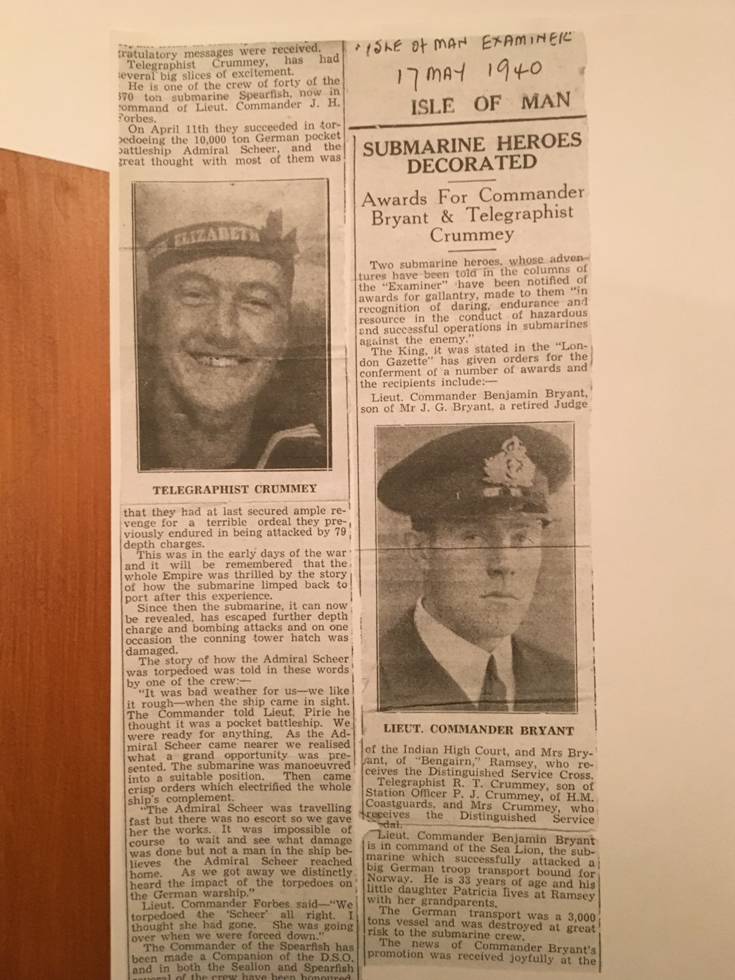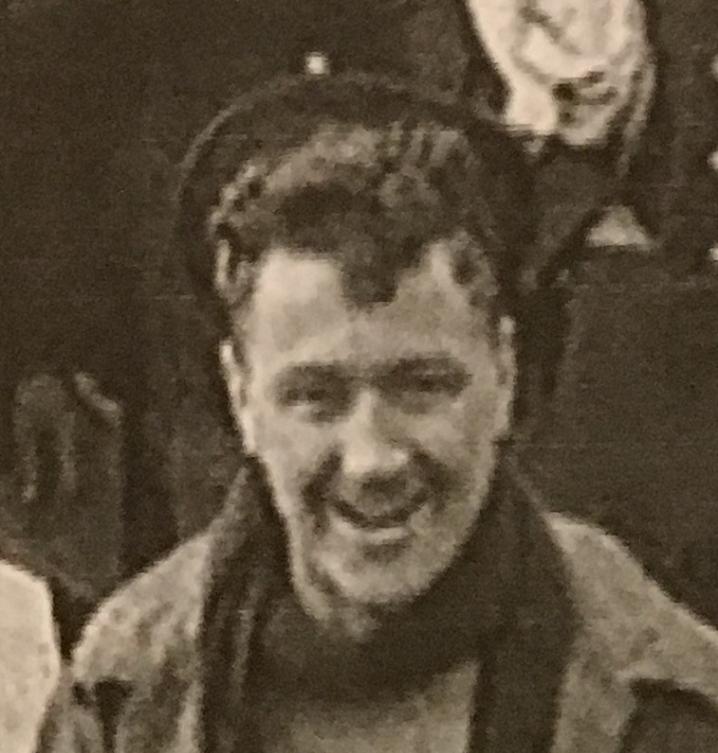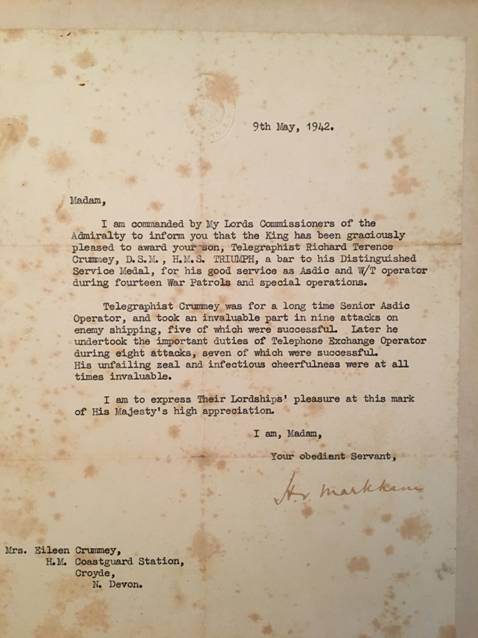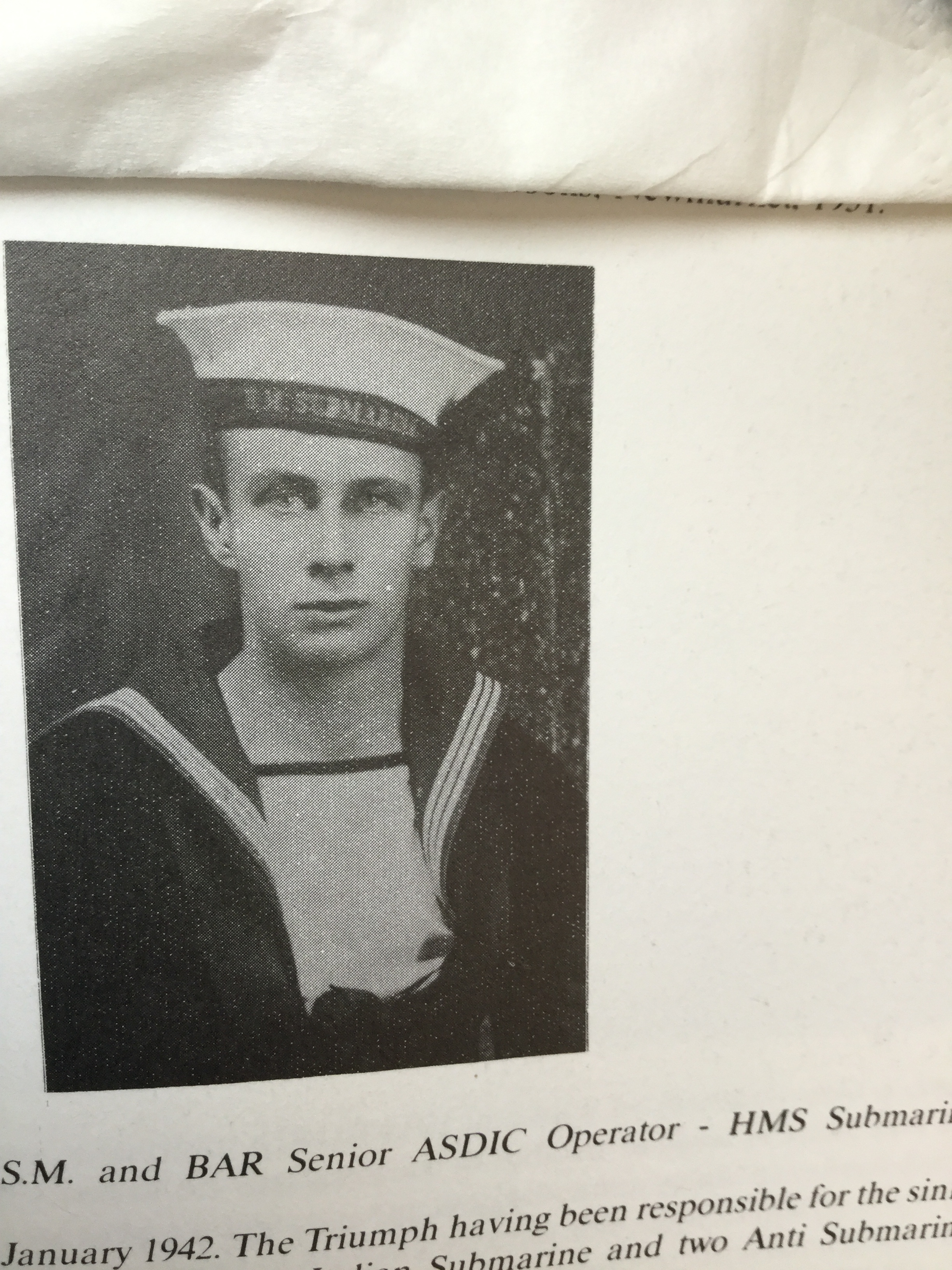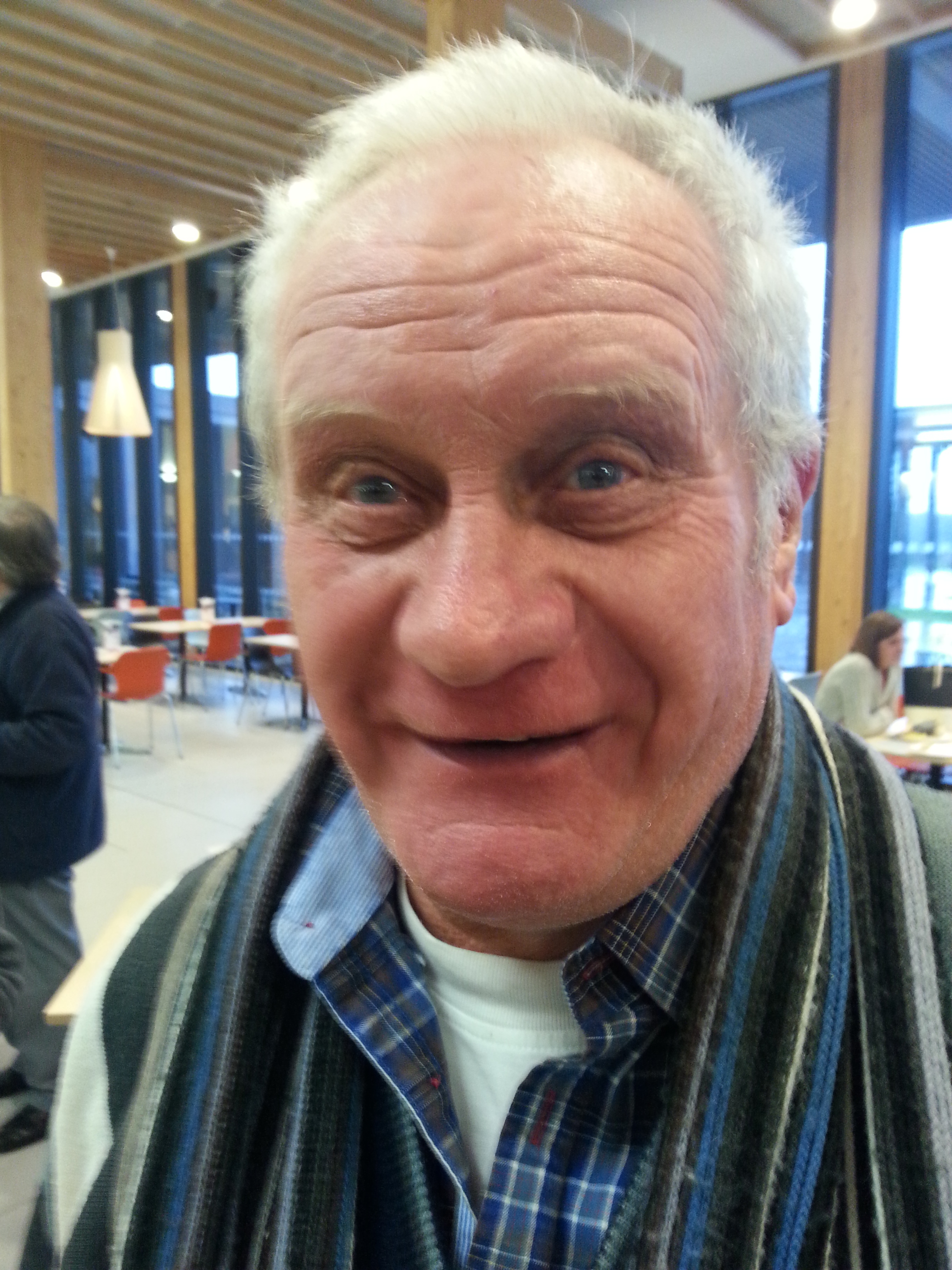Crew list
Crew listThese are the men who died in HMS Triumph. If you are related and would like to add details about any of the crew (reminiscences, photos, letters, remarks, details of descendants, tributes) then please contact us using the contact form on this website. We now have photographs of half of the crew - can you help us get more?
| Name | Next of kin | Contact | Comment |
|---|---|---|---|
| Able Seaman Edward Connor JX 204301 | Aunt, Alice Wright, 23 Albert Road, Eccles, Manchester | Kathleen Connnor, Niece | |
| Able Seaman Geoffrey Brown JX 190464 | Mother, Matilda Brown (nee Boatwright), 33 Bowers Avenue, Drayton Estate, Norwich | Geoff Brown, New Zealand, nephew, Len Smith, second cousin, Fran Lovett, great Niece | Geoffrey's father was Charles Brown, who died in 1938. He had sisters called Doris, and Norah, and three brothers, who all survived the war.
Geoffrey's brother was a Petty Officer Medical Assistant, whose son Geoffrey now lives in New Zealand and sent us these photos.
Geoff met up with his three brothers in Alexandria shortly before Triumph's last patrol. Geoff's medals...
|
| Able Seaman George (Harry) Cross | Wife, Catherine Cross, 62 Hillside Crescent, Scotswood, Newcastle on Tyne | Janet Noble, grand-daughter | George was always called Harry by his family and friends. Harry with his oppo Danny Ritson in a bar in Alexandria: (Harry is on our left).
Born on the 7th August 1910 Harry was a crane driver at Scotswood Yard in Newcastle. Though this was almost certainly a reserved occupation he volunteered for the Navy straight away, and is recorded as having served since 17th October 1939. This photo of Harry shows him in a "HM Destroyers" cap tally, and wearing tropical "whites".
Harry volunteered for service in submarines, and joined the submarine depot ship HMS Medway as spare crew on 2nd of February 1941. There is no date listed for when he joined Triumph. His service record card has a reference to service in HMS Grimsby, a sloop sunk by aircraft off Tobruk on 25 April 1941. He probably volunteered to fill a gapped billet for a while to help out, while waiting for transfer to a boat.
Harry had two children with Catherine, Brian Cross and Brenda Gowan. Here they are in 1954, the day of Brenda's wedding:
Here is his daughter Brenda in 1961, with her two children Alan and Janet...
Alan and Janet Noble, grandchildren of Harry, have three children, Natalie, Laura and Emma. His son Brian has three daughters, Karen Wenborn who has one son, Jack, Harry now has at least five grandchildren, 3 great grandchildren, and 1 GG Grandchild, Lucie. Harry's sister Isabella had a son, Harry, who is the father of Anne Hymers. |
| Able Seaman George Clements SSX 24276 | Mother, Florence Clements, 8 Samford House, Barnsbury Road, London | Carla Peagram, great niece, Colin Clements, nephew | George was born 15 Oct 1918. He joined the RN in January 1938, and served first in destroyers. He fought at Narvik in HMS Bedouin in April 1940. He was drafted to Dolphin for submarines in November 1940. He joined HMS Medway (the depot ship) on 15 December 1940 (probably having sailed out to Alexandria in a warship via Gibraltar), and was drafted to Triumph on 1st May 1941.
George had five brothers, photographed here with his photo "photoshopped" into the group.
Here is a photo of George standing on Triumph's casing in Malta. Triumph is moored on the trots off the Lazaretto submarine base. The man he is talking to is the Trot Sentry, armed with a Webley revolver. Judging by the sunshine and the tanned looks this is probably August 1941, when Triumph spent six weeks in Malta being docked and her crew being rested. Here is another group, probably taken on the same day, and probably the duty watch. The Trot sentry (now hatless, and unnamed as of now) is in the middle, and George on our left in the back row. The Lazaretto can be seen back left. Photo edited and enhanced by Jim Erler, of Erler Design George on leave in Alexandria (on our right). He now has one Long Service stripe on his left arm, awarded for 3 years of undetected crime. The boys are wearing whites, meaning that this photo dates from some time in the summer months (the Med fleet went into blues around October). George in the Duty Watch on the Boat in Alexandria, probably just back from patrol and after a wash and shave in the depot ship Medway...
George on a pony at the Pyramids. We know from other photos that this was taken as part of the group visit to the Pyramids shown elsewhere. George's medals. From our left, the 1939-45 star, the Atlantic Star (probably HMS Bedouin), the Africa Star, and the War Medal, with an oak leaf for his MID.
George (on our right) and his brother William (middle) camping in Kent in 1937.
|
| Able Seaman George Harrison | Wife Angelina Harrison, 12D Exeter St, Plymouth, Devon | AB Harrison served with George "Shrimp" Simpson in HMS Thames, in 1932. In his autobiography Shrimp (then Captain S10 at Malta) records seeing Harrison emerge from the fore hatch in Malta in August 1942. Shrimp greeted Harrison, asking after his wife and the three (triplet) boys they had had in 1932. "Well Sir" came the reply. "It was just bad luck. A bomb got the lot of them at night in that blitz on Devonport".
Are you related to this crew member? If you are, we'd love to hear from you. Email gav at gavdon dot net to say hello. |
|
| Able Seaman John Edward Taylor | Brian Taylor, Nephew | John joined HMS Medway at Alexandria on 15 December 1940 as spare crew. He was probably drafted into Triumph at the last moment in December 1941, and his draft did not find its way to the drafting office at Dolphin, which made up the casualty list at the time. We therefore missed him off our original list.
|
|
| Able Seaman John Underwood DSM | Mother, Bertha Underwood, Back Lane, Swinderby, Lincs | John Underwood, nephew, Angela Pugh, cousin |
Jack was the oldest of six brothers - Horace (Chub), Ron, Dennis, Morris (Moke), and Ralf (Des). Three of his brothers served in the RN, and one of them took part in the evacuation from Dunkirk. We may have some letters home to come... John Underwood came to Triumph's 75th Memorial at Alrewas... and brought a photograph of his grandparents at Buckingham Palace receiving John's medal in 1943.
John also brought some letter home from Jack... The first one was written from Alexandria in October 1941..."a grand boat and a good crew"... After coming to Alrewas John said: "It was a very moving and dignified remembrance to the crew of HMS Triumph. Very interesting to meet up with other family members of crew and chat about their loved ones. For some years it never occurred to me that some crew would have had wives and children back home. Suppose being as Jack was just 22 when he died I assumed they would all be young lads and we would be brothers, sisters, nieces and nephews. Therefore I found it very moving to talk to Ted Wilkinson whose father died on Triumph when he was only 3years old." As a footnote, 21 of Triumph's people were married, and we know about five Sons of Triumph so far. |
| Able Seaman Leonard Esau | Mother, Rose Esau, Southdown, Ridgeway, Long Ashton, Bristol | Margaret Horgan, Leonard's niece; Chris Oliver, great nephew |
Leonard was drafted into the submarine service. His brother joined the Royal Artillery and finished the war as a Major. Margaret Horgan came to Triumph's 75th Memorial at Alrewas |
| Able Seaman Luther Jones | Wife Ester Maud Jones, 133 Mildmay Road, Ipswich, Suffolk | Son of William and Anna Jones. Luther could speak some Italian, and in October 1941 was crucial in helping Triumph land the two agents on the right beaches, since neither could speak enough English to make their needs clear.
|
|
| Able Seaman Raymond Wilson JX 148463 | Doris Wilson | ||
| Able Seaman Richard Howard | Mother and father, Ellen and William Ernest Howard , 5 Lichfield Road, Chorley, Lancs | Ann Carrington, niece | Richard had two brothers, Bernard (Ann's father) and Ernest Anthony. Both served in the RN, and survived the war. Richard was born in Chorley Lancs and grew up there with his brothers.
Richard's niece Ann Carrington came to the 75th Memorial Service at Alrewas. With Richard Carrington...
|
| Able Seaman William Hall | Father, William Hall, 371 Shobnall St, Burton on Trent, Staffs | Lucie Winter, great niece | Billy's parents were Mabel and William Hall, who had seven children.
Lucie has identified Billy in the Pyramids group...
Billy was mentioned in Dispatches for bravery shown in HMS Dido in the evacuation of Crete in May 1941. He was writing home in April 1941 from HMS Triumph, so it seems likely that he was loaned to Dido for some reason. His service record card at Kew should give an answer wnen we get the chance to look at it.
Billy sailed from the UK in the aircraft carrier HMS Courageous, arriving at Malta in January 1941. Here is his letter home written the day he arrived, Sunday Jan 22 1941.
We dont know when Billy transferred to Triumph. Lucie came to the 75th Memorial at Alrewas...
|
| Able Seaman William Neville | Father, Charles Neville, 19 Surrenion Road, Folkstone, Kent | Ian Neville, nephew | Ian: "Both billy and my father had a carved figured pipe each. They made a pact that if one should receive the other's pipe, then they would know the other had died. I have them both and I can't imagine how upsetting that must have been to open the parcel to find it."
|
| Acting Leading Stoker Patrick Coakley | Mother, Norha Coakley, Ballinglana, Clonakilty, Co Cork, Ireland | Kevin Coakley, nephew | Patrick was born on Nov 2 1914 , in the seaside hamlet of Ballinglana, near Clonakilty, County Cork, and was one of eleven children. When he joined the Navy as a Stoker in February 1936 (at 22) his previous job was listed as "Fisherman". After training he was drafted to Brazen in October 1936. Brazen was a destroyer with the Home Fleet. On 16 January 1937 he was rated up to Stoker 1st Class, and left Brazen in June 1937. This photo is Patrick (on our right) with his sister Peggy (behind him). He is a Stoker 2nd class (not promoted until June 1937), and had no Good Conduct badge (awarded Feb 1939). His cap tally says Centurion, which is a puzzle since he was never actually drafted to Centurion. The Coakley family have a record that the picture was taken in the USA, which adds to the mystery, though it is quite possible that Brazen visited there. He was drafted to the cruiser HMS Orion on 17 July 1937, and spent three years in her, being awarded his first Good Conduct stripe. On 17 July 1937 Patrick was drafted to Orion, a 6,000 tonne light cruiser. Orion spent her time in the West Indies squadron. At the start of the war Orion was in the 8th Cruiser Squadron, based in the West Indies, mostly at Kingston. She took part in convoy escort duties, and did sweeps between Jamaica and Florida. In January 1940 she was ordered home, picking up the ashes of John Buchan on the way in Canada, and arriving at Devonport at the end of February 1940. Patrick left Orion around March 1940, before she sailed to join the 7th Cruiser Squadron at Alexandria. Here is Patrick in a (?football) team photo in Orion... He then spent some time ashore, before volunteering to Dolphin for submarine training in January 1941. This photograph is probably from that time... He passed part 1 and was quickly drafted to HMS Forth (in the Clyde) in Feb 1941, where he was promoted to Leading Stoker. In July 1941 he was transferred to HMS Medway. We have no record of how he got from the Clyde to Alexandria, but as he was not drafted to another ship en route the probability is that he took a passage in a merchant ship around the Cape of Good Hope. He arrived aboard Medway on 9 July 1941.
Patrick was drafted into Triumph on 28 Oct 1941.
|
| Bombardier Alfred Robert Child | Charlie and Anna Child, married P M Child of Moreden Wilts | Colin Child, son, Brian Child, grandson | Bdr Child was also listed as lost in Triumph, but again, we cannot find any record of his mission. Child was almost certainly one of the 60 members of 1 Special Boat Section, formed in October 1941 out of 51 Cdo. As such he would have been a practised Folboat operator.
Colin and Brian Child came to our celebration at HMS Alliance in Jan 2019. Here they are in Alliance's torpedo stowage comparment, with a Folboat very similar to the type that Alfred would have used to ferry agents and supplies ashore...
|
| Chief ERA Thomas Phillips DSM | Son of Thomas and Lucy Phillips; husband of Ethel Mary Phillips, of Ringwood, Hampshire | Mark Scoble, and Lewis Jones | Chief Engine Room Artificer Tommy Phillips is listed as lost in Triumph on the Commonwealth War Graves website, but not on the list of those lost submitted by Captain Raw of SM1.
CERA Phillips was definitely aboard Triumph as early as June 1941, since he was commended for his work fixing her steering gear at that time. It is possible that the ship's office of Medway simply made a mistake by leaving him off the list of those lost. This would be unusual, but clearly not impossible. Tommy's wife was pregnant when he was lost. CERA phiilips was the head of the engineering team, under Lt Wright. His subordinates (in the terms of the time) were the Donk Shop Horse, the Outside Wrecker (who looked after machinery outside the engine room), and thee watchkeeping engineers. Born on 6 January 1902 in Portsmouth, he jojned the Service as a Boy Artificer at 15. He trained at HMS Fisgard until 28 July 1917. He qualified as an Engine Room Artificer 5th class from 1 Jan 1922. He became an ERA 4th class in HMS Barham on 1 January 1923, and 3rd class in HMS Curlew in January 1926. By 8th December 1928 he was at Dolphin. He joine H43 on 13 MRCH 1929, then Proteus in March 1930. Proteus was in the 4th Flotilla based on Hong Kong. In August 1932 he was drafted to Swordfish for her first commission and became ERA 1st Class in January 1935, and Chief ERA 2nd Class in April 1935. In November 1935 he was drafted to Gibraltar and the depot ship Cyclops, where he joined Severn. Severn served off Palestine during the Arab Rebellion. Tommy was almost certainly aboard Triumph in December 1939 when she hit a mine in the North Sea and survived (he is referenced in the board of enquiry report). Here he is at his wedding: His best man is Bill Jones, and the bridesmaid on our right is Bessie Jones. Tommy’s death hit the family hard. Ethel was very close to her cousin-in-law Bessie, who is Lewis Jones' grandmother. A couple of months after Tommy was lost Bessie’s brother was killed at El Alamein. Ethel was pregnant when news broke of Tommy’s death, the shock and upset brought on a miscarriage. Bessie's son (Lewis Jones' father) was an apprentice in the Dockyard at Portsmouth, and then left to become an engineer with Cunard, where he served in the original Queen Mary (now in California). Tommy's medals are for sale at War and Son in Hereford:
Lewis Jones wrote to us: "With the limited info the family had from Bessie, I started the search, subs lost in the North Sea during WW2. This misinformation yielded no success. So I changed tack, having researched other WW1 and WW2 relatives via the Commonwealth War Graves Commission I decided to hunt records of Tommy himself, that led me to your website and the wealth of information it has provided. Needless to say the the simple text message I sent my parents of “HMS Triumph!” was received with joy and emotion that we had finally found the information that we as a family had long desired."
Anyone who wants to learn more about the role that CERAs played in a submarine, and what their life was like, should definitely read Joel Blamey's book "A submariner's story: the memoirs of a submarine engineer in peace and war".
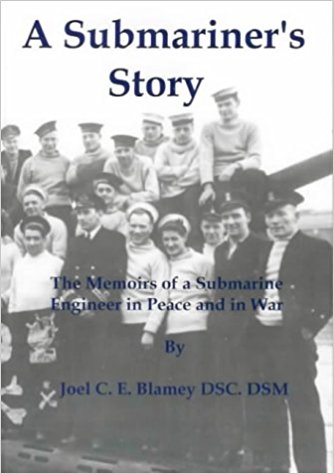 This is the most marvellous account from a rare survivor, and brings Tommy's life into sharp focus. Tommy would certainly have known Joel Blamey, and probably trained or served with him. |
| Chief Petty Officer Reginald Nott DSM * P/J 107537 | Grace Nott 86 Manor Road Itchen Southampton | Barry Nott, son. | Chief Nott was the boat's Coxswain - the senior NCO on board. One of his many roles was to act as deputy medical officer to the First Lieutenant, a role he was commended for when Triumph captured six wounded fishermen off Sicily in September 1941.
|
| Chief Stoker Wilfred Stockham DSM * BEM | Wife, Kate Stockham, Shanklin, Chestnut Avenue, Weydon Lane, Farnham, Surrey |
Are you related to this crew member? If you are, we'd love to hear from you. Email gav at gavdon dot net to say hello. |
|
| Corporal Clive Severn | H Severn, 64 Rosecroft Drive, Daybrook, Notts | Janet Woodward, niece | Clive was born in Nottingham on 12 February 1919 to Mr Herbert and Mrs Gertrude Eva (preferred to be called Eva) Severn. The 1939 census has them living in Bonnington Crescent, Nottingham.
He went to Claremont school and worked at Messrs Francis T Wright Ltd, Bagthorpe. He played in the Daybrook United championship team in 1939. He joined the Northamptonshire regiment, and presumably volunteered from there for No 11 Commando, which took him to the Middle East. They must have moved shortly after the census as reports in the Nottingham Evening Post in 1942 reporting him missing and subsequently killed in action all stated his address as 54 Rosecroft Drive Edwards Lane Estate Nottingham He had three brothers, Len, Tom (Janet's father) and George, all of whom are now deceased.
Clive was listed as missing in Triumph, but we cannot find any records of why he was aboard. He was an experienced and fit Folboteer, and was probably embarked to help with the heavy rowing task of landing 5,000 kgs of stores and bringing off dozens of escapers at the end of the patrol. Folboteers were also embarked to operate Bren Guns on the bridge during gun actions against caiques, and during boarding operations. Brens jammed frequently, and sailors were not well trained in keeping them operating. Severn was almost certainly one of the 60 members of 1 Special Boat Section, formed from 51 Commando under Major Mike Kealy. 51 Commando began to be disbanded in about July 1941. Men were posted in dribs and drabs to the Special Boat Section, whose usefulness had been proved by Lt Cdr Wilmott in showing that a landing in force on Rhodes was impractical. This mission was launched from Triumph in March 1941 and was probably the first Folboat landing from a submarine in the Mediterranean. On 7 October 1941 Clive embarked in Triumph's sister Torbay, and on 10th October rowed a Captain Haselden and a local guide ashore at cape Ras el Hamama in Libya. Haselden's mission was to scope out the much larger Commando landing (FLIPPER) that was to take place a few weeks later. Severn's boat could only take one passenger, so Haselden stripped and was towed ashore behind the folboat. Severn was probably involved in the actual landing of Lt Col Laycock's force two weeks later, and with their recovery a couple of weeks after that. The story of Layforce's landing has been told extensively in print. Folboats were folding canvas canoes. The name was actually a german word for a folding canoe. Roger Courtney, the founder of the Folboat Section in the Commandos, first used one rowing the Danube before the war on his honeymoon. In 1941 the Folboat section was given a more anonymous name - the Special Boat Section - to hide its purpose. Here is the Commando memorial at Brookwood cemetery being dedicated by HM Queen Elizabeth in 1958.
|
| Electrical Artificer 1 Arthur Biggleston DSM C/M 35623 | Wife, Gladys Bigglestone, 66 Collingwood Road, Southsea, Hants | Caril Quintrell, granddaughter, Nicola and Lyn Newton Great granddaughters | Chief Biggleston was the senior electricians on board.
This photo is of Arthur swimming at Gjann Tuffieha beach on the west coast of Malta in August 1941. Arhtur is on our left. The caption on the reverse tells that this was a break on the Pistol and Bren Gun course. Triumph was fitted for machine guns on either side of her bridge, for use in close action on the surface. Another T-boat, HMS Triad, was lost in a surface gun action against an Italian submarine, after her gun's crew were driven from the gun by the enemy's machine gun fire. This photo was taken probably in the first week of August. Triumph began a short refit on 19 Juy 1941 in Malta, and went to sea again on 19 August.
It is likely that the other man in the picture was a Triumph - if you recognise him please get in touch. Arthur had one son, Norman, who died in May 2000. Norman's wife is Dorothy Biggleston, 97 in July 2023. |
| ERA 5 Harold Stephens | Mother, Elizabeth Stephens, Gilfach-Glyd, Pontardawe Road, Glydach, Swansea |
Are you related to this crew member? If you are, we'd love to hear from you. Email gav at gavdon dot net to say hello. |
|
| ERA Herbert Russell | Father, Herbert Russell, 29 Omega Street, Southsea, Hants |
Are you related to this crew member? If you are, we'd love to hear from you. Email gav at gavdon dot net to say hello. |
|
| ERA John Glen | Ian Glen, Orkney, Scotland, Son | Ian Glen, son, and Helen Nicol | Ian Glen is John Glen's son, who now lives in Orkney. Helen sent us this photograph
John Glen was born in 1906. He worked in Arbroath as an engineer. He married at Wallington in Sussex, and then in 1933 emigrated to New Zealand. He came back to England for the war, and in February 1941 joined HMS Ambrose, the submarine depot ship in Dundee. In July 1941 he was at Dolphin, and was posted to HMS Medway, Triumph's depot ship, in July 1941.
|
| ERA William Dempster | Father, George Dempster, PO BOx 288, Mazel Spoort, Bloemfontein, South Africa | Nephew, Rob Dempster, Pietermaritzburg, South Africa |
William Dempster's brother was a Wellington navigator, flying out of Malta, and was also killed. William was an engineering trained mechanic, with the equivalent rank of Corporal, who was probably a watchkeeper in the engine room, responsible for keeping Triumph's two diesels operating. |
| ERA2 Fred Wilkinson P/M 8140 | Wife, Muriel Wilkinson, 44 Naylor Street, Crewe, Cheshire | Edward Wilkinson, son | Born in 1906, Fred trained as an apprentice on the LMS Raiway. When he qualified he joined the RN in 1929 as an artificer. Fred served in HMS Resolution from January 1931 to Sep 1933, then HMS Rodney from 1933 to 1937. In Jan 1937 fred was drafted to the aircraft carrier HMS Eagle, which he left in August 1939.
Fred smoking his pipe by the aft 4 inch Hign Angle gun on the flight deck of Eagle Fred was a helmet diver. While in the far East he dived on a sunken gun runners boat, recovering two swords as personal souvenirs. His wife refused to mount these over the mantlepiece!
On the outbreak of the war Fred persuaded his wife to move with his family to the famly home in Cheshire. A few weeks after the move his house was bombed. Fred joined the submarine service in May 1940. While on his submarine course in Portsmouth he volunteered with others to go to Dunkirk, taking an 80ft. Ex-Belgian vessel on several crossings, returning with our troops each time. Along with many other Dunkirk veterans this service is not recognised in his official record. Fred had passed for Chief ERA. Fred grew his beard in Triumph, so this photo must have been taken in Alexandria. This is an earlier photo.
Fred was in the group photographed in front of Triumph's gun at Alexandria, probably after returning from a patrol, smoking a cigar.
Fred is the man sitting on the left hand camel (our left, (his right) in this group photo.
In October 1941 Fred wrote home hinting that he might see Muriel soon. Triumph had obviously received her orders for home by this date. Fred left his watch in his locker in Medway, and it was sent back to his family with his effects. It is now worn by his son...
On 9 January 2017 the Triumph families met at the National Memorial Arboretum at Alrewas to commemorate Triumph's 75th anniversary. After that event Ted wrote... "Since the loss of ''Triumph'' I have not been able to attend such a personal and emotional, yet not sad, event. The attention of everyone was centred on the communal loss of such a brilliant crew, with so much to give if their future had been allowed them. Their sacrifice has lasted the 75 years without dimming. I was proud to be with all the people yesterday and like others I'm sure I have made new friends..
Thank you also to our Padre Rev Tim Flower of the Mercia Regiment, and our friends from the @Neptune Association as well."
|
| Leading Cook Cornelius O'Brien | Wife, Esther O'Brien, 60 Berridge Road, Sheerness, Kent | Arthur Ogden, nephew |
Arthur sent us a photograph, which he believes shows Cornelius getting married in Inverness. He has not been able to verify it completely, but the groom's age and badges fit.
|
| Leading Seaman Alfred Davies JX 139965 | Mother, Louise Davies, 38 Gladstone Road, Seacome, Wallasley, Birkenhead | Sandra Manning | Alf was born in 1912. He had five siblings and nine step-siblings. Alf's brother George was also a submariner. They spent some time in the same boat until the powers that be found out, and they were separated to avoid his parents getting a double bereavement. Two brothers served in the Merchant Navy. Alf had a sweetheart called Rose. Alfred was an L/S LTO, so a Leading Torpedoman, and therefore a practical electrician as well as a seaman. LTOs manned the switch gear in the motor room that directed battery current to the two large electric motors which propelled Triumph when she was dived. In this photograph Alf is standing centre in a sleeveless singlet.
|
| Leading Seaman Donald Hutchison DSM | Wife Esther Hutchison, 21 Twelvetrees House, Bromley-by-Bow London | Sons, Reg Hutchison, in Hundringham Norfolk, Donald Hutchison, Daughter, Gladys Russell | Donald joined Triumph from L27. We dont know for sure yet, but it is likely that a few other L27s joined with him.
|
| Leading Seaman Frederick Lancaster | Mother, Bertha Lancaster, 9 Frisby Road, Leicester | John Budd, great nephew |
Fred is still remembered and mourned today by the Budd family, who let us have this photo. |
| Leading Seaman George Newby | Father, John Newby, 97 Long Lane, Wavertree, Liverpool | Cathy Ferguson | George was recorded in the casualty list as an AB, but is wearing a Leading Seaman's anchor on his left sleeve, so must have been rated up as Acting Leading Seaman.
|
| Leading Seaman John Cairns | Mother Annie Cairns, 2 Gardners Crescent, Edinburgh | Are you related to this crew member? If you are, we'd love to hear from you. Email gav at gavdon dot net to say hello. |
|
| Leading Seaman John Hinds JX 141259 | Mother Catherine Hinds, 125 Birchington Avenue, Grangetown, Middlesborough | Denise Rutherford, fiancee's granddaughter | John was an L/S LTO, so a Leading Torpedoman, and therefore a practical electrician as well as a seaman. LTOs manned the switch gear in the motor room that directed battery current to the two large electric motors which propelled Triumph when she was dived. George Malcolmson at the NMRN found this photograph of John in his archive... The painting was done by Enid Hardaker, John's fiancee. They went to the same school and were childhood sweethearts. Even though she later married someone else, Enid always talked about her sailor fiancee who was lost in the war. Here is Enid as a WAAC (on the left side of this picture as we look at it):
And two pictures of Enid after the war with her daughter and grandaughter:
|
| Leading Signalman Tom Kilty | Mother, Annie Kilty, 15 Cross Street, Gilfach, Bargoed, Glamorgan | John Huntley, nephew | Tom was born in Gilfach, Bargoed, in Wales, in 1917. Tom in his Blues, probably passing out of Ganges
Tom with an unnamed oppo at Ganges, probably on the boat pier
Tom did his basic training at HMS Ganges. Ganges taught basic seamanship skills, including boat work. This is the boat pier, where sailors learnt to launch and recover the 4 ton whalers. The same whalers are in use at BRNC today, though happily they live on the water, not on davits. Ganges was a shore establishment - a "stone frigate" - but she had a real ship attached - renamed HMS Ganges (her third incarnation). In 1907 Ganges received the mainmast of the steam corvette HMS Cordelia. This was used to train sailors in mast work, and also to test their nerve. Here the mast has been manned by the whole ship's company. One boy, the Button Boy, is standing unsupported on the wooden button that caps the mast, 143 feet above ground.
Here is a button boy standing, one legged, on the truck
Each Sunday the boys under training would put on a parade, called Divisions, for inspection by the Captain and a senior officer. Here is one division marching past the saluting base with eyes right, and their training officer out in front.
The Captain of Ganges, probably Captain Hardman Jones RN OBE, on the saluting base, with an unidentified Admiral. After Divisions the Captain would inspect the boys' living and working quarters, with kit laid out in a regulation way.
After passing out of Ganges Tom appears to have chosen to become a signalman, or a Bunting Tosser in RN argot (usually abbreviated to Bunts, or Yeoman, or Yeo). Signallers worked on the bridge and/or flag deck handling signal flags, communicating by flashing light in morse code, and also in semaphore. In wartime this was a life-or-death role. When two ships came in visual range they would issue a three-letter challenge (say, Y C G) by light. The challenges were set out in a most-secret book, laid out in five minute time slots. Each challenge carried a set reply - say H D S. If the wrong reply came back, or no reply at all, or a reply signalled incorrectly, then a torpedo or salvo would be the answer. The first RN submarine of the war to be lost was sunk by another RN boat when she failed to respond to a challenge at night. Here is a group of young sailors practising morse code (it is difficult to tell, but Tom is probably in the group somewhere)
We dont have Tom's detailed service career yet, but he probably passed out of Ganges in 1933, and after branch training as a signaller we have a photograph of him perched on the barrel of an 8 inch gun. The ship is not identified, or identifiable. He is probably on a cleaning duty, and not looking happy about it. Cleaning and painting ship was a constant task for a ship's company. After what must have been his first sea draft (probably 1933 to 1935) Tom turns up in the Submarine Depot Ship HMS Lucia. Lucia was a converted German liner (captured 1914), and was stationed in the Far East. Tom's record card in the Submarine Archive suggests that he trained as a submariner in June 1940, so he was probably drafted to Lucia's ship's company. This is Tom in a Lucia cap tally:
We dont know where Tom was drafted between 1935 and 1940. Tom passed out of Dolphin in July 1940 and was drafted to Talisman. We don't know when he transferred to Triumph. In 1941 he is clearly in Alexandria. Here are two coloured postcards of the Corniche at Alexandria. Contrast this with the rather more drab life back home in the UK at that time...
In their time off Triumph's men could swim, visit Alexandria, and played football against other ships.
In this photo Tom is in the back row, fourth from our right:
Local families were enlisted to entertain matelots, and have them to stay overnight. I cant see Tom in this photo, so it is likely that he was behind the camera this time:
|
| Leading Steward James Walmsley | Wife, Ellen Walmsley, 29 St James Road, Moorpark, Preston, Lancs | Grandson, Stewart Thompson |
Here Jim has been photographed for a newspaper while carrying stores aboard an unnamed submarine from a depot ship.
Jim with his wife Ellen and daughter (Stewart Thompson's mum) on his embarkation leave in Preston, probably in September 1940. Ellen Walmsley attended the commissioning ceremony of the present HMS Triumph, a nuclear hunter killer submarine, and died in 2006. Jim Walmsley and Ellen married some time in tthe 1930s, and lived in married quarters at Rosyth, until the outbreak of the war, when she moved back to her parents' home in Preston. They had one child, Barbara Suzanne, born 7 February 1940. Family history says that Jim was in Triumph when she struck her first mine in the North Sea, blowing her bow off. She survived, and returned to port under her own power. None of the crew were hurt. Barbara had four children, one of whom is Stewart, who lives in Carlisle. While in Egypt Jim visited the pyramids. This photo has no date, but is probably in the second half of 1941. The soldiers in the photo are not named, but it is likely that they are members of the Special Boat Section, whose men regularly sailed with Triumph and other submarines. Jim is in the back row, on our extreme left.
|
| Leading Stoker Claude Baxter | Wife Emily Maud Baxter, 26 Elms Road, Fareham, Hants | Alun Baxter | Claude's grandchildren are Alun Baxter, based in London, Kevin Baxter, Joy Channon and Sylvia Knight. Claude's son (their father) died in 1981.
Claude was born at Carlisle on 15 December 1900. His father was Alfred Baxter and his mother was Lily. He was adopted by Mary Amelia Gould. He married Emily on 5 January 1928 at Islington Register Office Claude completed submarine training on 29 September 1940. This photograph has him with a cap tally showing the name of an H class boat - perhaps his training boat in 1940. Claude took a month's leave and was drafted to HMS Forth (the submarine depot ship in Scotland) on 1 November 1940. He was drafted to Triumph shortly after arriving in Forth. Triumph left the Holy Loch on 6 November 1940 for Gibraltar, with Claude as part of her crew. Claude was promoted to Temp Acting Leading Stoker in April 1941.
|
| Leading Stoker Ronald Neville | Wife, Kathleen Neville, 44 Rollasby Road, Chessington, Surbiton, Surrey |
Are you related to this crew member? If you are, we'd love to hear from you. Email gav at gavdon dot net to say hello. |
|
| Leading Telegraphist Reginald Waye DSM | Mother Constance Way, 144 Fairholme Crescent, Hayes, Middlesex | Arthur Waye, nephew | Reg was born on 17 August 1916. He joined the Service on 15 Sep 1932. Here is Reg as a newly minted matelot in 1932
Reg was promoted to AB Telegraphist in 1935, aged 19. Here is Reg sitting on what looks like a 6" mounting. He has a Good Conduct badge, so this is after May 1937 (when his badge was awarded).
and another at probably the same time...
Reg in working gear, seated on our left. The gun behind is an old (probably WW1) 4" open mounting. Probably either cleaning or painting ship.
Reg seated. This is probably in HMS Malabar, the naval air station in Bermuda, where Reg served from Dec 1936 to June 1937.
Here is another, shot in the same location, but this time in whites - also Bermuda
Reg was promoted to Leading Telegraphist in November 1939. He trained for submarine service at Dolphin from May 1940 to August 1940, and was appointed to Triumph in August 1940. Reg at the beach. The ship behind him is a Super-Dreadnought. That, and what look like felucca masts and the absence of other ship masts, probably makes this Alexandria.
In this photo Reg is sitting on what looks like a paravane, used to sweep mines clear of a large ship. He is in tropical rig. This is probably Resolution too.
Reg in whites on the deck of Resolution in 1934.
Reg as a killick (a leading hand) in submarines, now with a full set: This was probably taken on his last leave before joining Triumph.
Reg was awarded the DSM, in part for taking part in the firefighting aboard a merchantman in Malta dockyard (possibly MV Talabot, which is mentioned elsewhere here too). Here is his citation:
and his medal...
Here is a group posing on the casing forward of the gun tower. Reg Waye is in the back row under the gun barrel. Triumph is alongside Medway. Judging by the time of day (morning) and the relaxed rig, it looks as if she has just returned from patrol. Some of the group are already in blues, others are clearly fresh from a bath and shave in the depot ship.
In the back row, second from our right, we can see Fred Wilkinson.
This is Sammy Woods' letter to Reg's family. Though he had left the boat, Sammy wrote to all of the families of those lost.
Here is Reg's service record:
|
| Lt Alfred Peterkin DSC | Father, Alfred Peterkin, 9 Perrin Road, Wallasey, Cheshire | Pam Corless, cousin |
Photo courtesy of Noonans Auctioneers Alf was mentioned in despatches, and won a King's Commendation... M.I.D. London Gazette 20 January 1942: ‘For courage, zeal and devotion to duty while serving as Navigating, Communications and Asdic Officer during eight War Patrols in the Mediterranean Sea. For coolness and courage when, in an enemy dive-bombing attack on Malta Dockyard, a Merchantman laden with ammunition, lying alongside his ship was hit, and caught fire. Lieutenant Peterkin was Officer of the Day in H.M.S. Triumph. He organised and led a fire and rescue party on board the burning ship; and by his prompt and vigourous action did much to avoid what might have been a disaster.
Alf initially served during the Second War as a Temporary Sub-Lieutenant, Royal Naval Reserve, with H.M.S. Glengyle (Infantry Landing Ship), before his appointment to the submarine H.M.S. Triumph in December 1940. Peterkin was employed as Lieutenant and Navigating Officer under Commander W. J. W. Woods, RN., and he was present when the Triumph sailed from Gibraltar with H.M.S. Upholder to Malta at the start of January 1941. Triumph was enroute to join the 1st Submarine Flotilla at Alexandria, and on their way to Malta the two submarines were designated to provide cover for the western half of Operation Excess. This convoy, which also included the aircraft carrier H.M.S. Illustrious, had come under heavy attack enroute to Malta. Illustrious, which had been ordered to provide air cover for the convoy, had received several hits prior to her arrival in the Grand Harbour at Malta. Triumph arrived in Malta on 12 January 1941, just in time to coincide with a concerted Axis attempt to destroy the damaged Illustrious, which stayed in the Grand Harbour for vital repair work. Scores of aircraft carried out dive bomb attacks on the Grand Harbour, 16 - 19 January. On the first day of attacks both the Illustrious and the H.T. Essex sustained bomb damage. In the case of the latter, she was hit in the engine room and severely damaged. Triumph was lying alongside the flaming merchantman, and Peterkin as Officer of the Day leapt into action. He organised and personally led a fire and rescue party on board the burning ship. The Essex was carrying guns, ammunition and torpedoes, miraculously none of which ignited in the flames. Despite the best efforts of the Triumph’s crew, the merchant vessel suffered 15 men killed and over 20 wounded as a result of the attack. On the night of 18/19 January, another aerial bombardment took place and military personnel had to be used to unload the Essex. The Maltese Stevedores, recognising the inherent danger, refused to unload the cargo. Peterkin received a King’s Commendation for his brave and prompt intervention. Operating with the Triumph in the Mediterranean, Peterkin was described by Woods as ‘with me as my navigator for nearly a year, and absolutely first class he was. I had the great good fortune and honour to command a really magnificent ships company, and in an outstanding lot he was always in the front row.... We had a good deal of excitement during my year in command, and not a few awkward moments. I always knew I could rely on Alf to do the right thing at the right time... a first class officer... a very good friend... He had only one ambition, and that was to get at the enemy, and his particular wish was to sink enough tonnage to pay them out for the Andania. I am glad to say that we succeeded.’
|
| Lt Edward Arthur Collins | Father, James Collins, 53 Marine Parade, Leigh on Sea, Essex | Jane Swan, Arthur's niece, Mary Mitchell-Gogay, Arthur's niece |
Born in 1916 in Woolwich to James Edward Collins (civil servant at the Admiralty Office) and Nora, Edward Arthur Collins was 11 when the family moved to Leigh-on-Sea in Essex. He spent most of his leisure hours sailing his 16 foot sloop Lisette on the Thames estuary, and was a member of the Leigh on Sea yacht club. The Collins family had a larger boat - Pheon - and here is a photo of Arthur sailing her (unusually for the time, in colour): And this is a picture of Arthur sailing Lisette, with Margaret Webb and an unidentified man: Today the club uses a retired Ton-Class minehunter as its club-house - very nostalgic for Gav Don, whose first ship was a Ton, and who spent many happy years in Tons sailing around the UK. On leaving school Arthur worked for the National Provincial Bank in London, and on 12 Jan 1937 he joined the London Division of the Royal Naval Volunteers. Three years later in January 1940 he became a Temporary Sub Lieutenant in the Royal Naval Volunteer Reserve based at Scapa Flow, serving initially as Commanding Officer of the trawler HMS Deo Volante, and from June of that year as Temporary Lieutenant in command of the drifter HMS Coldsnap. Arthur remained at Scapa Flow until October 1941, which he spent training at the Royal Naval Quarters in Blyth. On 9 December he wrote a letter home from Gibraltar, and another - his last - on 21 December from HMS Medway, a submarine depot ship in readiness for joining the crew of HMS Triumph.
It is rare to see a colour photo from this period! This one was taken on Dufaycolour, and has survived remarkably well. It was taken in Autumn 1941 on Arthur's last shore leave. Judging by the sunshine and foliage, probably around early September 1941. And here is a black and white portrait. Both photos courtesy of Jane Swan. Thanks to Slidebox for processing these photos Arthur flew from the UK to Alexandria in November 1941, spending nights en route in Ireland, Portugal and Gibraltar. When he arrived in Alexandria he joined the depot ship HMS Medway, and was probably drafted to Triumph for her last patrol as a familiarisation trip. As Triumph was due for home after that patrol it is unlikely that he would have gone home with her after such an expensive and elaborate journey out to Alex. Arthur had a sweetheart, Dorothy, who died in 2020 at the grand old age of 106.
Jane, Mary and Mike all came to Triumph's 75th Memorial Service at Alrewas on 9 January, Dorothy's birthday. Here are Mary and Jane (left and middle), with Adam Theobald, at Alrewas. And here is Mike Swan, with Ted Wilkinson
Mary Mitchell Gogay at HMS Alliance...
|
| Lt Geoffrey Michael Denys Wright DSC MBE (known as Denys) | Wife, Elizabeth Wright, 15 Carlisle Street, Alderley Edge | Son, Chris Wright, of Riebeek Kasteel in South Africa, niece Frances Impey | Geoffrey Michael Denys Wright was born in India in 1912. His mother was Agnes Winnie Jerram, and his father Herbert Lawrence Wright. This photo is of Denys aged 4 with his aunt Muriel Jerram:
As was common at the time he was sent home to England to school, and at 13 went to the Imperial Service College at Haileybury.
After school (in about 1929) he entered the Royal Navy as an engineer and on 14 January 1932 was appointed to the RN Engineering College at Keyham near Devonport (HMS Drake) as a Midshipman. Here he bought a sailing whaler which he kept at River Lynher, a tributary of the Tamar.
A G Payne, the boatman at Studland, wrote "I was brought closely in touch with Lt Wright in pre-war days. He always impressed me by his courtesy, kindliness and love of the sea. I have no hesitation in saying that he was among the most capable amateur yachtsmen that it was my pleasure to meet." he was promoted Sub Lieiutenant in May 1934. In September 1935 he was appointed to the battleship HMS Resolution in the Mediterranean, and in November 1935 to HMS Royal Sovereign in the Home Fleet. Promoted Lt in February 1937, in June 1937 he joined HMS Norfolk probably as a watchkeeping engineer. He married Elizabeth Ross of Lower Bourne, Surrey, in June 1939 in Kensington.
At some point during 1939 he must have passed through the Submarine School at Dolphin, because in November 1939 he was appointed to HMS Forth, the depot ship for submariners in the Clyde. In May 1940 he was appointed to HMS Triumph. Chris Wright writes: What if my father had survived the war.... I had always sort of assumed that he would have stayed in the navy and reached a senior rank given that two of his close friends (Woods and McGeoch) both became admirals - flag officers submarines. A letter, written toward the end of 1941, indicates different plans and rather than having a conventional education I might have become a water gypsy! Certainly his friends, the McGeochs, lived on a yacht on the Solent at Warsash for a time after the war. I remember visiting them there with my mother. I was surprised to hear that my mother was keen on boarding a small boat and travelling the seven seas. She never exhibited an interest in sailing as far as I can remember. In a letter to his parents, six months before the Triumph was sunk, he wrote: "I have been getting very good news of Elizabeth, and I feel everything is going as it should be with her. It will be simply lovely when I can get home again and join her and Christopher, but very much doubt if it will be before the end of the war. I shall seriously think of leaving the Navy after the war, at any rate at the first job they gave me which took me too far away from home to be with Elizabeth, and shall also seriously think of buying a boat and sailing off round the world to get away from odour of war and look for something worth doing elsewhere. Shall have to see how finances go, but am sure that something will turn up if it is the right thing to do. Anyhow boats are going to be very cheap after the war and one has to have somewhere to live, so why not a portable home, and if one can find several other kindred spirits might make a sort of world crusade of it, going to some of the places and doing some of the things one wants to while one is still young enough and strong enough to do it. Elizabeth, I know, is keen. It would be a real education for Christopher which is what the future generation is going to need and not just the boredom of school education which is so soon forgotten. I should like to get away from England, and I am sure Elizabeth would, till people have stopped talking about the war, though I am quite keen to help in building a better England if from a distance it really looks to me as if it is going to be a better one. I am writing this some eighty feet under the Mediterranean, and, apart from being rather warm, it is very peaceful and comfortable down here. I really wouldn’t be anywhere else, as one carries all the amenities of a really well equipped air raid shelter around with one including having beer on ice. The only thing one misses over a period of three weeks, are fresh air, sunshine and fresh food, but it is wonderful how quickly one picks up as soon as one gets back into port. Well, I must finish this off now, as we are shortly going up for the night, and I must get myself ready." This was written on 11th June 1941, as Triumph headed towards Alexandria at the end of her 15th war patrol, which began at Malta and ended in Alexandria. Denys was the boat's engineer officer, so would have been heading to the engine room to oversee the starting of her two diesel engines on surfacing. She arrived in Alexandria early on the 12th June.
Denys was awarded the following medals: MBE(Military) DSC Defense Medal 1939-45 medal with Oak Leaf 1939-45 star Africa Star Atlantic Star King George V medal King George VI medal His MBE (military) was awarded for the following act of bravery: “When during a series of enemy attacks on Malta dockyards, a merchantman heavily laden with ammunition, was bombed and set on fire, he (Lieutenant Wright) and a chief stoker from HMS Triumph boarded her. They went below to the burning engine room where they stopped machinery, deadened electrical circuits and prepared to scuttle the ship if necessary. Later this officer and his ship mates boarded a dockyard tug lying unattended alongside, banked up her fires, and shut off her machinery, so that should she be hit there would be less danger of an explosion which might again set fire to the merchantman.” Both the Oak Leaf and the DSC were awarded for courage, skill and devotion to duty while serving on HMS Triumph in the Mediterranean before she was lost.
|
| Lt Johnny Huddart | Father, George Huddart, Froyles, High Street, Lindfield, Haywards Heath, Sussex | Cdr Simon Dyer RNR | We were thrilled to hear in November 2025 from Johnny Huddart's godson, and doubly thrilled that he had a photograph of Johnny.
Johnny was born on 18 February 1911. He went to prep school at Stubbington House, and then to Dartmouth (at that time effectively a Military Secondary School run by the Admiralty) in 1924, leaving in 1928. At Dartmouth Johnny won a rowing prize in the form of a silver oar. From Dartmouth he joined HMS Resolution in the Mediterranean as a Midshipman. Promoted to sub-lieutenant he did the SLts' course at RNC Greenwich and served in HMS Dunoon. He then joined the submarine service in January 1934, and was appointed as third hand in HMS Orpheus in the Far East Squadron. Huddart did his Perisher (commanding Officer's qualifying course) at Dolphin in April 1940. He was appointed in command of H44 on 11th August 1940 at Harwich. She departed on a short training patrol in the North Sea on 13 August, returning four days later. Huddart sailed his boat again on 23 August back into the North Sea. On 30th August H 44 snagged a mine cable. Huddart's report of the incident runs as follows: 0550 Course 090 speed 1.5 knots, depth 45 ft, a wire was heard to scrape down the port side. Increased depth to 65 feet. 0610 Scrapings and bumpings heard forward abreast port 'plane. 0615 Shafting of fore planes commenced to jerk and bump and scrapes continued to be heard for'd. It was evident that there was some obstruction, though the [unreadable] was not affected. Worked the fore planes through full limits and the noises ceased. 0635 Decided to surface to see if anything was hung up around the fore planes [surfacing in the North Sea in daylight was extremely dangerous, but probably better than towing a mine - ed]. Altered course very slowly to 180 to avoid heavy rolling, and the increased possibility of exploding a mine on surfacing due to swell from North. 0637 Bumps and scrapes recommenced forward. This time abreas the starboard fore planes. 0640 Commenced slowly to surface being careful to keep [the] boat on an even keel. At about 25 feet there were heavy blows on the starboard side. At periscope depth a mine was observed [through the periscope presumably] apparently being towed about 4 feet clear of the stern by the starboard after hydroplanes and rudder. After surfacing increased speed and put helm over and mine broke adrift. After about 2 minutes stopped for a few minutes and endeavoured unsuccessfully to sink mine with Lewis Gun fire. The behaviour of the ship's company during these operations was wholly admirable. Johnny's first act on returning alongside was to write to his mother... "Returned yesterday after an 8 day trip - and very thrilling indeed some of it - believe me! "We accidentally made a discovery of some important [the location of a German minefield] and were for some 1.5 hours in an almost desperate position, but we got away with it by almost fantastic luck....we got a personal signal from (VA Max Horton) last night - 'I am extremely relieved that you came through your trying experience unscathed. your report is of the greatest value.' "Have been very busy making reports and plans of our trip so am still very tired and dirty, Must wash and go to bed..." Johnny left H 44 in October 1940 (this was normal, during the war 26 new COs were given H 44 as a practice boat for a few months, including Alistair Mars and Arthur Hezlet. After H 44 Johnny was given the old submarine L27 until January 1941. L27 was the boat in which Billy White did his first dive. In April 1941 Huddart was appointed CO of Proteus, but was then quickly appointed as spare CO in HMS Maidstone at Gibraltar, until October 1941. Somewhere between October 1941 and November 1941 Huddart found his way to Alexandria, probably as a passenger in one of the submarines deploying from the UK or perhaps flying in by Liberator. This is Johnny Huddart's service record card, from the SubmarineMuseum archive at Portsmouth. He was mostly employed as a "spare captain", joining boats for short periods for passage, or to relieve a CO who was unwell or otherwise absent. Triumph was his first full-time command.
This is the memorial to Triumph put up by Johnny Huddart's parents in his local church (photo Ian Glen) Johnny's father was probably George William Huddart, born 1880. Johnny's grandfather was the Rev George W Huddart LLD (wife Caroline Huddart, born Otter in 1857). Their son, Lt Robert Edward Thorne Huddart, was killed in action on 30 June 1916 on the Somme, serving with 2 Batt Rifle Brigade. He was 31, so born in 1885. Caroline Huddart was chair of the East Sussex Womens Institutes from 1919 until she died in July 1932. Johnny's great friend was Richard Dyer, who joined Dartmouth with him. Johnny was godfather to Richard's son Simon Dyer, who served in the RNR to the rank of Commander. Here is a pre-war portrait photo of Johnny by Lenare, London's society photographer...
|
| Lt Michael Janvrin DSC | Father, Revd Claude Janvrin, The Rectory, Withington, Gloucs | Robin Janvrin | Michael Janvrin while he was serving in HMS Ursula, appearing in a propaganda film. and at school...
Michael was appointed as 1st Lieutenant of Triumph in July 1941, vice Lt Gatehouse RN. Michael's elder brother Richard survived the war and retired as Vice Admiral Sir Richard Janvrin KCB DSC. His son (Michael's nephew) also joined the RN, leaving to become a diplomat and then Private Secretary to the Queen. He is now a member of the House of Lords.
Robin Janvrin came to Triumph's 75th Memorial Service at Alrewas... |
| Lt Robert Douglas Don DSC * * | Nephew, Gav Don, living in Edinburgh | Robert's younger brother was too young to fight in the war, and had six children, one of whom founded the Triumph Association. Robert joined the Navy in 1937, and was a Midshipman in HMS Exeter at the Battle of the River Plate (where he won his first DSC). On returning to the UK he immediately volunteered for the Submarine Service. Robert did the gunnery course at HMS Excellent in May 1940, taking part in the evacuation from Dunkirk. He passed the SM course at Dolphin August 1940 and was appointed to Triumph. He sailed Triumph north to the Holy Loch from Chatham, where she worked up for deployment to the Med. He was awarded two DSCs for patrols in Triumph. Letter home March 1941...
Robert in 1941...
Robert is also commemorated on the River Plate memorial wall at Ajax, Ontario www.hmsajax.org/memorial-wall/4592971473 This wall contains Billy White's name too, who fought the Plate in Ajax herself. Ajax was established as a town in 1941 and named for HMS Ajax. It is now effectively a suburb of Toronto. |
|
| Midshipman George Waterall | Mother Margret Sybil Waterall, Father, Leonard Saxton Waterall, Cranford Lodge, Maidenhead, Berks | Michael May, nephew | As a cadet at BRNC Dartmouth probably his leaving photograph in April 1941. George was appointed to HMS Valiant, at Alexandria. As a young Mid he was required to spend three months serving in a small ship. Most Mids would have chosen destroyers, but George wanted to transfer to the submarine service, so chose submarines.
Here is George after passing out from Dartmouth
After George was lost his CO in HMS Valiant, Captain C E Morgan, wrote a three page letter to his parents...
In it he said "...I shall always remember your lad joining (Valiant) because it was at once evident to everyone that he was going to become one of our best midshipmen and his keenness and enthusiasm were apparent from the moment he joined. He was so terribly thrilled about going [on patrol in Triumph] because he realised what a wonderful experience it would be for him. They [Triumph] were all such a splendid lot too and had a tremendous record and reputation out here." Michael May came to our celebration at HMS Alliance...
|
| Petty Officer Colin Duffay DSM D/JX133011 | Mother Edith Duffay, 132 Peverell Park Road, Plymouth | Stuart Morrissey, Great Nephew | Colin Gordon Hugh Duffay was born on the 17th May 1913 in Plymouth, Devon to John Hugh Duffay (Retired Royal Navy) and Edith Emily Duffay. He was one of 12 children having 8 sisters and 3 brothers. As was common during this period in history, military service was a common passage for young men and in the case of our family; all four of the Duffay boys joined the Royal Navy. By the time World War Two was underway, two of Colin’s other brothers were in active service with the Royal Navy – Stuart (my Grandfather) serving on surface ships and Owen as a fellow Submariner. Sadly, Owen perished with the loss of HMS Regulus in the Mediterranean in 1940. This followed by the tragic loss of Colin in HMS Triumph two years later was undoubtably too much to bear for their Mother who sadly passed away in February 1943. From an early age I have been fascinated by these two deceased members of the family and immensely proud of their sacrifice. I have always been determined to keep their memory alive, especially given that like so many of their comrades, they were taken at such relatively young ages and before they had been given the chance to marry and have families and just experience life. Finding this website and community has therefore been a very moving experience and it is great to see that the lost patrol has not been forgotten. As a final sad footnote to this story, Colin’s Mother Edith, received several letters from the Admiralty following the reported loss of HMS Triumph. Amongst these sad letters were a Kings Order Commendation for bravery in rescuing colleagues from a burning ship during an enemy air attack in Malta Harbour along with the award of a Distinguished Service Medal. The merchantman episoide is probably the same attack and the same ship for which Lt denys Wright was awarded an MBE. The citation goes:
When during a series of enemy attacks on Malta dockyards, a merchantman heavily laden with ammunition, was bombed and set on fire, he (Lieutenant Wright) and a chief stoker from HMS Triumph (probably actually Colin Duffay, neither a chief nor a stoker) boarded her. They went below to the burning engine room where they stopped machinery, deadened electrical circuits and prepared to scuttle the ship if necessary. Later this officer and his ship mates boarded a dockyard tug lying unattended alongside, banked up her fires, and shut off her machinery, so that should she be hit there would be less danger of an explosion which might again set fire to the merchantman I find it sad that Colin never lived to learn of these well-earned commendations. Colin was trained in the electrical department and was therefore " battery king", among many other responsibilities. This is Colin probably wearing a Pandora cap tally.
And here is Colin in plain clothes.
This is Colin after coming back from a patrol:
|
| Petty Officer Robert Theobald DSM | Wife, Ivy Theobald, 30 Richmondway, Croxley Green, Herts | Adam Theobald, Great Grandson | Robert Theobald joined the Submarine Service in 1930, aged 24. He was probably the longest serving submariner in Triumph, and one of the crew's oldest members. Here he is on parade in a Guard in 1927
And with his two sons Robert and Frank
Robert joined Triumph in March 1940, as she worked up for her Mediterranean deployment.
Robert was cited for a Mention in Despatches in November 1941. The Citation is below, signed by Captain Raw of SM1. Robert was the gunlayer, responsible for adjusting the elevation of Triumph's 4 Inch gun. A gun action was a whirl of speed - the standard reached was six aimed shots fired within 60 seconds of the conning tower breaking the surface - the team had to pile out of the hatch against a stream of incoming water, unseal the gun, load, aim and fire within about fifteen seconds, then firing five times more in 45 seconds. Triumph was very good at gun actions!
Tragically, by the day of approval, 16 Jan 1942, Robert had already been lost. Robert sent a christmas card home for 1941. This was written, then photographed onto a microfilm, which was flown home, printed in the UK and then posted, so ensuring on-time delivery which would have been impossible by normal post.
Robert's great grandson Adam came to the 75th memorial service at Alrewas, with Robert's medals.
|
| Petty Officer Walter Wickham | Mother, Elizabeth Wickham, 111 Thicket Avenue, Fishpond, Bristol | Wally Wickham, Walter's son |
Wally Wickham came to our celebration at HMS Alliance. Here he is standing at her periscope...
photo copyright BNPS by kind permission And here is Wally with Admiral of the Fleet Lord Boyce KG GCB OBE KStJ DL, and Commander Steve Waller, RN, commanding officer of the present HMS Triumph
photo copyrigjt BNPS by kind permission |
| PO Cyril Sheldon | Wife, Violet Sheldon, 4 Watchgate, Lanes End, Dartford, Kent |
Are you related to this crew member? If you are, we'd love to hear from you. Email gav at gavdon dot net to say hello. |
|
| PO Telegraphist Archibald Cochrane JX 129493 | Mother Marion Cochrane, Breadstone Hotel, Breadstone Dorset |
Are you related to this crew member? If you are, we'd love to hear from you. Email gav at gavdon dot net to say hello. |
|
| PO Torpedo Gunner's Mate Frank Collison DSM * JX 131634 | Wife Doris Collison, Gava, 42 Lensdale Avenue, Cosham, Portsmouth | John Linck, grandson, from Trowbridge in Wiltshire |
Frank was in charge of Triumph's torpedoes, responsible for keeping these large and complex weapons in working order during patrols. He was also in charge of the fore-ends, where spare torpedoes were kept, and reloaded into the tubes after firing. Finally, in an attack, Frank was the man who pressed the actual firing handles when the "fire" signal (a bell and light) were activated from the control room.
|
| Stoker Coleman Kelly | Mother Bridget Kelly, Talbot Town Lodge, Brittas, Co Dublin, Eire | Leona Saker, Great Niece | Coleman was known as Christy to his family. He joined the Navy at 15. Are you related to this crew member? If you are, we'd love to hear from you. Email gav at gavdon dot net to say hello. |
| Stoker Edric Rosendale | Sister, Ina Marian Fleming, 9 Robin Hood Close, Mitcham, Surrey | Ruth Lorman (Rosendale) niece |
Edric joined the submarine sevice in November 1940. He joined Medway in December 1940 at Alexandria (she had been there since 3 May 1940). At that time Triumph was just arriving in Gibraltar. Edric took a month to get to Alexandria, so would probably have taken passage in a merchant ship or liner taking the long way around via South Africa (but his service record card does not tell us which ship). If he had taken passage in a warship he would have been drafted to her ship's company and we would see the draft on his record. Edric then spent five months working in Medway, waiting to be drafted to an operational boat. He joined Triumph on 5th May 1941, but did not actually join her until she arrived back in Alexandria on 12th May at the end of her 14th war patrol. |
| Stoker Ernest Wilson DSM | Wife Lily Wilson, 3 Winsfield Terrace, Great Cambridge Road, Edmonton | In the heavy depth charge attack on Triumph on 25 October 1941 Ernest's action station was alone in an isolated compartment, probably the steering gear compartment. He was commended by his CO in the patrol report: "alone in an isolated compartment, carried out his duties with coolness and efficiency" |
|
| Stoker First Class Arthur Robinson P/KX 79424 | Mother Laura Robinson, Father Harry Robinson, 11 St Ives Avenue, Blackpool, Lancs | Harvey Taylor, nephew | Arthur was born in December 1909 After leaving school he worked for the GPO in Blackpool (on the outdoors staff, so presumably a postie), before joining the RN at the end of 1928, probably just after turning 19, as a stoker. After training his first ship was the cruiser HMS London. London did a Mediterranean cruise, after which Arhtur volunteered for submarines. Here is Arthur in whites, probably in the Med in London...
And here he's sitting for a portrait photograph in Valetta....
His first boat was HMS Thames. He stood by HMS Triton in build, and went to war in her in 1939. He won the DSM for bravery in Triton, gazetted in May 1940. In April 1940 he went on leave, and was then was drafted to Rorqual, in which he was Mentioned in Despatches in 1941. Rorqual was a mine-laying submarine, and over the summer of 1941 she served as a cargo-carrier between Alexandria and Malta. At some point in 1941, probably after July 1941, he was drafted into Triumph. This is Arthur with two good conduct badges (so between 1936 and 1940, probably). It was probably taken before Arthur embarked for Malta to meet Rorqual there, probably some time in June 1940. Rorqual has sailed to the Med from Singapore, and had not touched the UK. We don't know how Arthur got to Malta but he most likely hitched a lift in another ship or submarine.
|
| Stoker Harry Bowles | Mother Anne Bowles, 6 First Street, Birkinshaw, Tannockside, Uddington, Glasgow | ||
| Stoker Herbert Gates, Mentioned in Despatches | Wife, Elsie Maud Gates, 106 Berwick Crescent, Sidcup, Kent | David MacLellan, great nephew, and numerous relatives in Canada | Bert was born in 1902 in Faversham, Kent. Here he is as a child (on our left) dressed, naturally, in a sailor suit, probably in 1908.
At age 39, Bert would have been one of the older men aboard Triumph, if not the oldest. As a young man he joined the RN. Here he is in Wolfhound. Wolfhound was launced in 1918 and assigned to the Atlantic Fleet in 1921. Bert is in blues, so this photograph is probably around then, before Wolfhound was transferred to the Mediterranean.
Here is Bert on the casing of an L class submarine
At some point he left the Service to become a police constable. Here he is in police uniform:
When the war came he voluntarity returned to the Service (leaving what would have been a safe and reserved occupation) leaving his family behind. His sisters Edie and Ethel emigrated to Canada before the Great War. Bert is on the left in this photo, taken aboard HMS Cyclops at Malta. It is likely that the other man is a Cyclops crew member, and that Bert was visiting.
Here is Bert getting married to Elsie... and here is Bert at the Pyramids...
David McLellan has made a very generous donation to the Association to help with running costs of this website and other outlays - thanks! |
| Stoker John Turner | Wife, Mary Turner, 9 Ash Street, Burnley, Lancs | Linda Williams, Eileen Radford and Mike Radford |
This is almost certainly Leading Stoker John Turner, identified by his daughter. John is listed as Stoker in the casualty list, but here he has a Leading Hand's Killick anchor on his left sleeve. It is possible that he was rated up (either full or acting) in the boat, but that this did not make its way back to the Admiralty's records. His service record does not have a promotion on it. John (Jack) Turner was born on 17 May 1910 in Sheffield In May 1929 John joined up aged 19, on a twelve year engagement. After training he served in a destroyer (HMS Watchman). John competed for the Fifth Flotilla in the Tug of War at Gibraltar in March 1930. This photograph is probably of that contest. John is fourth in from the anchor.
Here is John in a football team. The Coach has a Watchman cap tally, so this is probably Watchman’s team at Gibraltar. John is in the back row third from our left.
Here is the team being presented with its cup... This photograph shows John (on our left) in a Watchman hat, with no Good Conduct Badge (awarded after three years in), so it is somewhere between 1930 and 1932.
He volunteered for submarines in March 1933, and qualified in June 1933. In 1934 John was in HMS Parthian stationed in the Far East. He fractured his skull diving off the conning tower to bathe at Wei Hai Wei in August 1934. We have a photograph of him aboard a P and O ship in tropical whites, probably on his way to the Far East in 1934, but possibly on his way to Alexandria in 1940. He is wearing an HM Submarines cap tally.
In October 1936 he was injured in a fight with Japanese port police at Keelung on Taiwan. His Hurt Certificate reports that he was beaten up by the Japanese. He joined HMS Superior some time in 1939 and HMS Trident in build at Birkenhead in May 1939. Trident was commissioned on 1 October 1939 and sailed from Birkenhead to Plymouth. He left Trident in October 1939 and came ashore to Dolphin, until drafted to HMS Medway in July 1940, working in the Auxiliary Machinery Space and the Engineer’s store. We cant quite see when he was drafted to Triumph. In July 1940 Medway was already at Alexandria. It is possible that John sailed to Medway aboard Triumph in the winter of 1940. It is also possible he sailed out via the Cape in a civilan ship. We have a photograph of him on a P and O steamer that has no date. John married Mary in 1935 and had two children, Eileen and Jack. Eileen was born in 1937 or 1938 in Gosport, and Jack while John was at sea in Trident, so probably some time in October 1939. The family lived in Burnley, Lancs, convenient for the yard at Birkenhead. This photo of John is probably with Eileen in 1938, perhaps at her christening. His cap tally reads HMS Capetown. Capetown was a cruiser, at Portsmouth in refit in 1938, so he might have been attached to her, though his service record doesn’t show that. He might also have just borrowed his Oppo’s hat!
The man standing looks very like Sydney Hart, author of Discharged Dead, and John's friend.
Discharged Dead is a marvellous memoir by a rare survivor of the submarining war, and well worth reading. Here is Sydney's narrative: "I walked down to my mess in Medway, colliding with Stoker Topsy Turner en route. Topsy gave me the interesting news that he was joining Triumph, and that he was going home. "Off ashore to buy a few presents for the folks, and such" he said. "How about coming along?". It was an invitation to be accepted, and after we'd run down the locals, I admit that life assumed a brighter aspect. Even so the strange nostalgic feeling that the Truants were gone [Hart had just been drafted off Truant} left me in a seventh hell of gloom. Each time I spotted Topsy during the next few days his arms were overloaded with gifts for those at home, and he was as proud as punch of his thoughtfulness for all those left behind. It began to look as if Triumph would need to be stretched both lengthwise and athwartships to accommodate this generous Santa Claus [Triumph was due home for Christmas]. One day, not very much later, I happened to be on Medway's lofty deck and looked down on Triumph. There I beheld a very dejected looking Topsy, polishing up the joints on Triumph's engine room hatch. He was quite changed from the jaunty man of our shoregoings, so much so that I felt in duty bound to balance down the shaky brow to Topsy's boat. "What's gone wrong Topsy, you look as though you've had your rum stopped for a month?". Disgustedly he replied "We've got to do another patrol before we start for home. One of the other boats has engine trouble and we've got to take her place." Triumph sailed next day [26 December]. I watched her go, until she passed through the boom and vanished seaward in the closing dusk. She never returned. (from Discharged Dead, by Sydney Hart). At the last minute Triumph was drafted in to carry out operation ISINGLASS in place of another defective submarine, and was lost. Sydney watched Triumph sail out to sea at dusk on boxing day 1941. This is John’s last letter home. It is undated, but the envelope shows 21 December, and that is probably when it was posted. The envelope date might be Medway's post office date, meaning John wrote it a few days before. John refers to some photographs, one of which is probably the Pyramids photo. Sydney Hart, in his memoir "Discharged Dead" tells of bumping into John Turner in Alexandria in December 1941 (so some time between 11th and 24th). John was busy shopping for gifts to take home, as he had heard that Triumph was to head home.
The letter reads: We are now in harbour again and no mail from you. It’s proper disheartening. I’ve only had one letter card from you in two months now. They must be going adrift somewhere. Well it won’t be long to Christmas now. By the time you receive this it will be new year I expect. I hope you and the kids are OK and getting enough coal to keep the place warm.
How is Eileen getting along at school these days? Still liking it I guess. I shall get a surprise when I see her again. Well, the time keeps rolling by and get the New Year over it will be shaking things up. What do you go on the Japs jumping in? They will soon jump out again by the time we have done with them. Things seem to be going pretty well out here now and it looks as though we have them on the run at last. Anyway it’s nearly time we got them on the run on land, and Russia is giving them no rest by all accounts.
I got some good snaps to show you when I come home what I had taken with the kids when I had some leave here last time in. There was a letter waiting for me with the snaps in that they sent for me. It was rather nice of them. Still I’ll be able to tell you all about it when we get together again. It’s all downhill now kid so keep smiling and we shall soon be counting the weeks instead of years. Our Jack will soon be two now. It will seem strange seeing him running around but he will soon get to know his dad when I get home. I’ve got a chum out here from Hull who came out with me but he’s on trawlers. He is a good pal and he wants us to spend some leave at their place if we ever get home together. He has two kids, same as us, one of each, and he takes after me – full of life and keeps everyone smiling.
Let’s hope I hear from you before we go to sea again as if it’s only a letter card I know if you are all OK. Have you been to the Yorkshire lately? Give them my best when you see them again. Walt is still out here but I don’t see him much. I’ve only seen him twice since I came out.
Well, I’ve not much more to say now kid but I’m always thinking of you and looking forward to the day we get together again. I guess you wouldn’t know me if I walked in on you now as I’ve got a beard. Still I guess it will have to come off when I get home.
Give my best to Nora and Clem. Also Hartley and his mother. I’ll close now with all my love and best of luck to you and Eileen and Jack.
John doesn’t refer to his friend Sydney Hart in this letter, which suggests that they had not yet met up in Alexandria when he wrote it.... I am deeply grateful to Linda and Andrew Williams, who provided us with these womderful and poignant mementos of John.
The Turner family has let us have these two groups. John is seated left in both. This one, in tropical whites, was probably taken in the Far East. John has his good conduct badge on his left sleeve, marking three years of good conduct (or undetected crime, as we used to say in the Navy), putting this photo after 1932 and before 1935. The picture below is John with a shipmate from HMS Watchman. The shipmate looks very like Sydney Hart, again. John has his good conduct stripe, which is odd as that would date the photo after 1932. John left Watchman in 1933. |
| Stoker Walter Harding | Wife, Alice Harding, Upper Oxford Street, South Bank, Yorks |
Are you related to this crew member? If you are, we'd love to hear from you. Email gav at gavdon dot net to say hello. |
|
| Stoker William Albert Ranson | Mother Esther Ranson, 119 Mearley Road, Manor Park, London, E12 | Carol Flunder (nee Ranson) niece | Here is a picture of William, with Carol at East Ham seeing his name added to the East Ham war memorial:
I think William is also in the pyramids photo, standing with what might be a souvenir scroll between the donkeys on our right of the photo...
Carol came to the 75th Memorial Service at Alrewas... |
| Stoker William Goddard | Mother Emily Goddard, 223 Whitchurch Lane, Edgeware, Middlesex | In the heavy depth charge attack on Triumph on 25 October 1941 William's action station was alone in an isolated compartment, probably the steering gear compartment. He was commended by his CO in the patrol report: "alone in an isolated compartment, carried out his duties with coolness and efficiency" |
|
| Stoker William McGee | Father William McGee, 6 Cross Street, Durham | ||
| Telegraphist Harle Stone | Mother, Margaret Stone, 63 Throstle Terrace, Middleton, Leeds |
Are you related to this crew member? If you are, we'd love to hear from you. Email gav at gavdon dot net to say hello. |
|
| Telegraphist Richard Crummey DSM and Bar | Mother Eileen Crummey, HM Coastguard Station, Croyde, North Devon | Alison Bell, niece | Terrence crummey (Terry) DSM & BAR was one of nine brothers and one sister, Eileen, born to Patrick Joseph Crummey and Eileen Mable Crummey In Hartlepool during the 1920s /30s before relocating to Ramsey Isle of Man.
Terry survived the near sinking of Safari in 1940, before being drafted to Triumph...
Terry, taken from a press photograph of the time...
Terry's family also believe that this is Terry, on a donkey at the Pyramids. The identification is not completely certain (another family also believe this is their uncle).
Here is a press photo of Terry leaving Spearfish after torpedoing the heavy cruiser Lutzow (misreported here as Scheer). In the depth charge attack on Triumph on 25 October 1941 Terry was commended by his CO in the patrol report: "...operated the telephone exchange calmly efficiently and with a welcome dash of humour".
Terry won the DSM twice. Here is the citation for his second DSM, won in Triumph:
|
| Telegraphist William White DSM | Mother Alice White, 8 Woodlands Road, Epsom, Surrey | Graham Harding and Syrena Cator, cousins | William (Billy) fought in the Battle of the River Plate in HMS Ajax. He was awarded the DSM for fighting a fire on a merchant ship in Valetta. Billy served in HMS Pembroke, HMS Ramilles, HMS Ajax and finally in Triumph. The RN SM Museum holds an archive of his letters, and when we have time we will see if they throw any new light on Triumph's life. Graham Harding came to the 75th Memorial Service at Alrewas... On 25th October 1941 Triumph came under heavy attack from three Italian destroyers in the Gulf of Athens. Over 90 minutes 70 depth charges were dropped on her. The worst part was the first 18 minutes, when the destroyers had a better idea of where she was. During this attack Billy manned the boat's ASDIC kit, in passive mode, and he could clearly hear the movements of the three attackers. He coolly kept the CO informed of their movements, allowing Sammy Woods to keep depth charge attacks at a survivable distance. The CO commended Billy in his report after the patrol: "…he kept me fully informed of the movements of counter-attacking destroyers with great coolness and efficiency" |
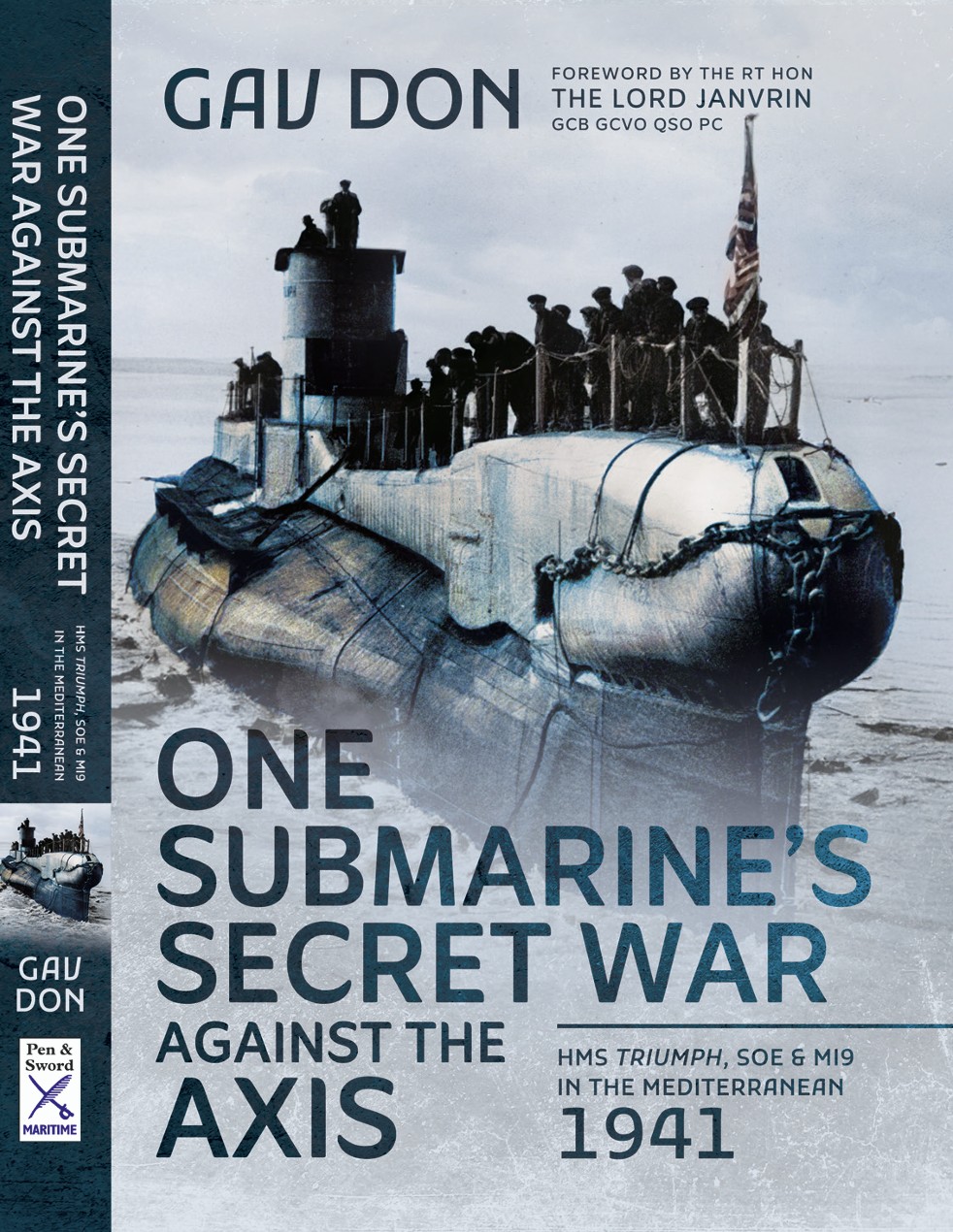
Buy your copy on Amazon here
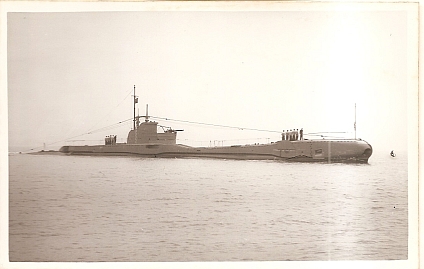
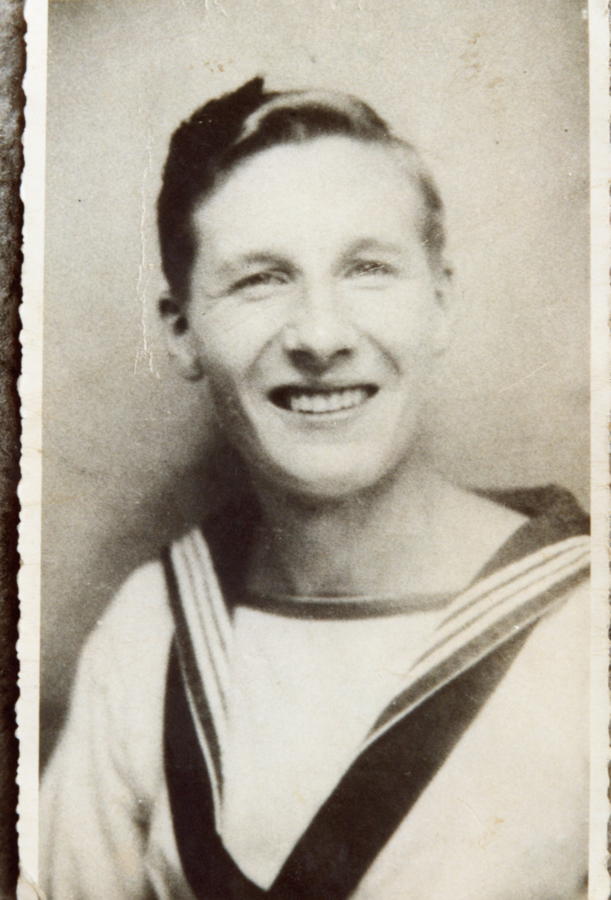
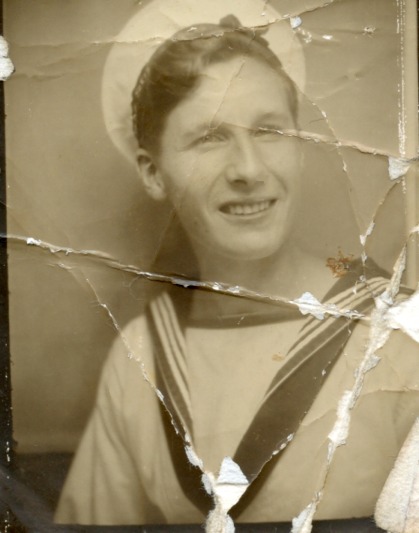
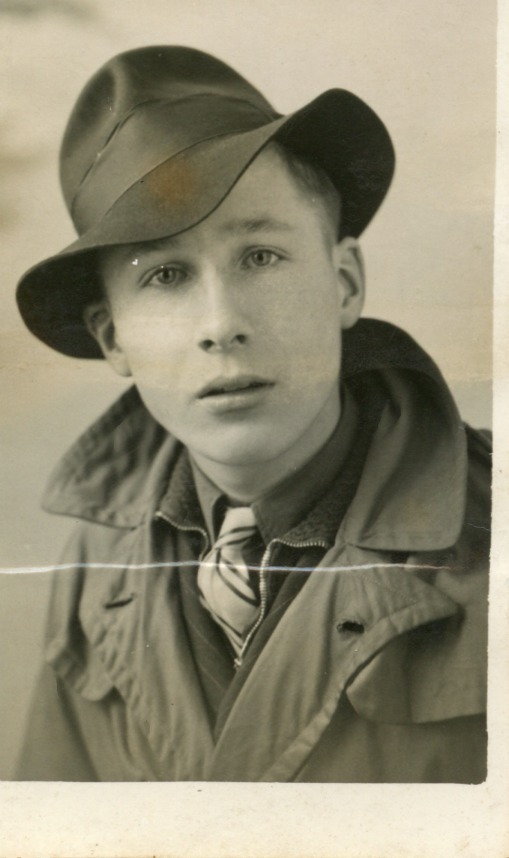
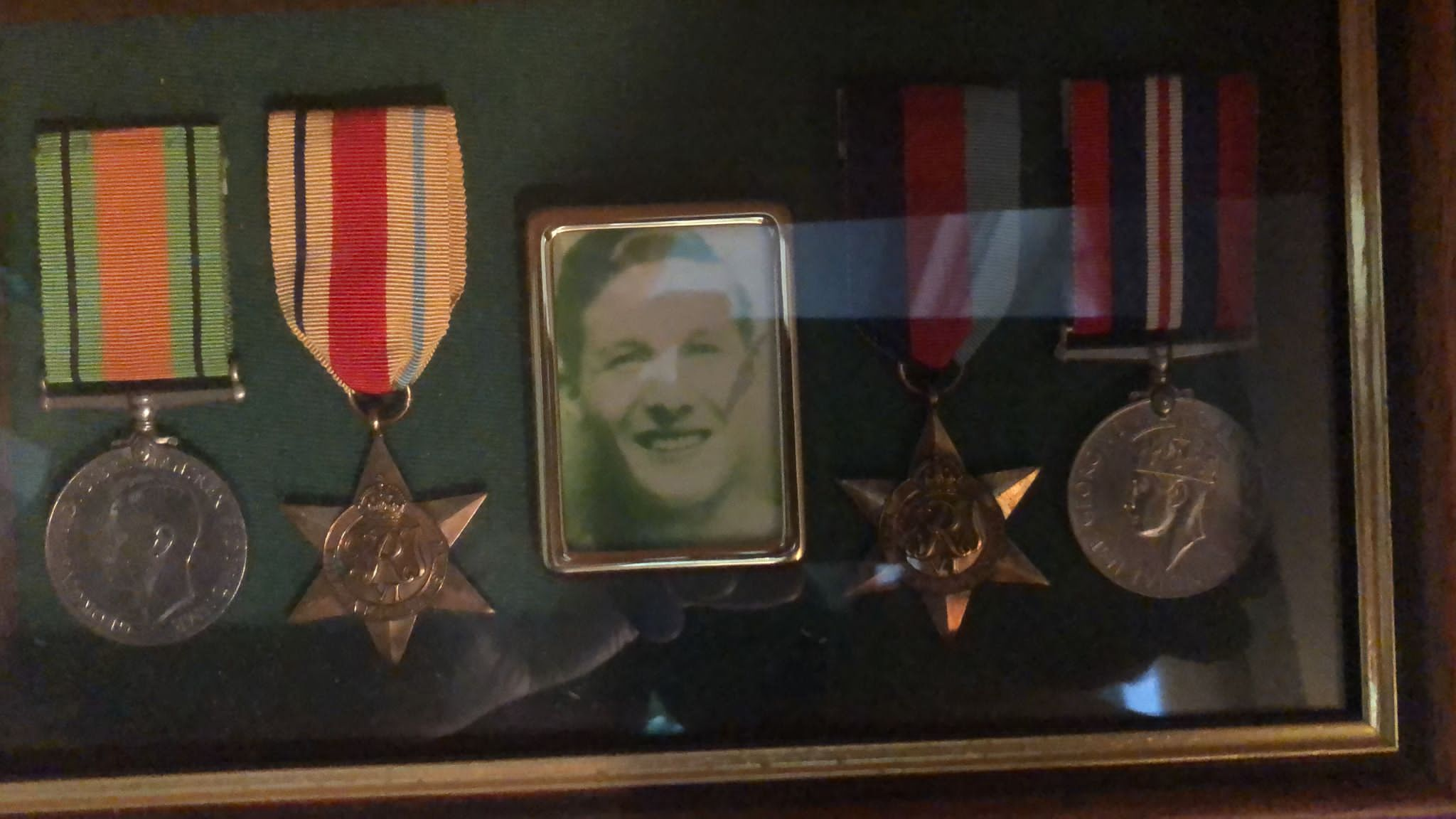
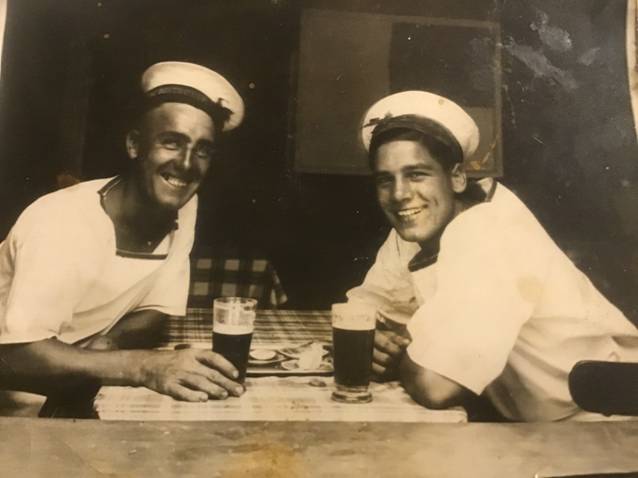
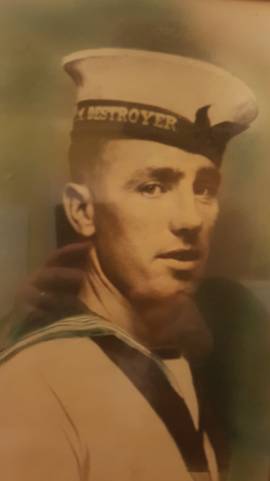
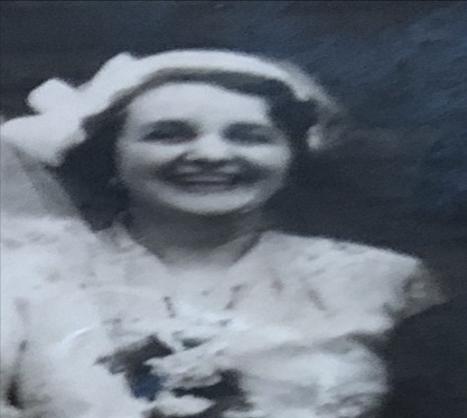
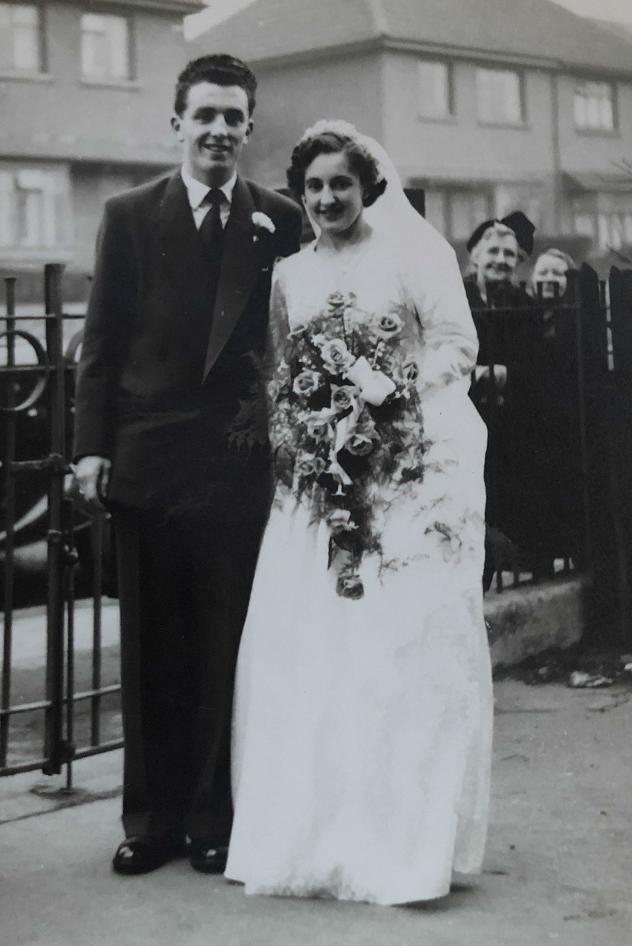
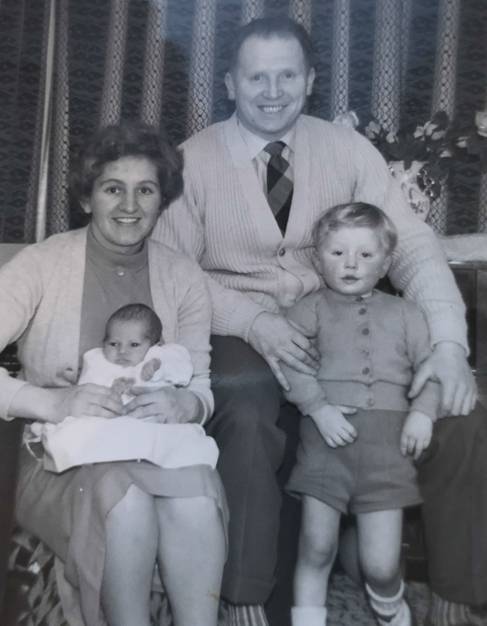
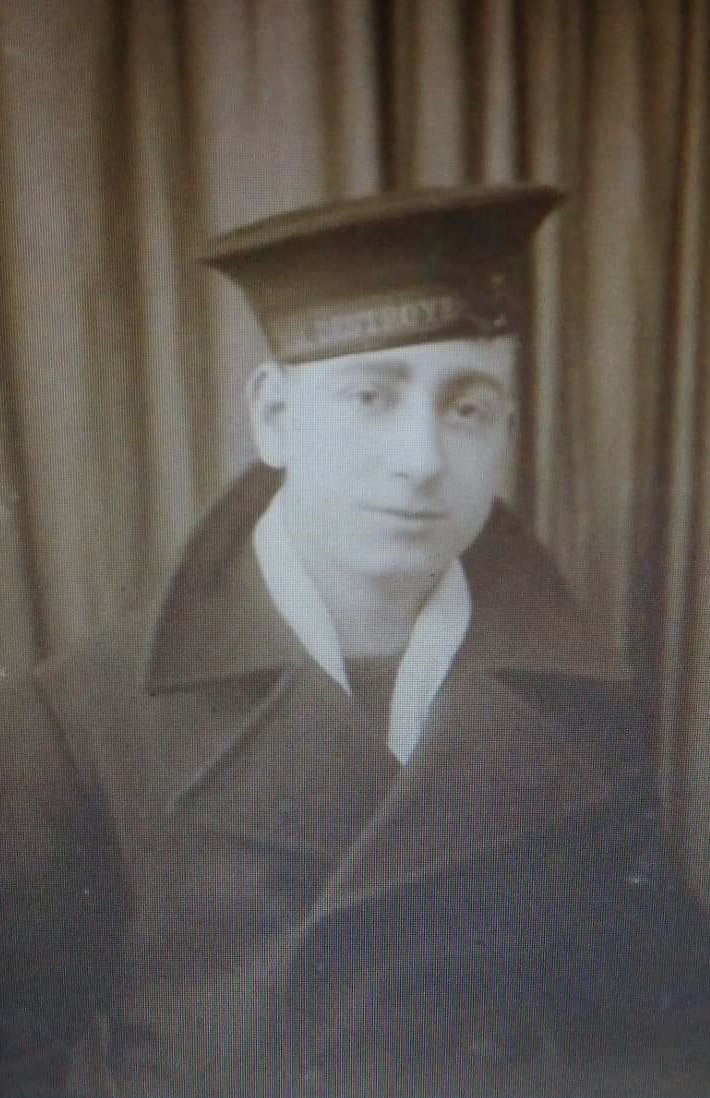
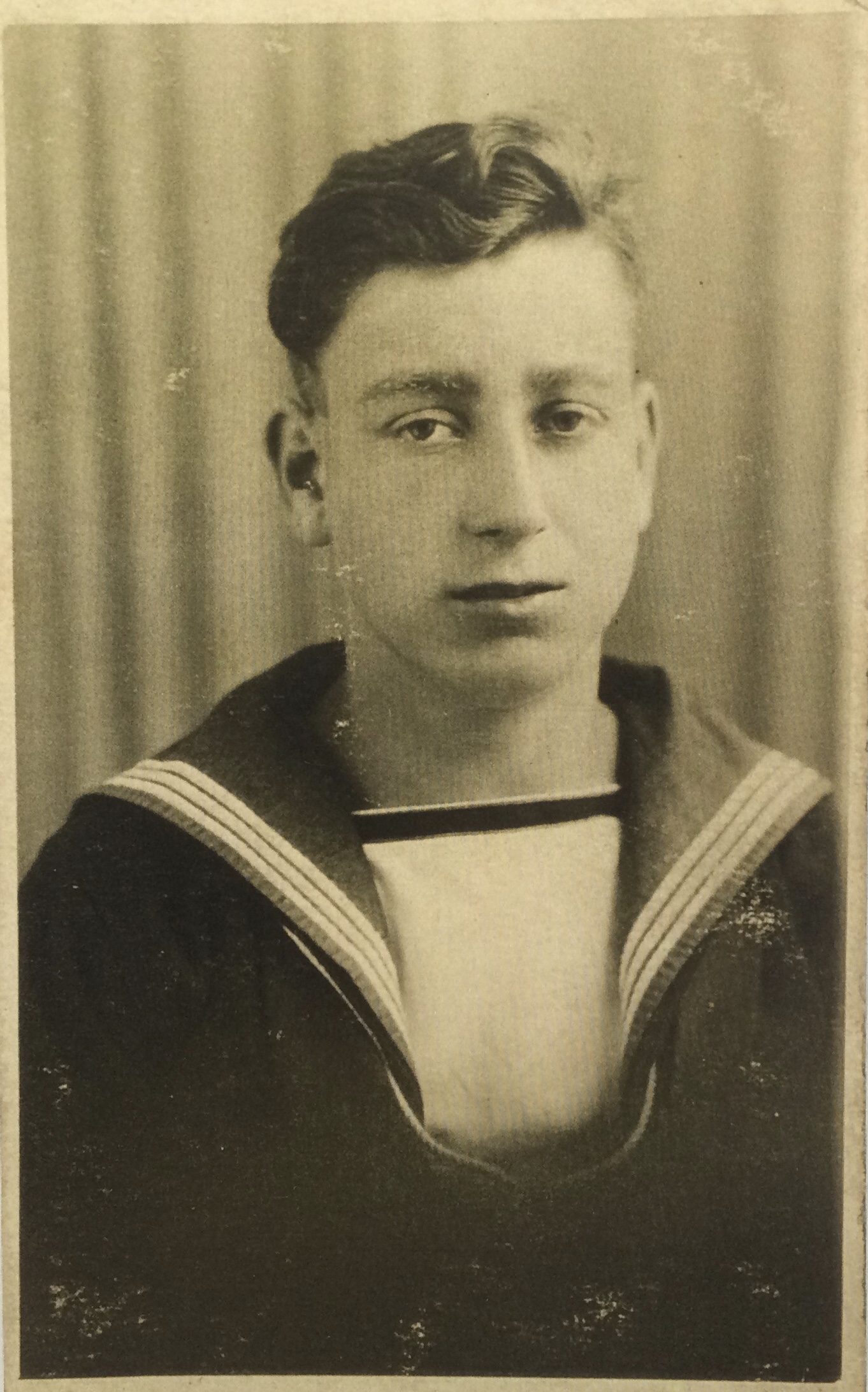
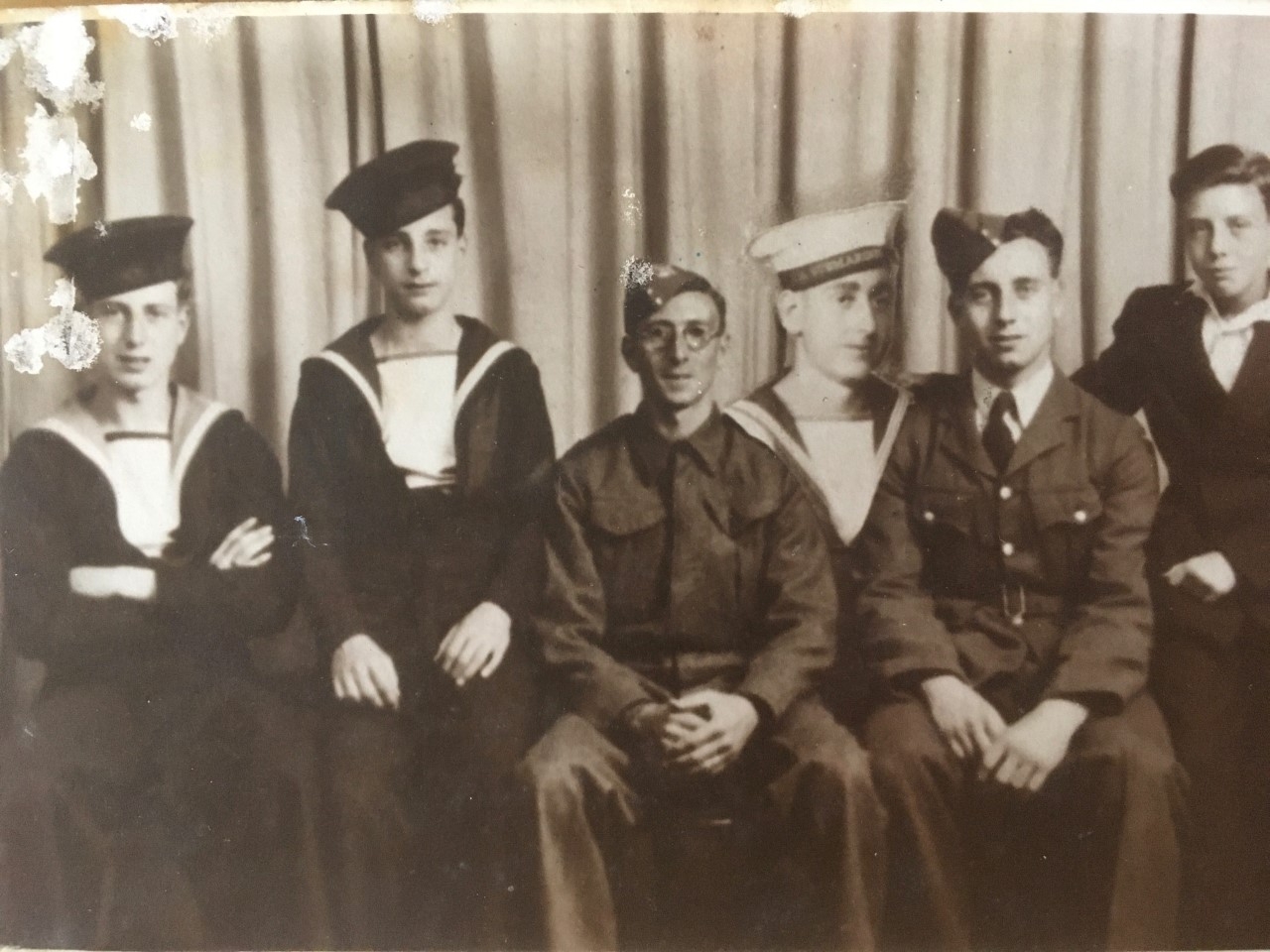
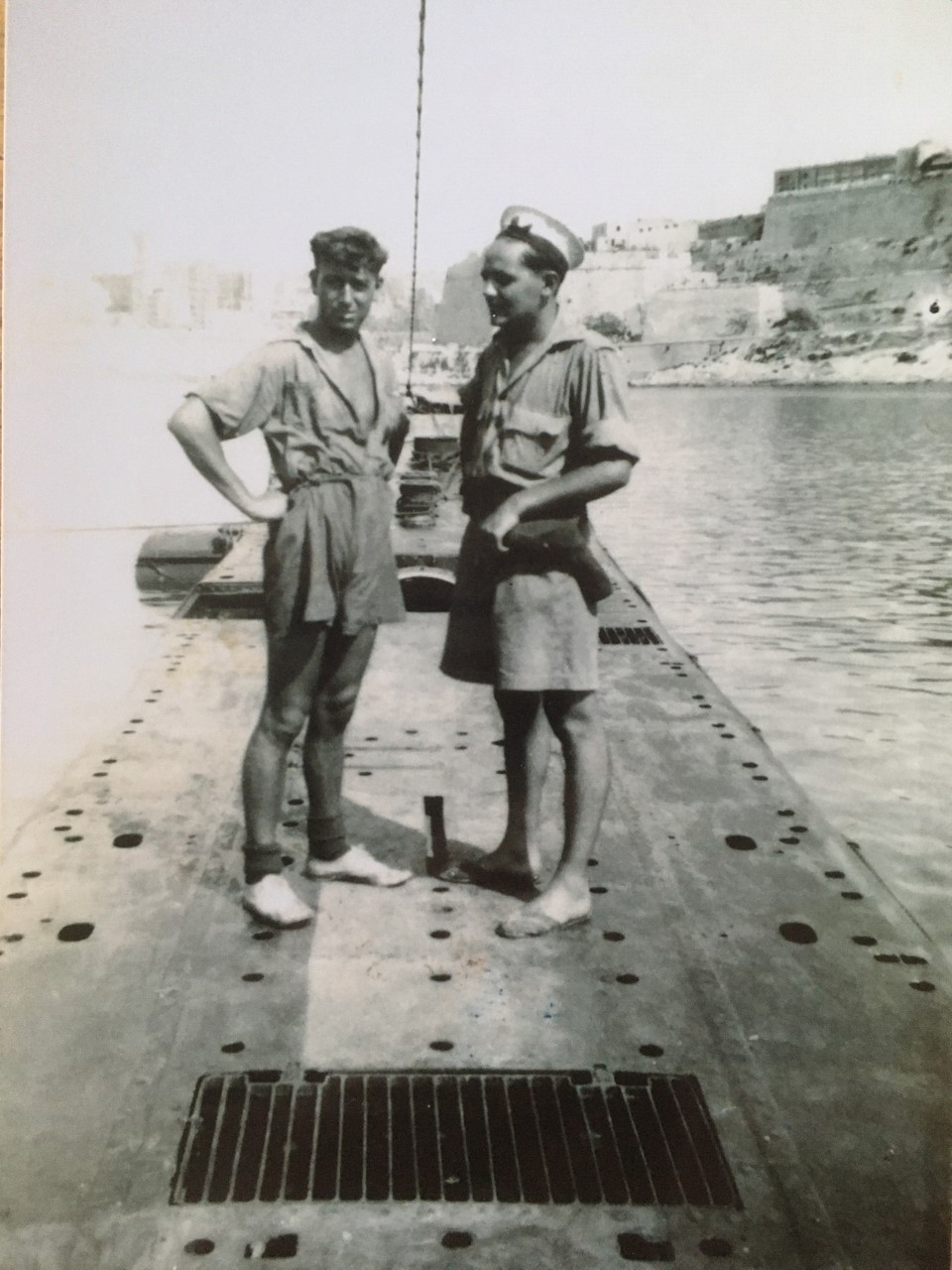
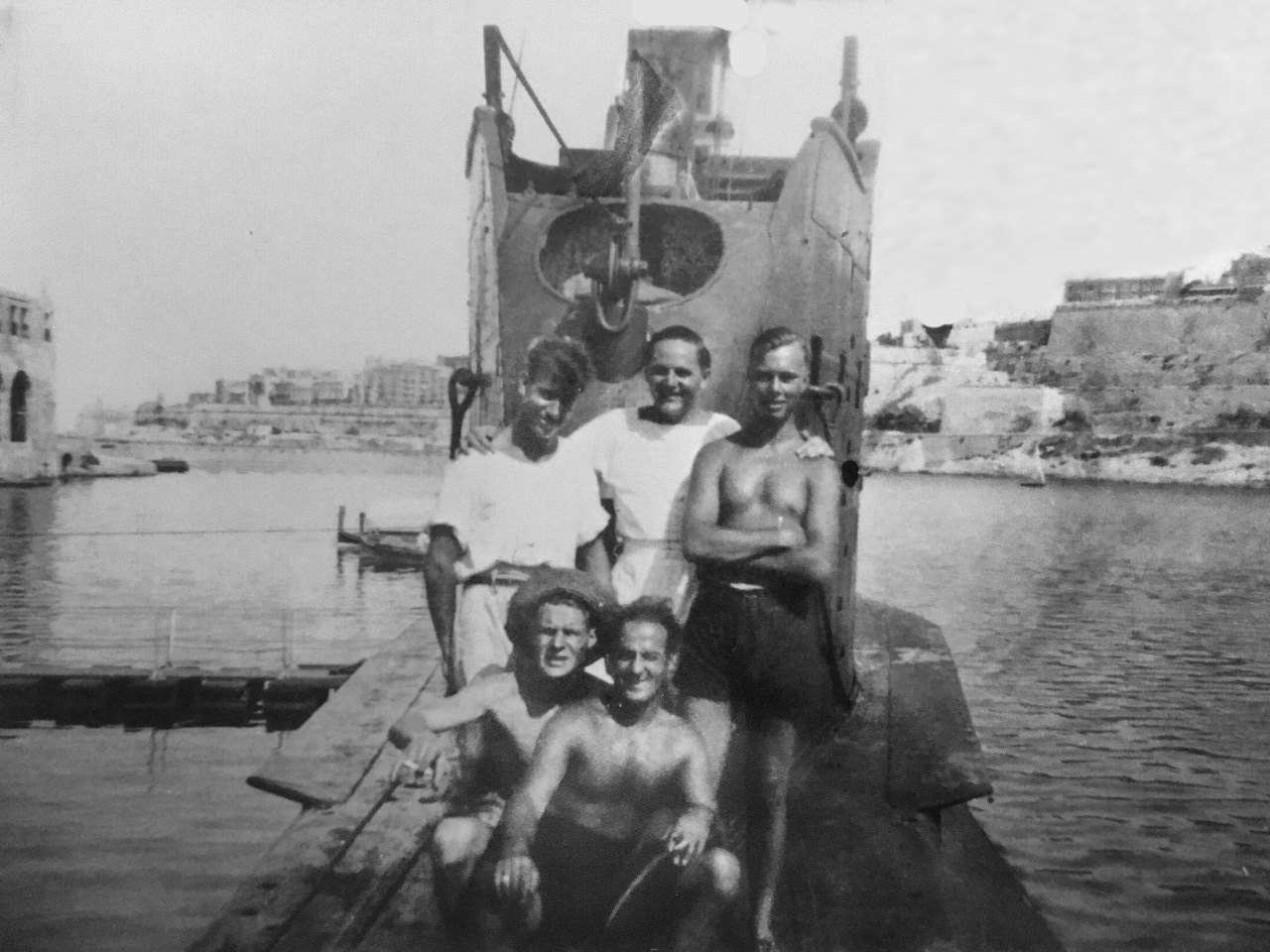
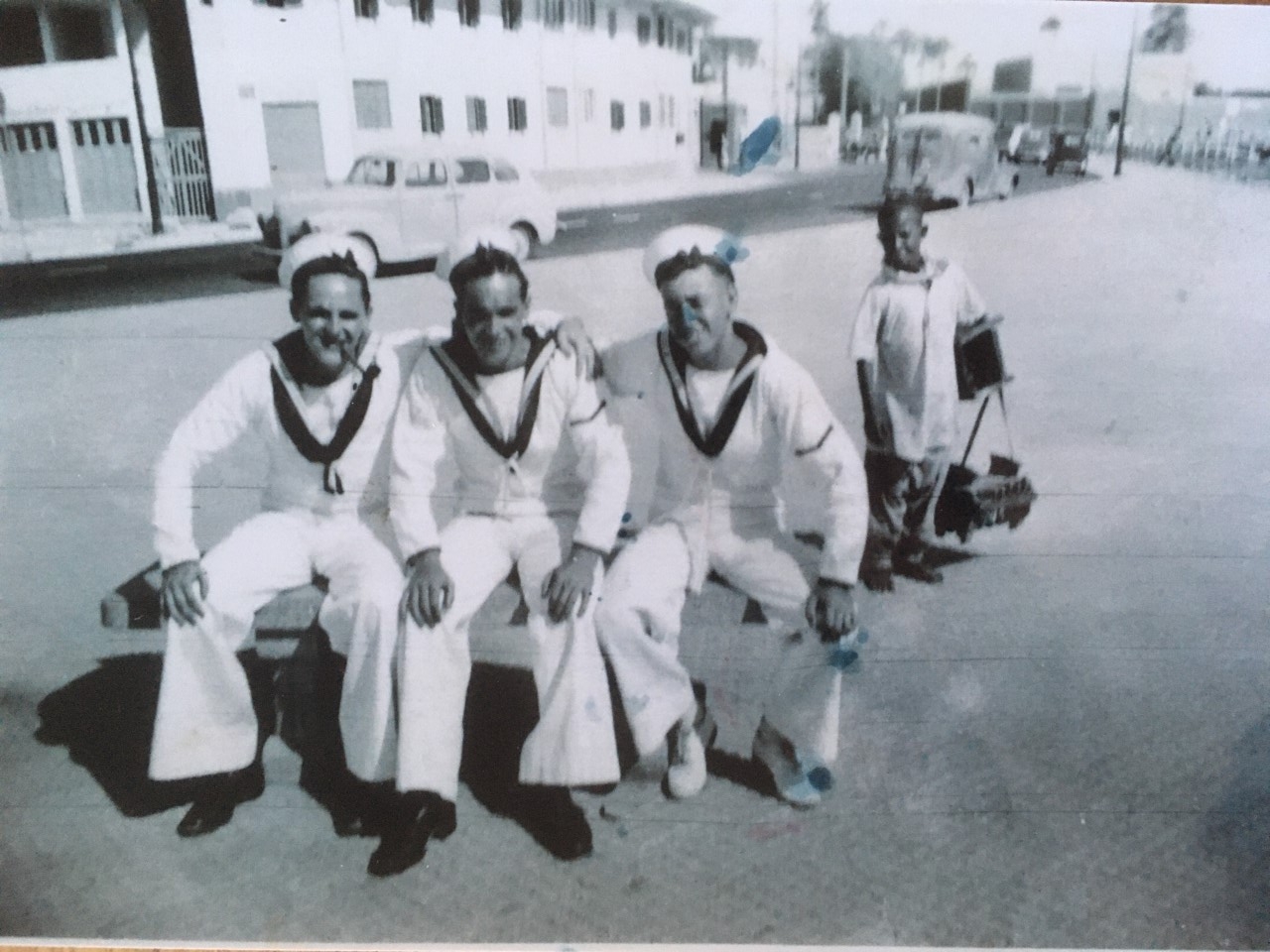
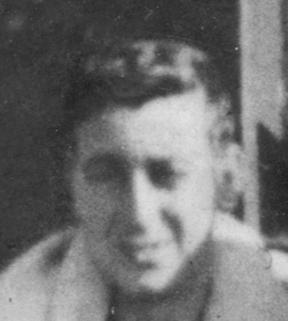
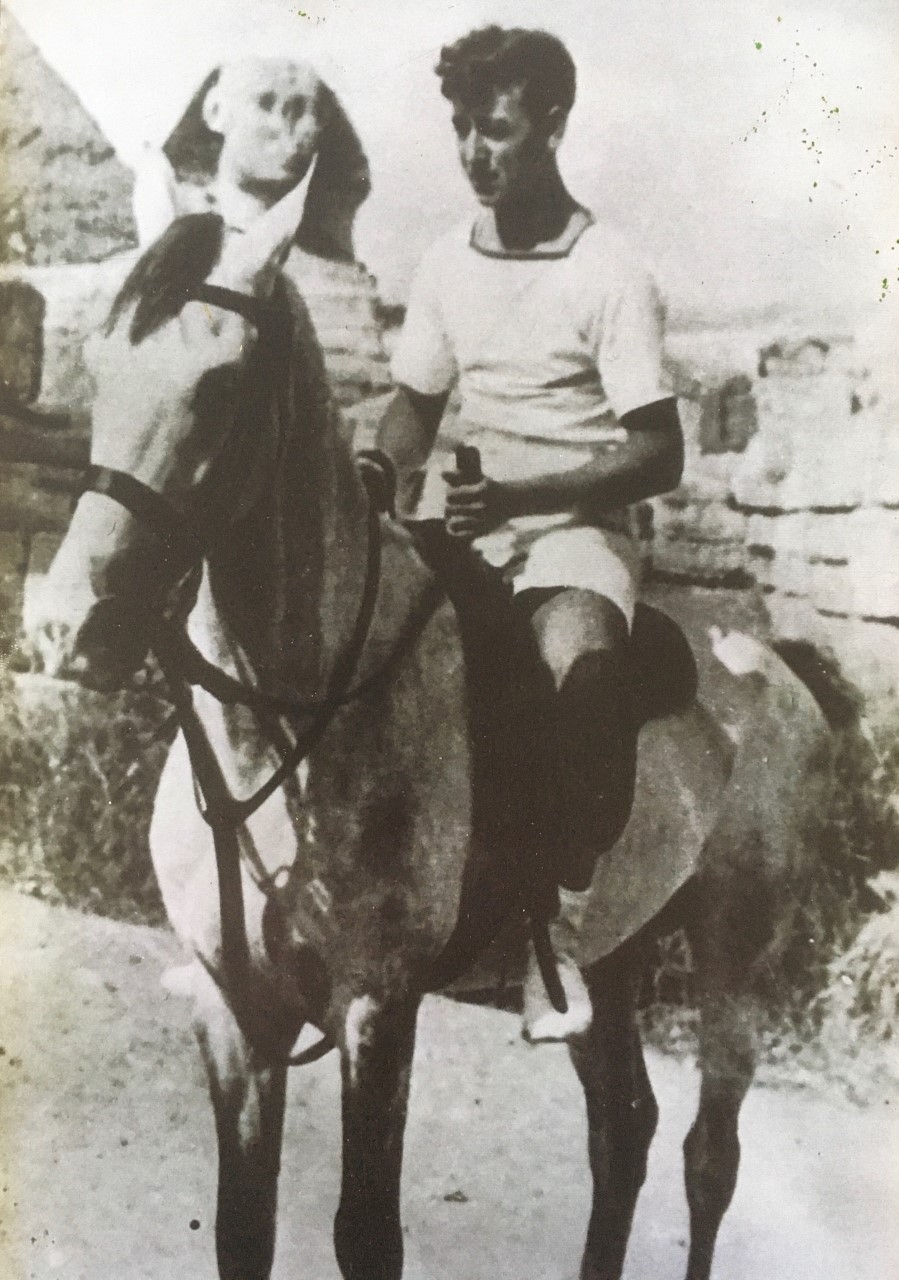
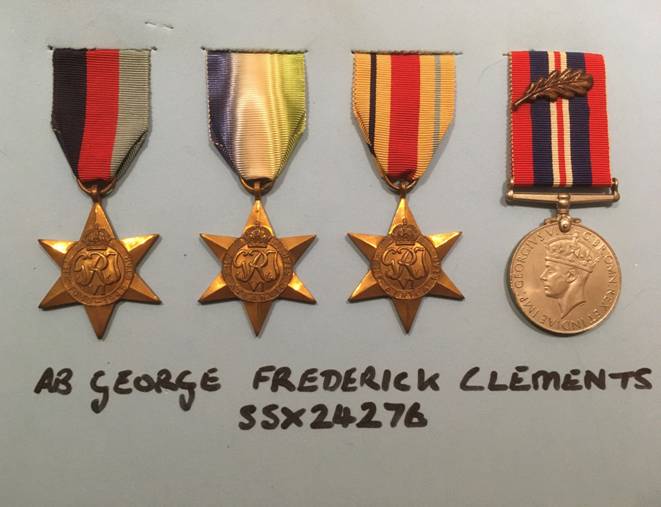
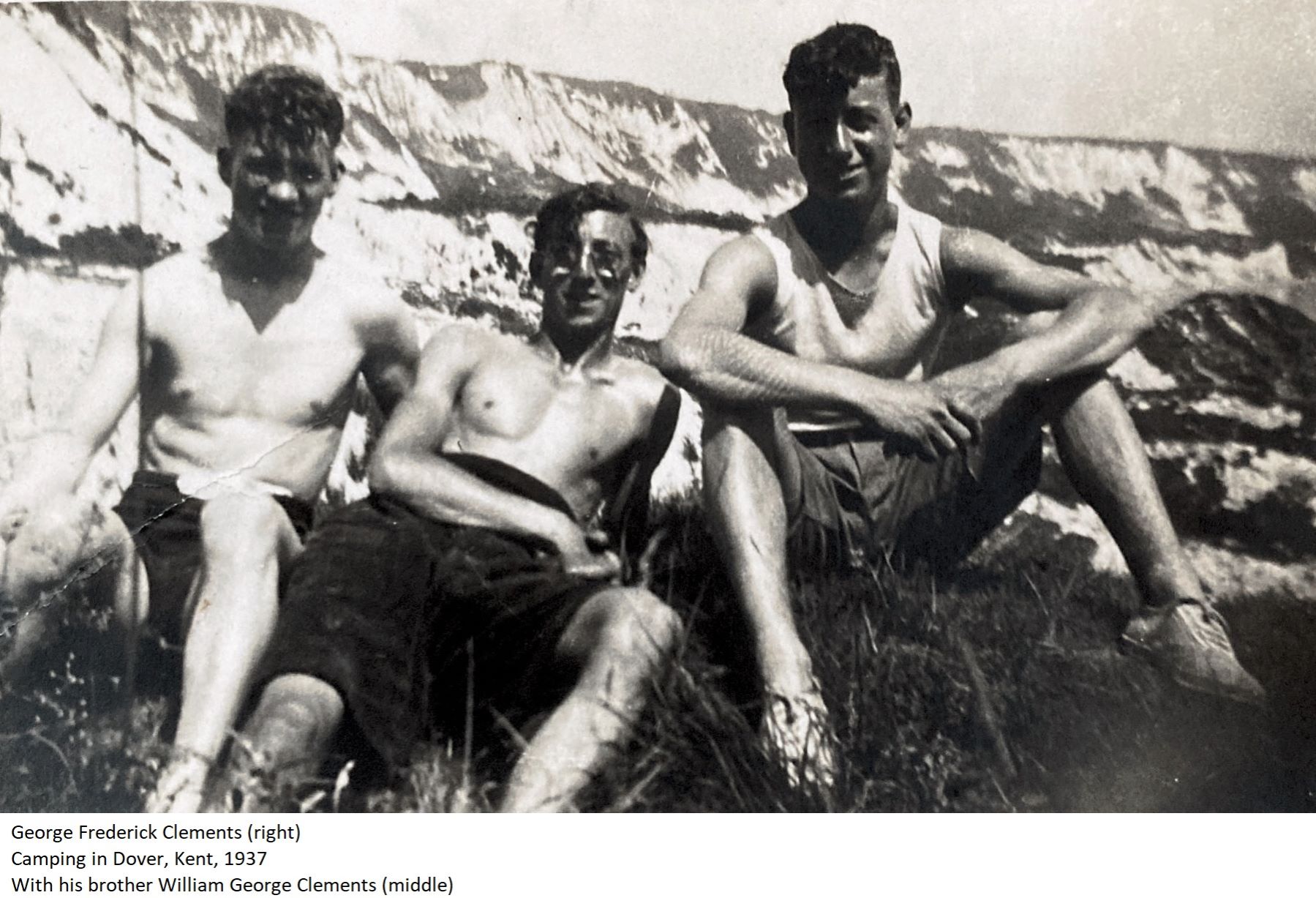
.jpg)
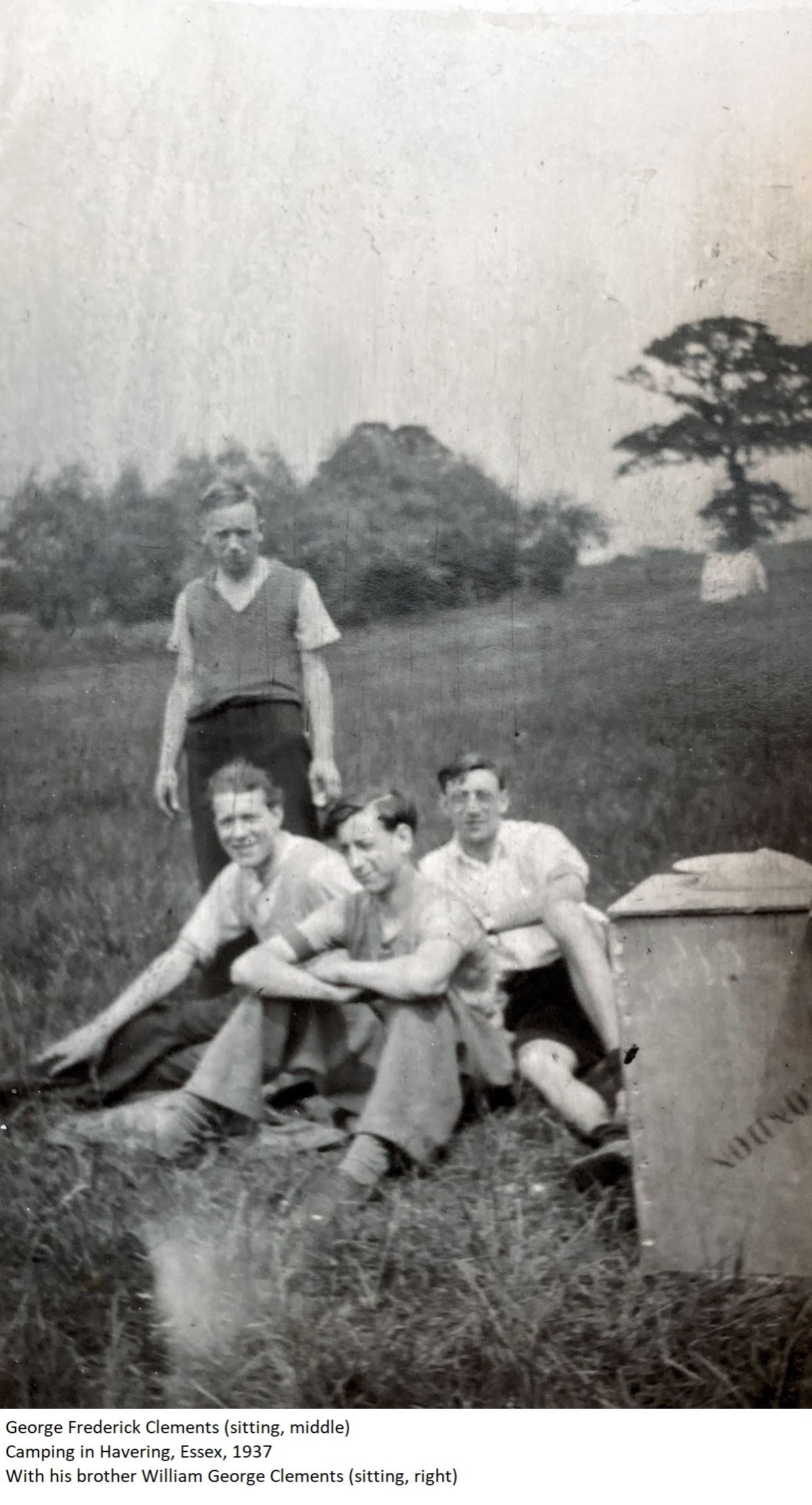
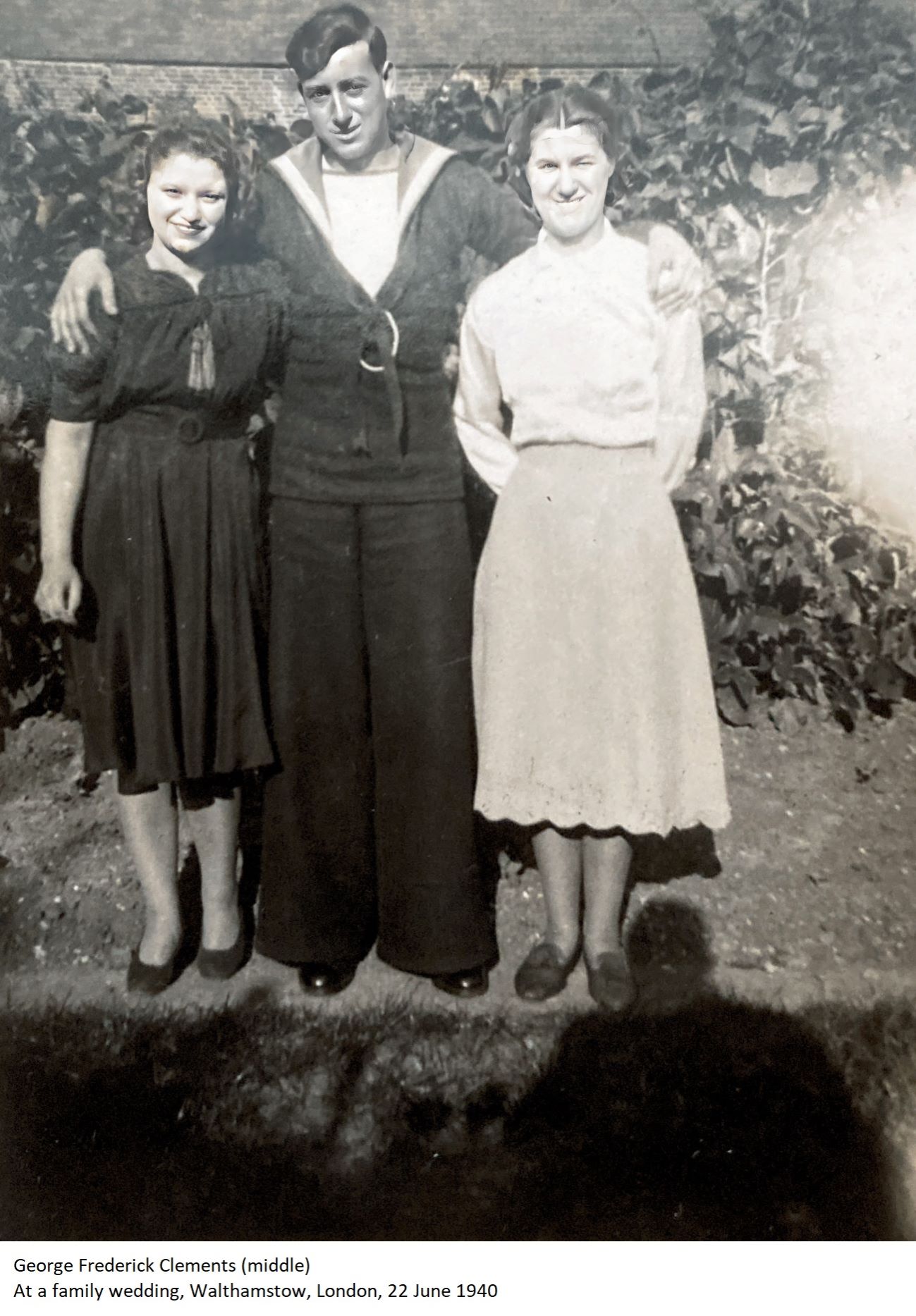
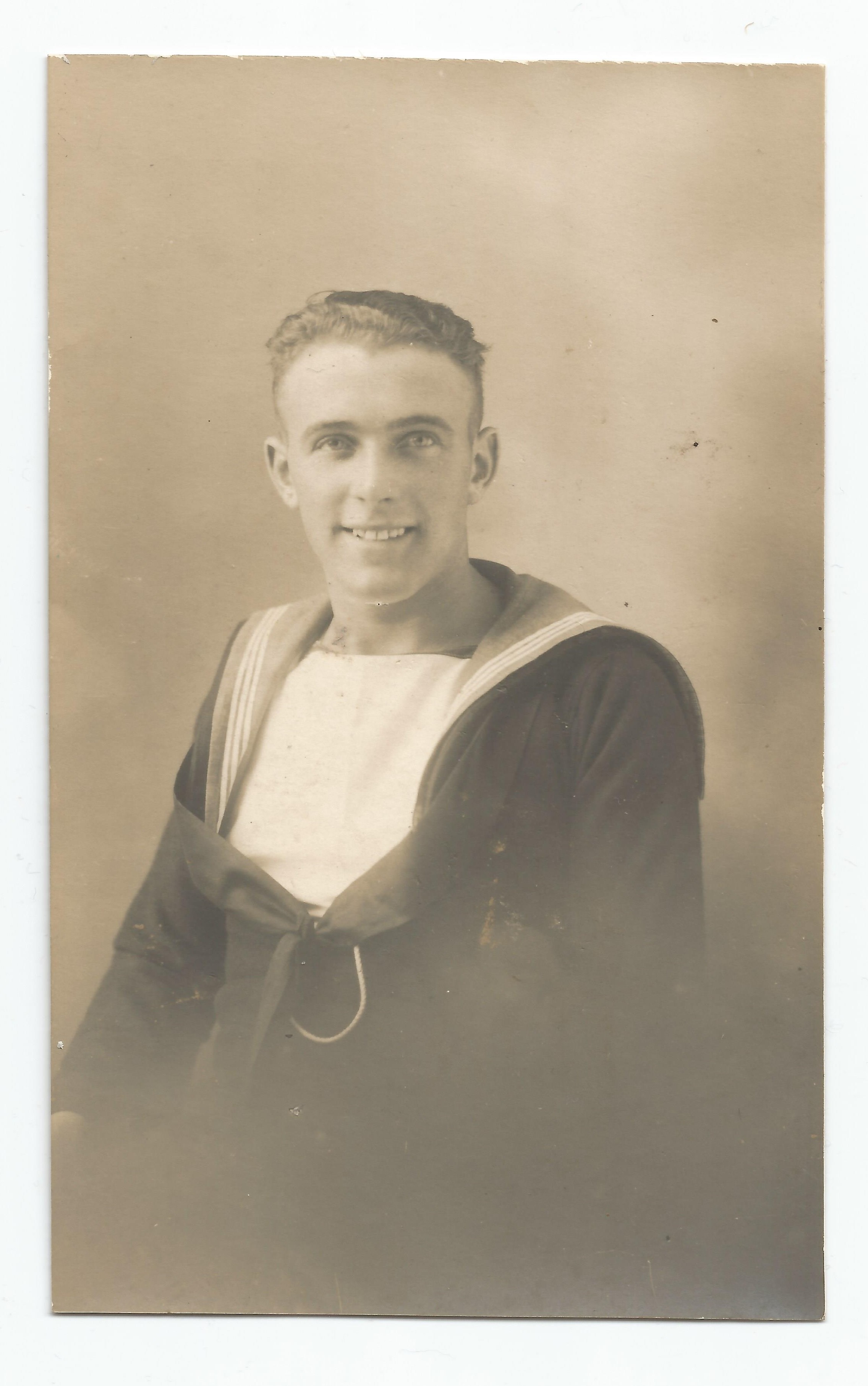
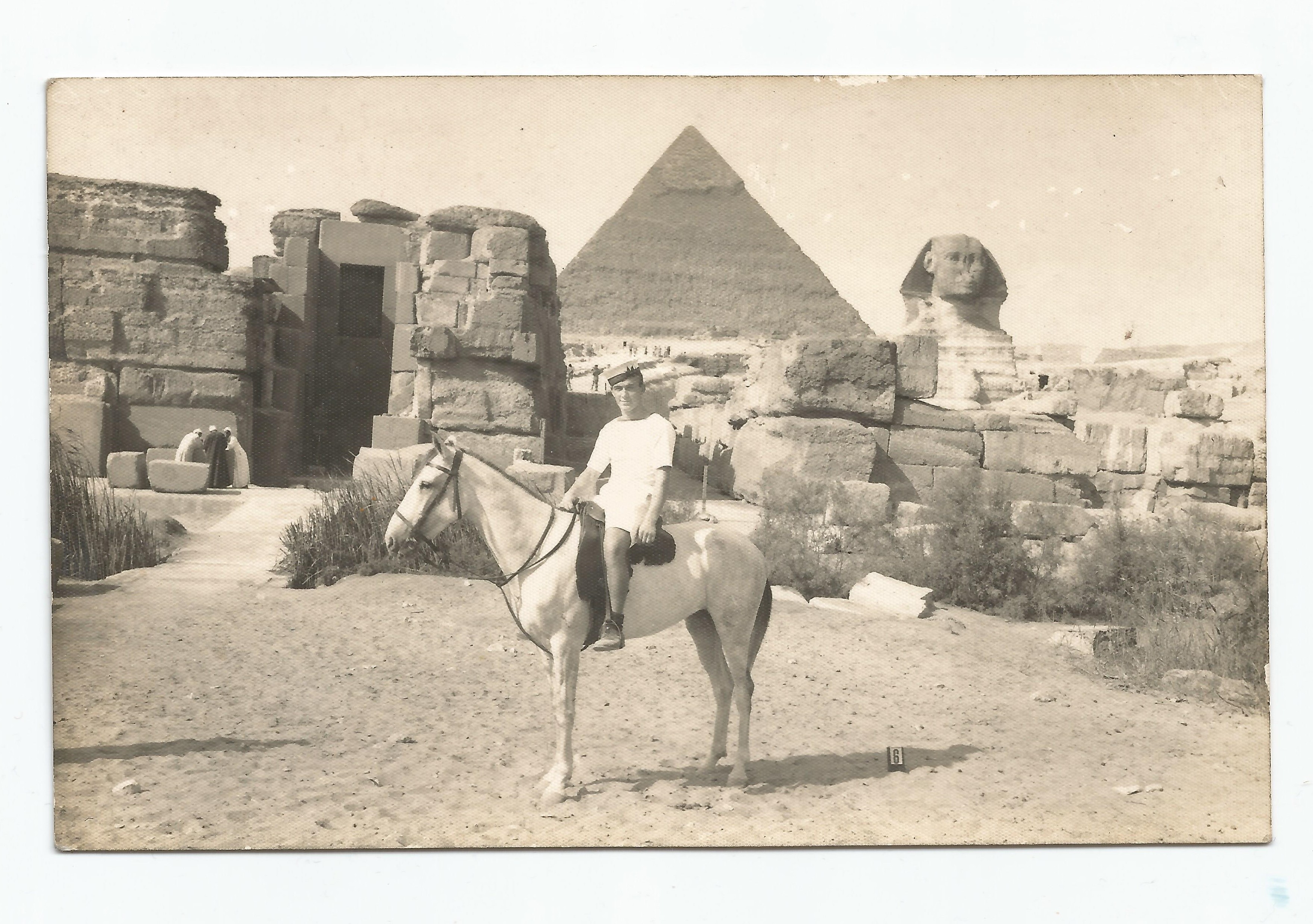
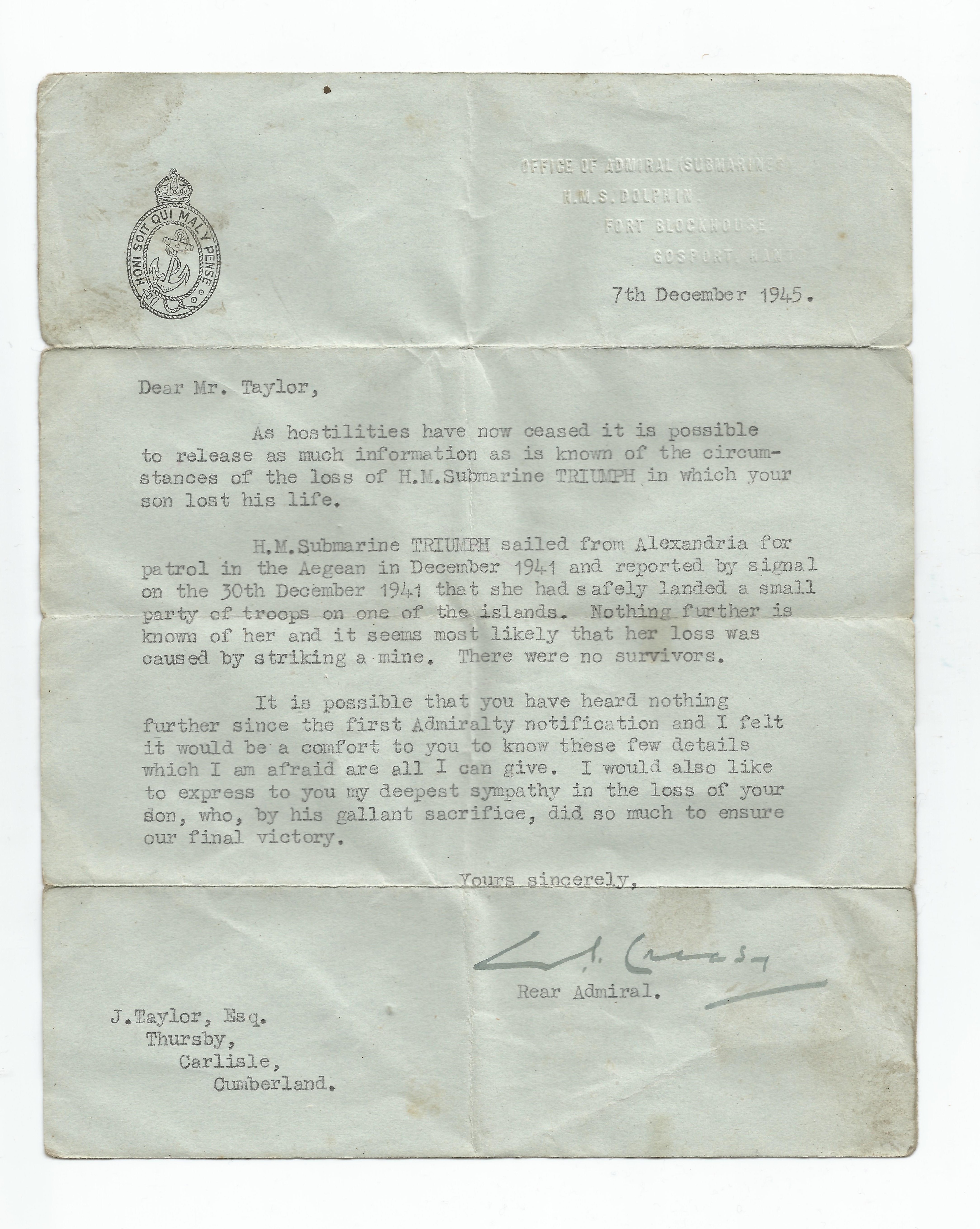
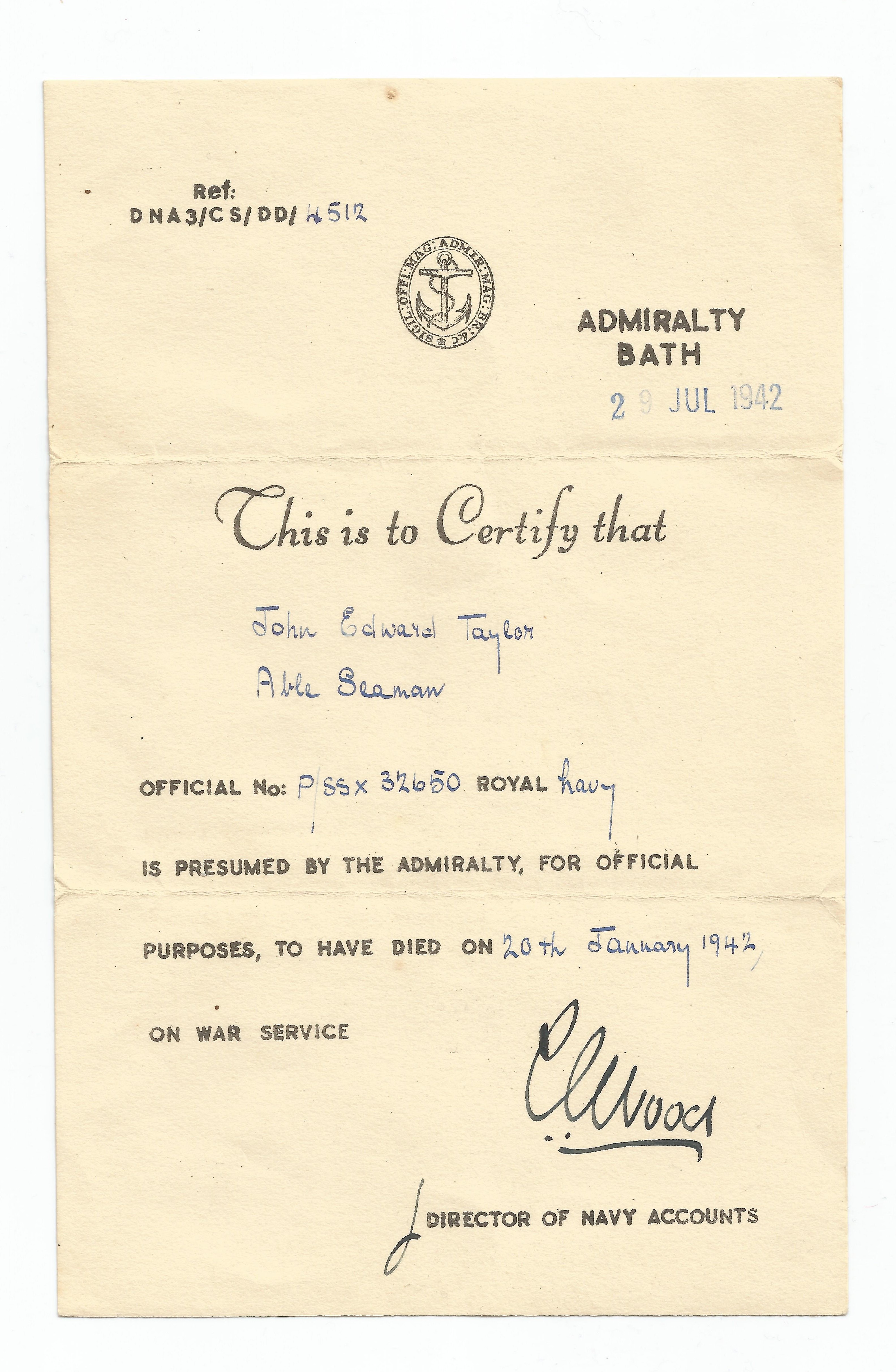
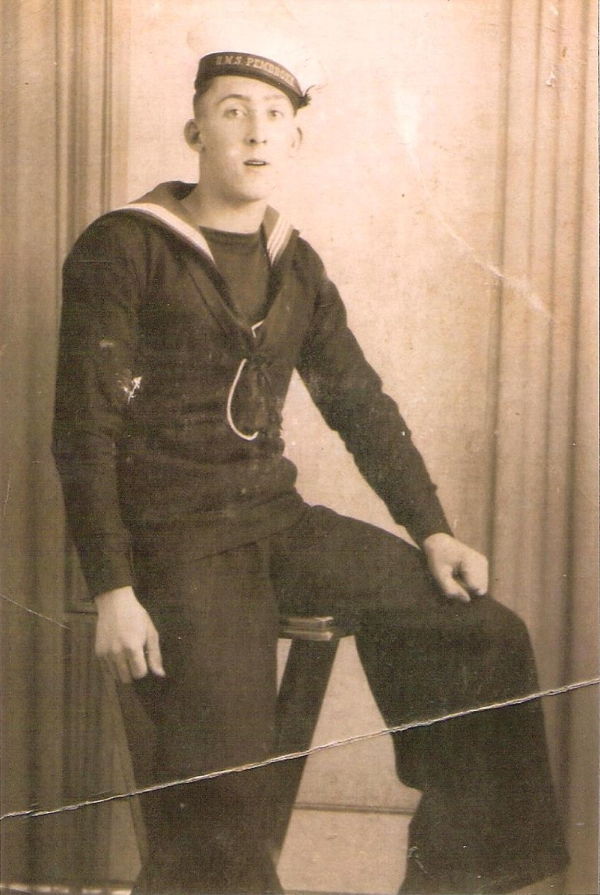
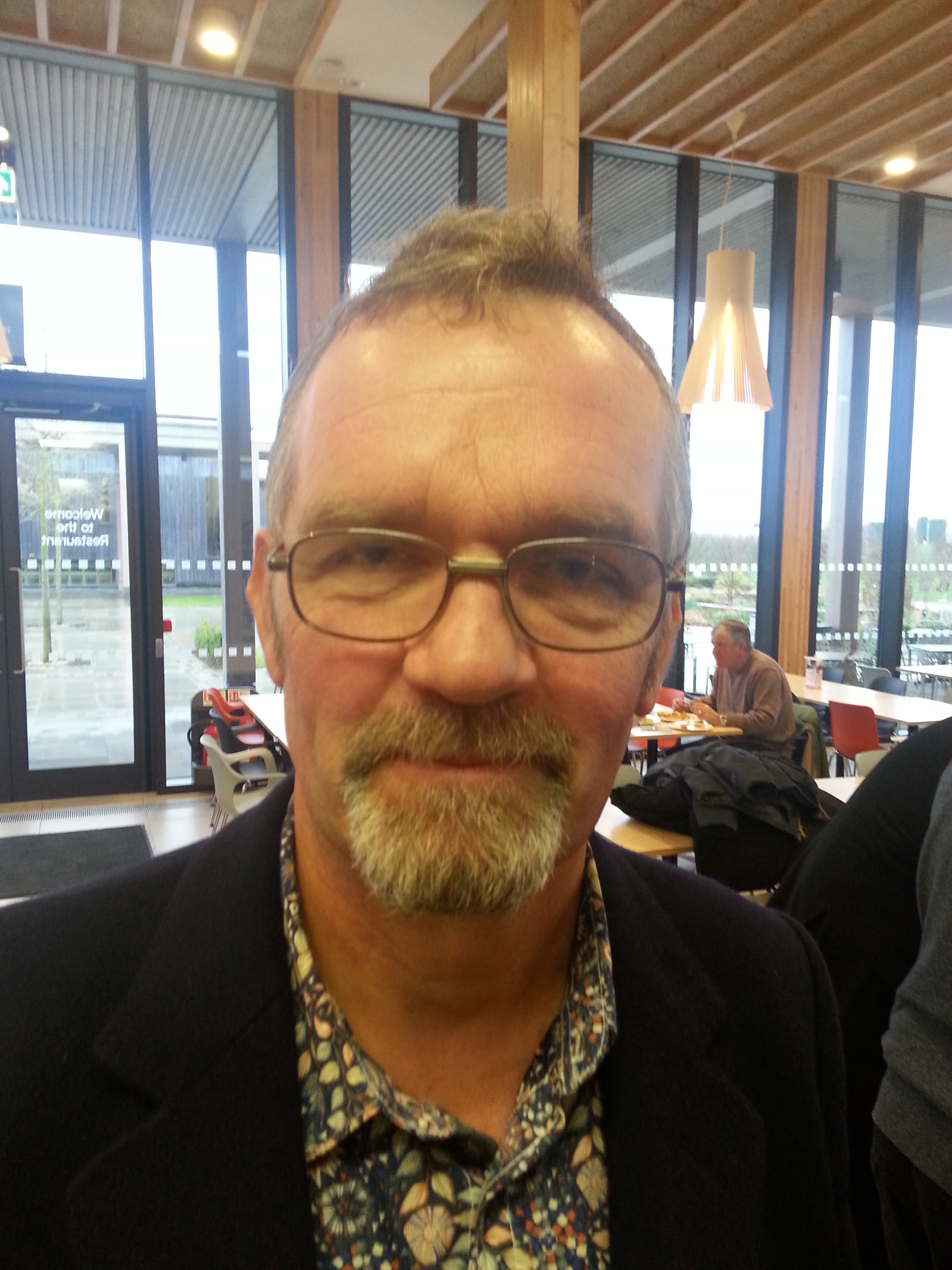
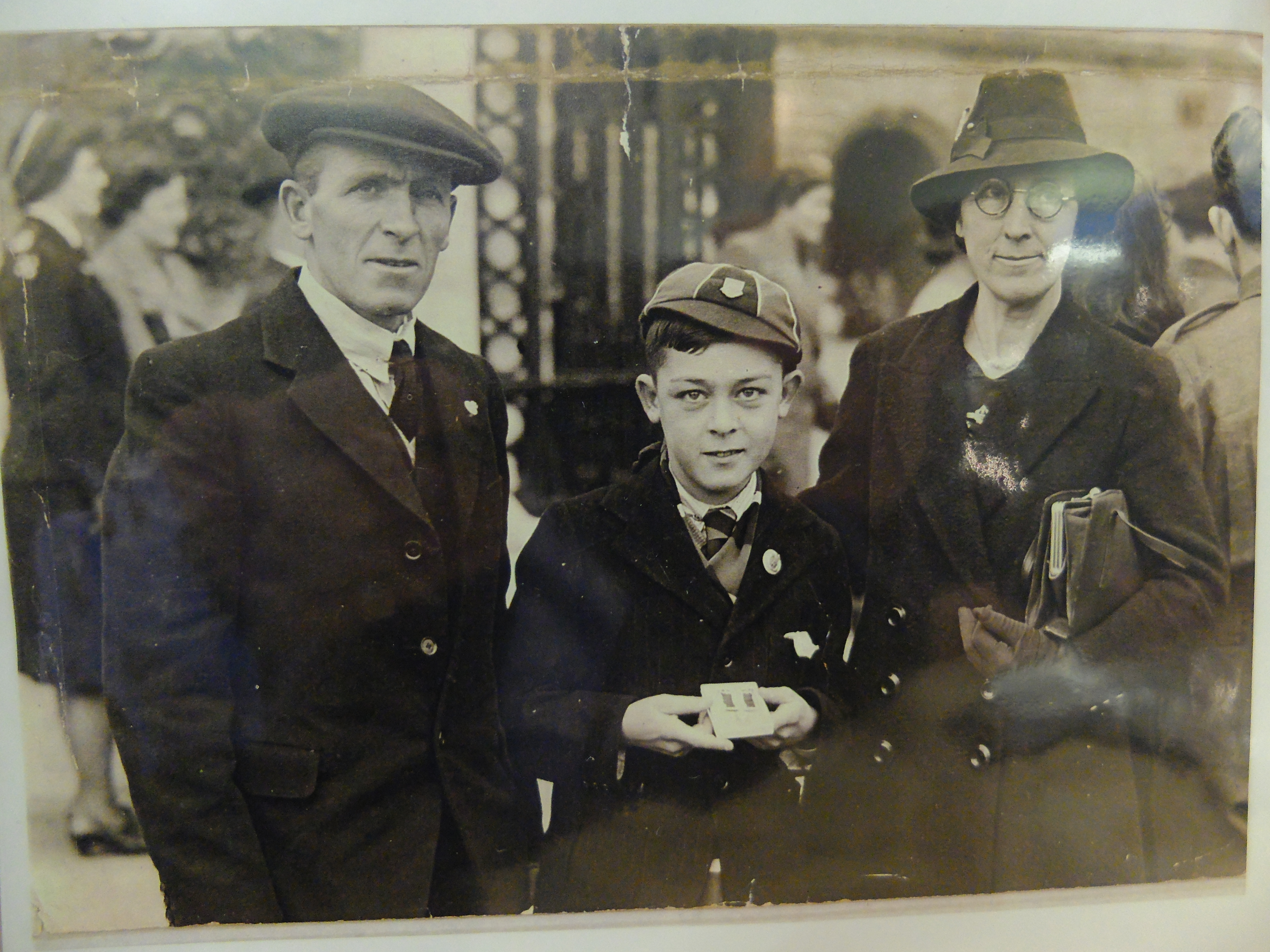
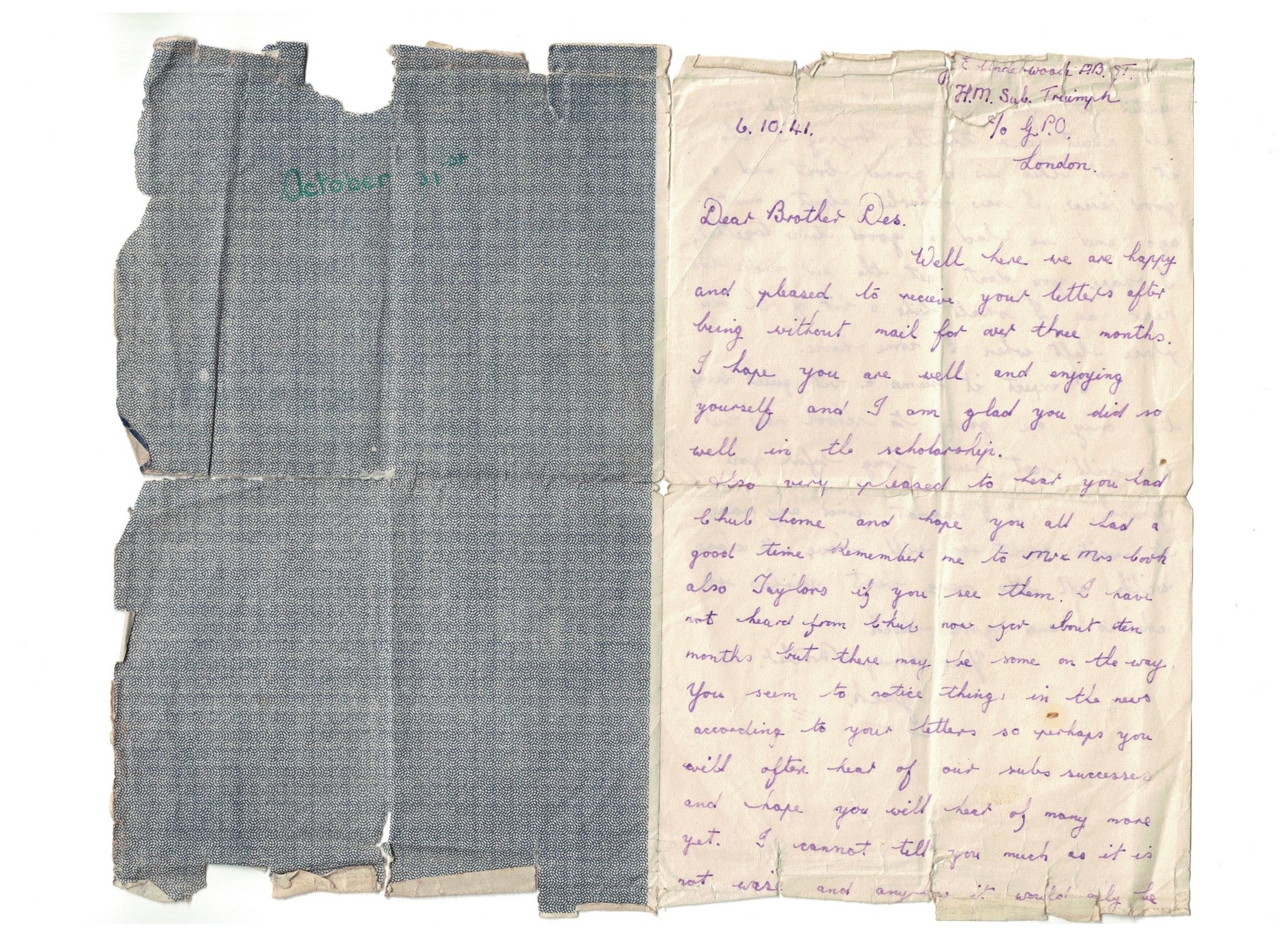
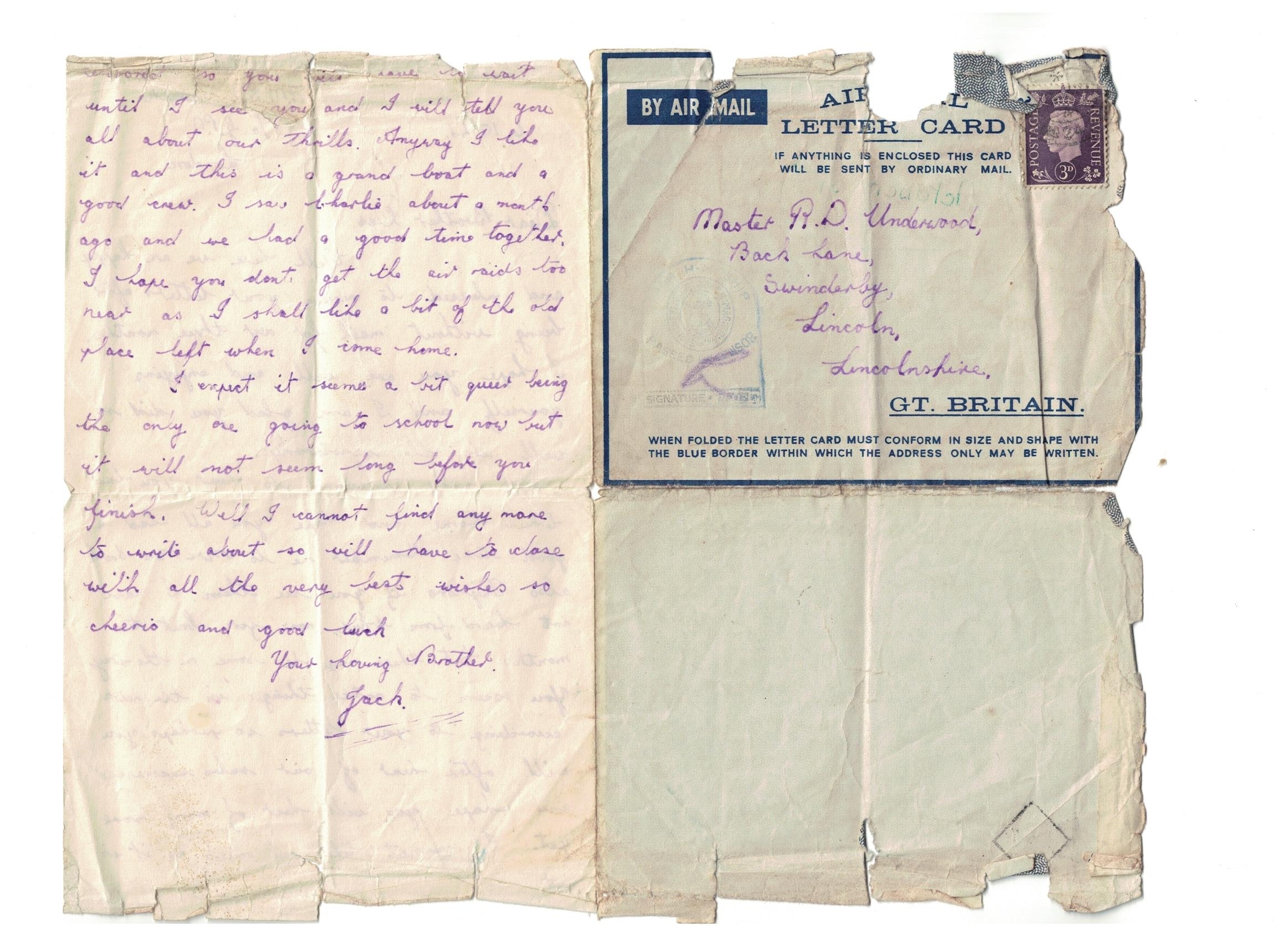
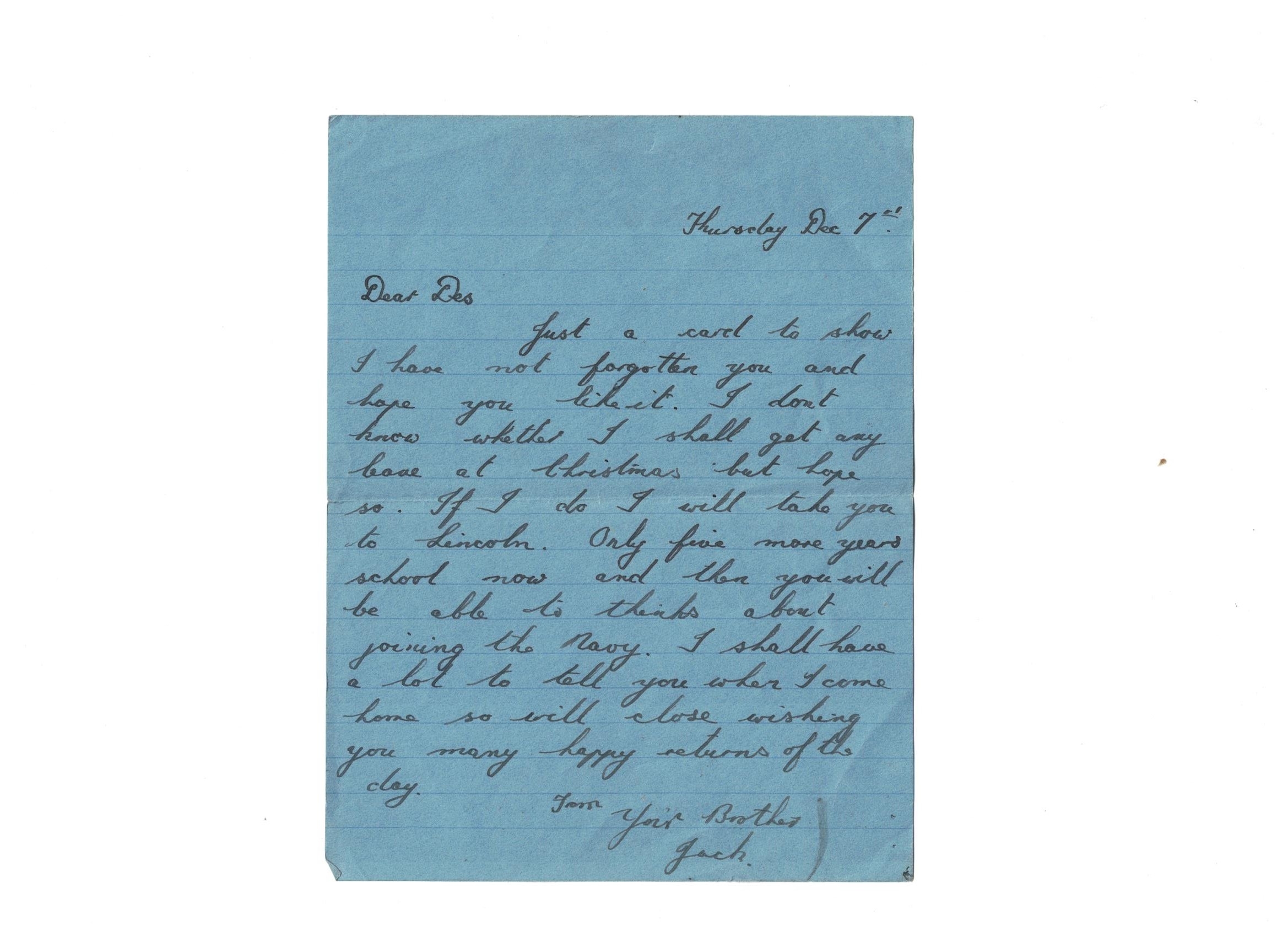
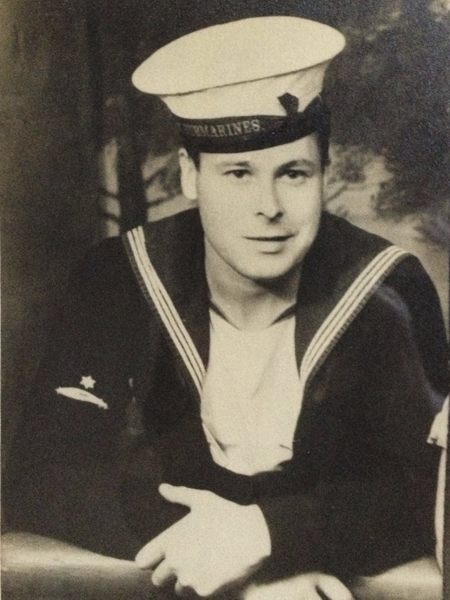
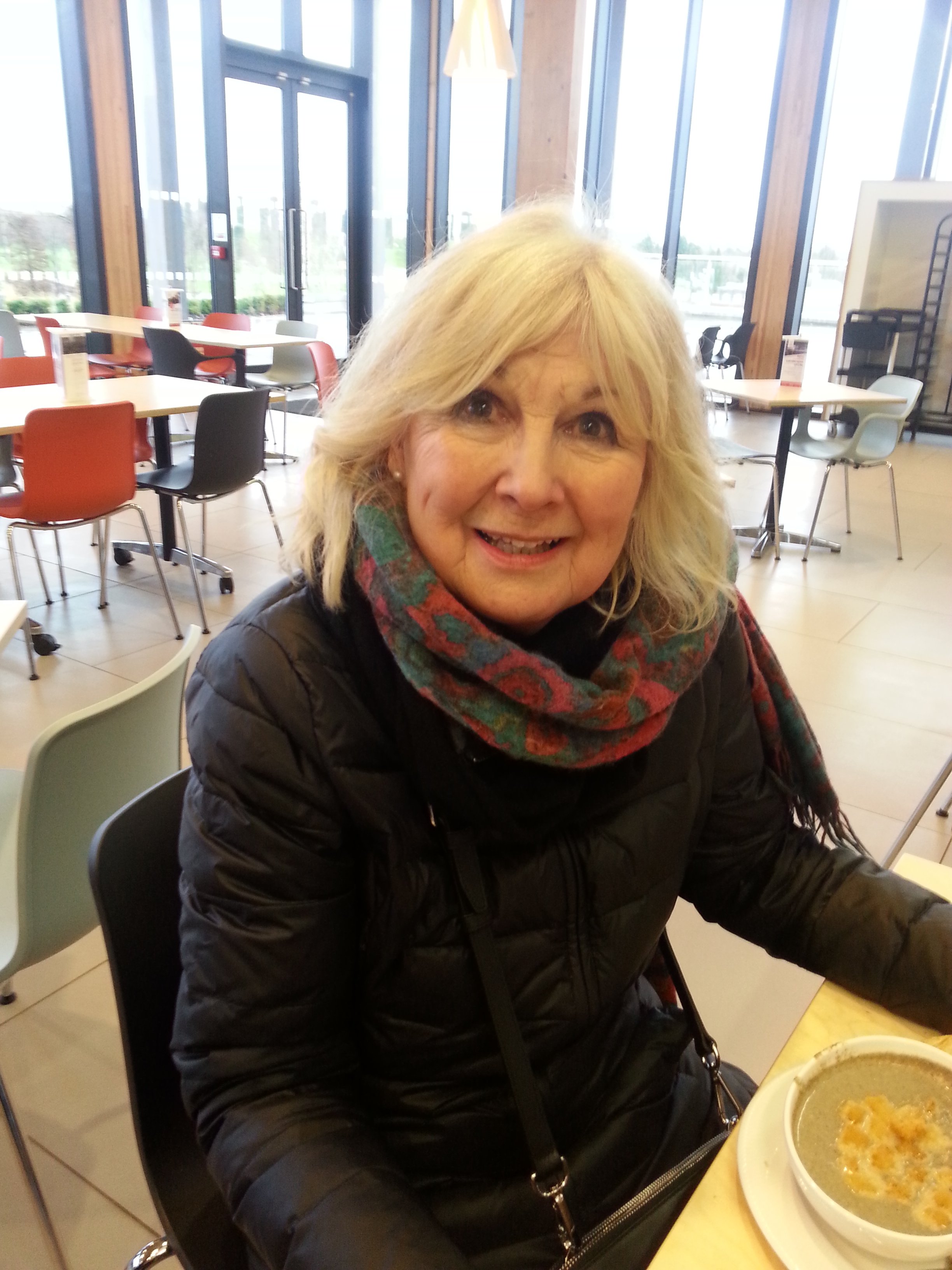
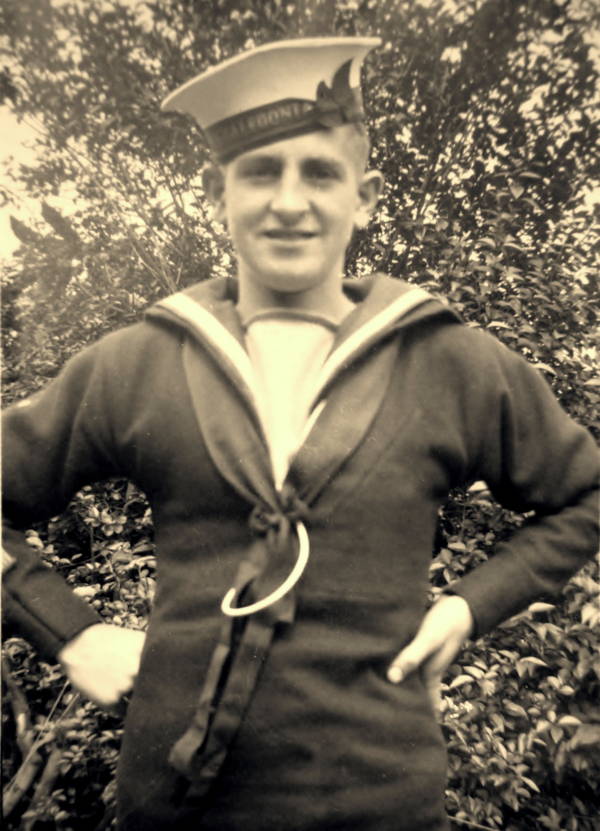
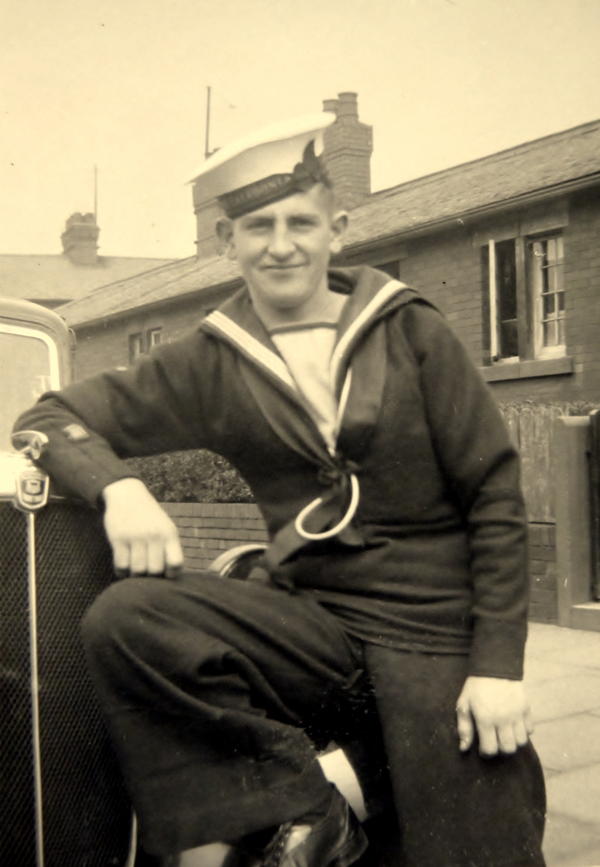
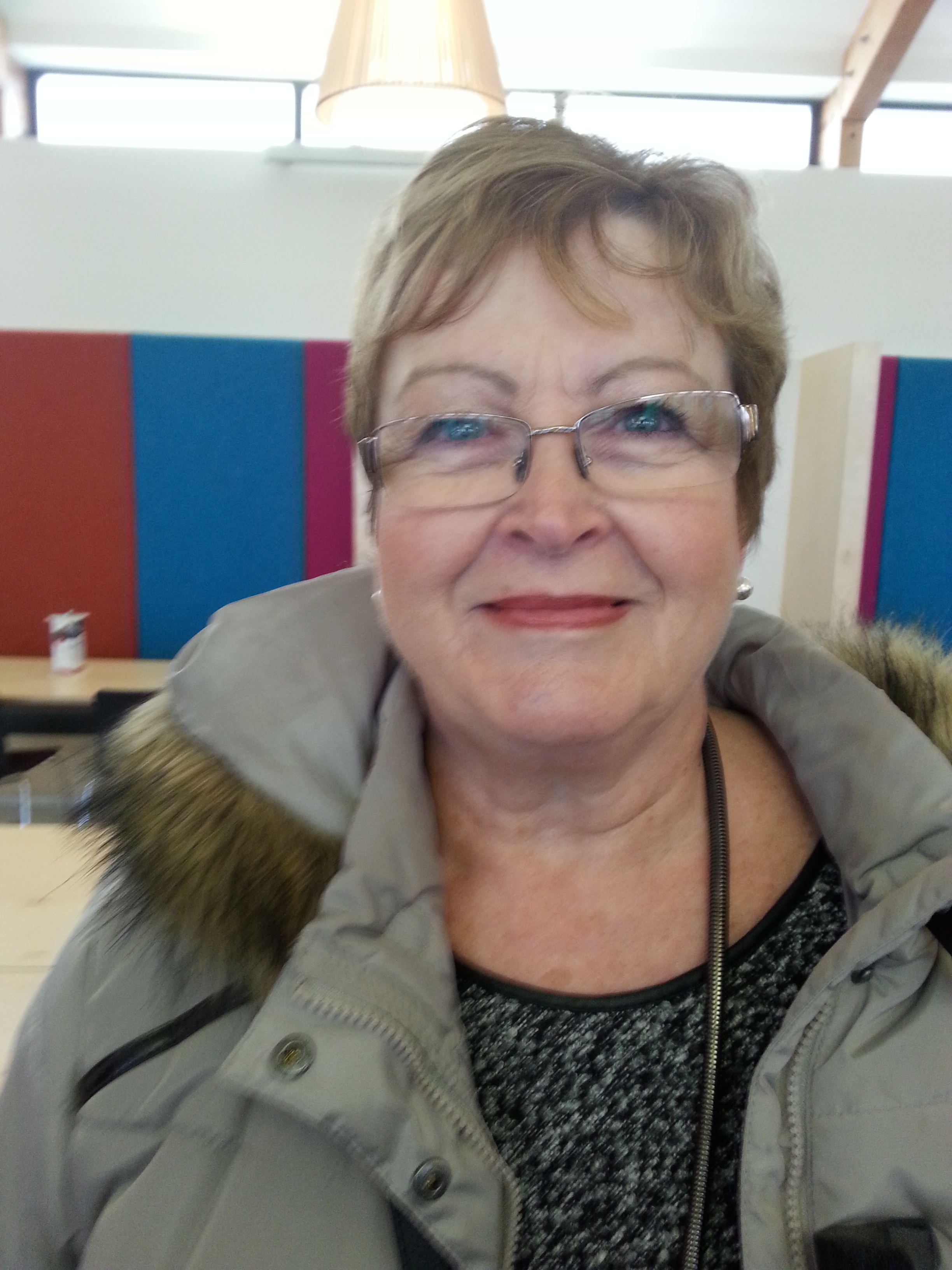
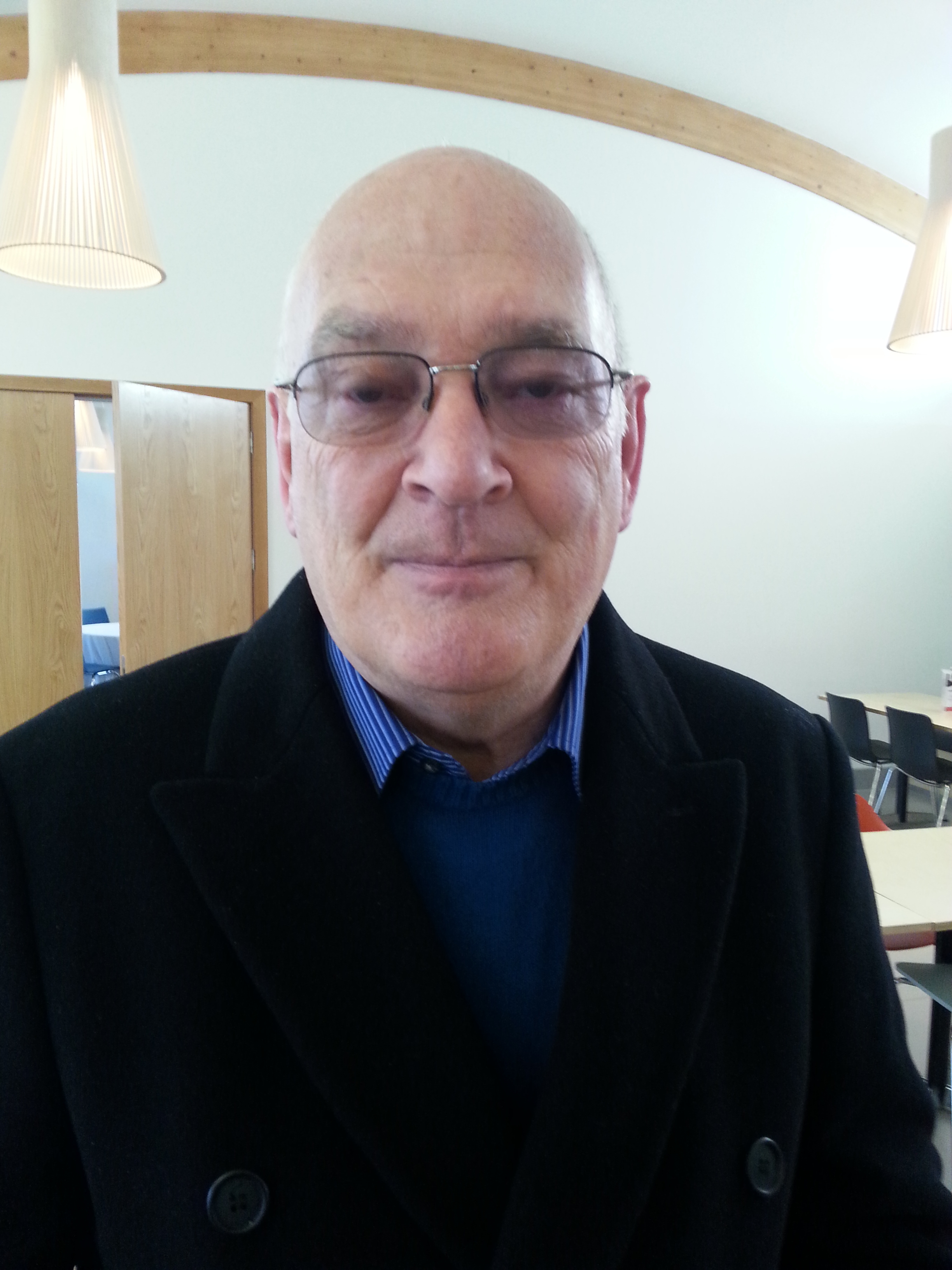
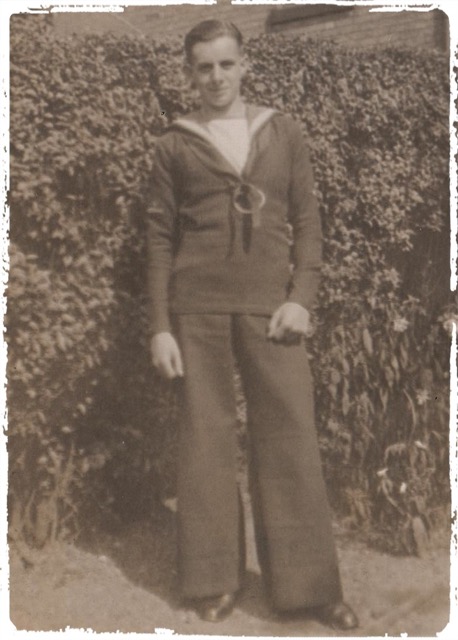
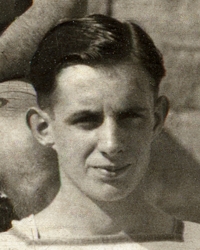
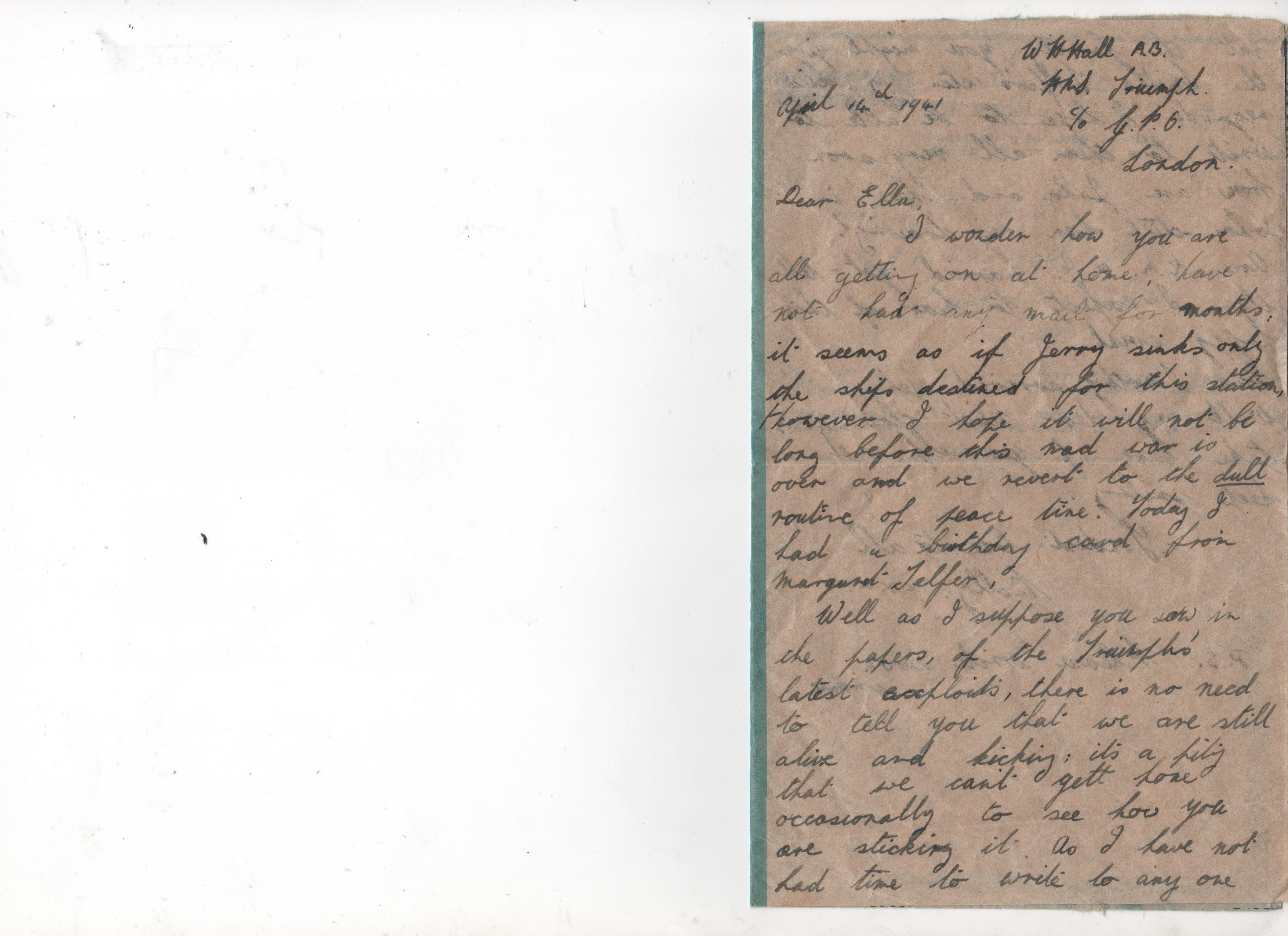
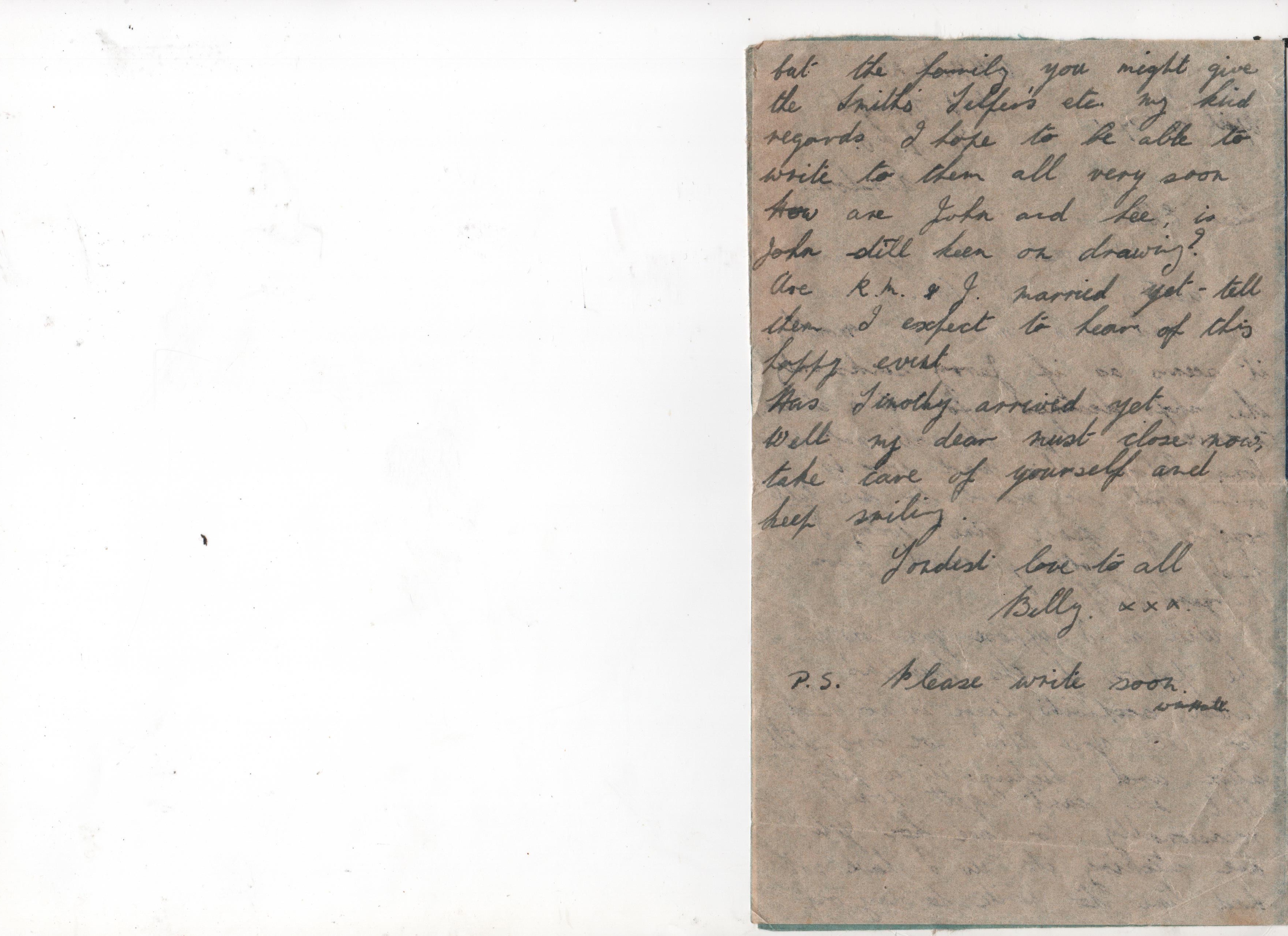
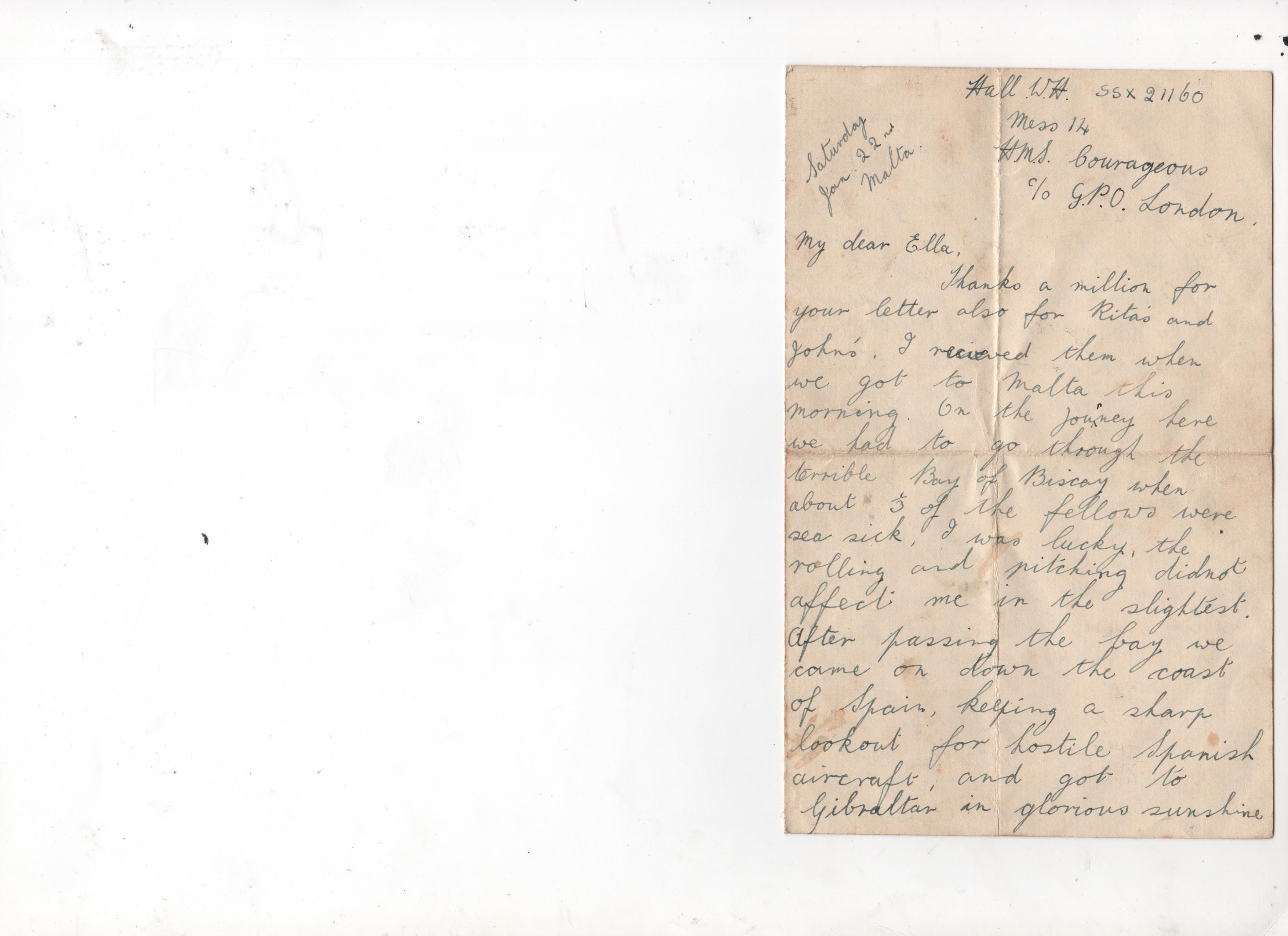
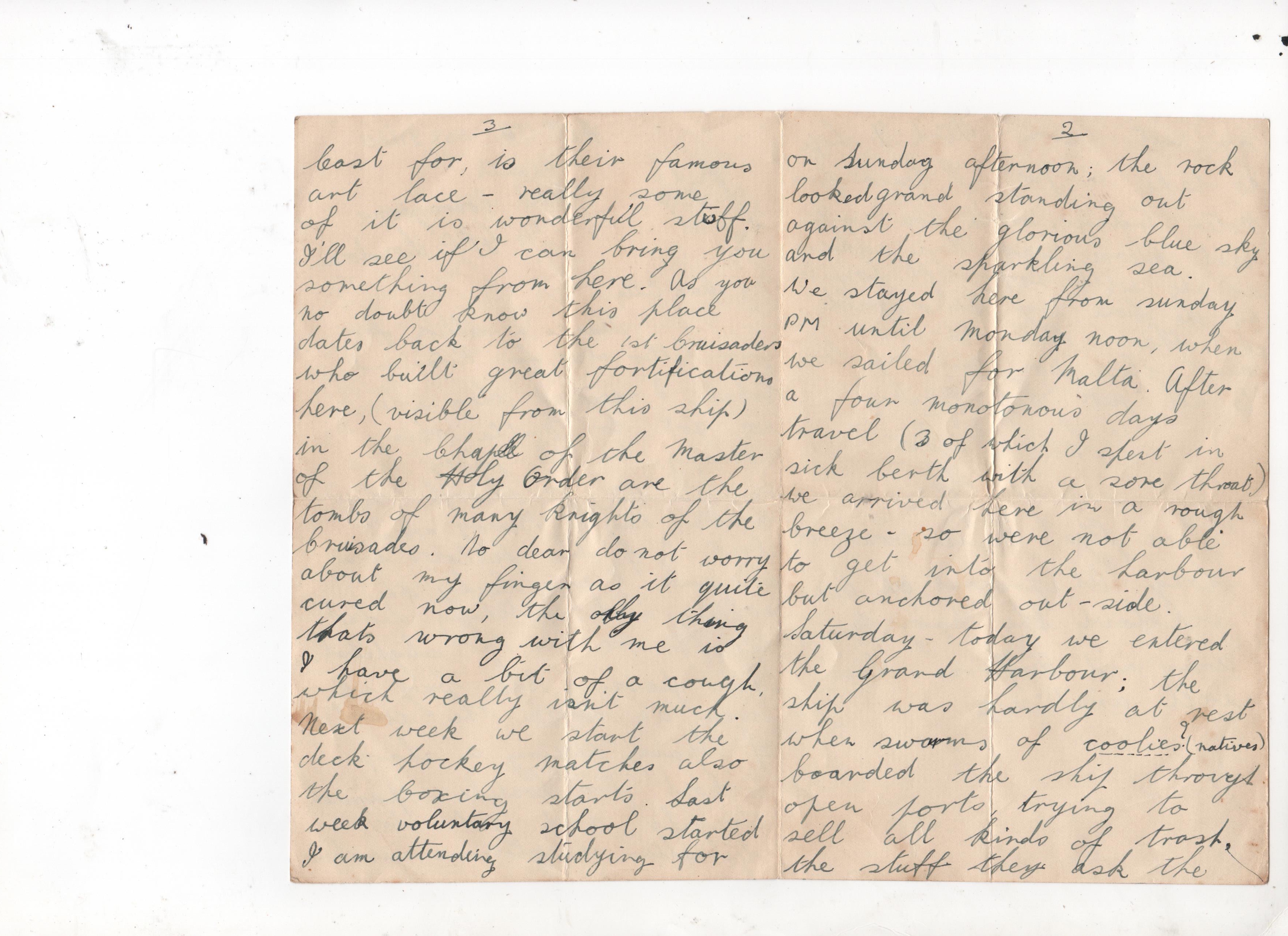
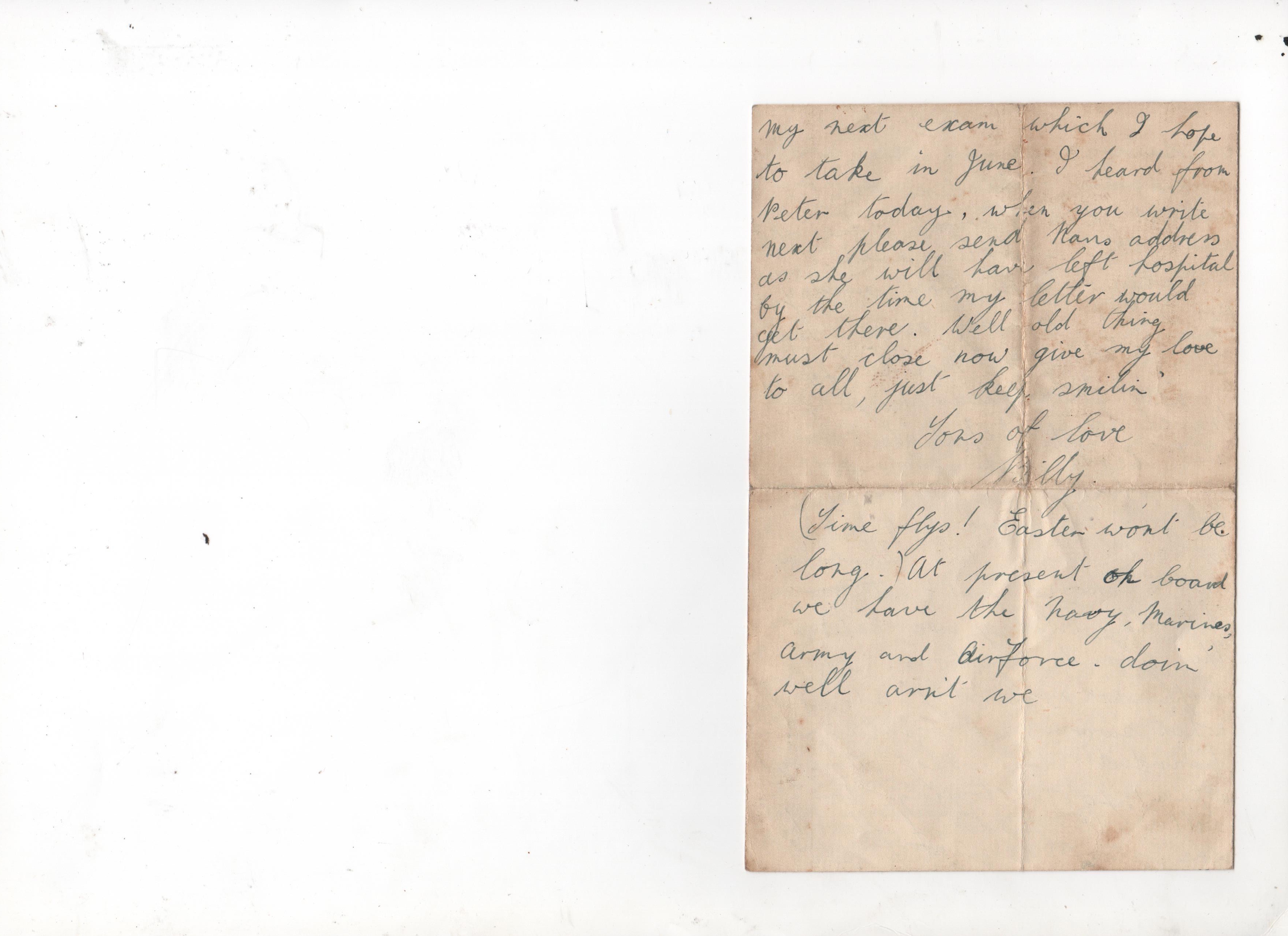
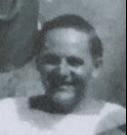
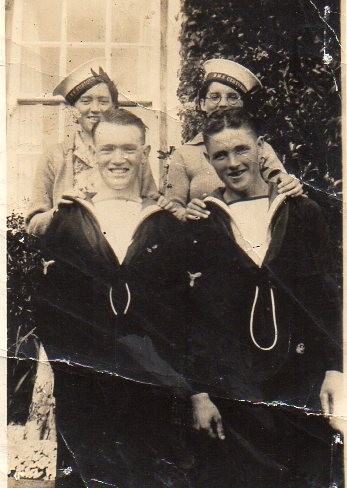
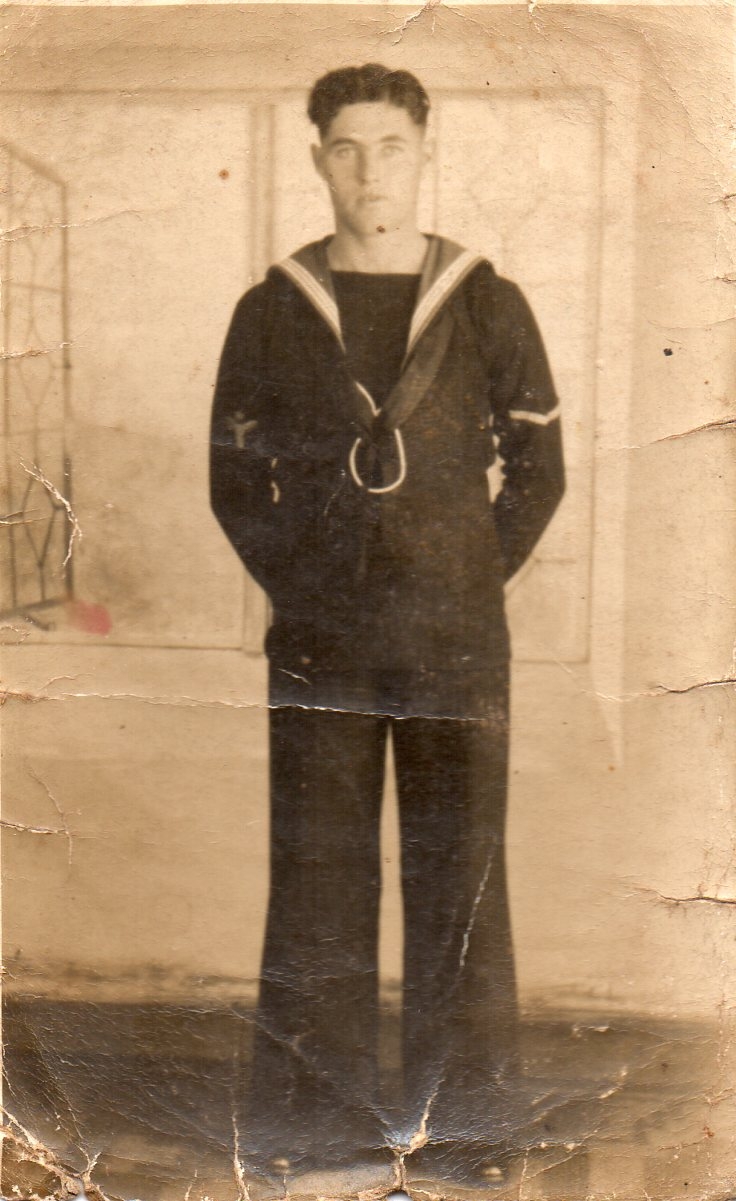
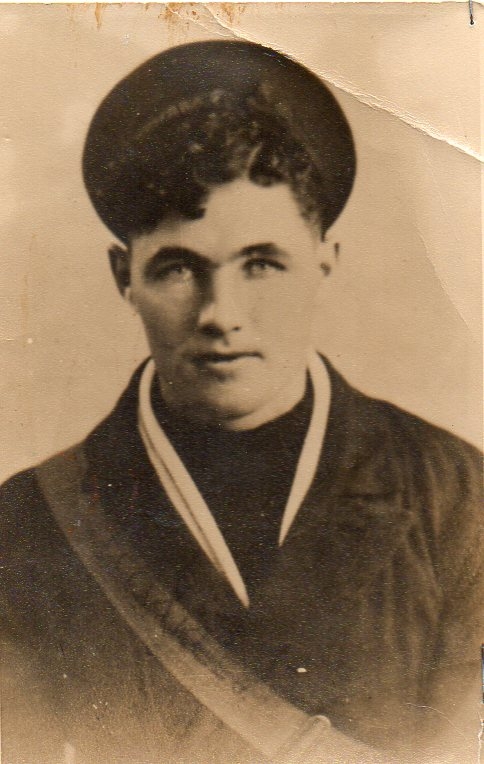

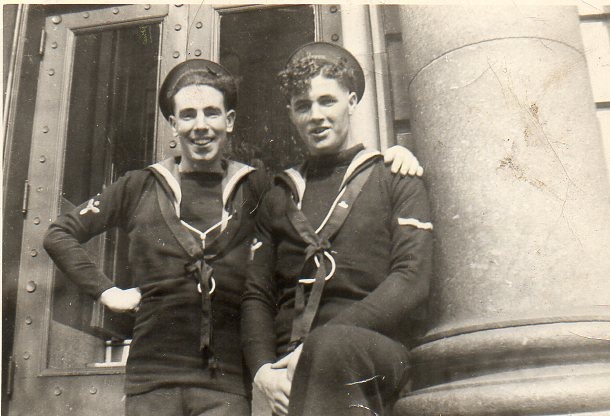
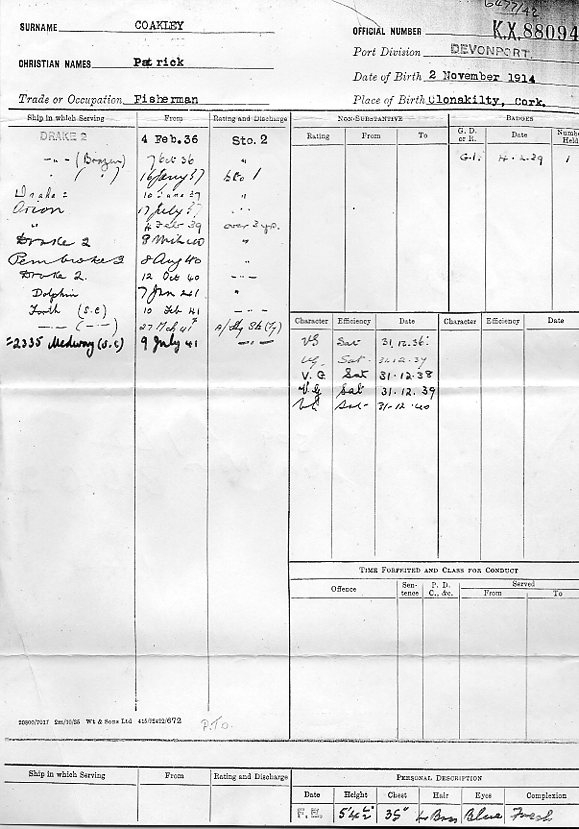
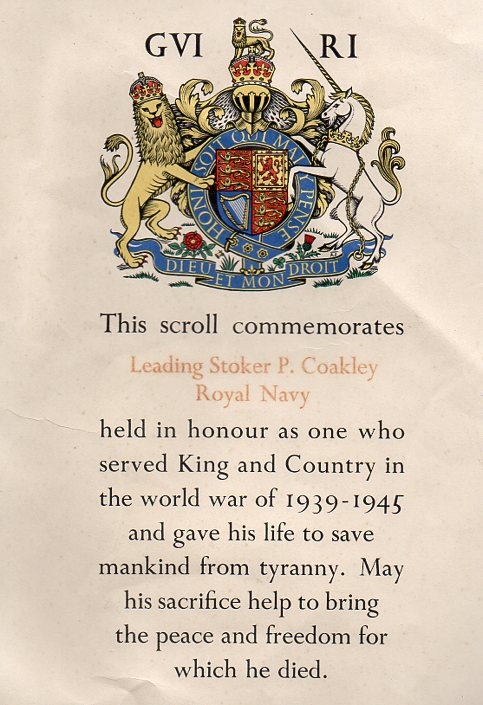
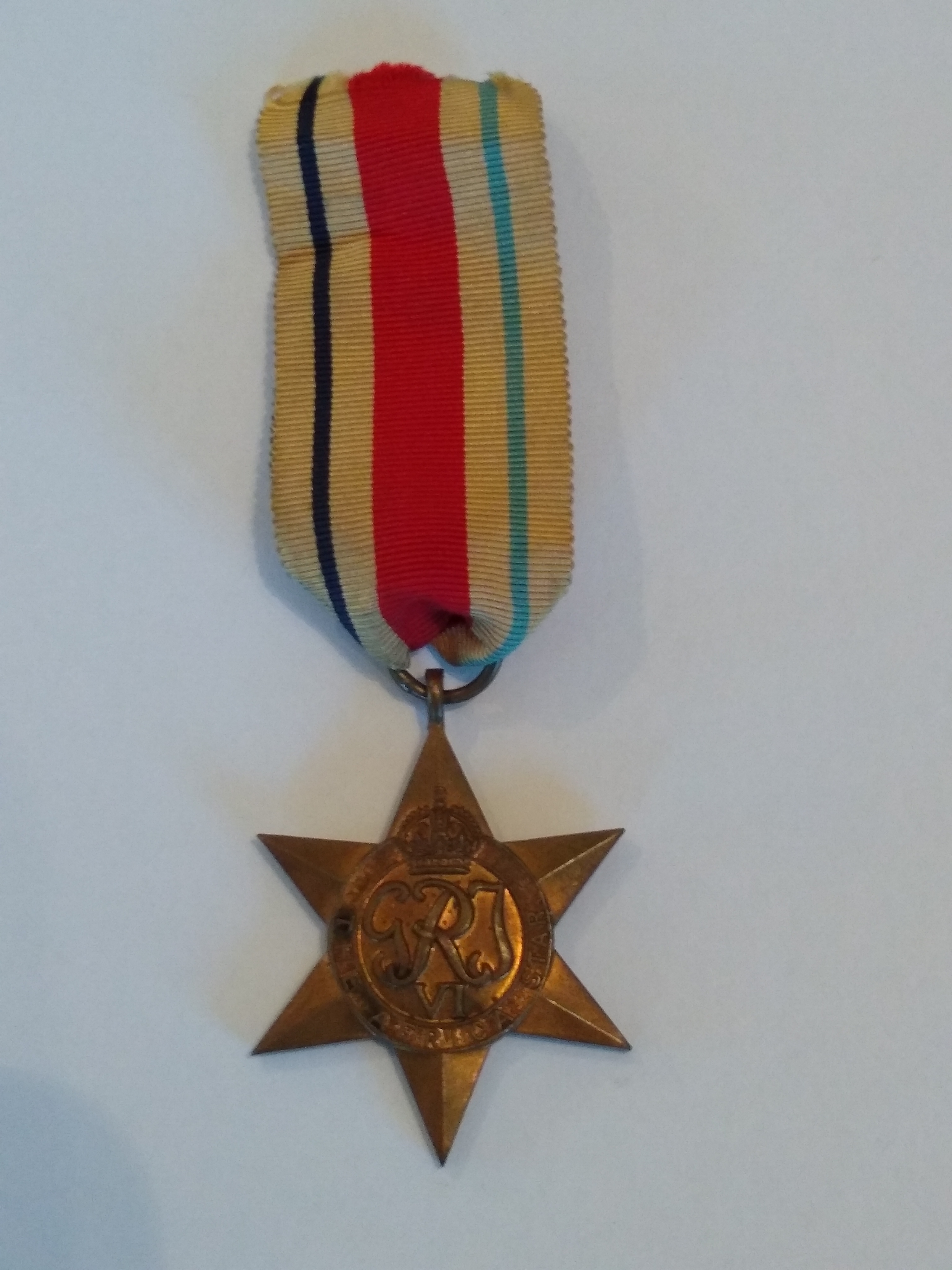
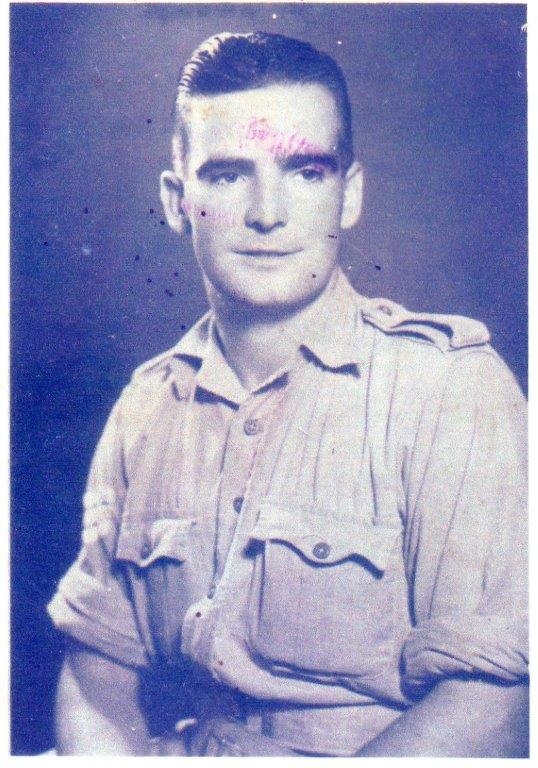
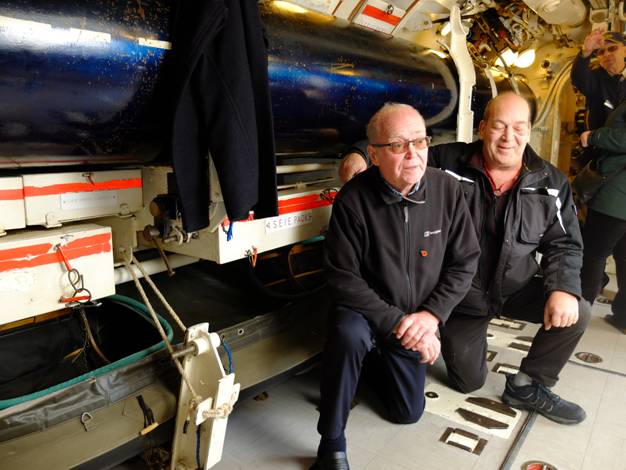
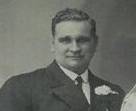
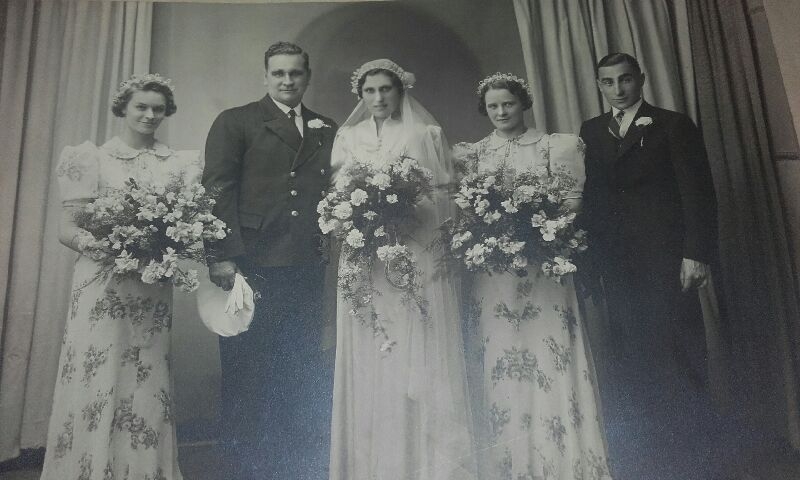
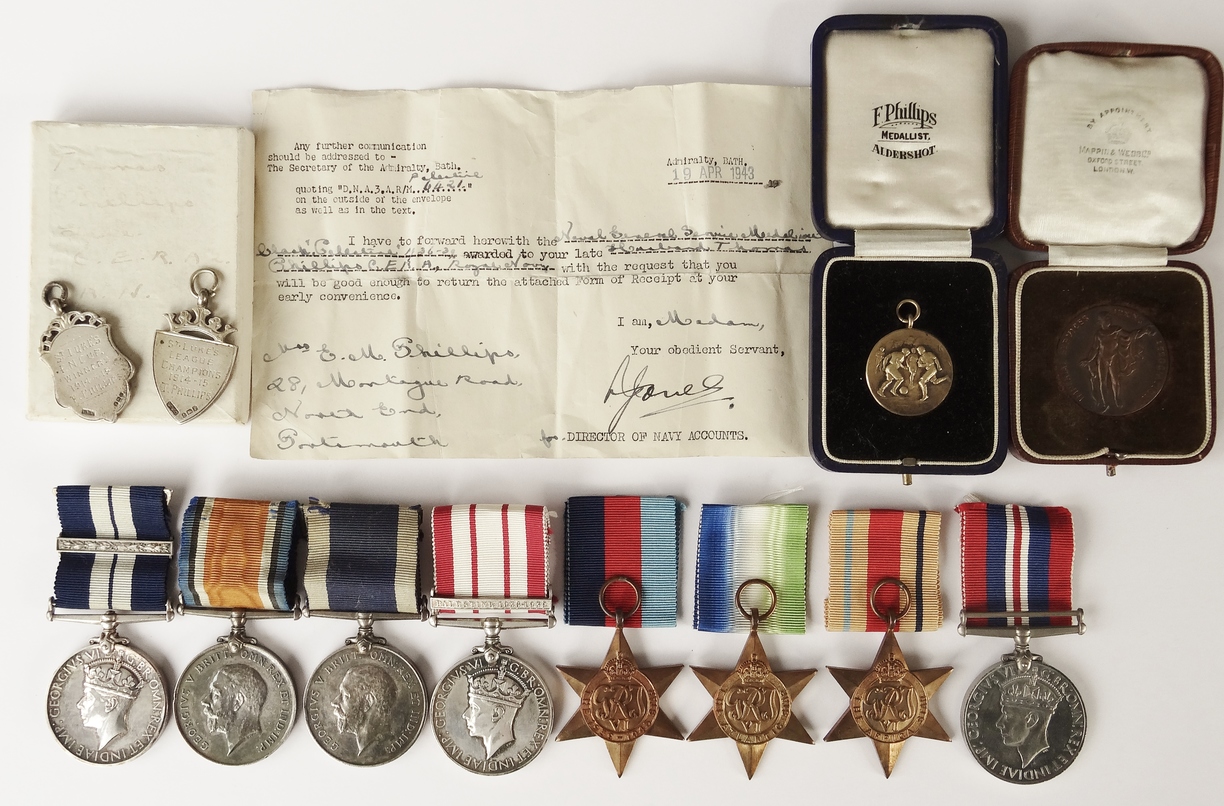
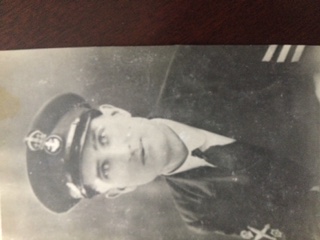
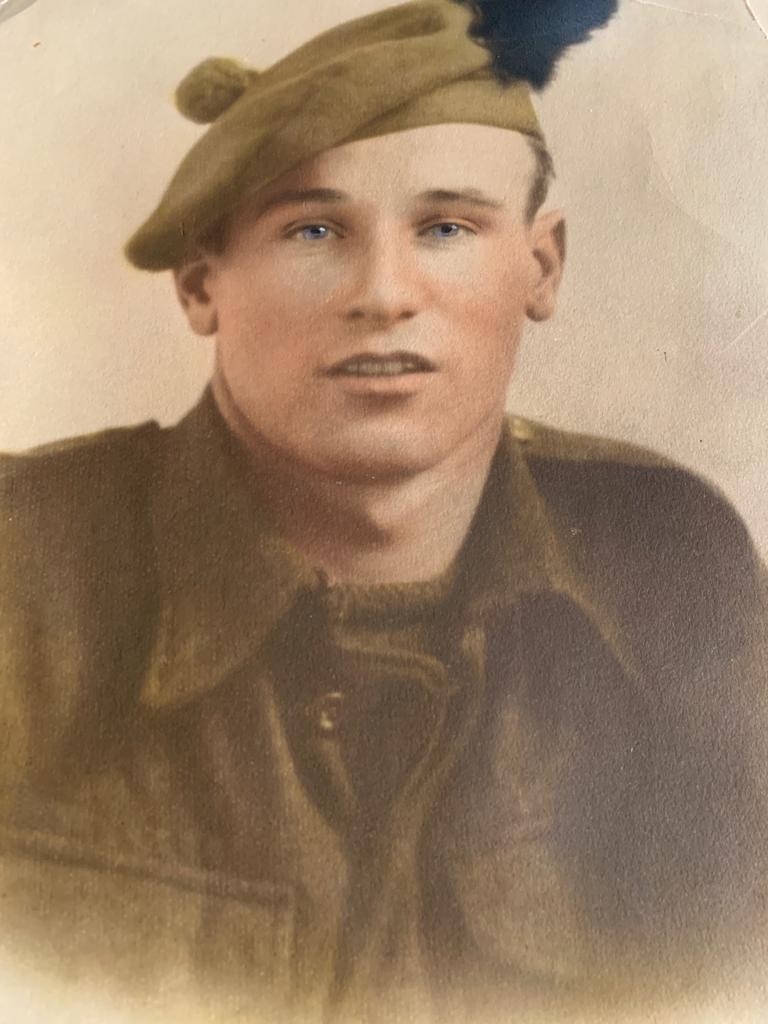
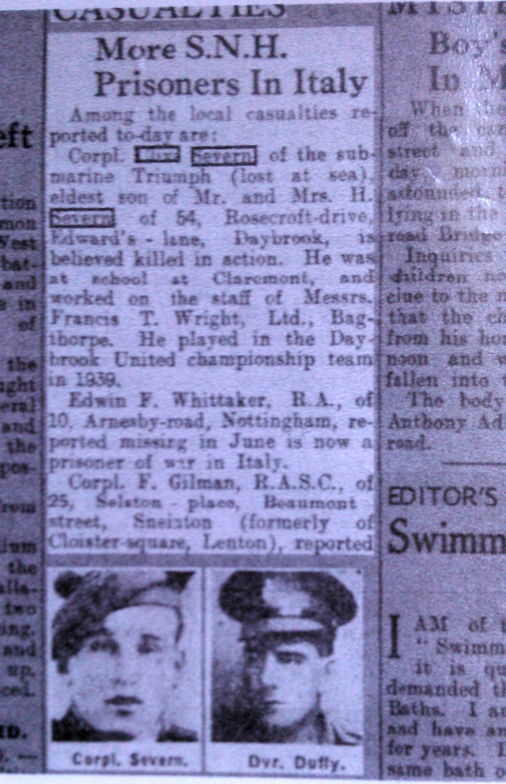
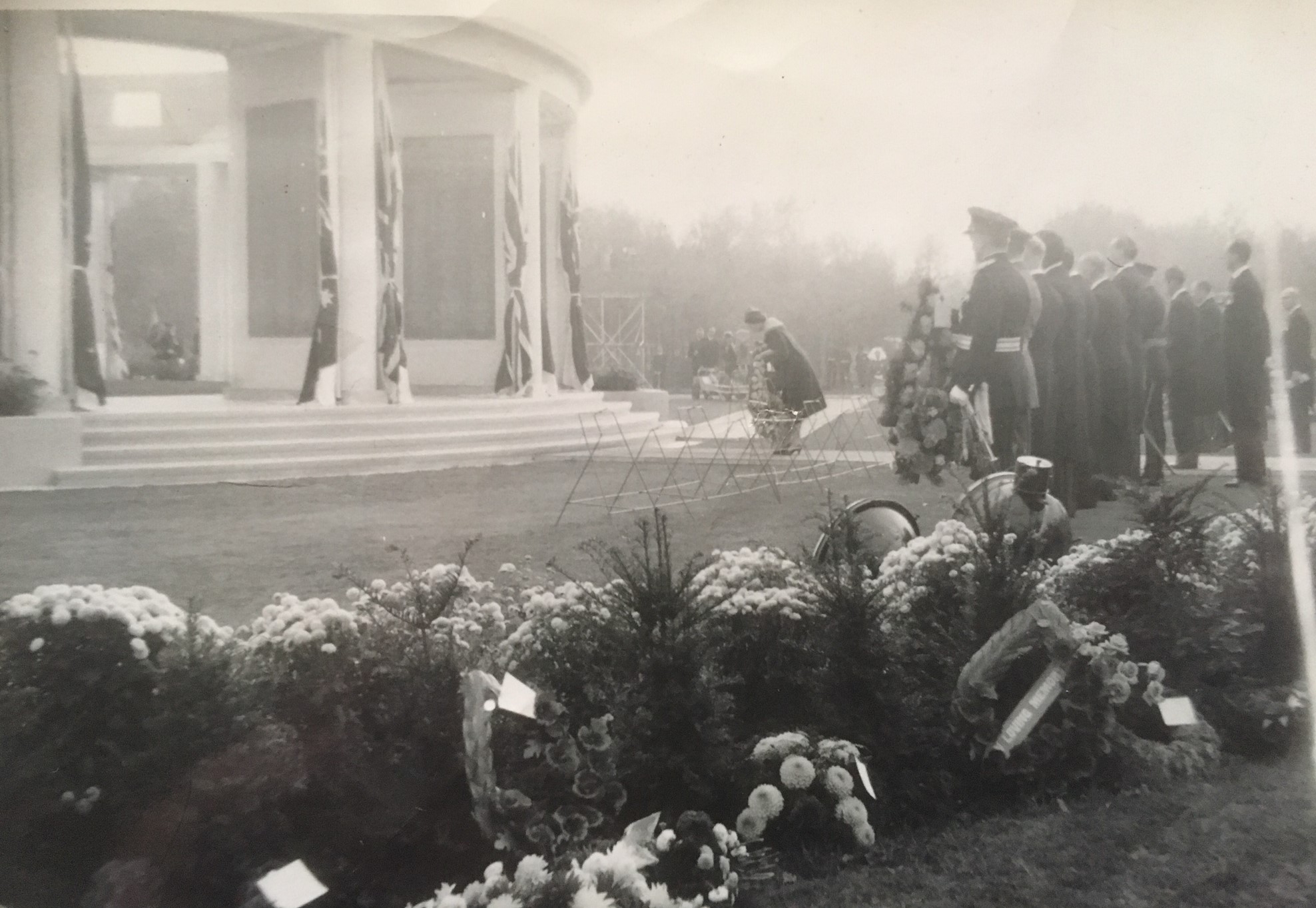
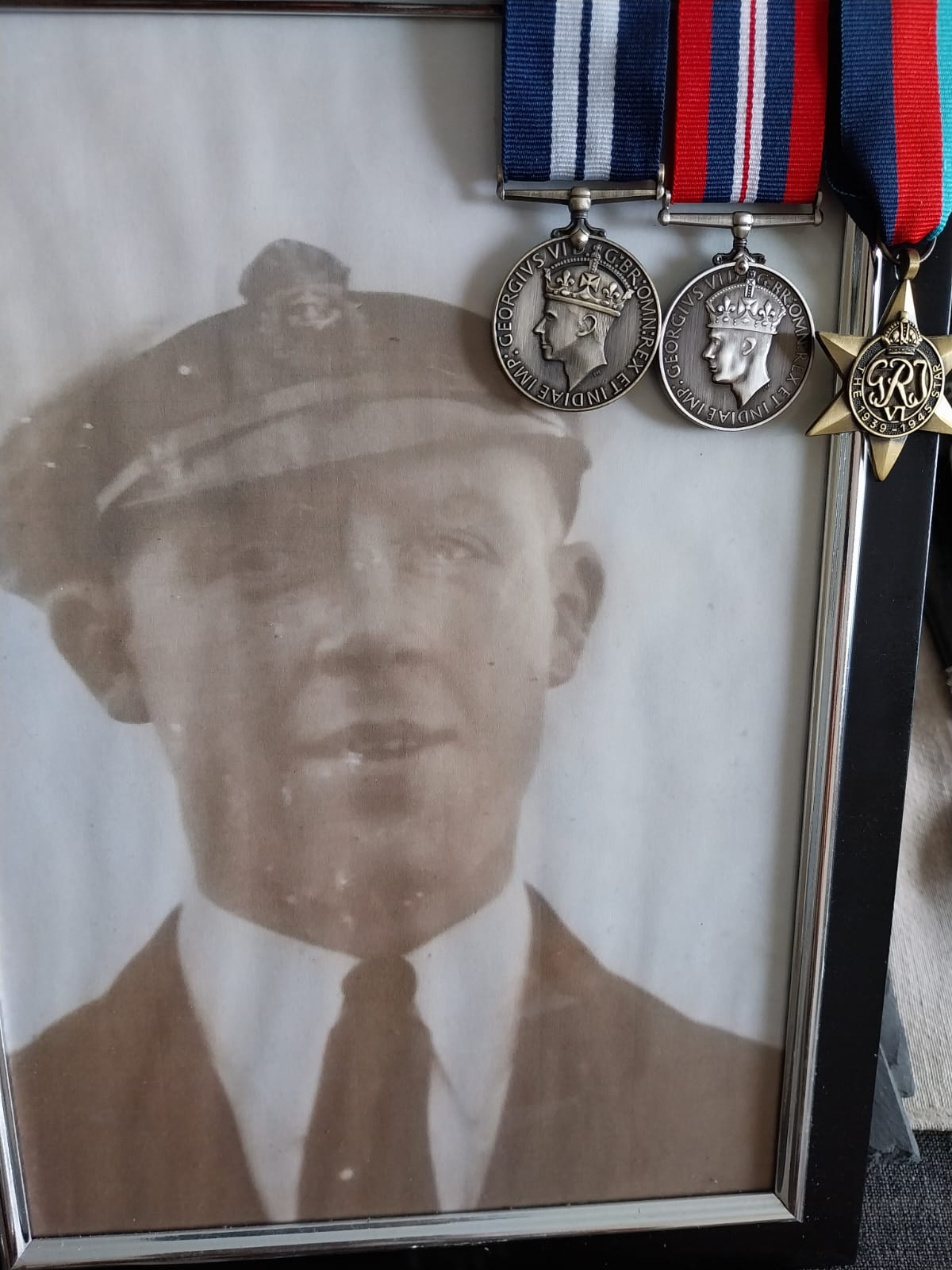
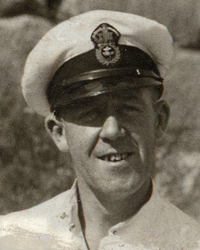
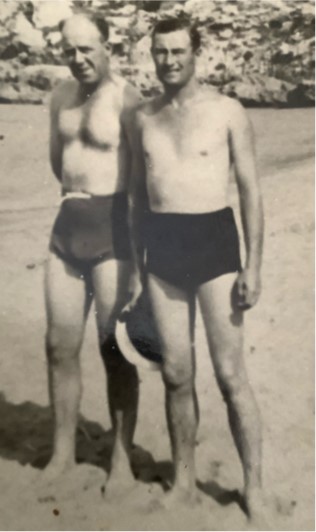
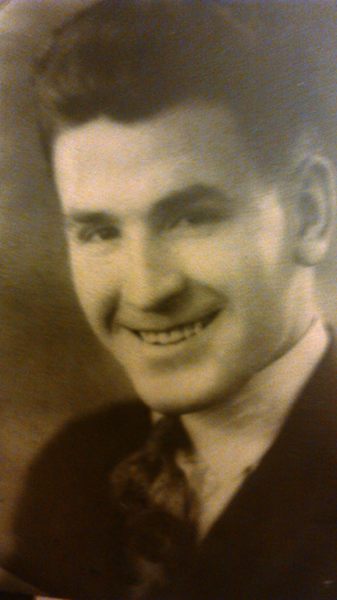
.jpg)
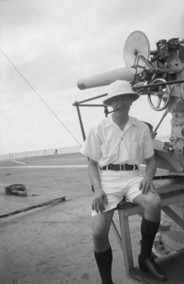
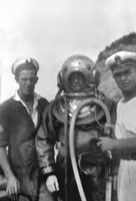
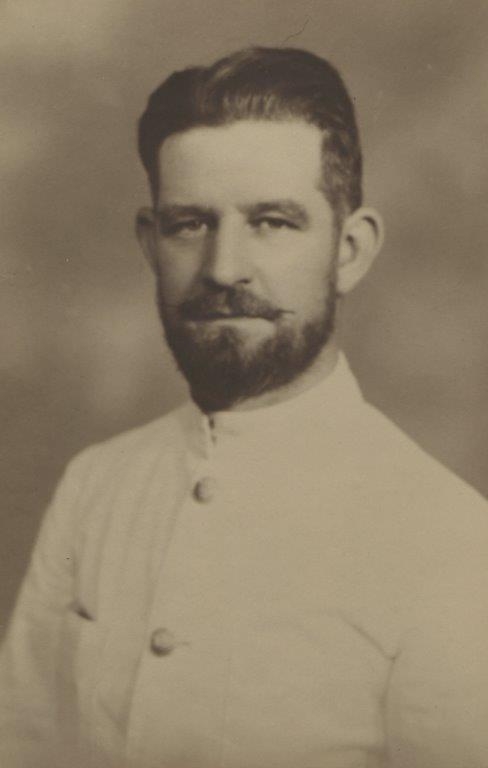
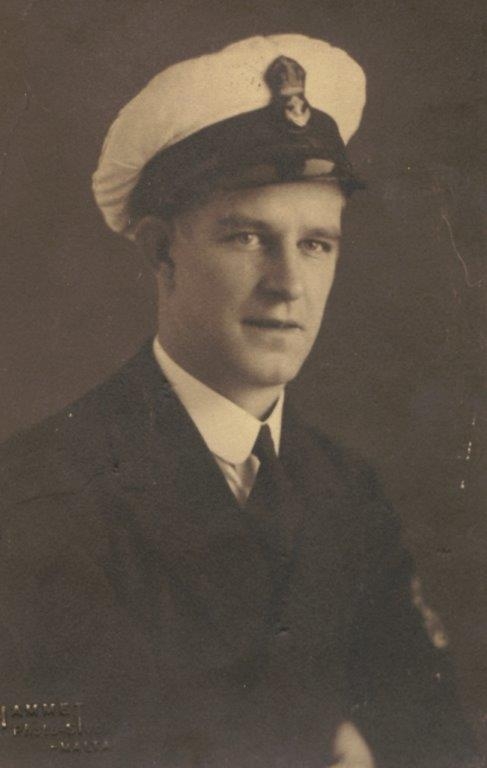
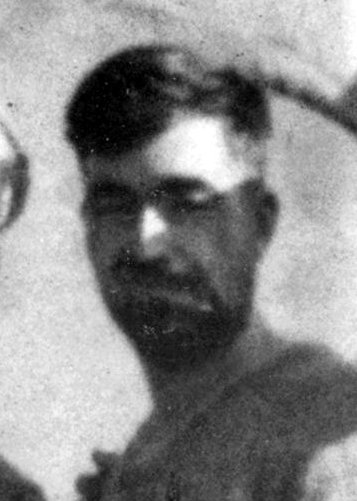
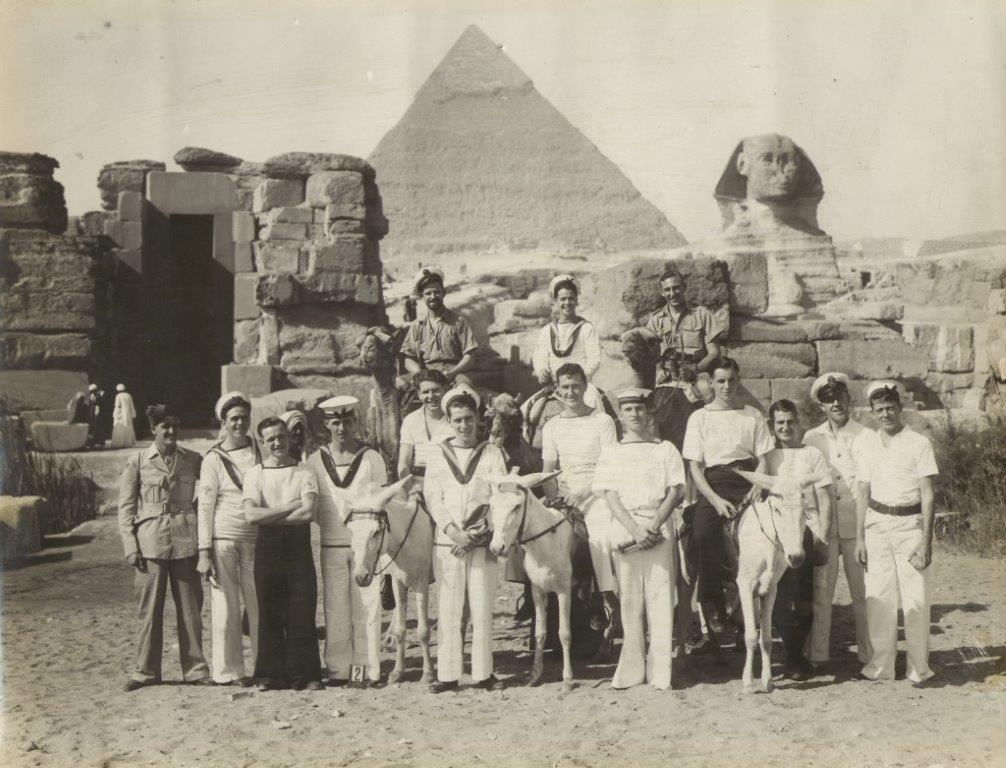
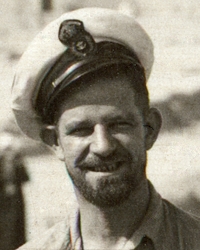
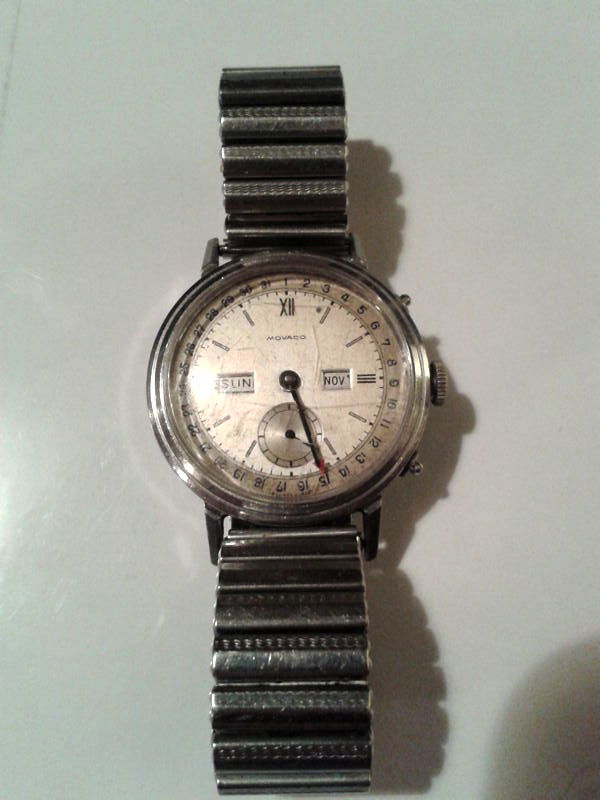
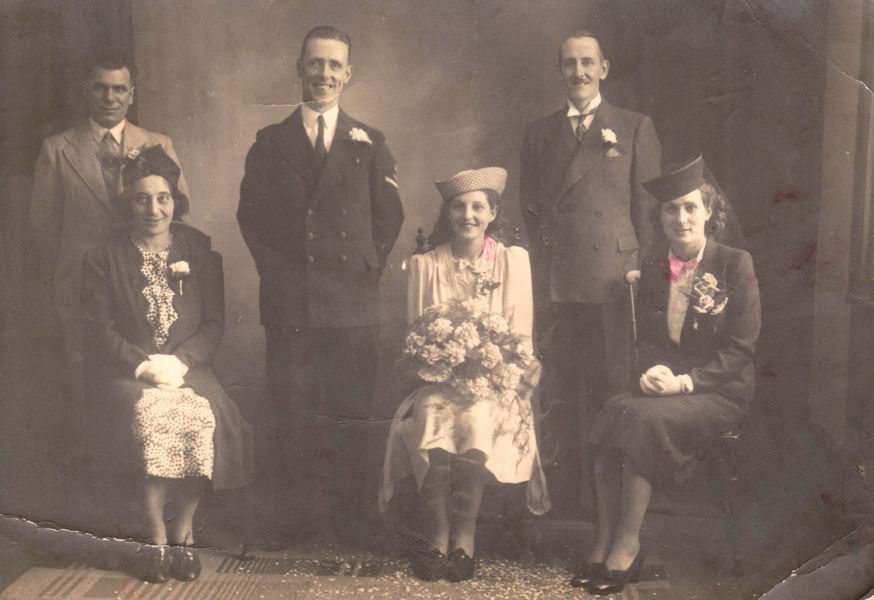
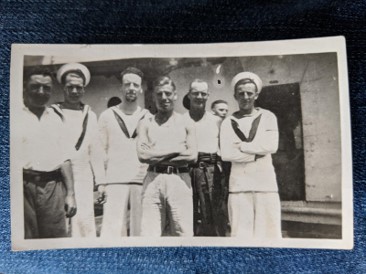
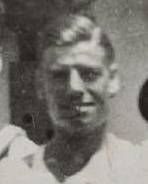
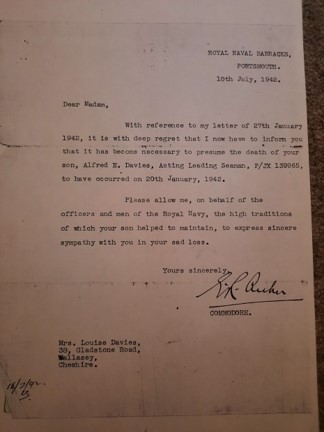
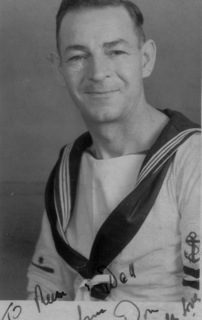
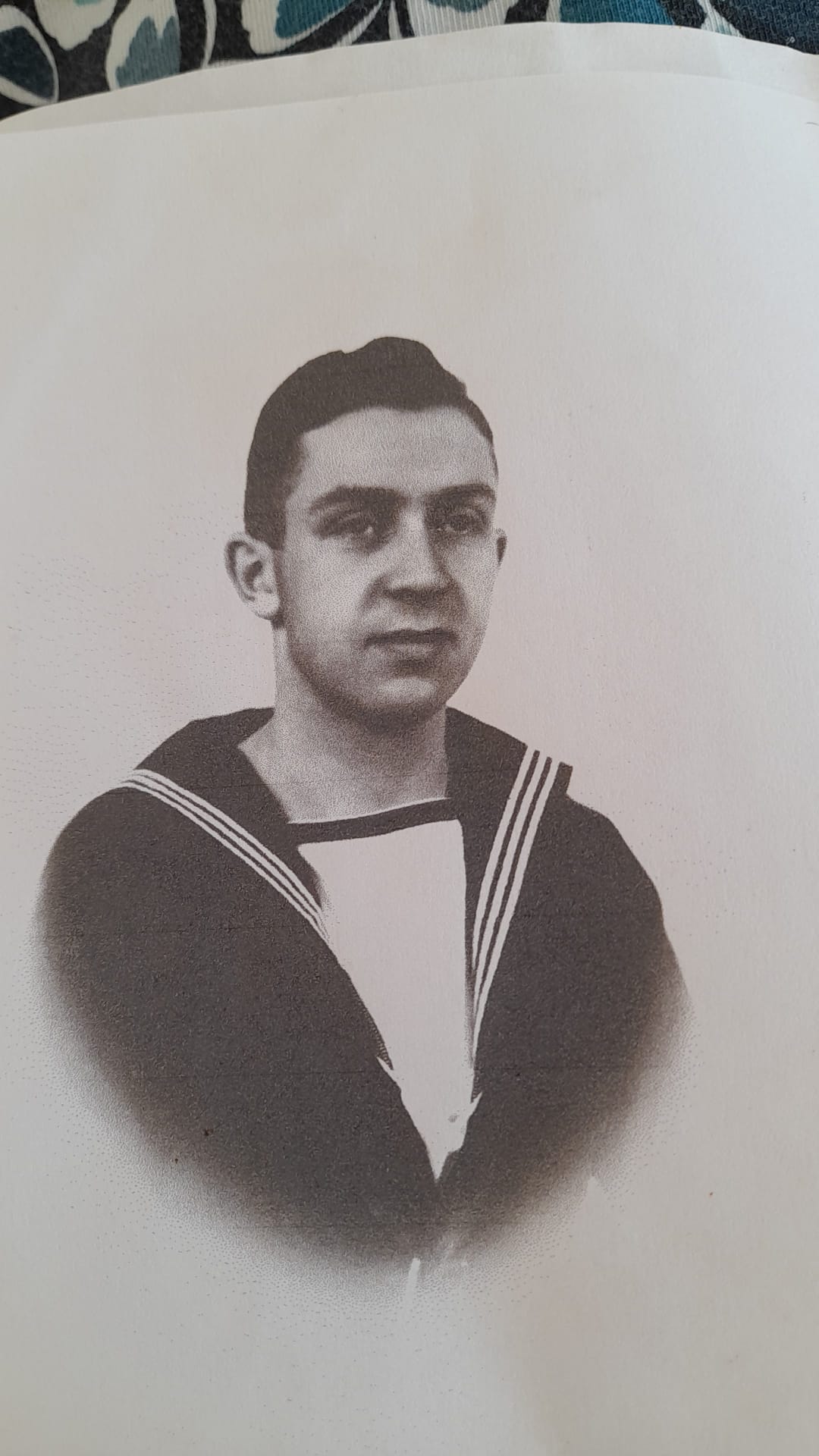
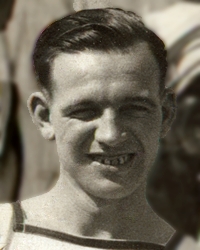
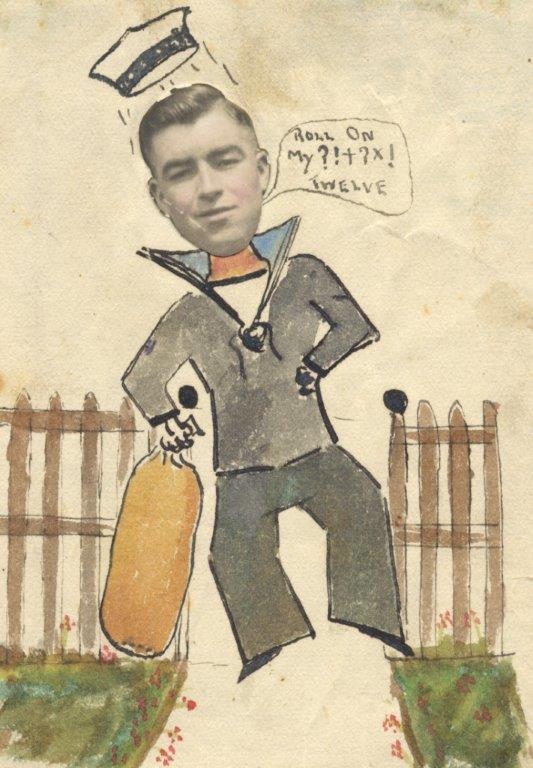
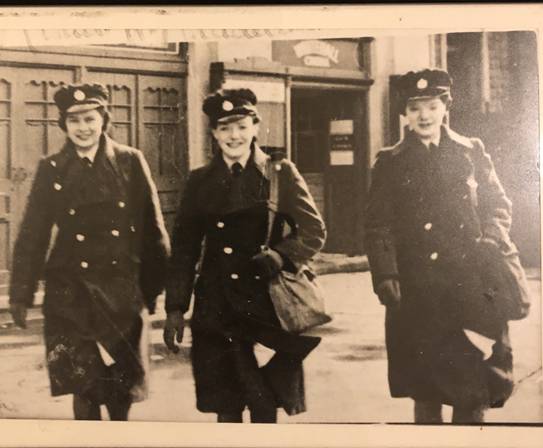
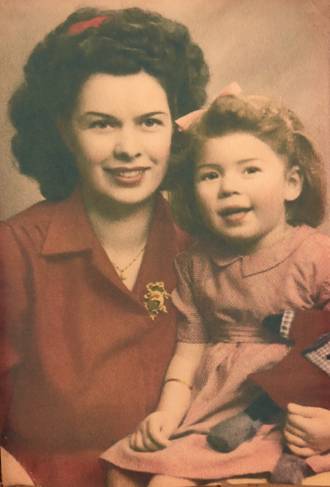
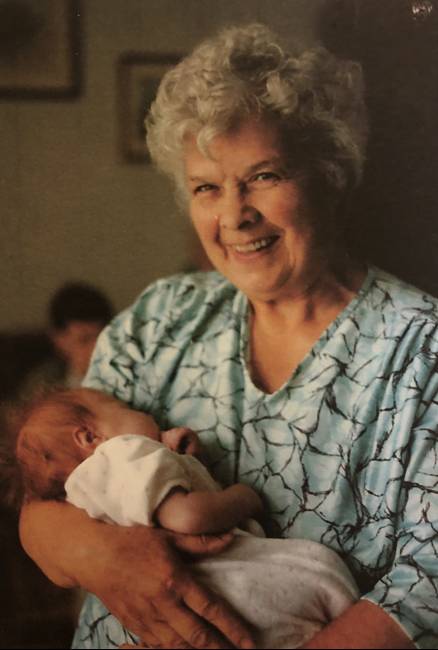
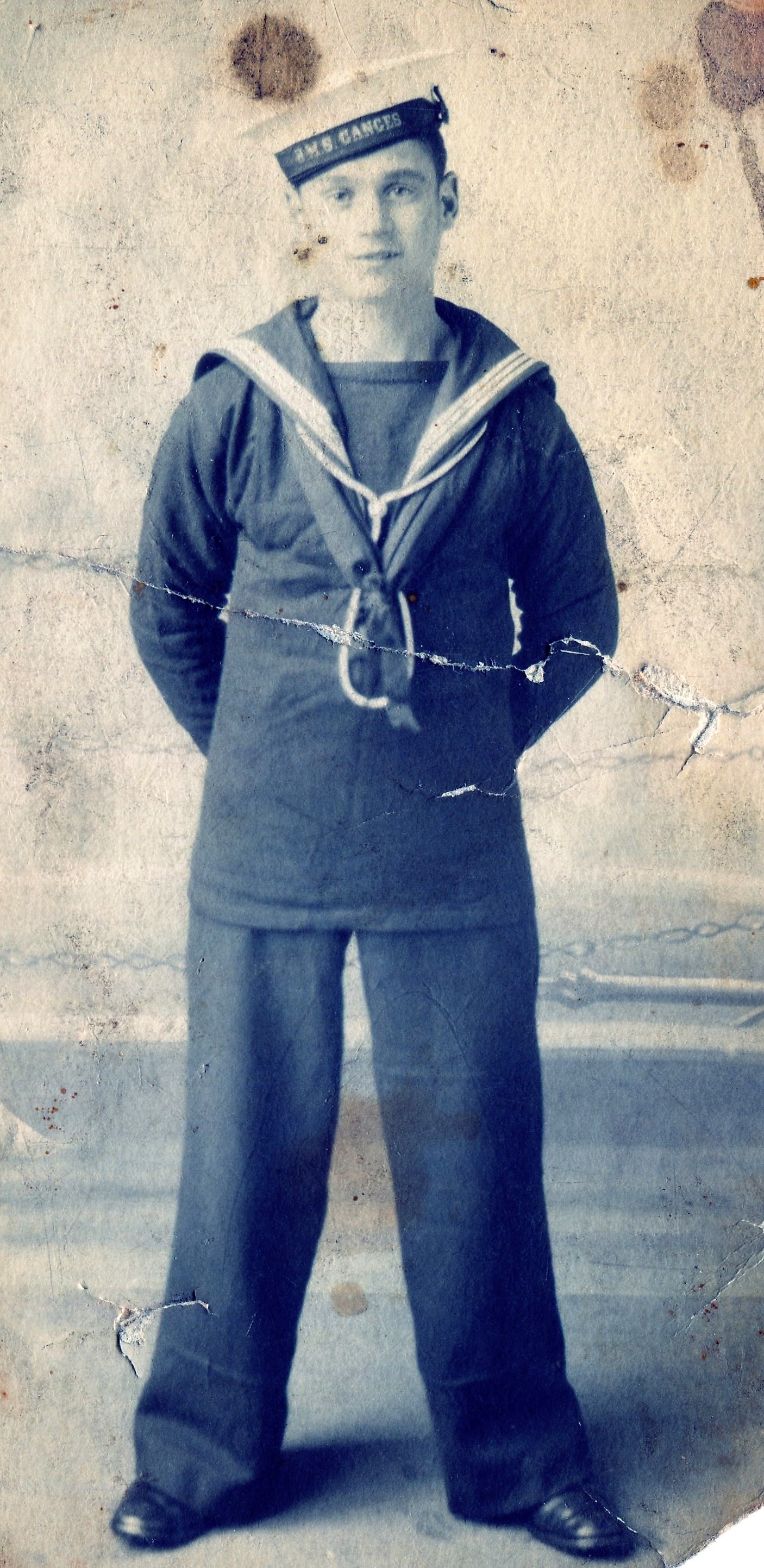
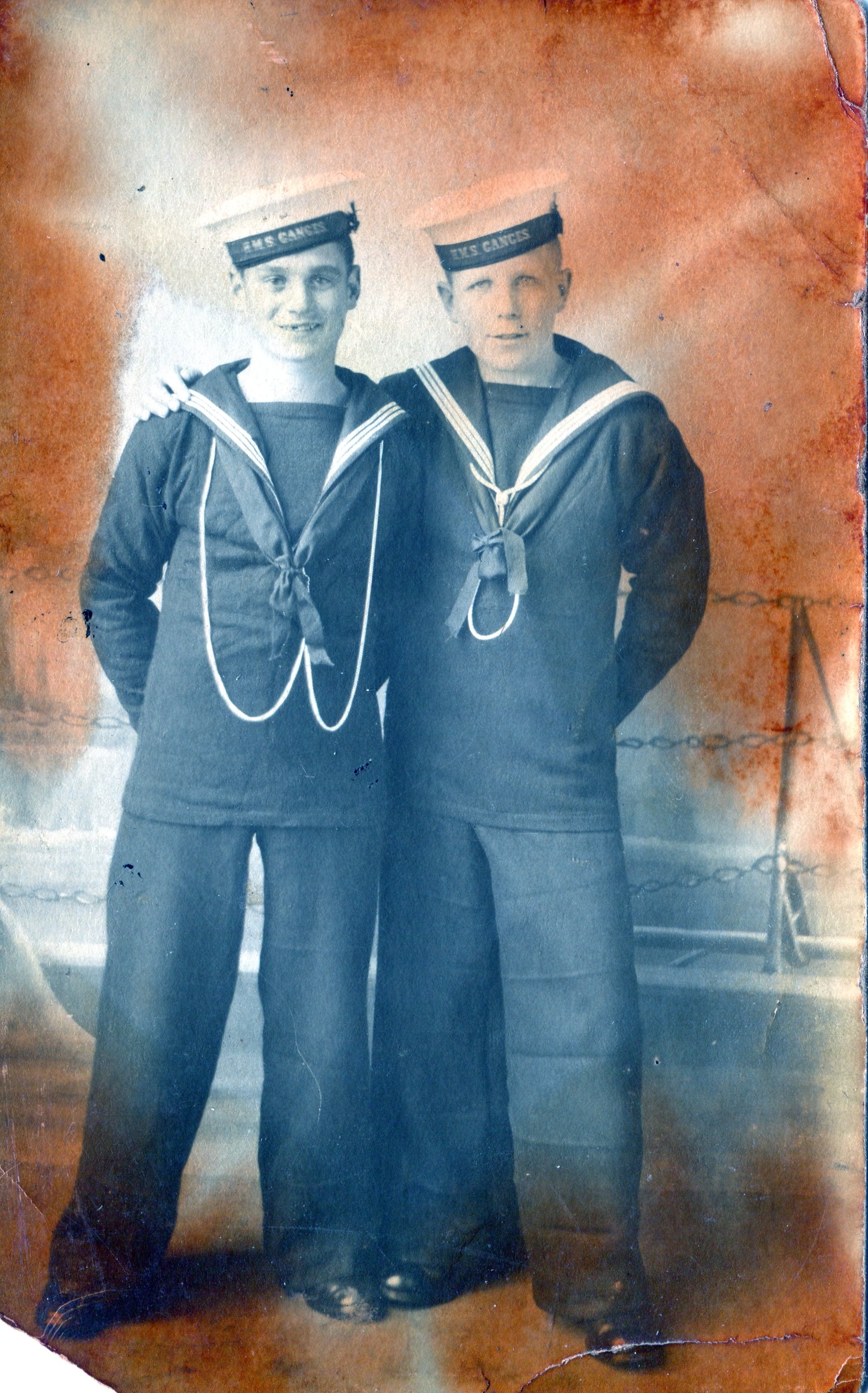
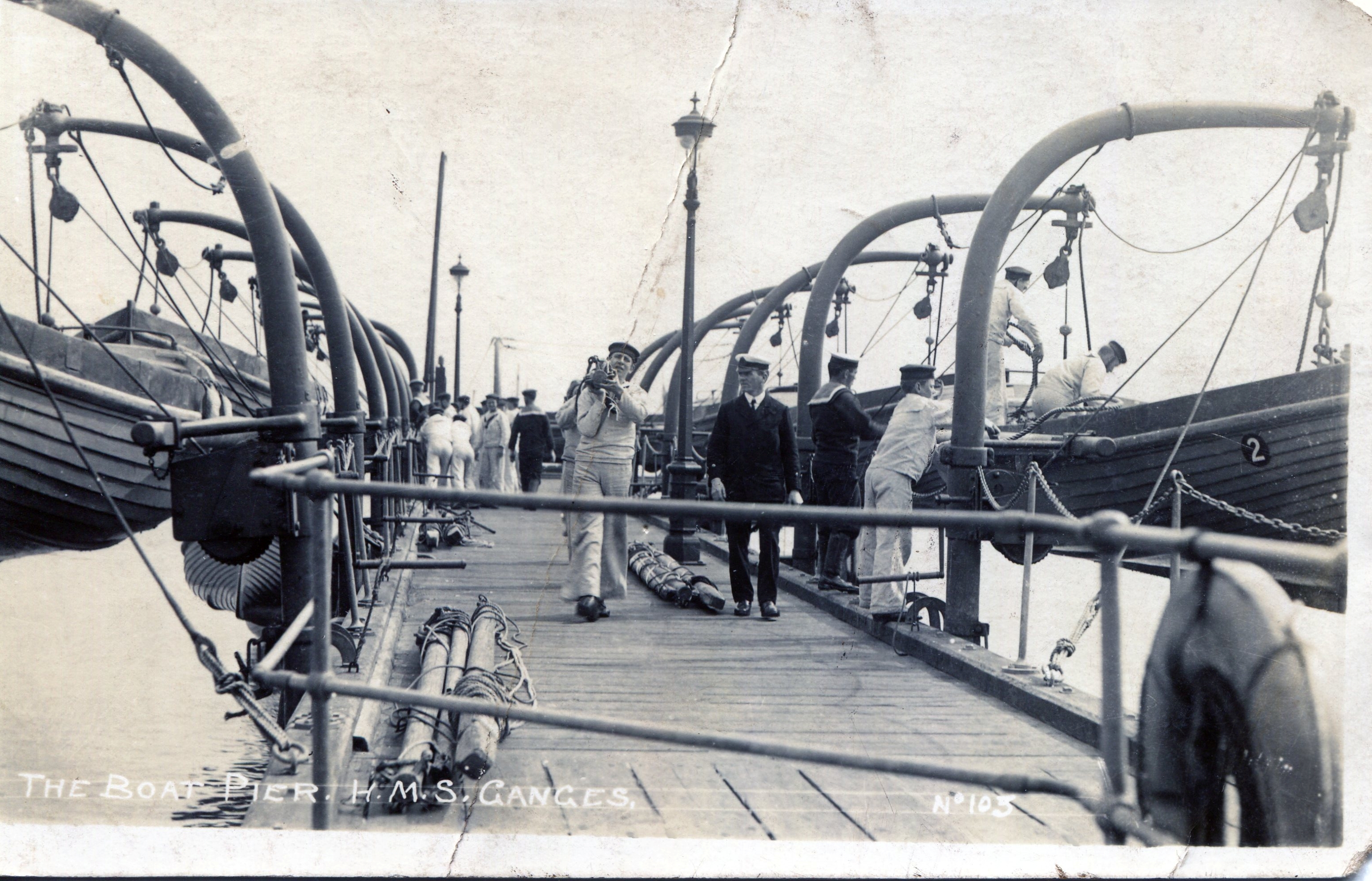
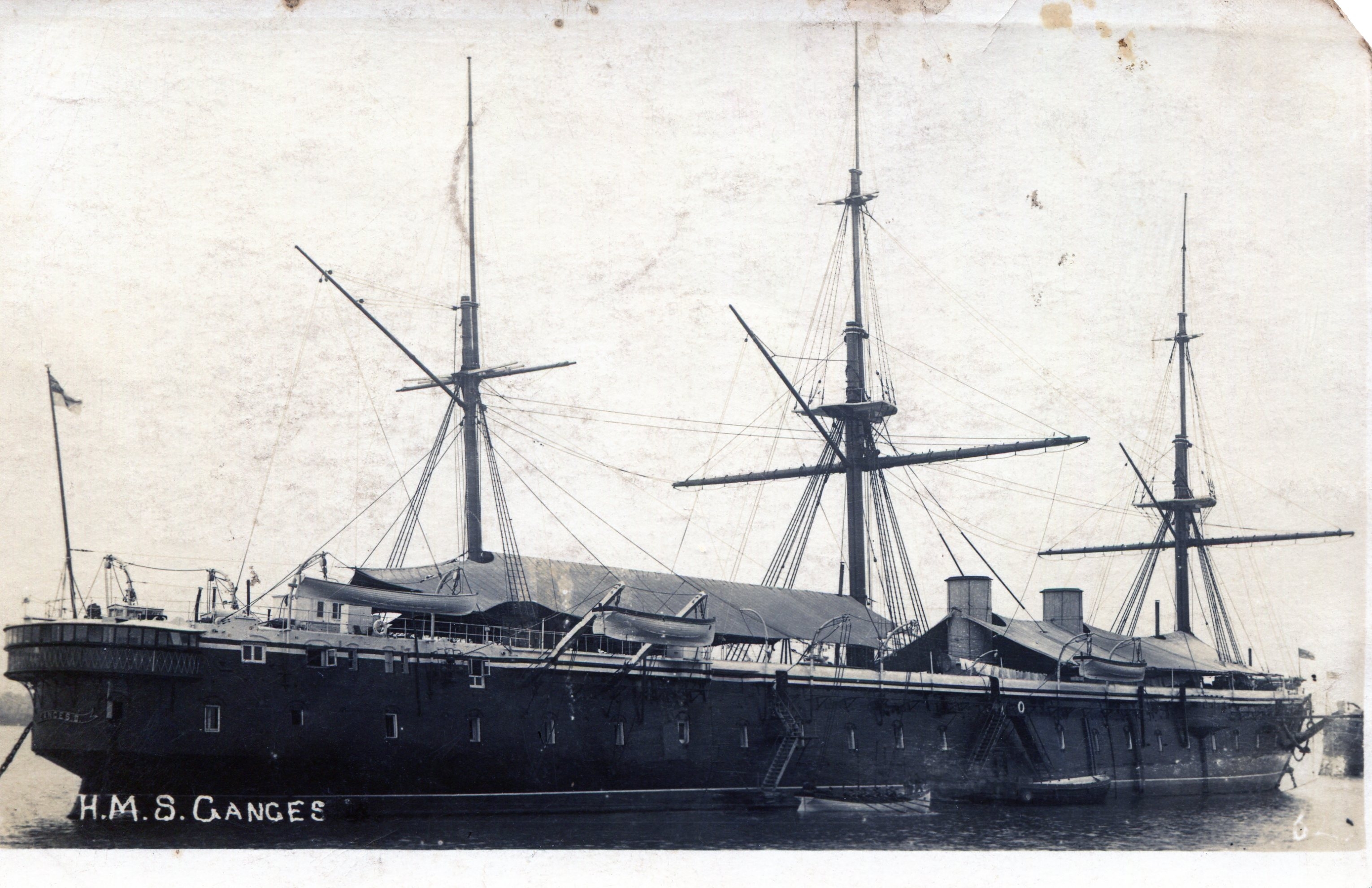
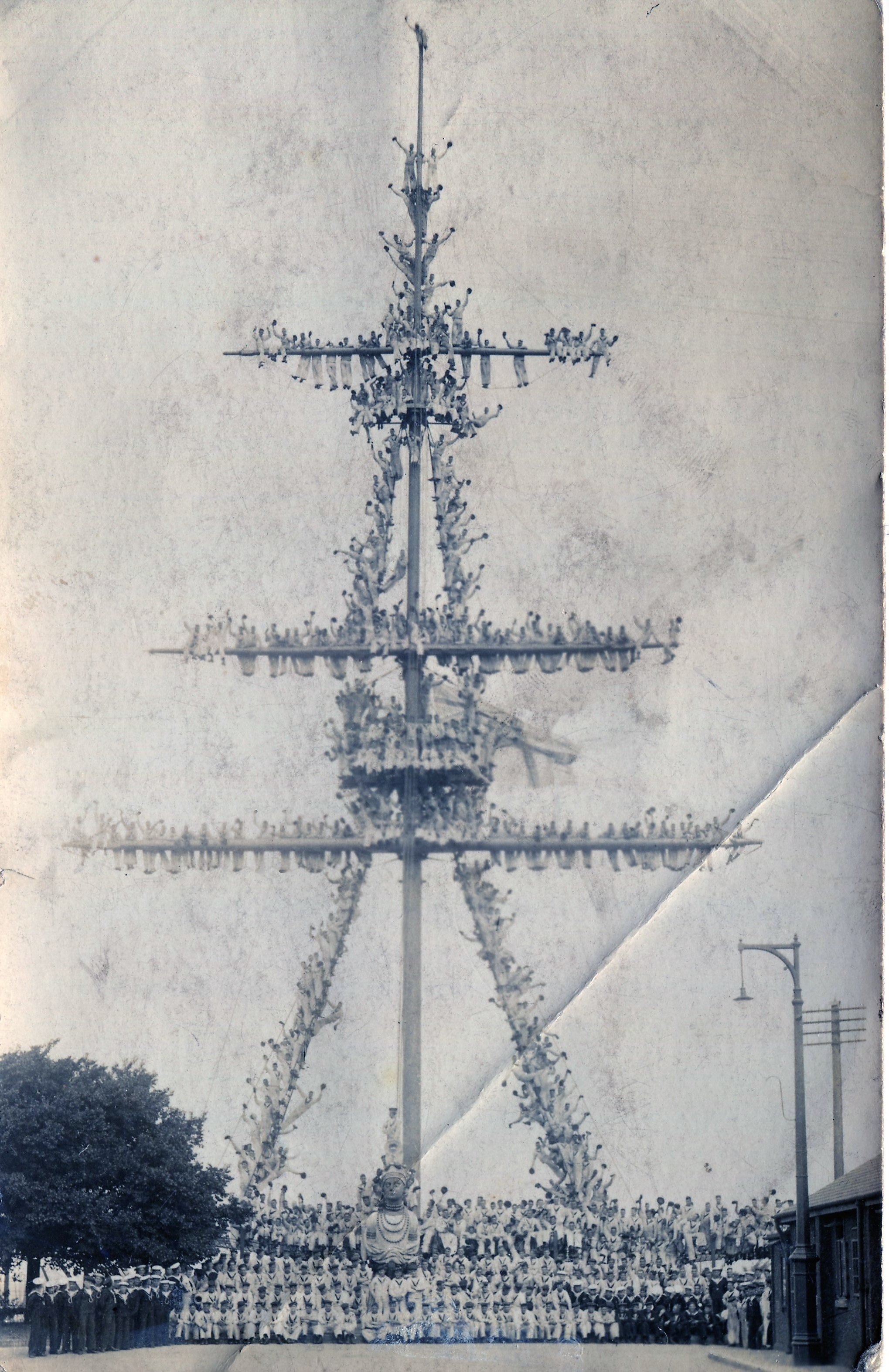
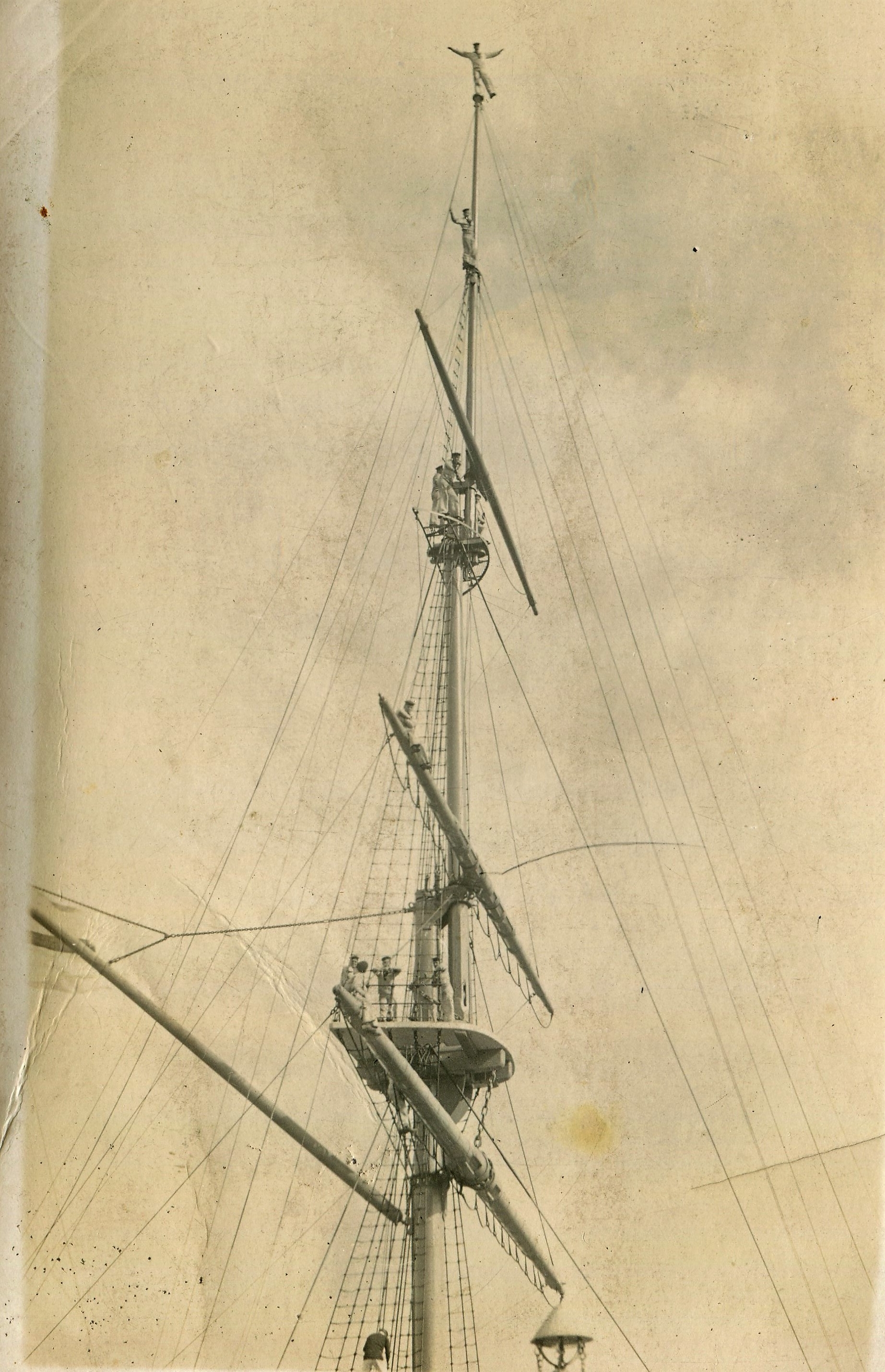
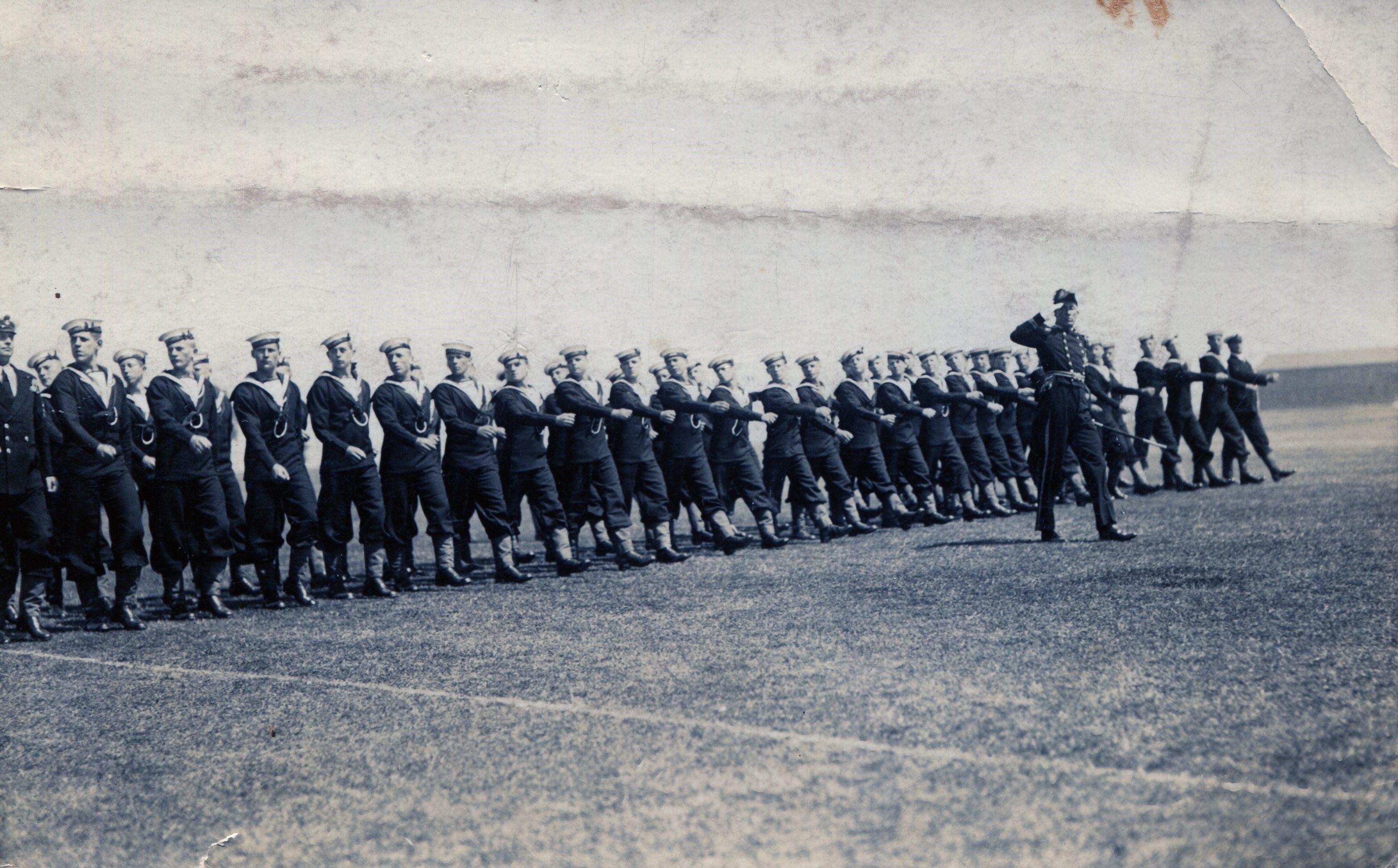
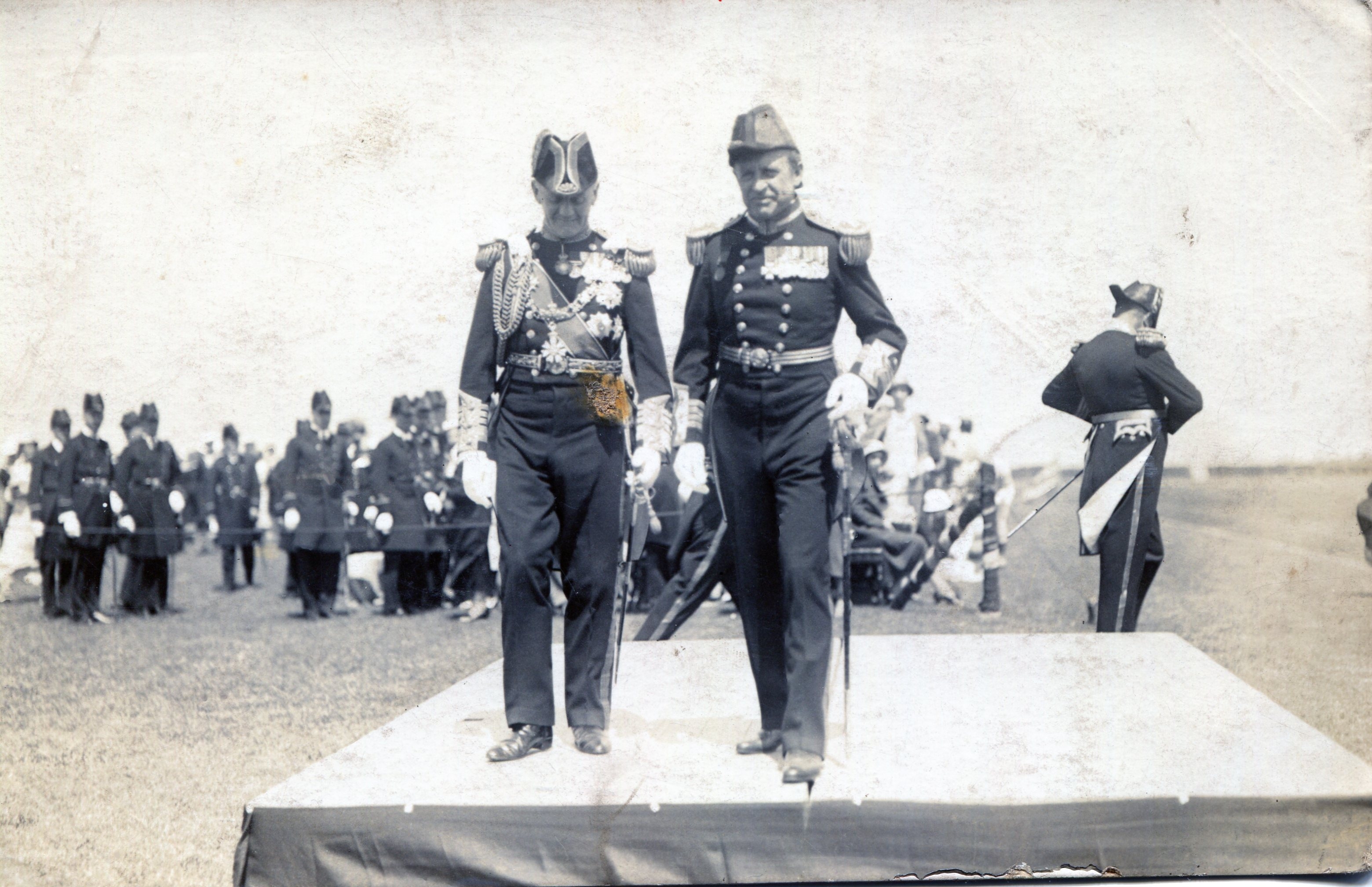
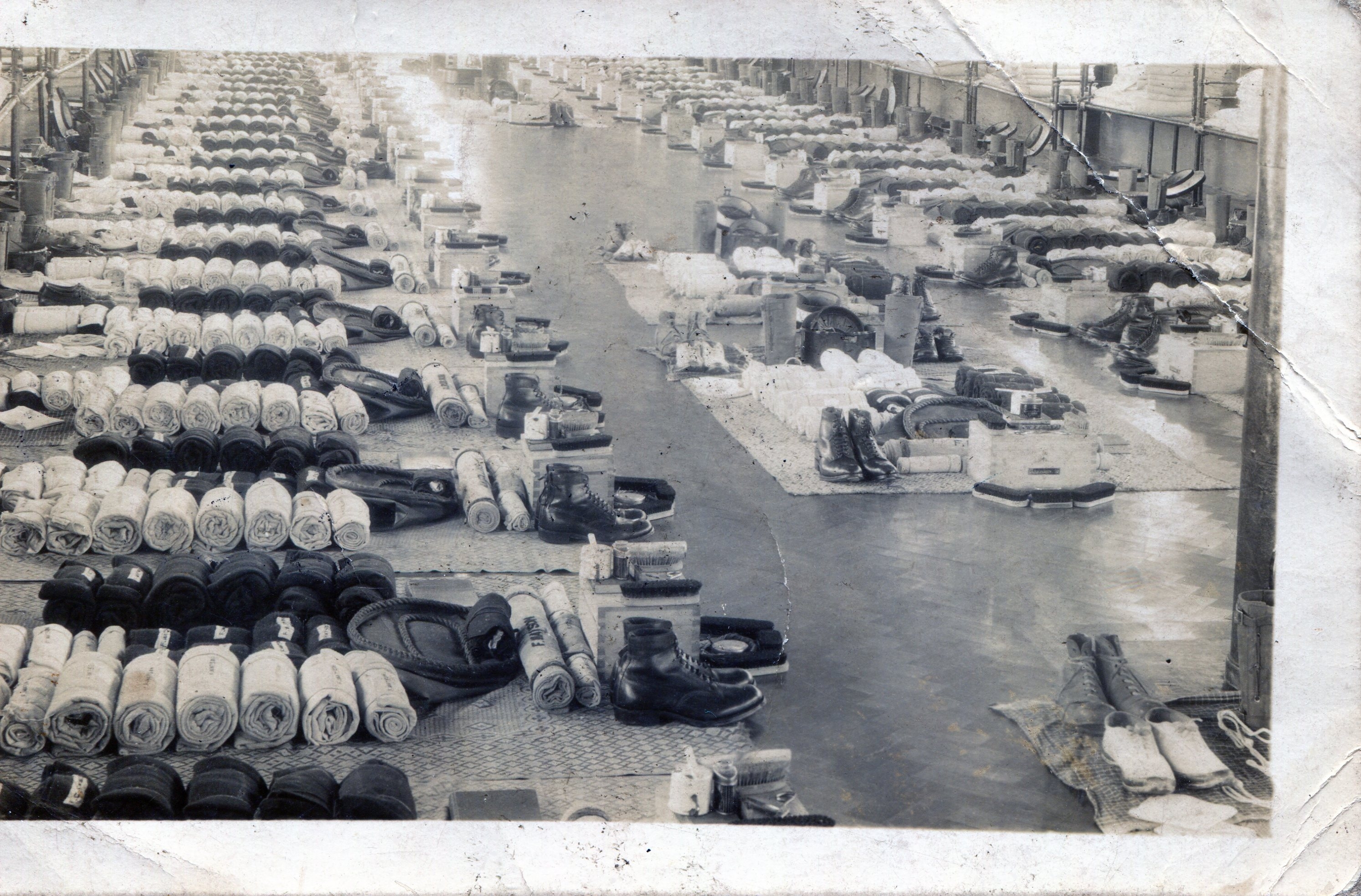
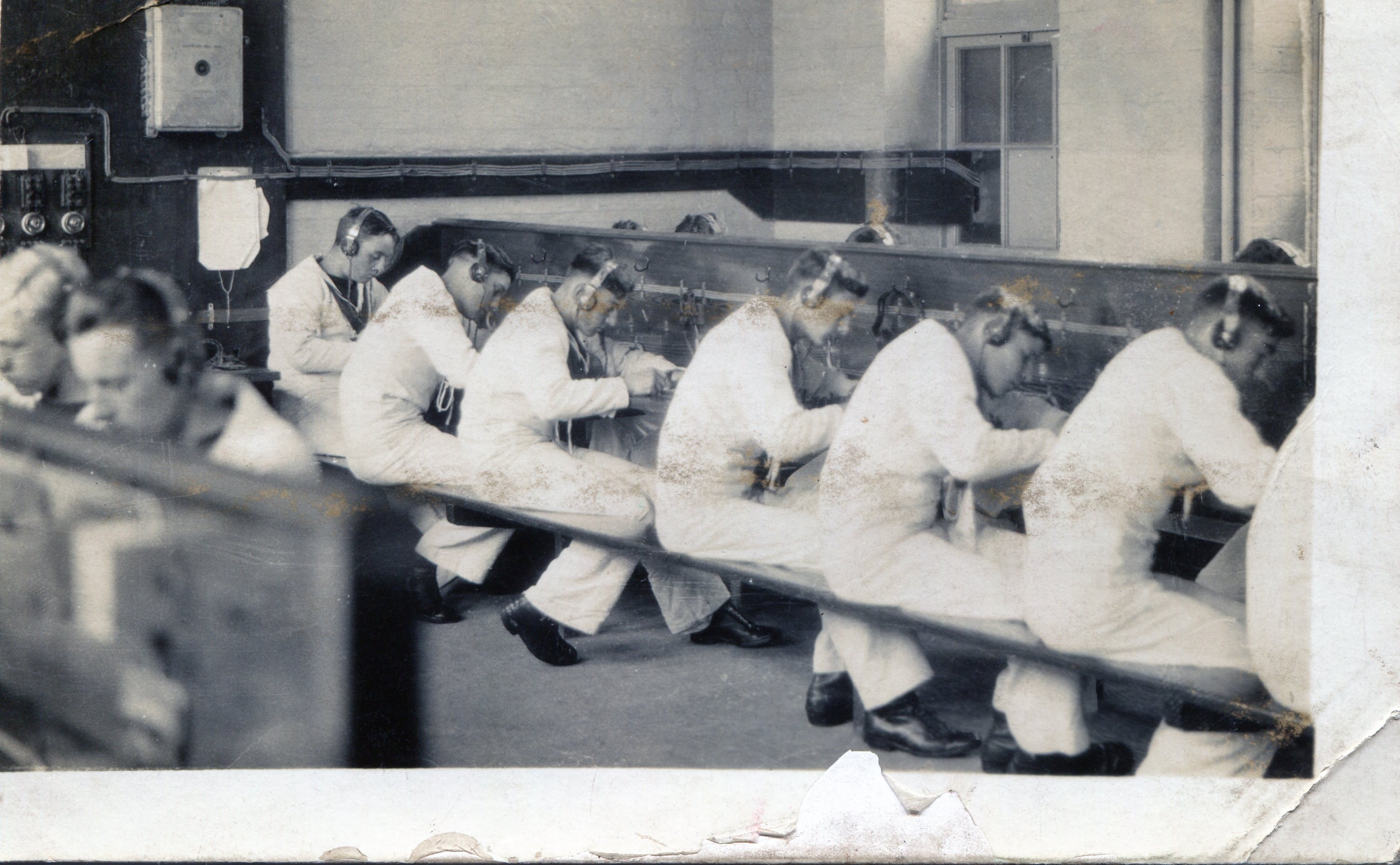
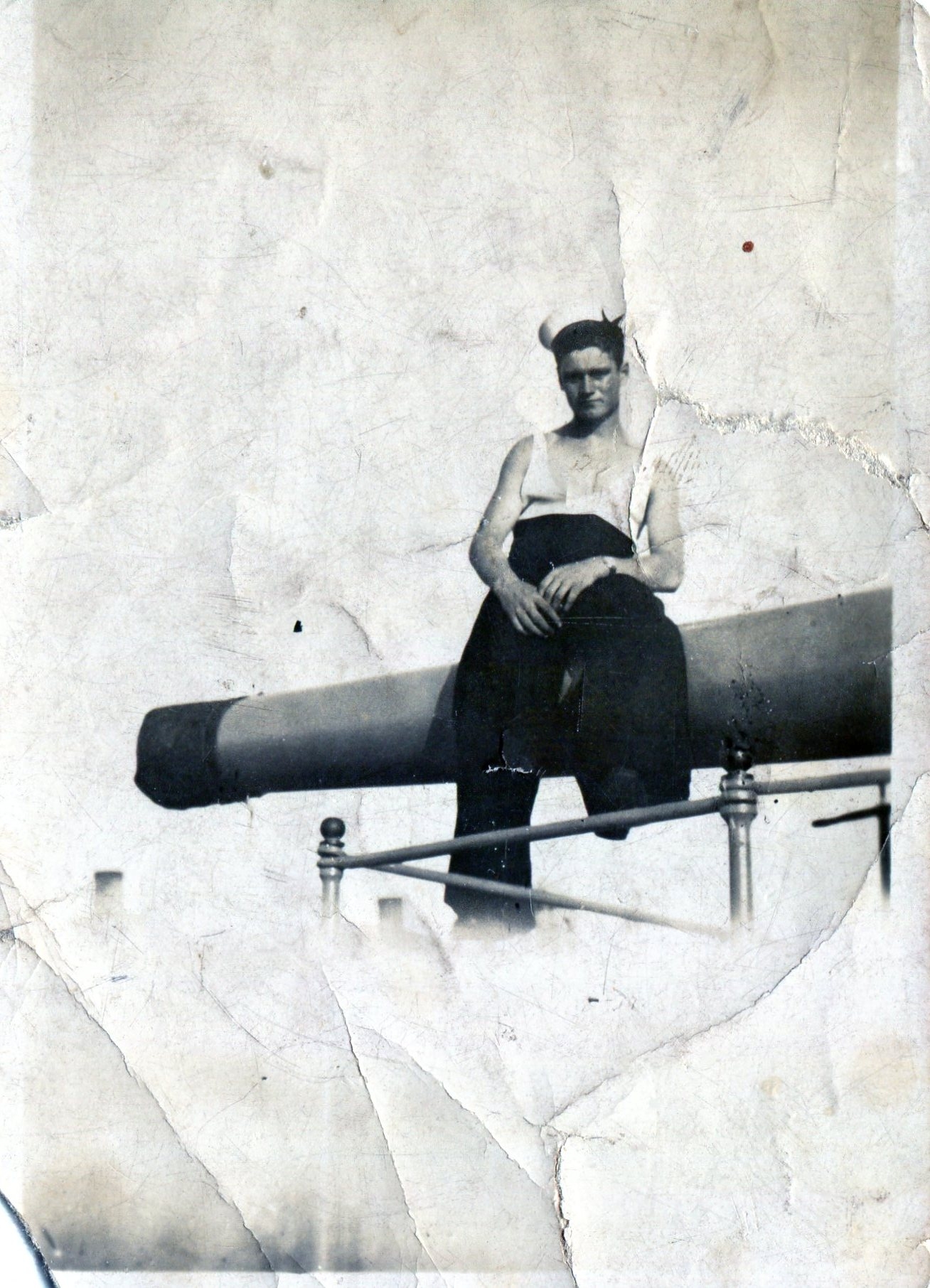
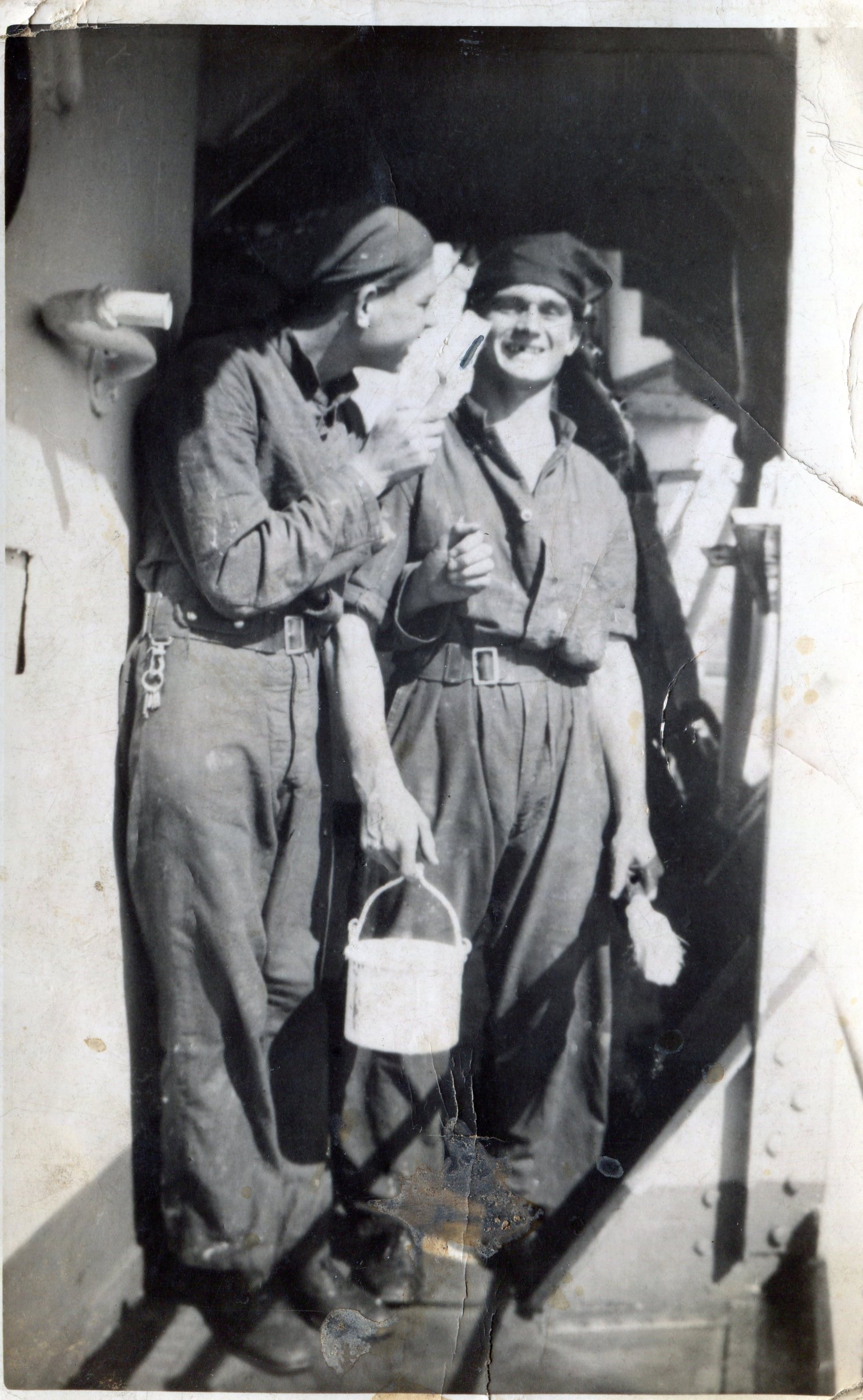
.jpg)
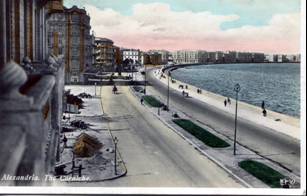
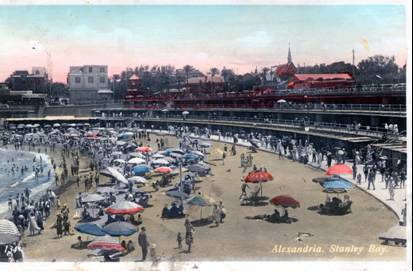
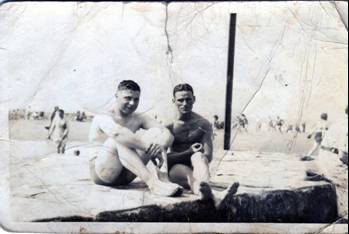
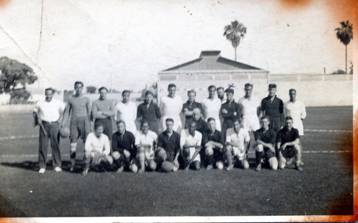
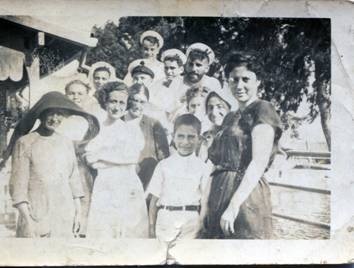
.jpg)
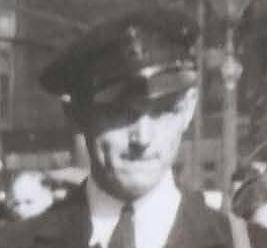
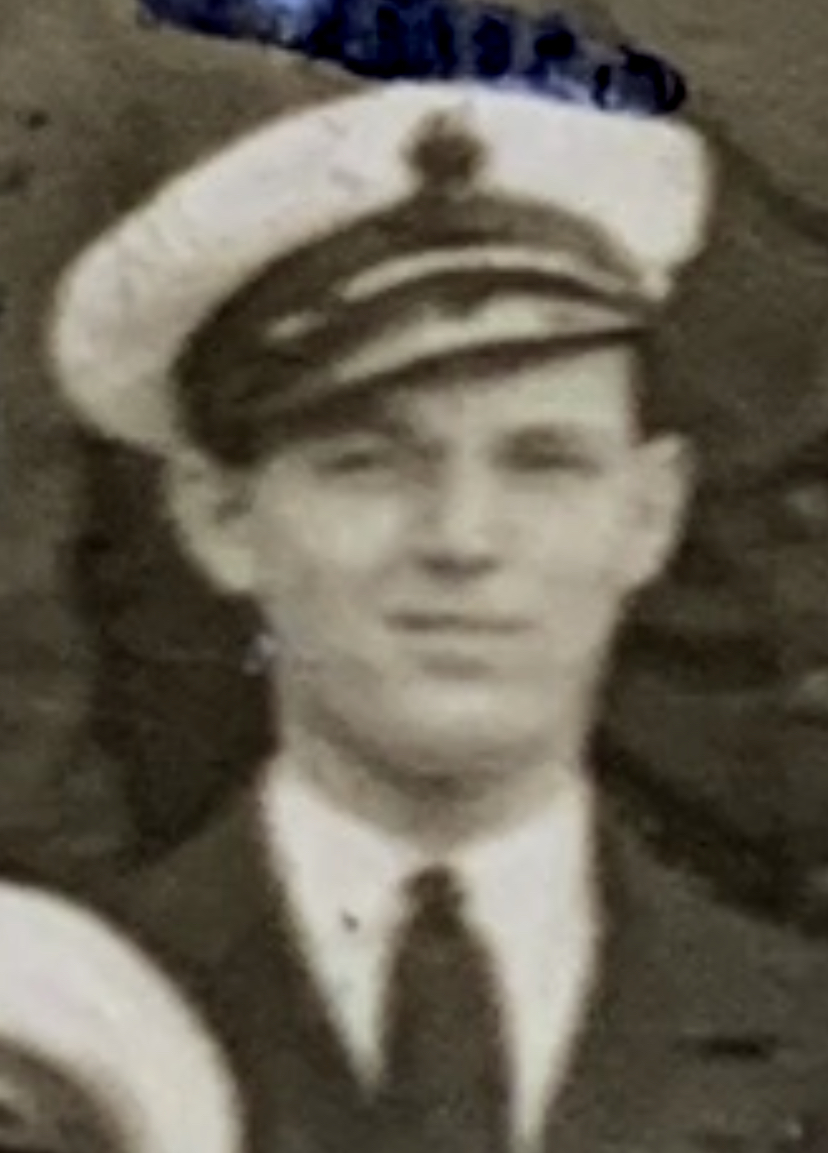
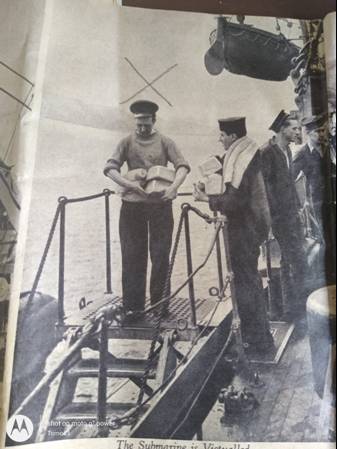
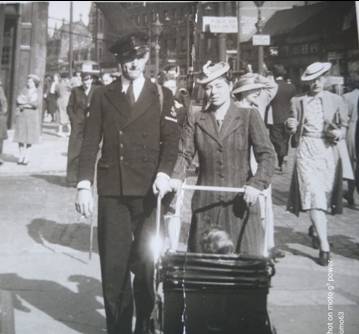
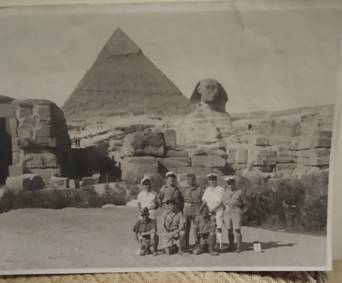
.jpg)
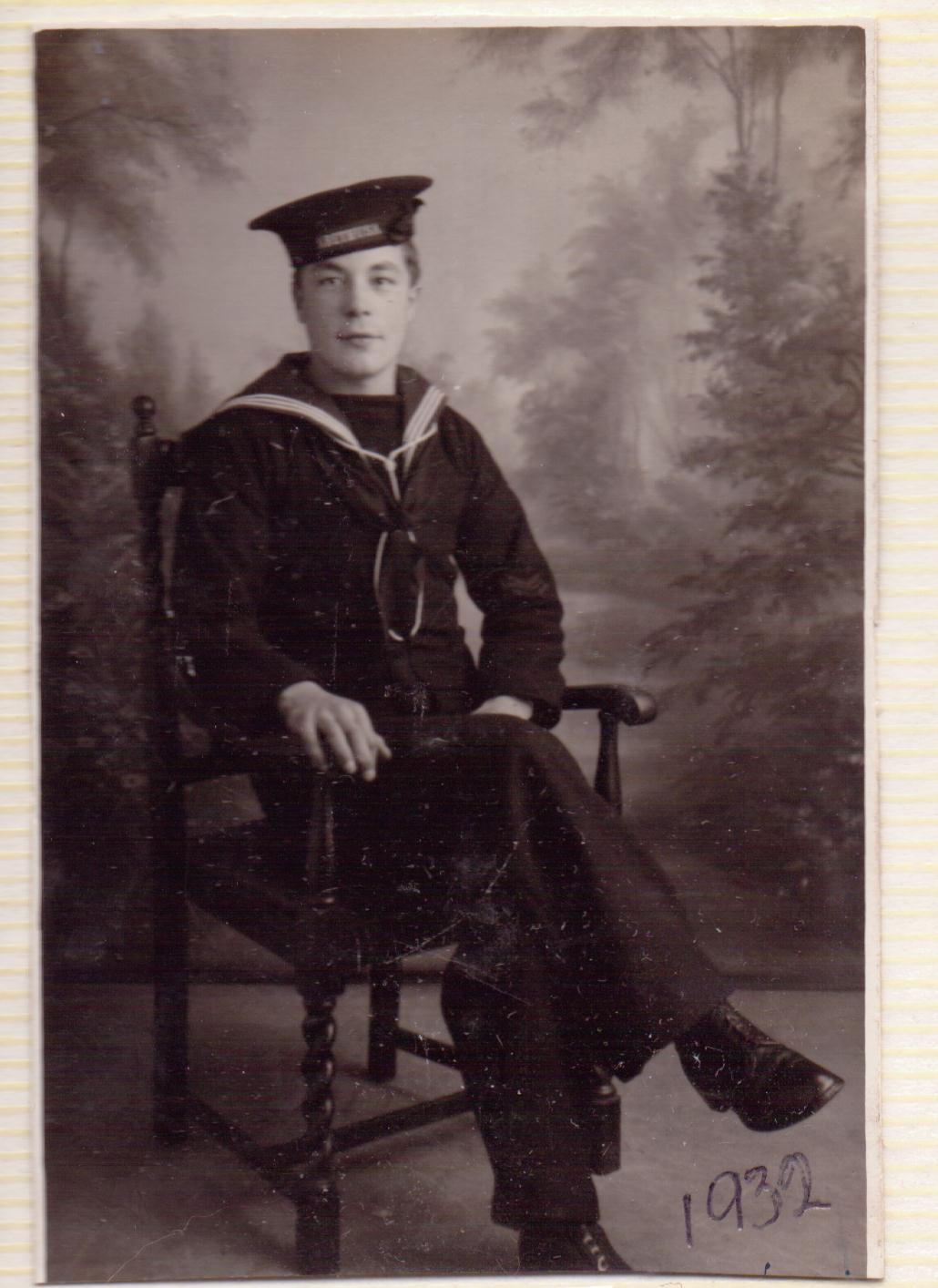
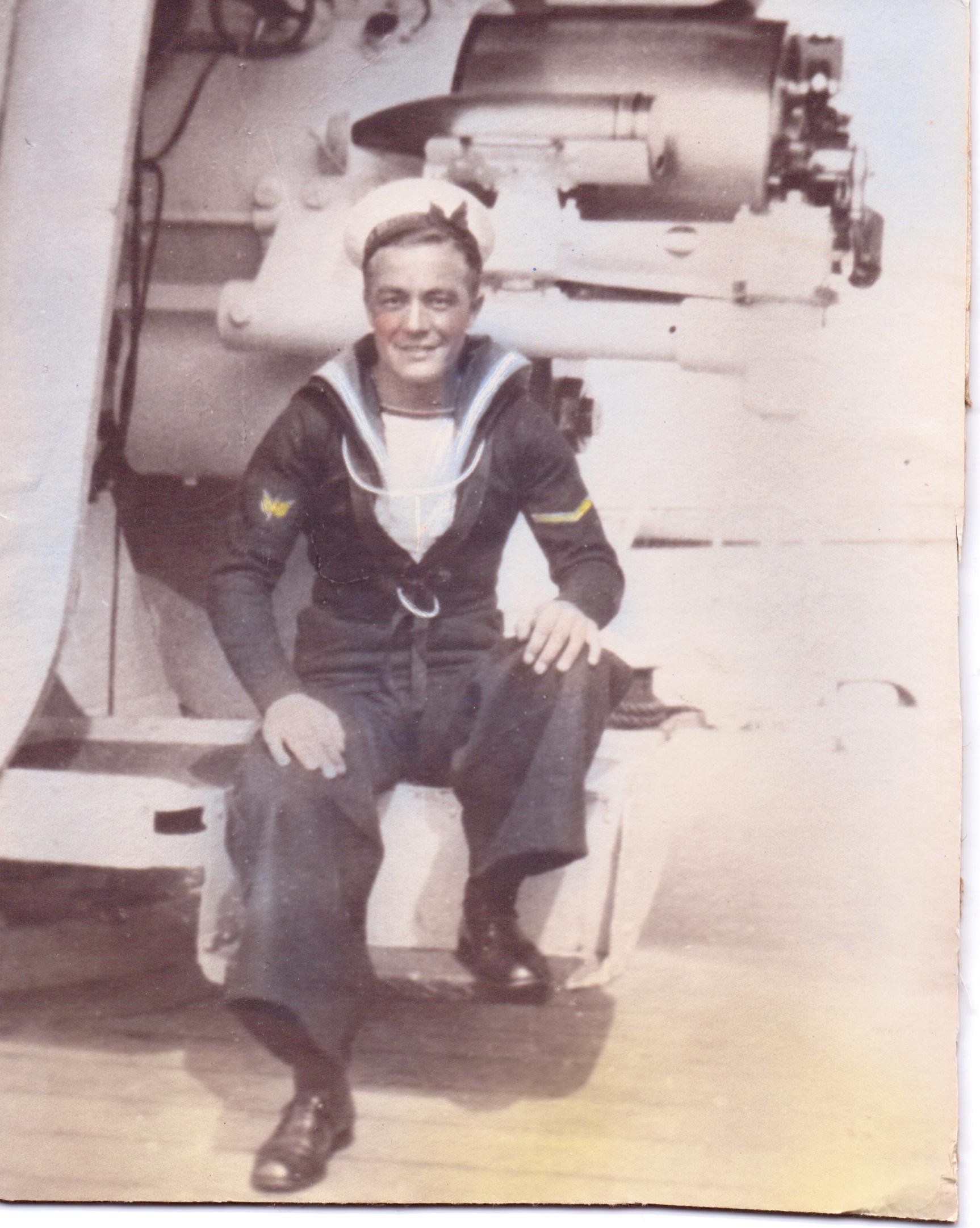
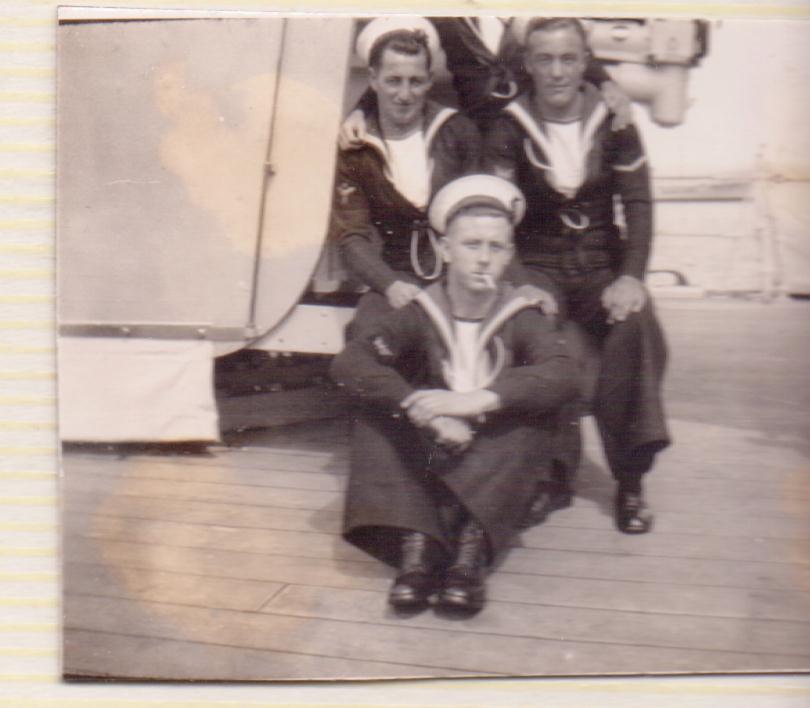
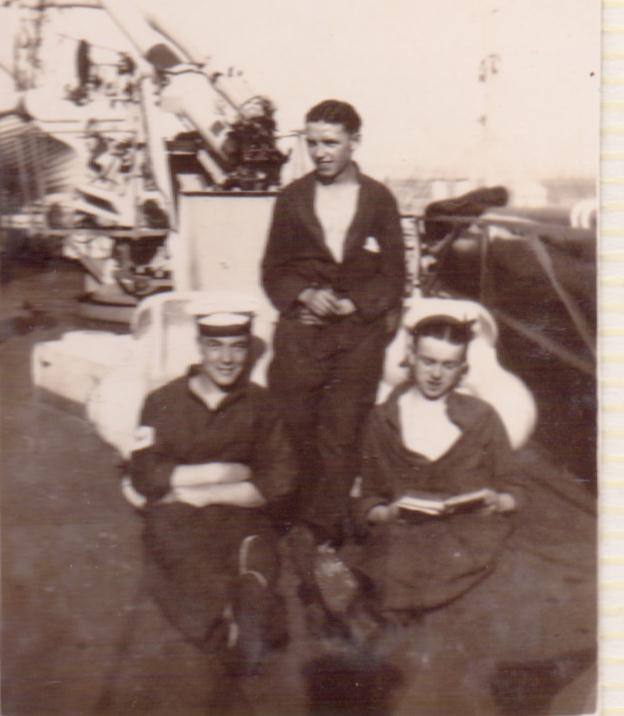
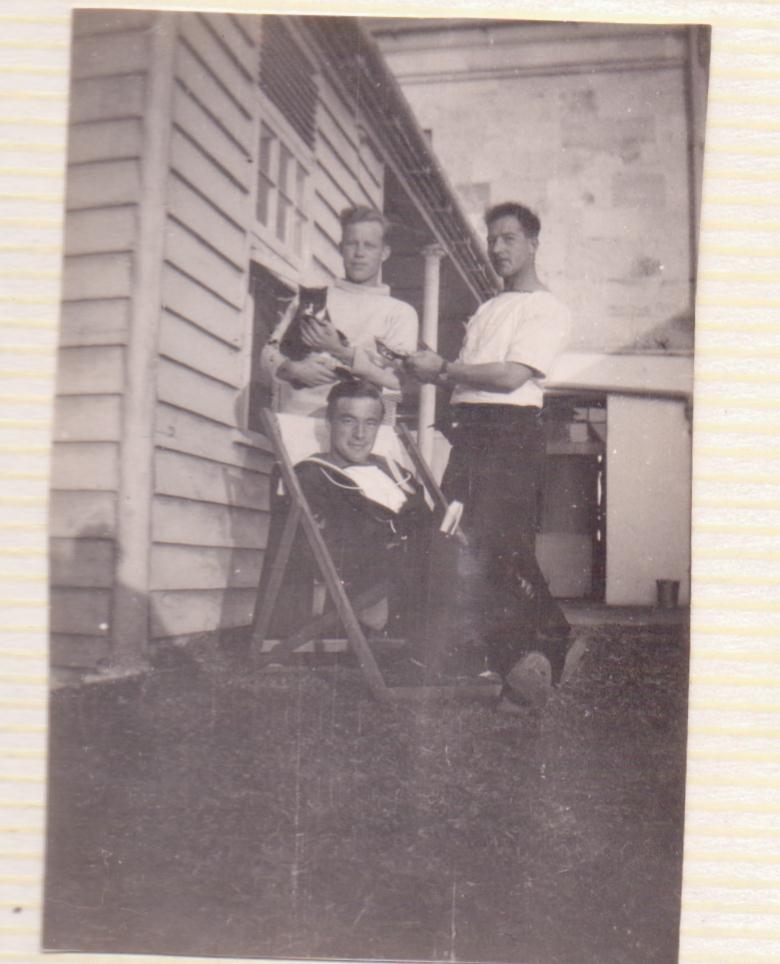
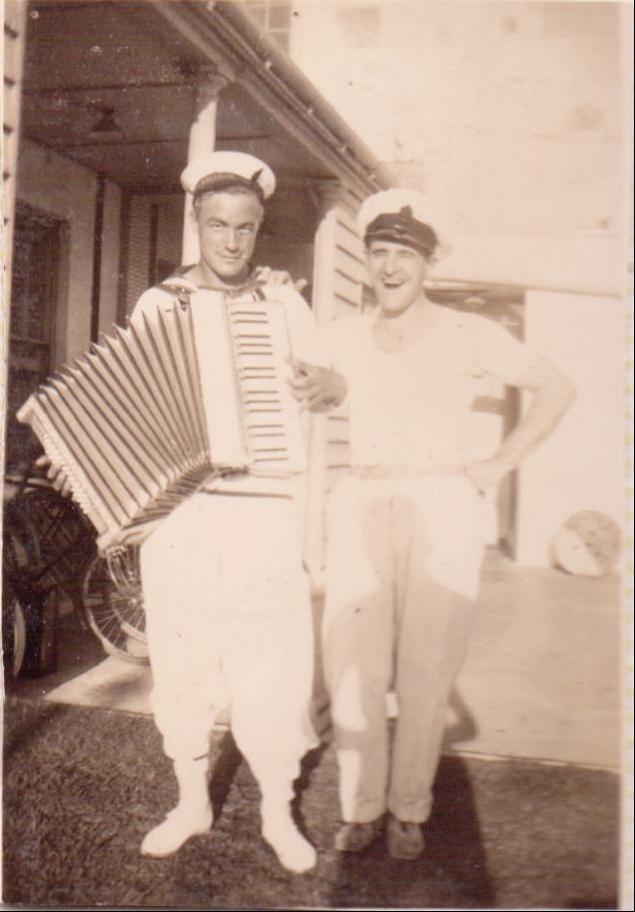
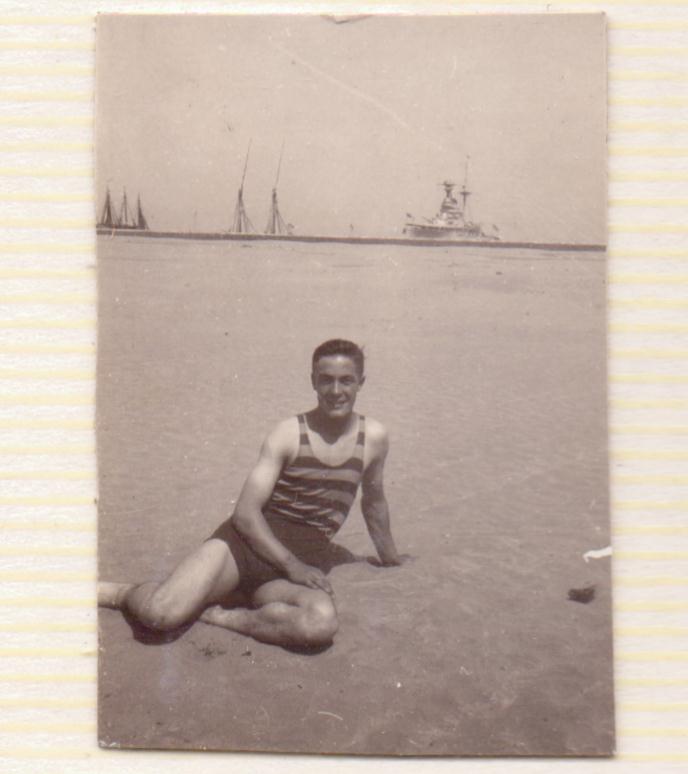
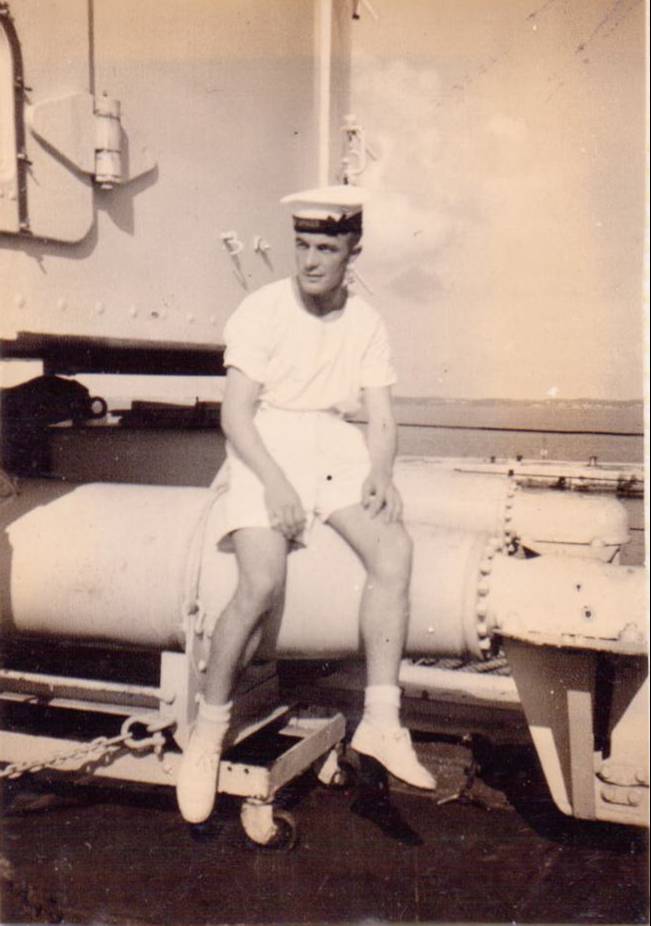
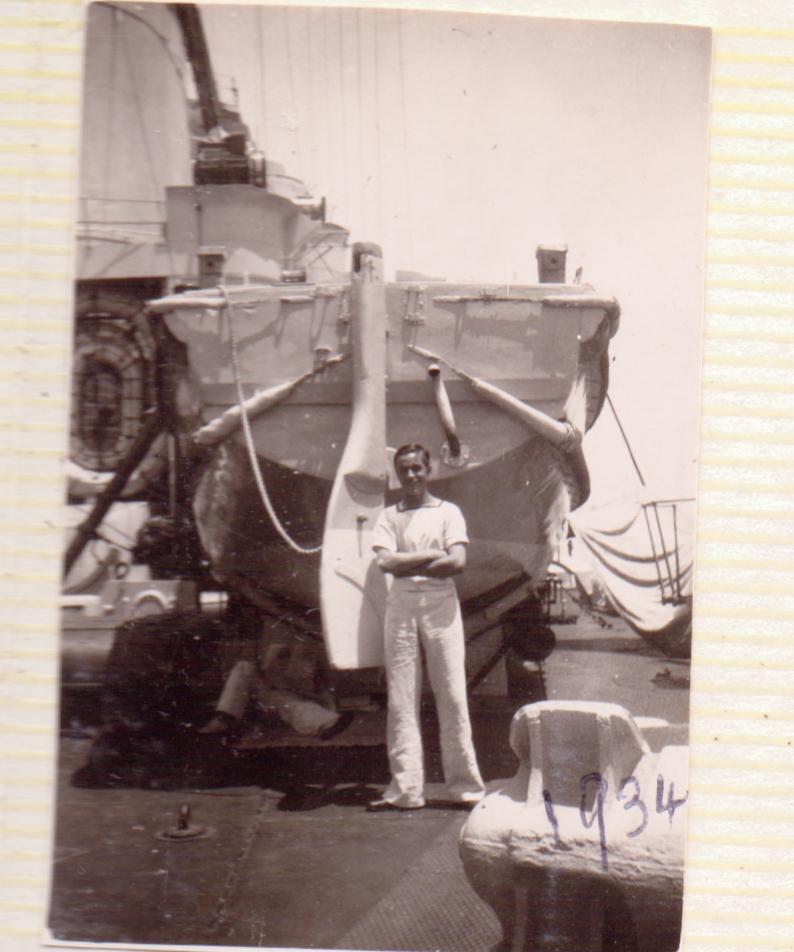
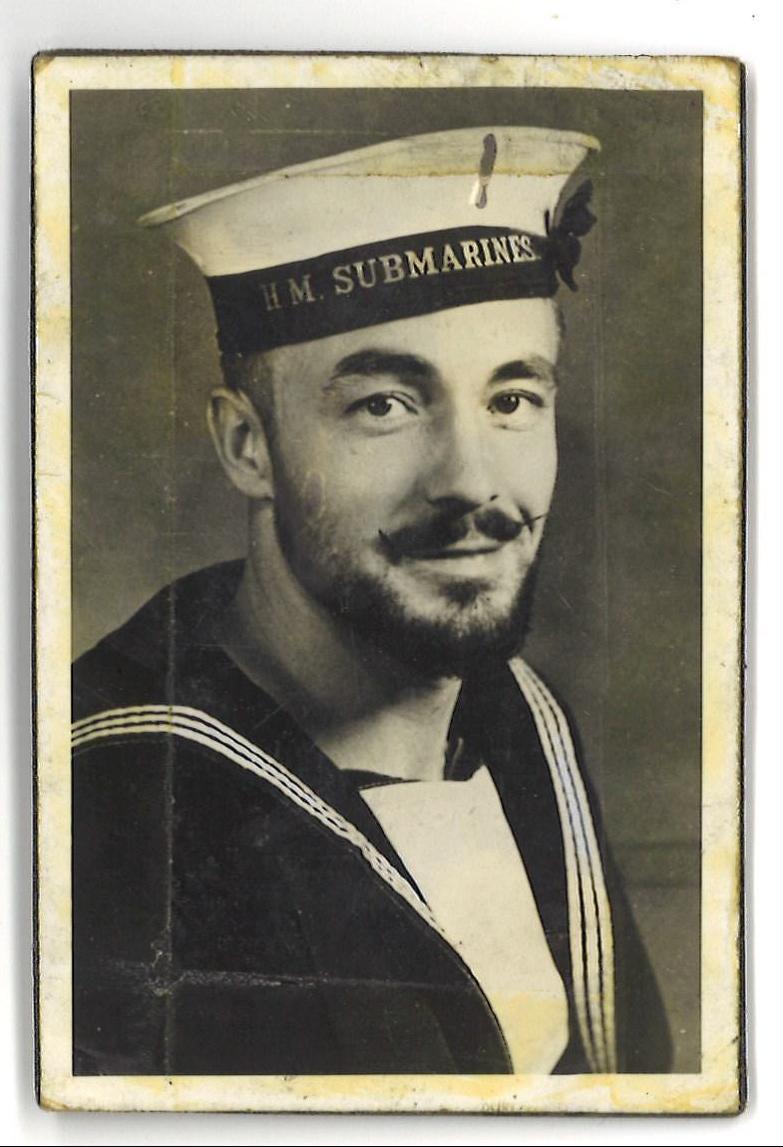
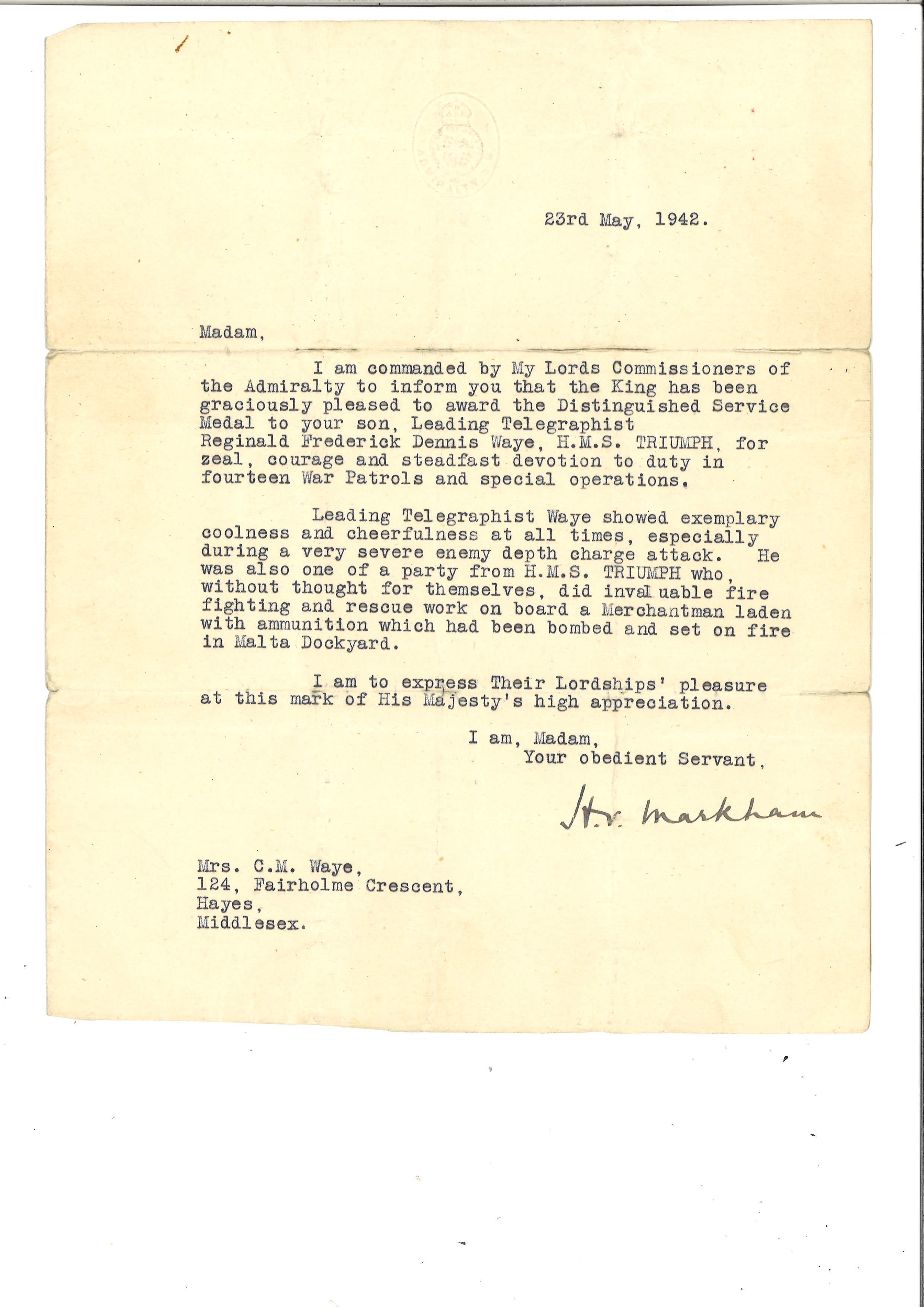
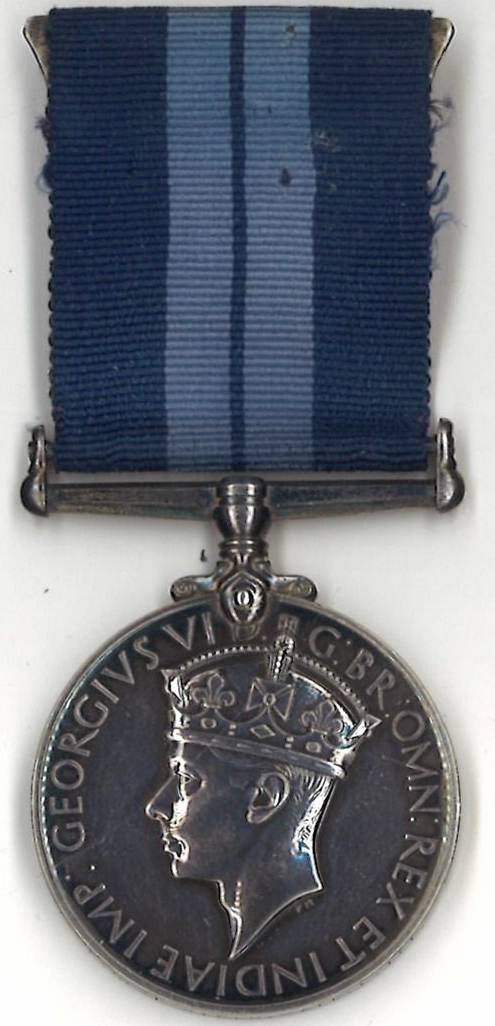
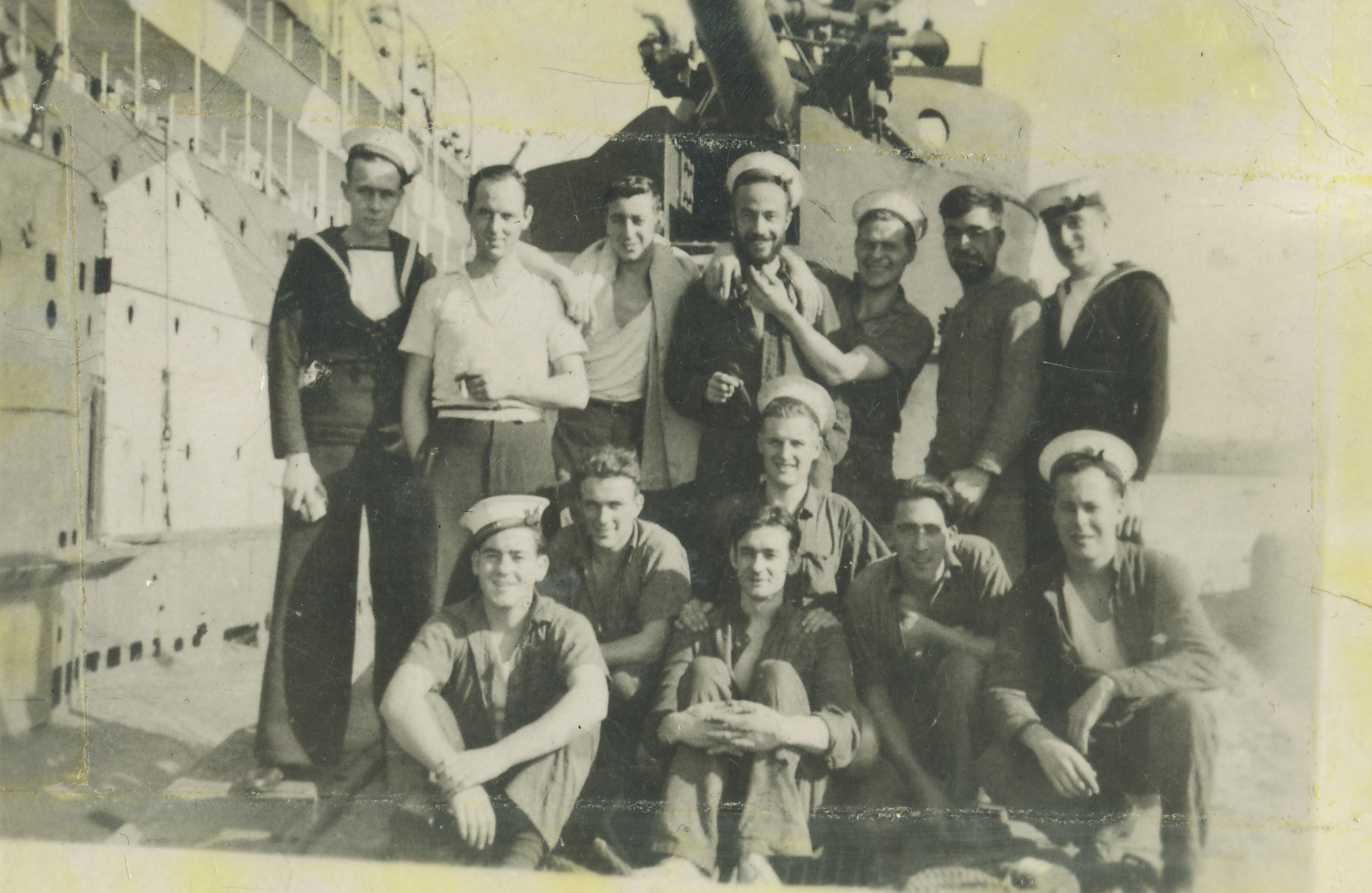
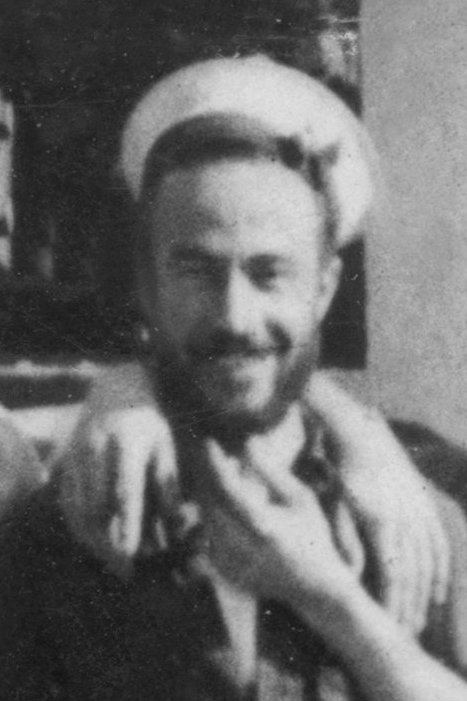
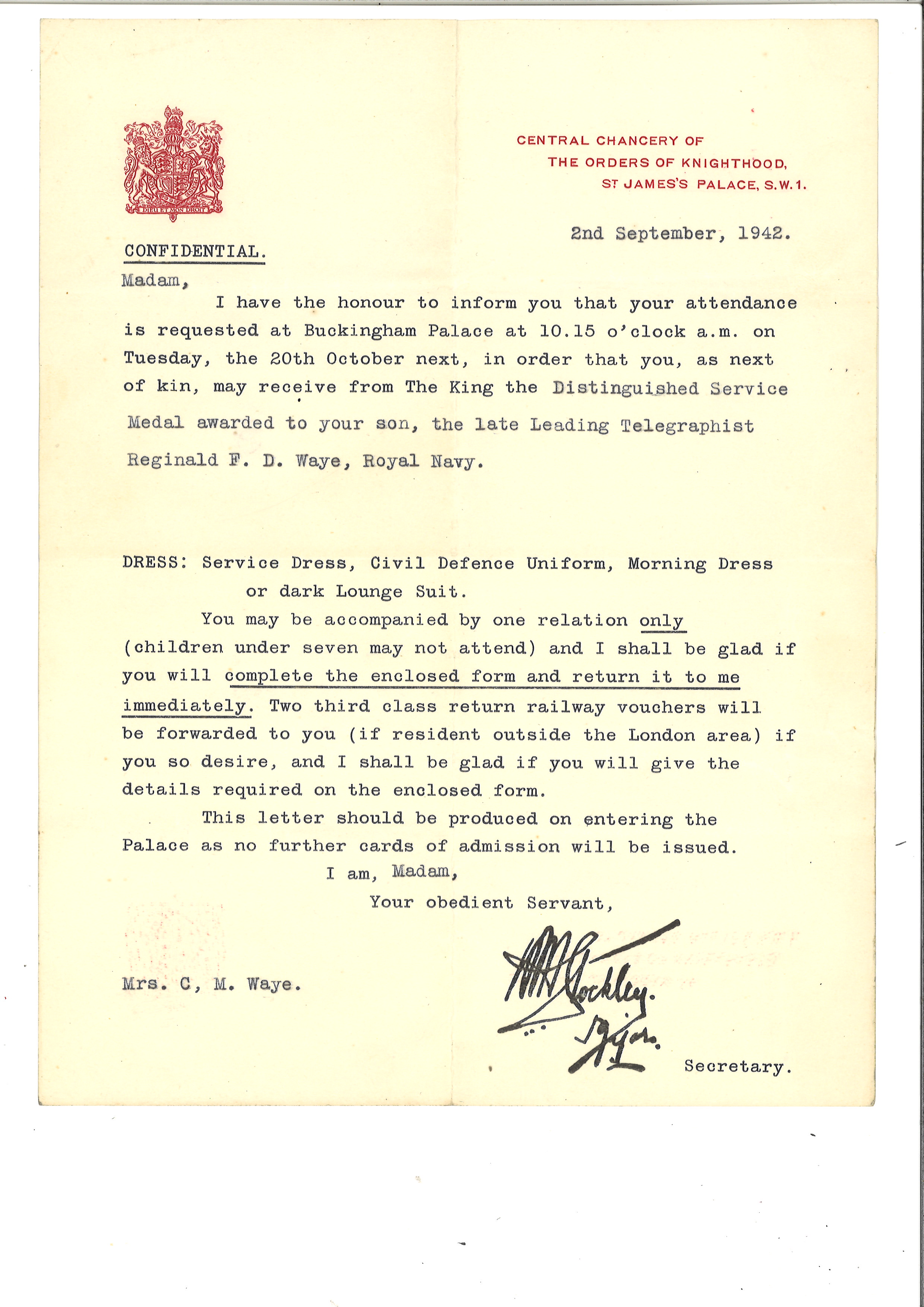
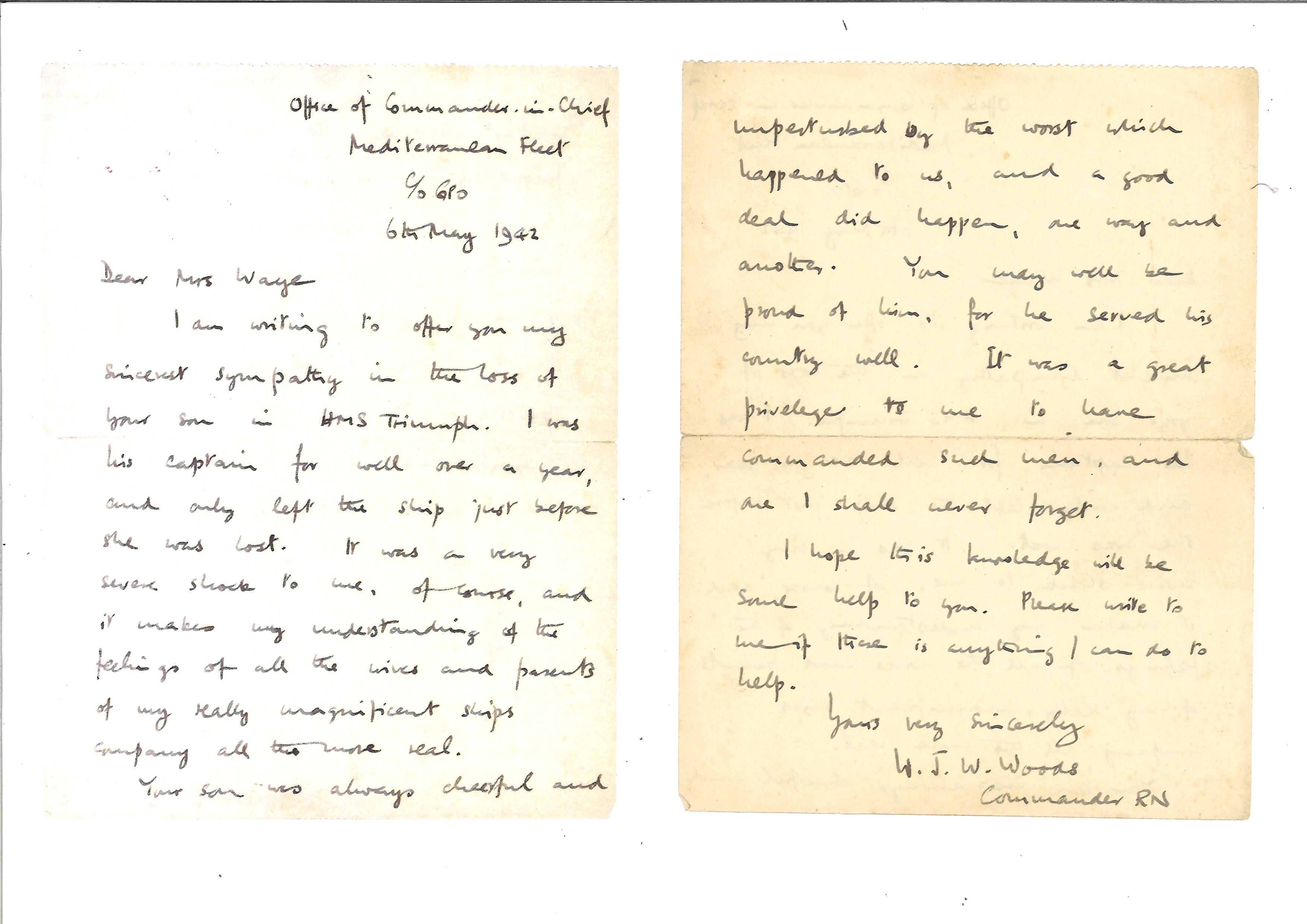
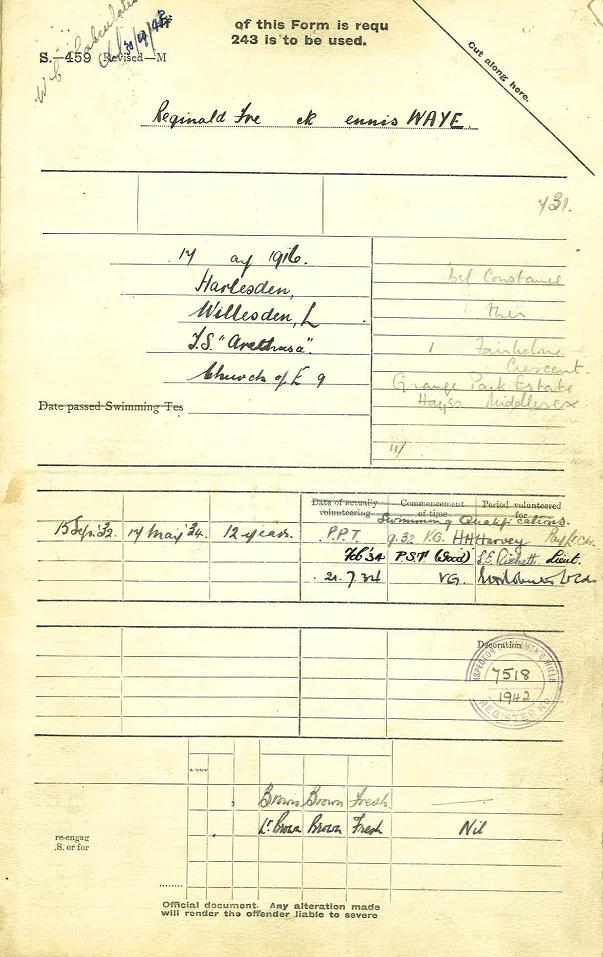
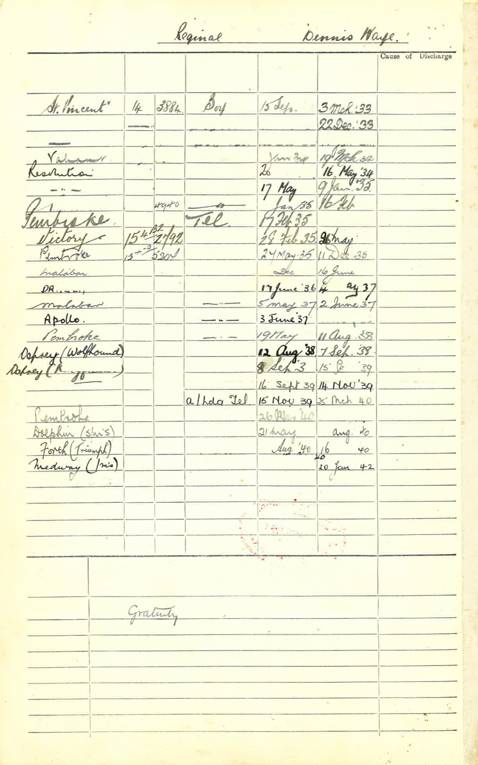
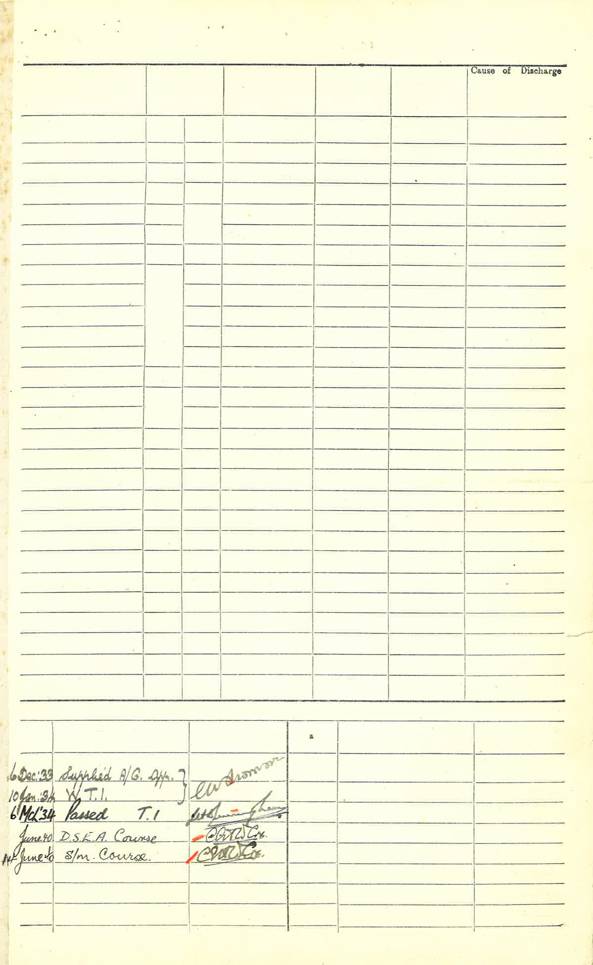
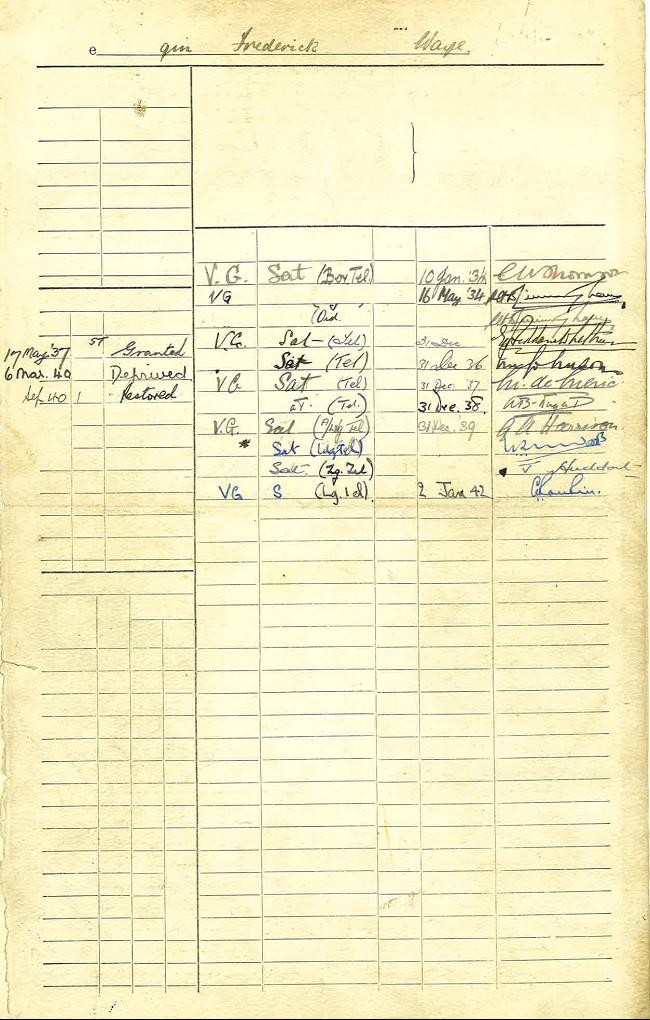
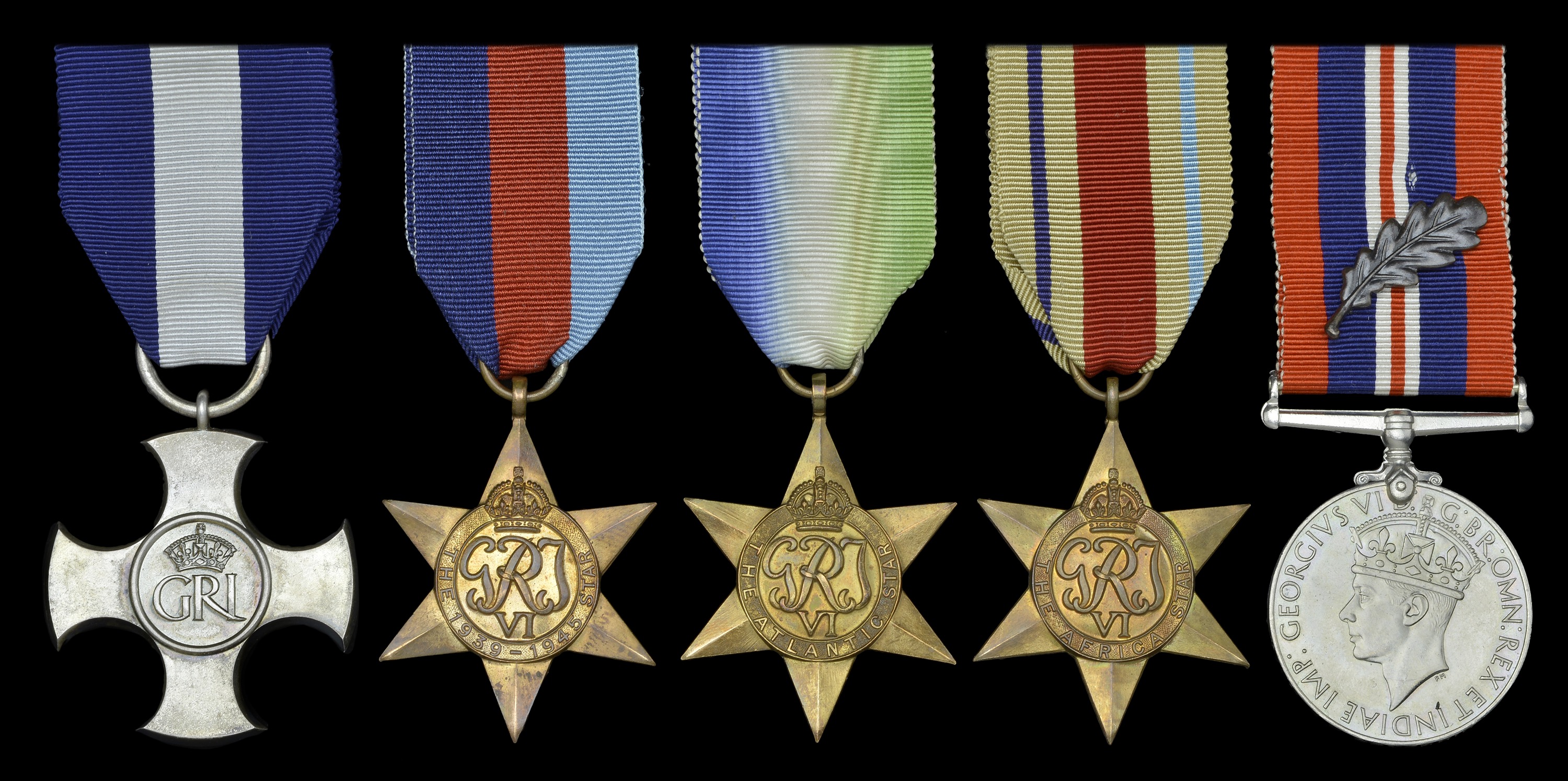
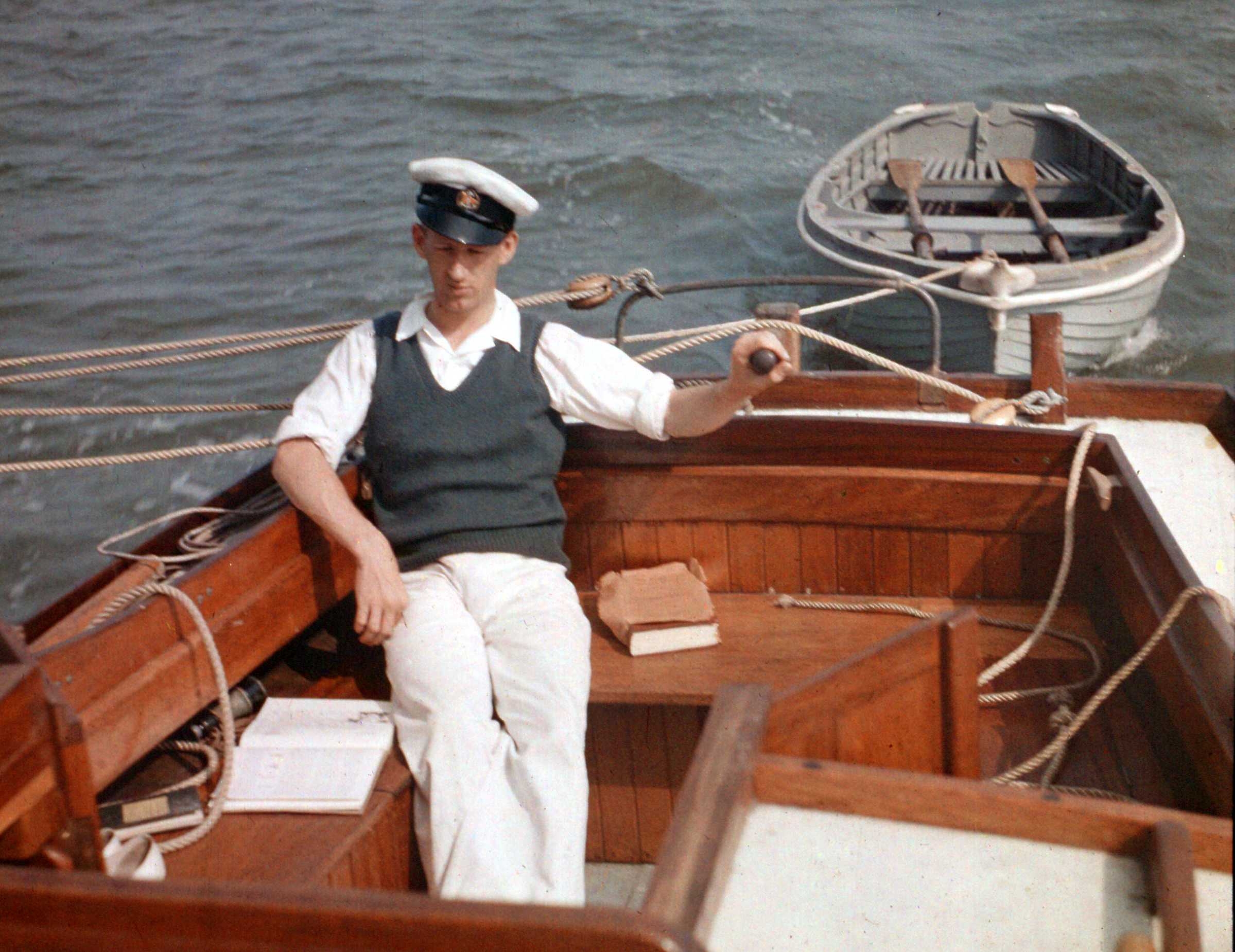

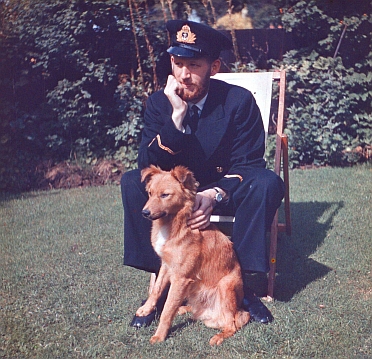 on
on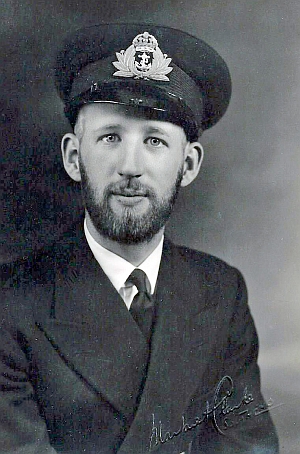
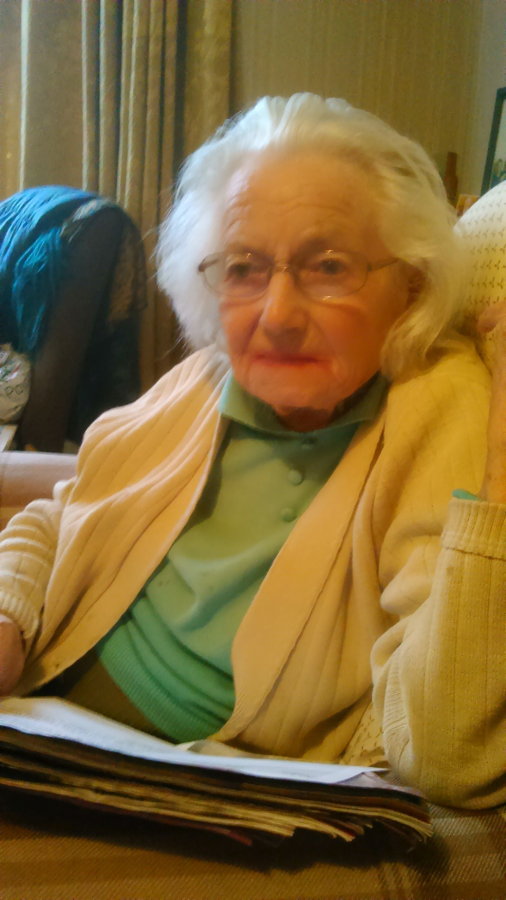
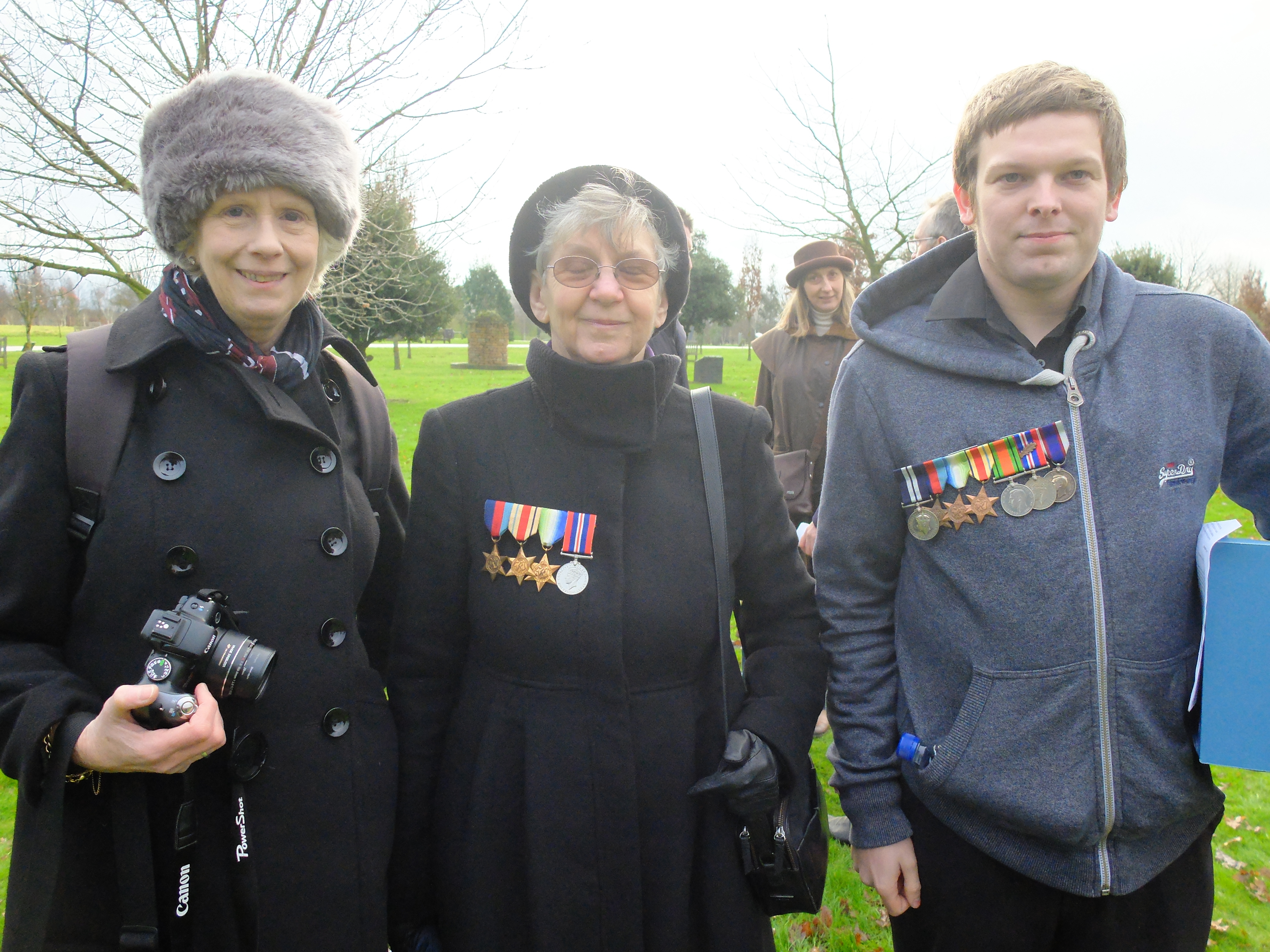
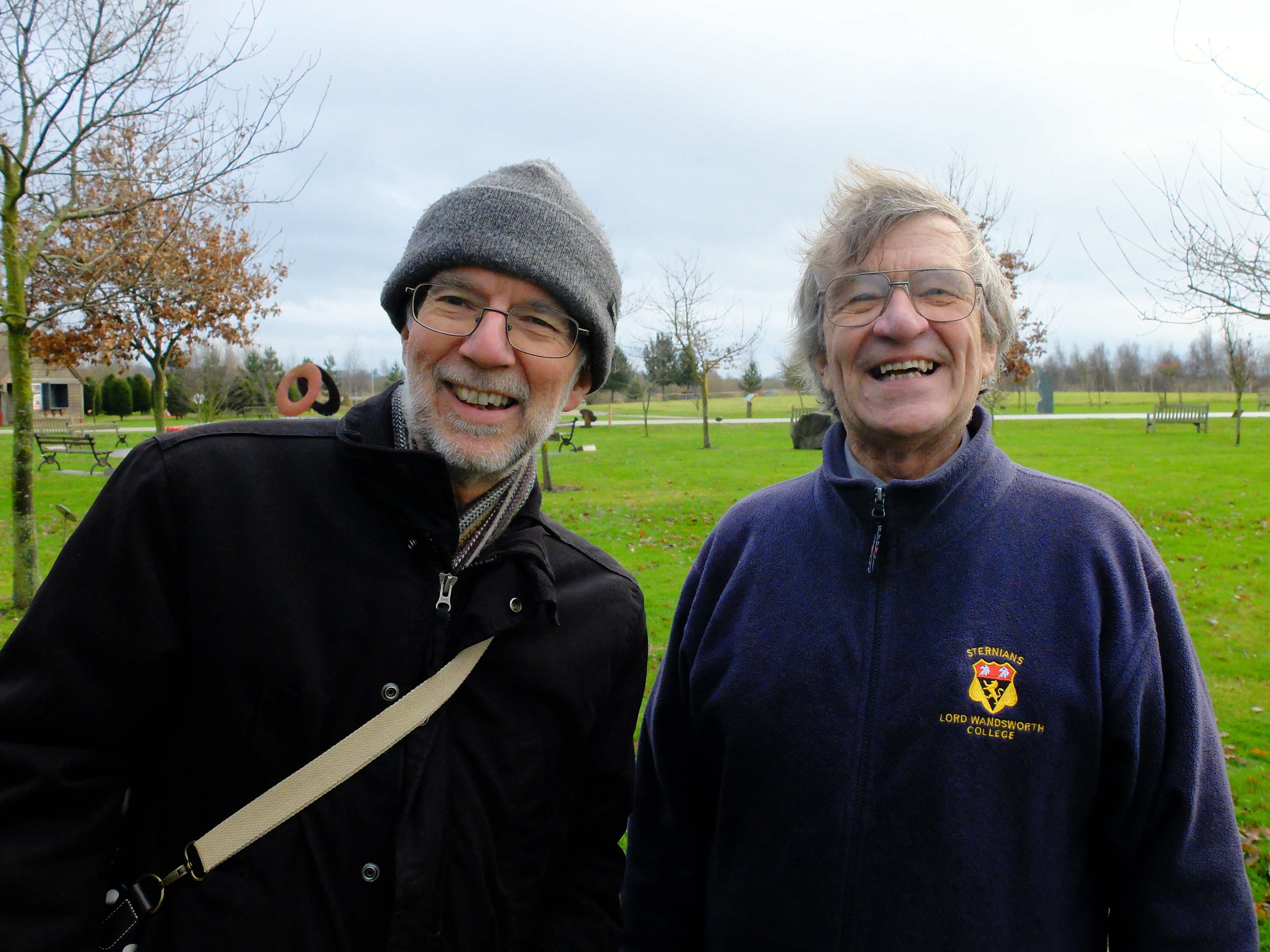
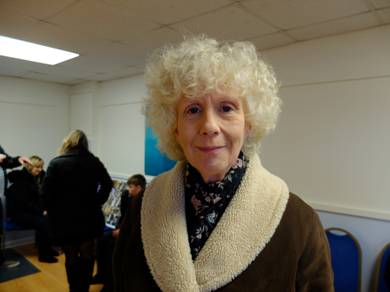
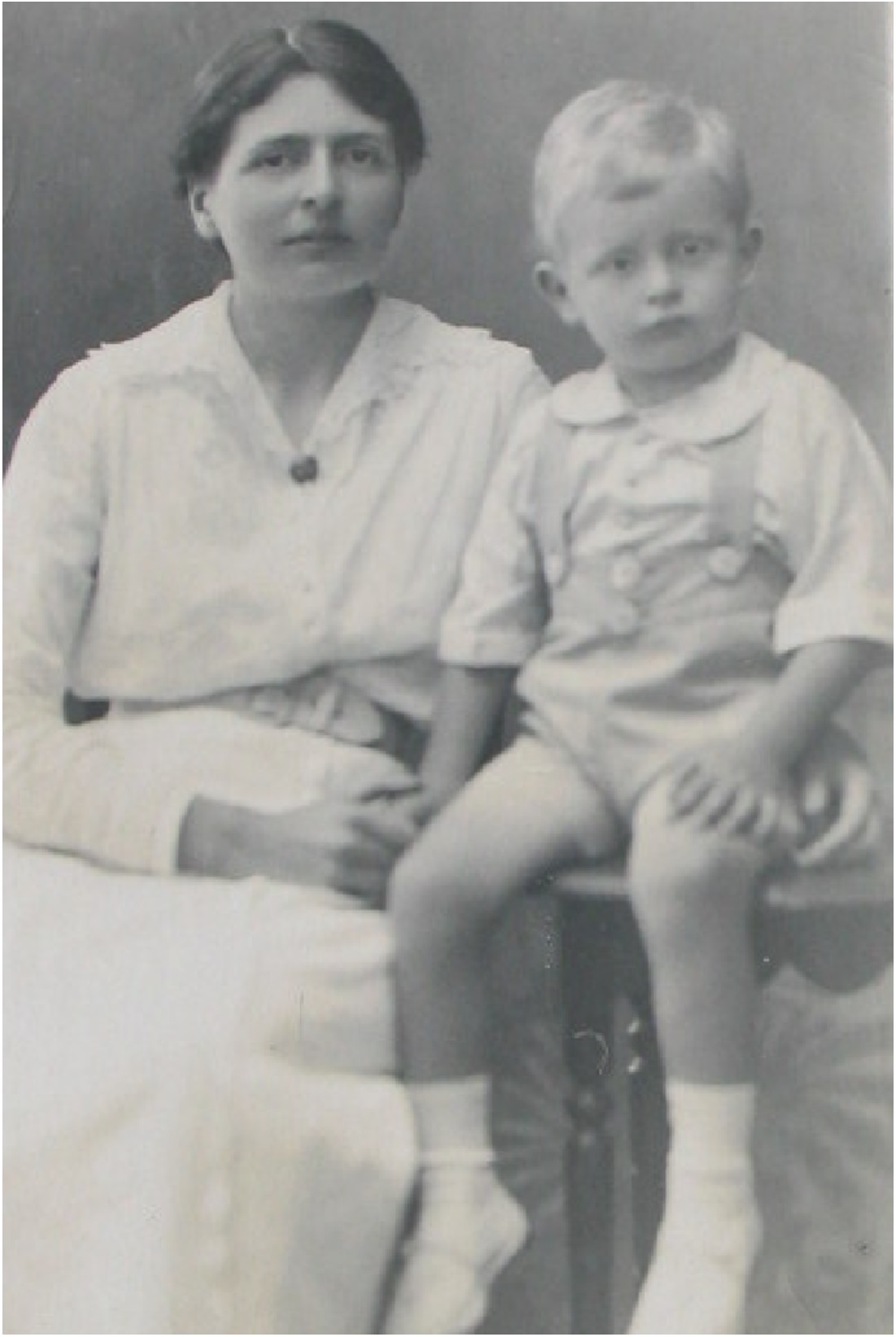
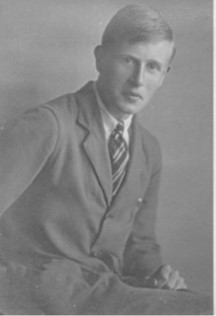
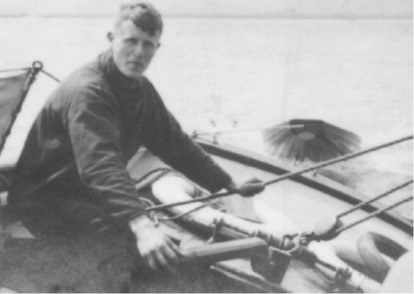
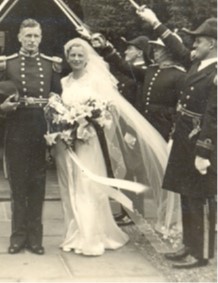
.jpg)
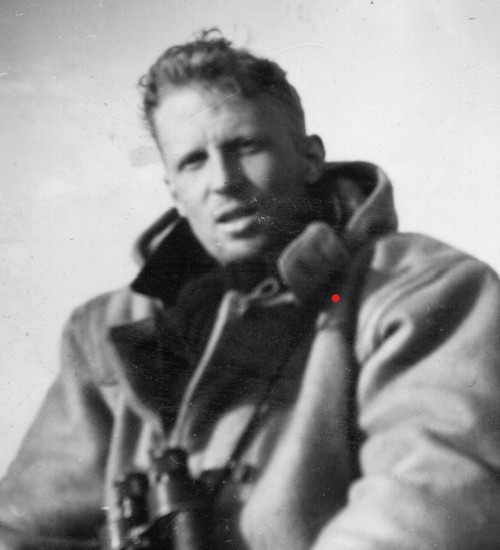
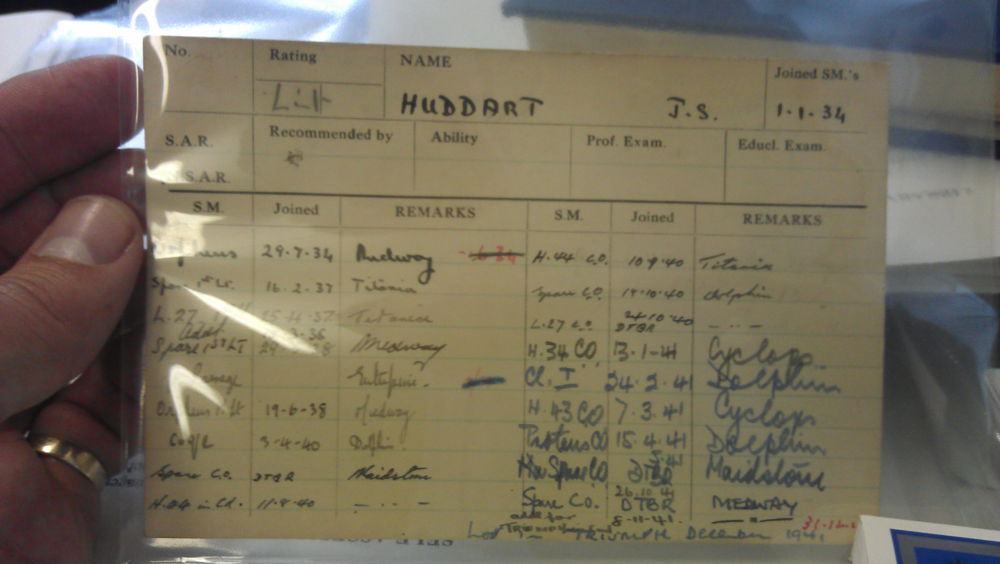
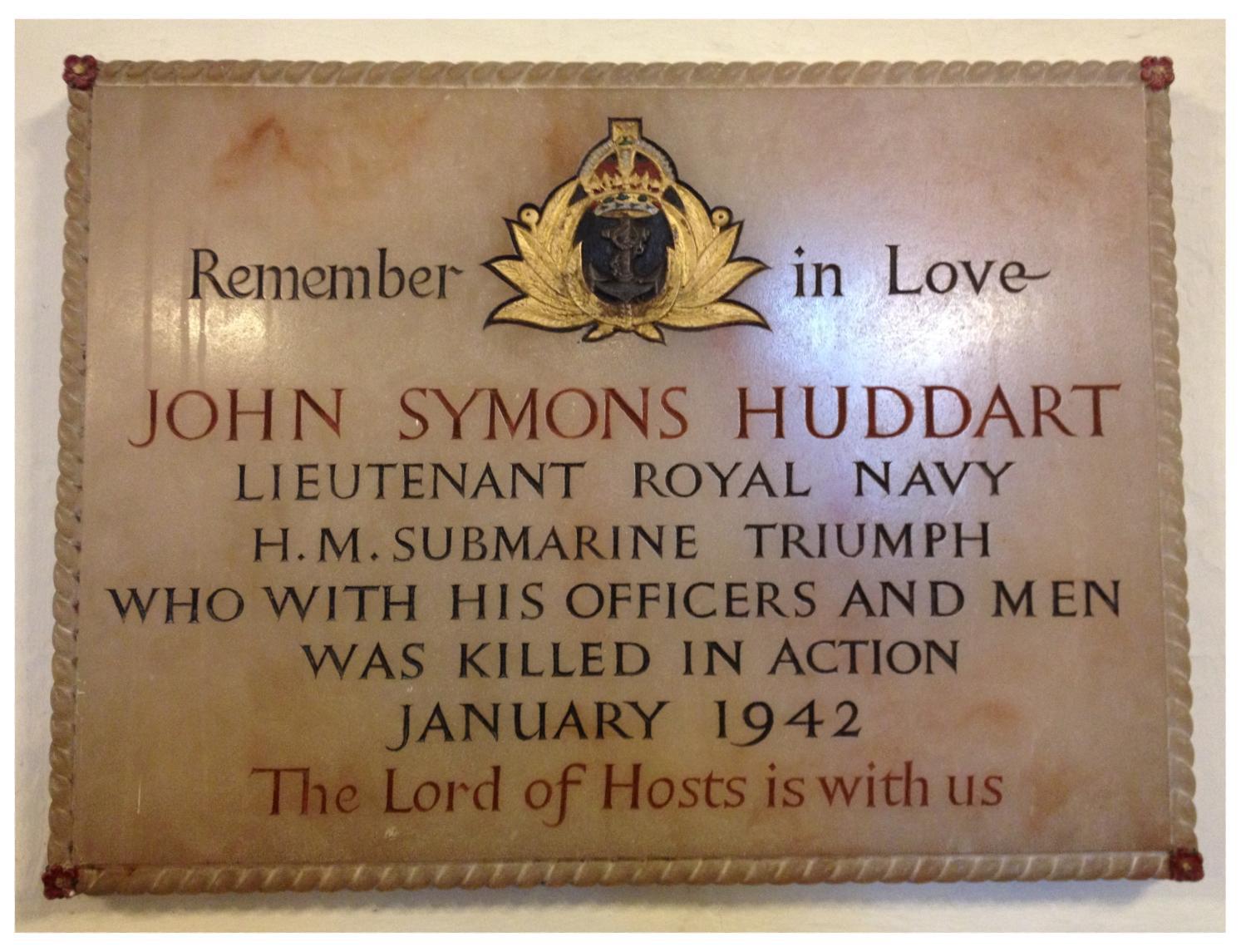
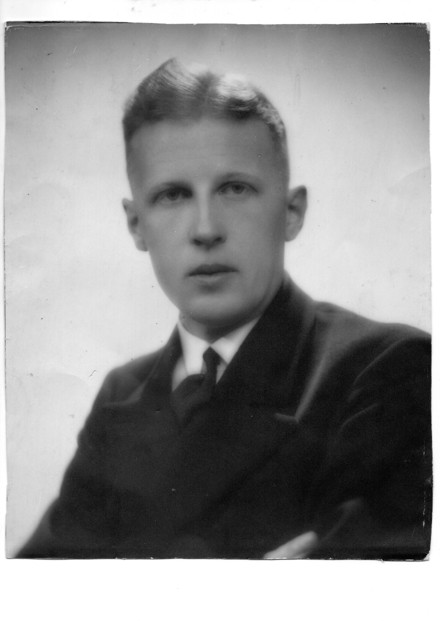
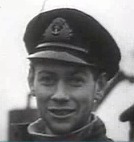
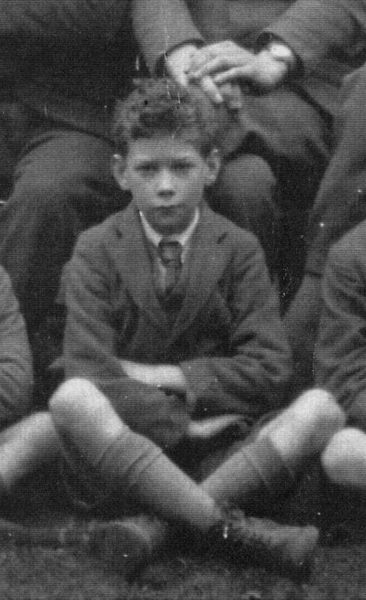
.jpg)
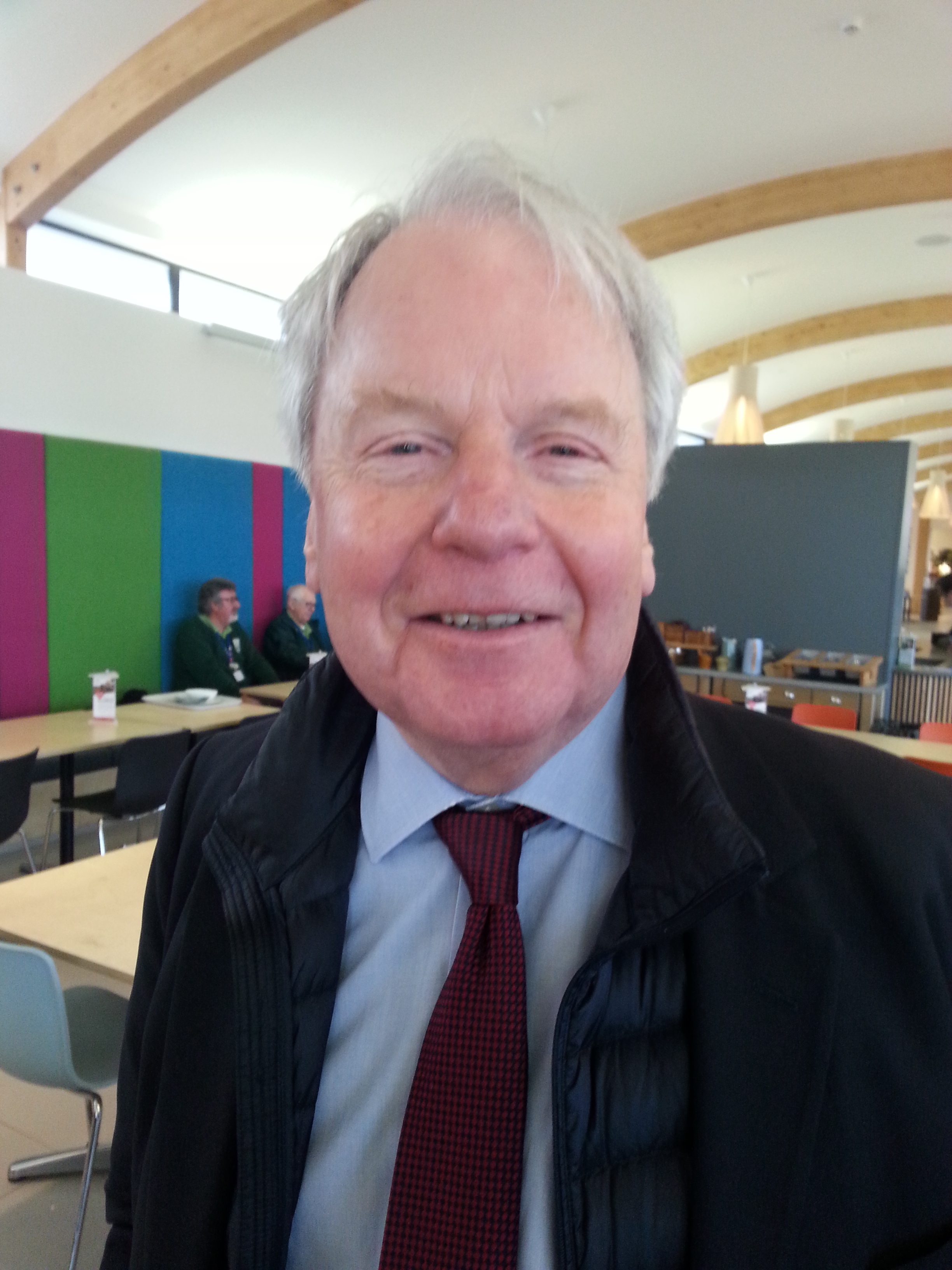
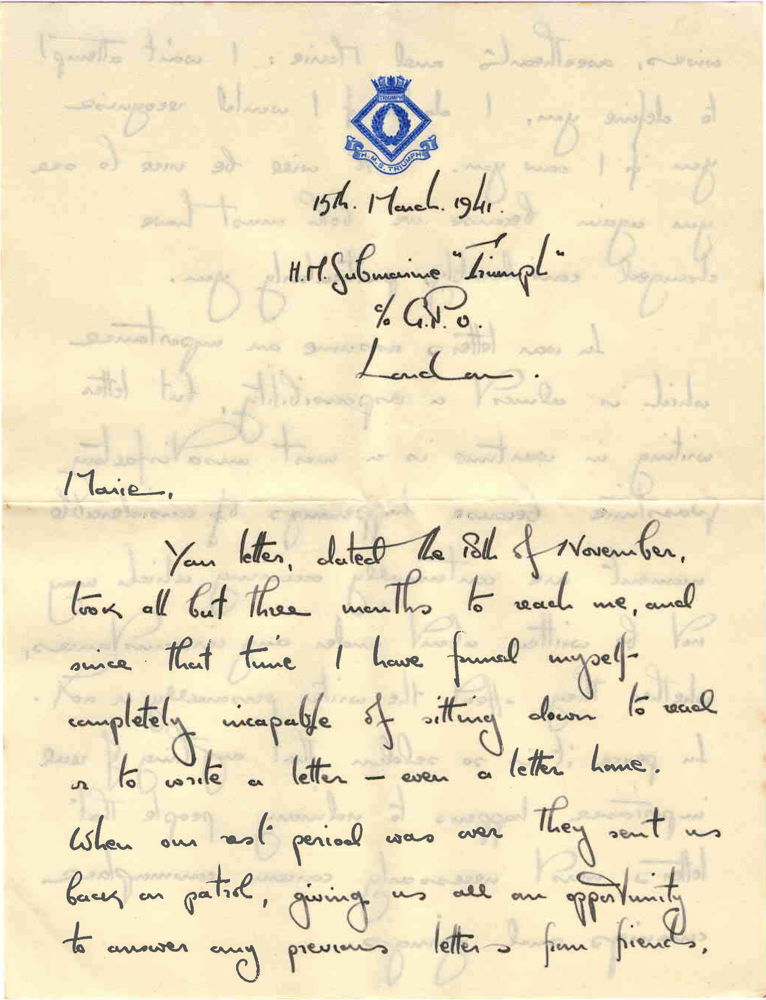
.jpg)
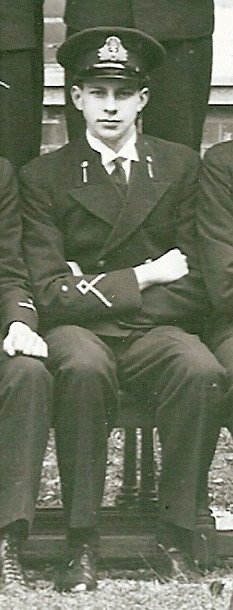
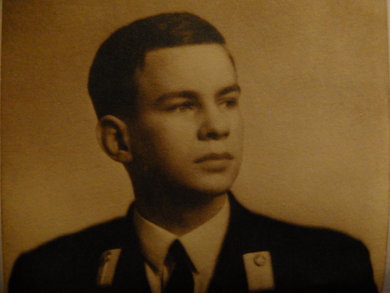
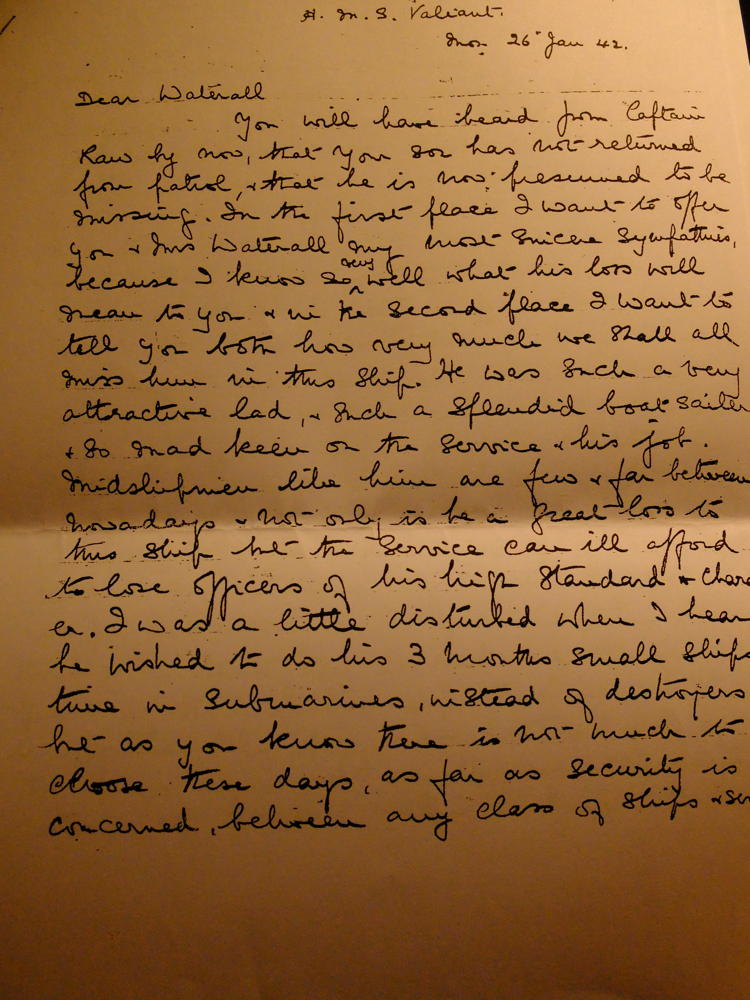
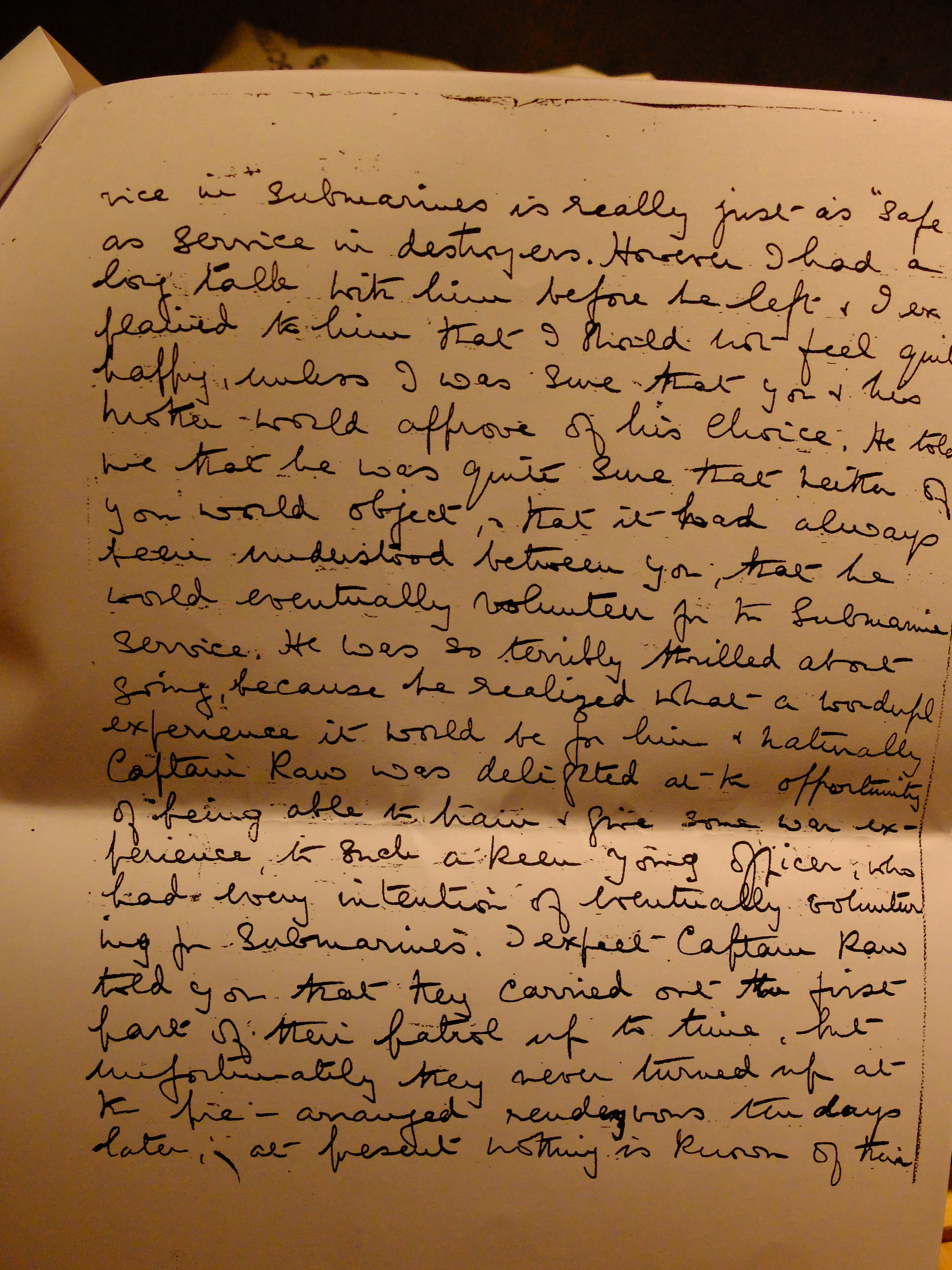
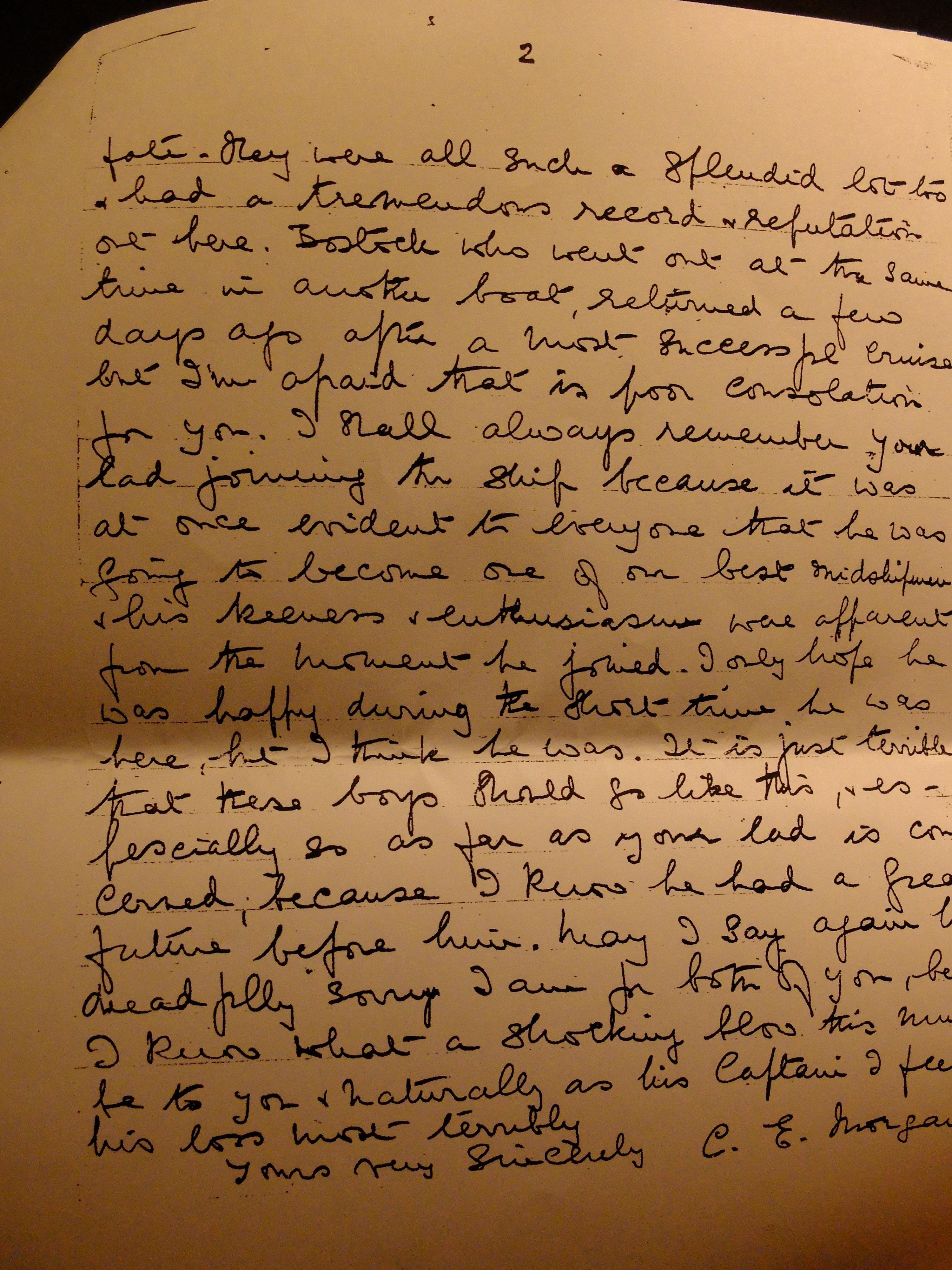
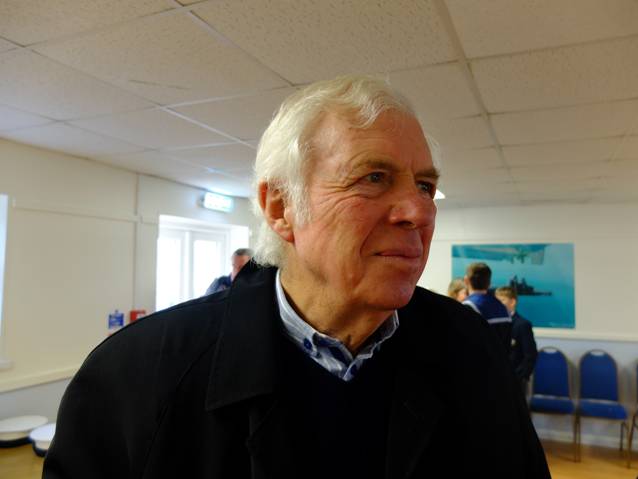
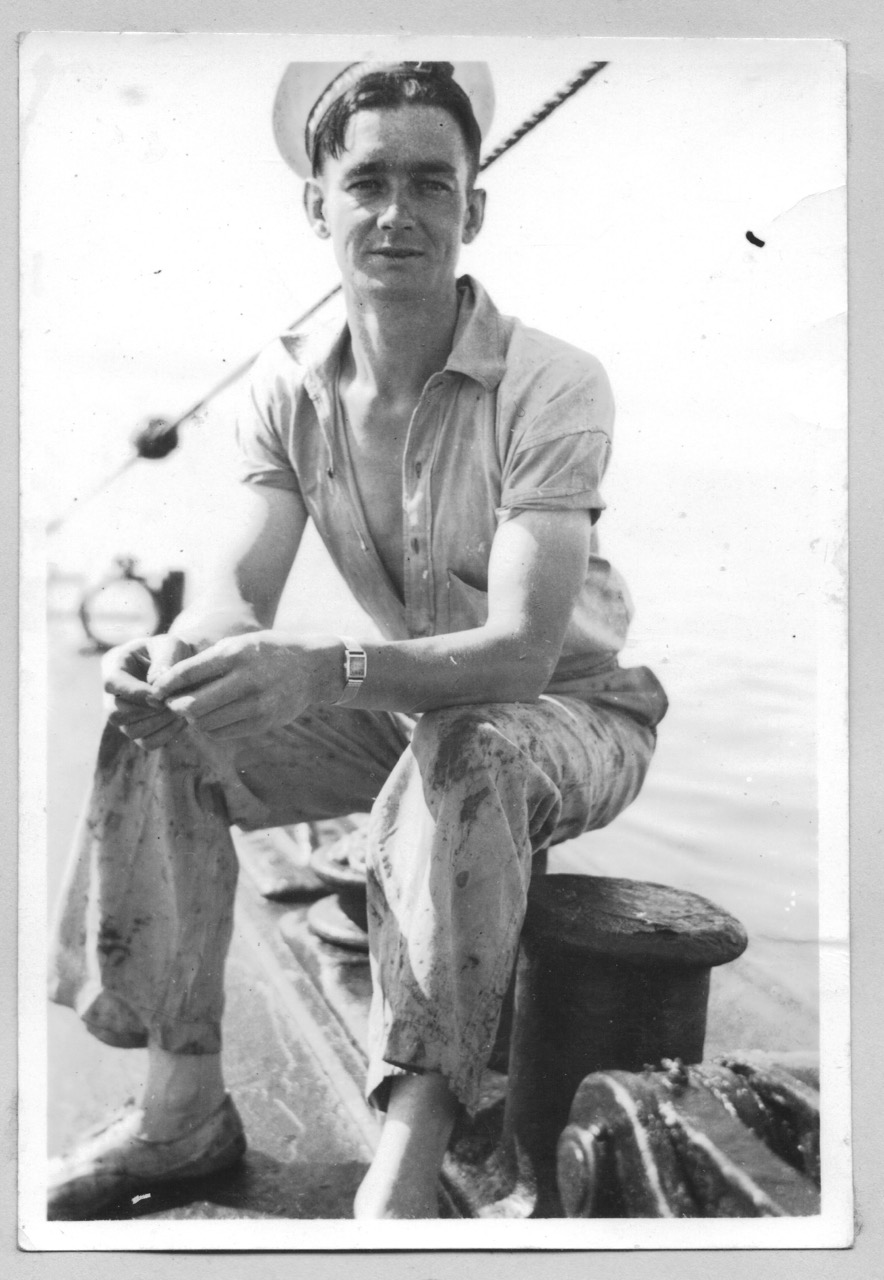
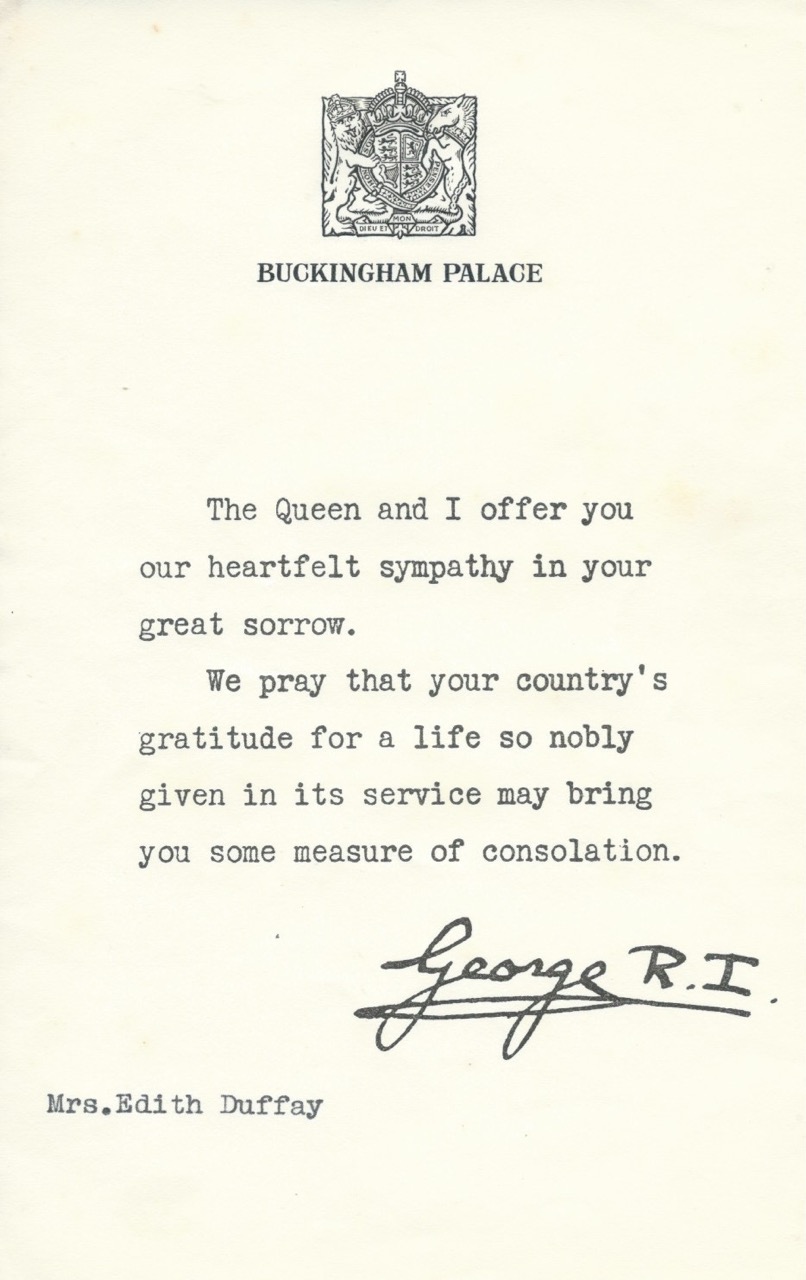
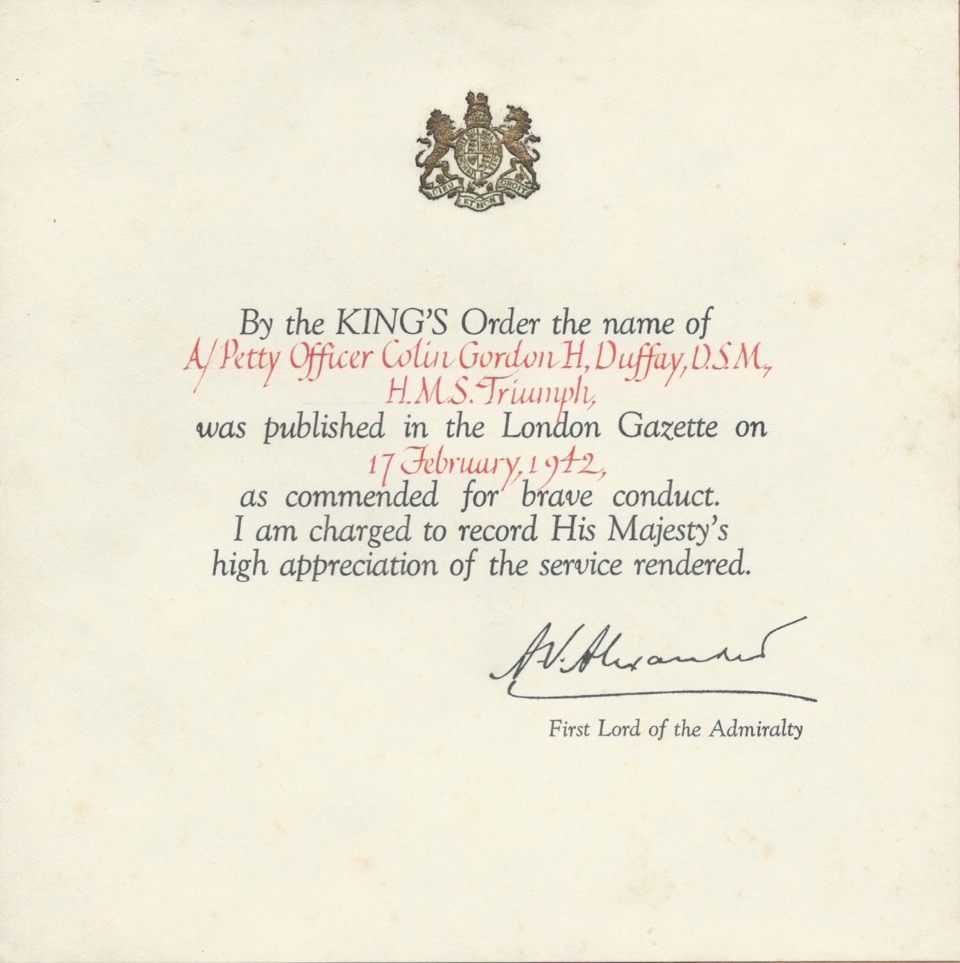
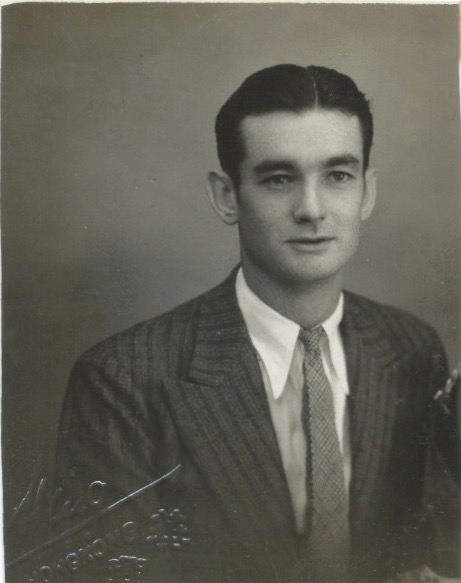
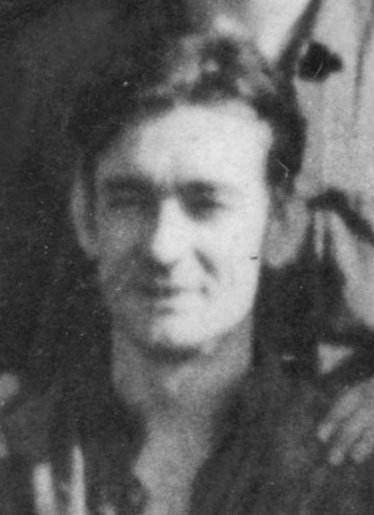
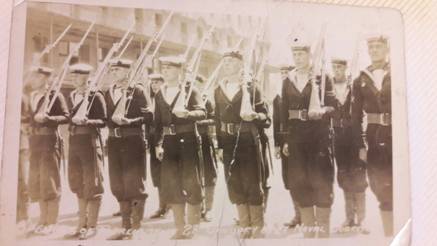
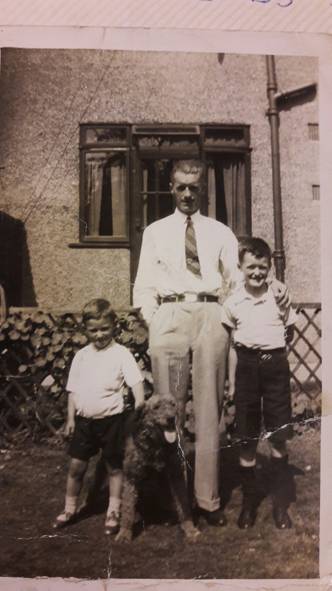
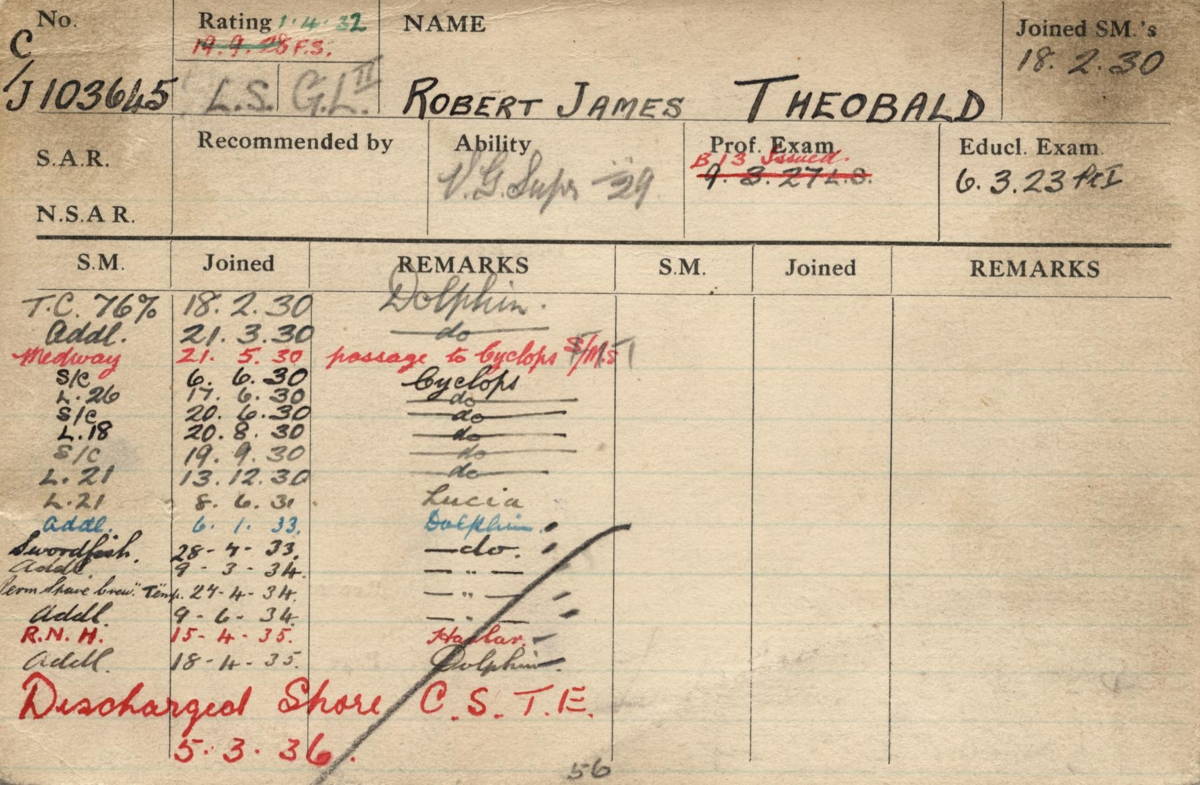
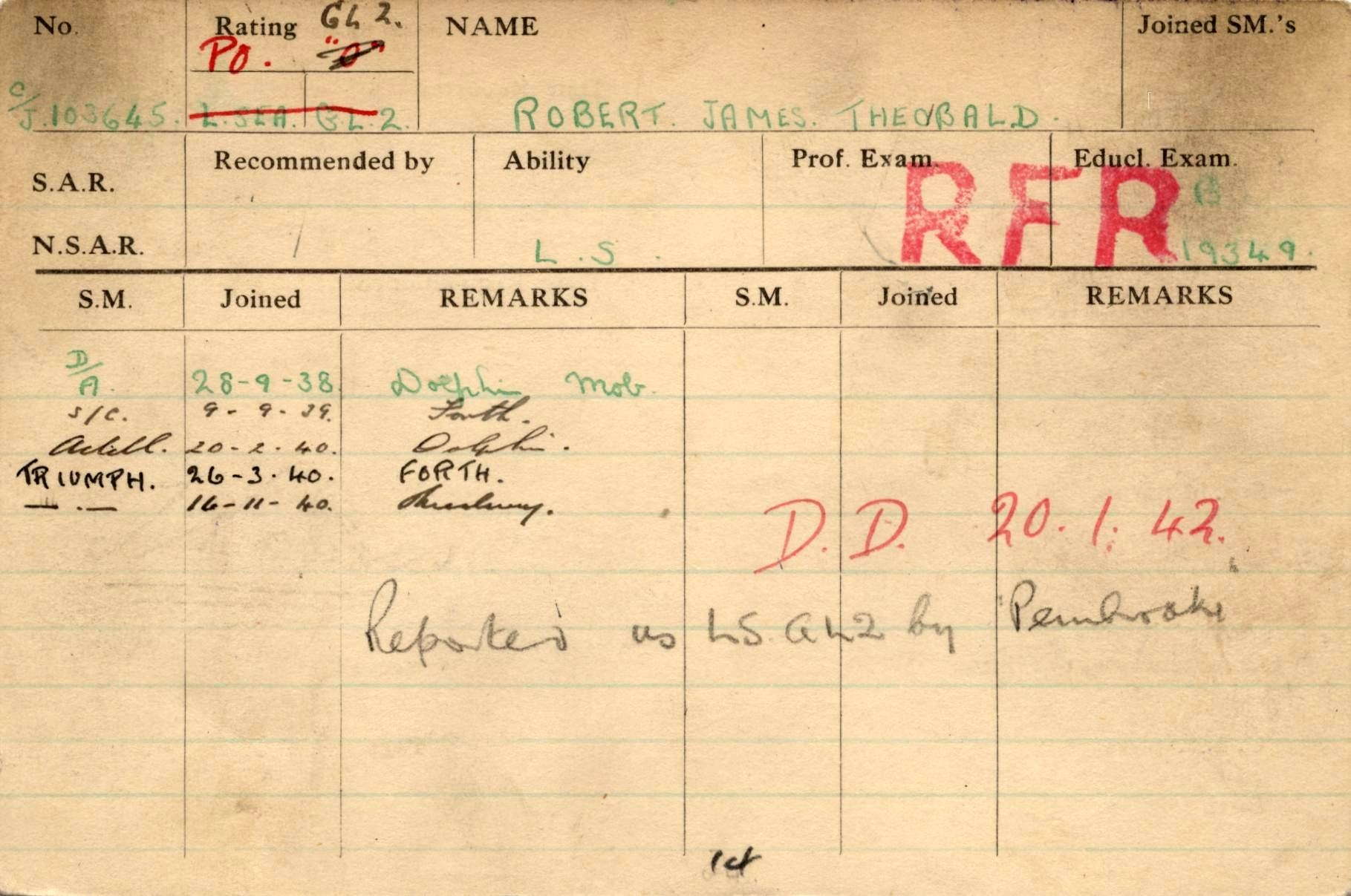
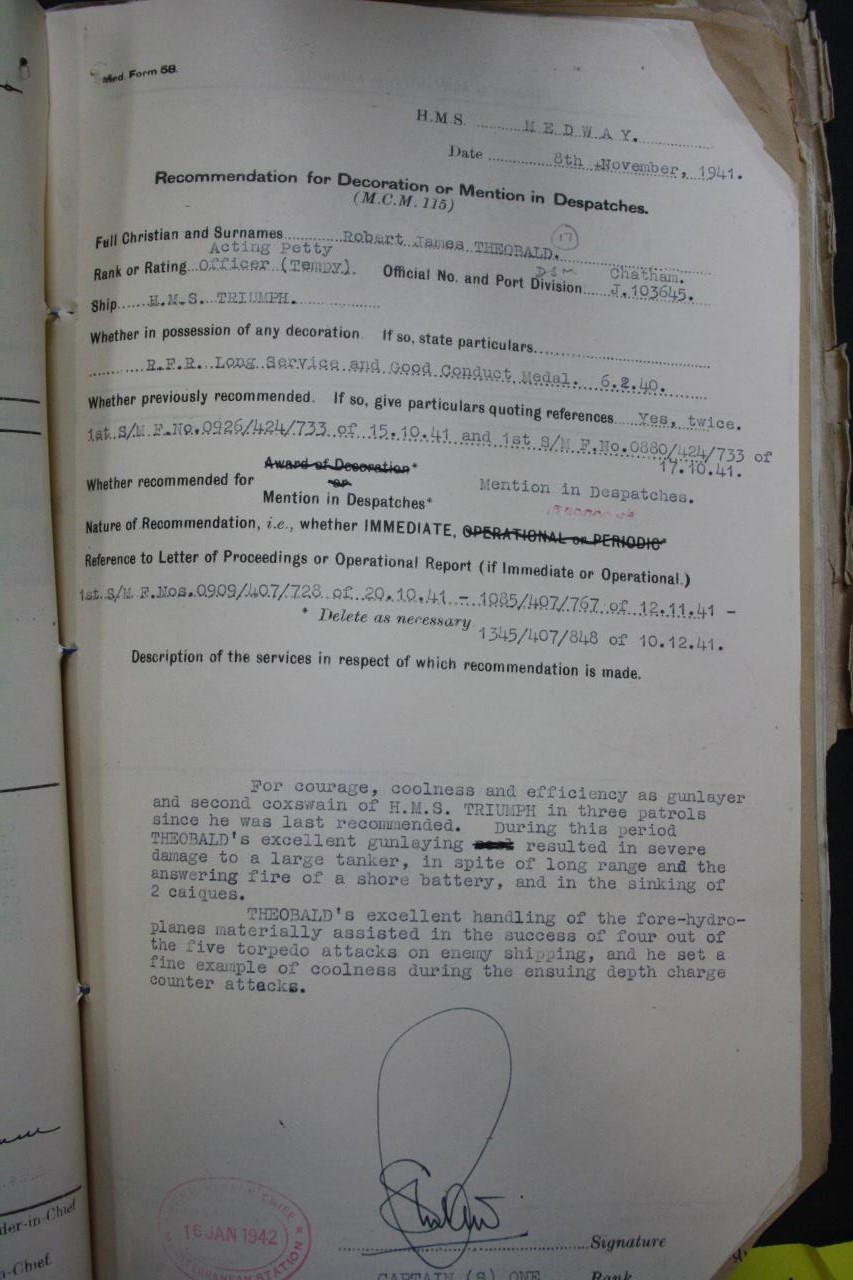

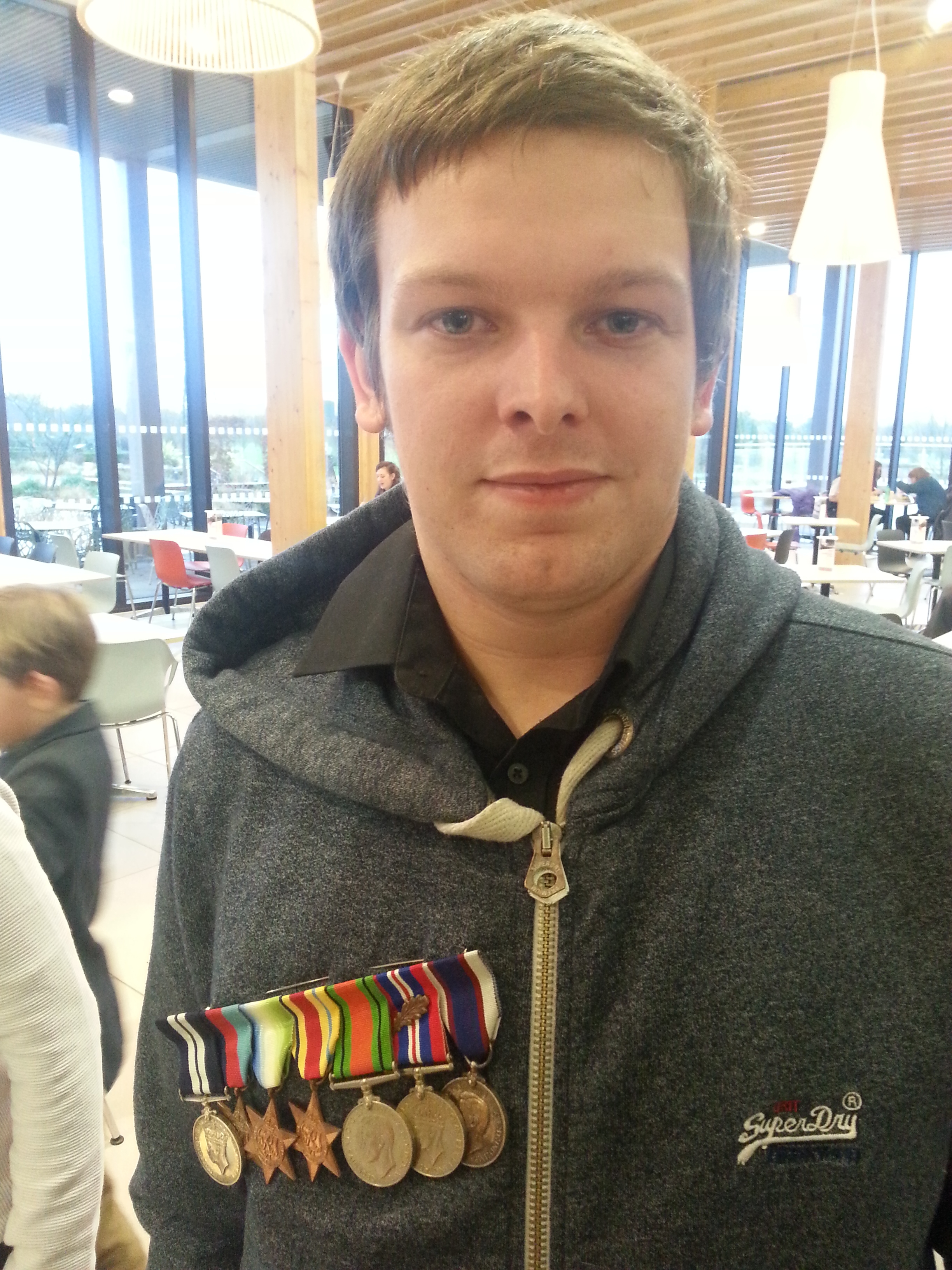
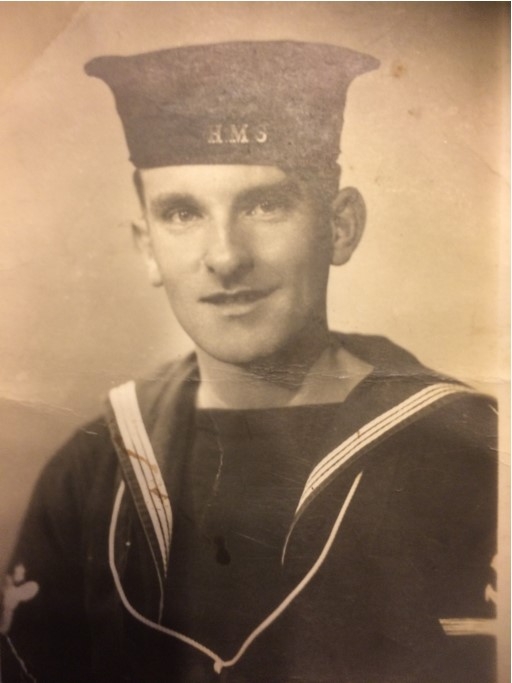
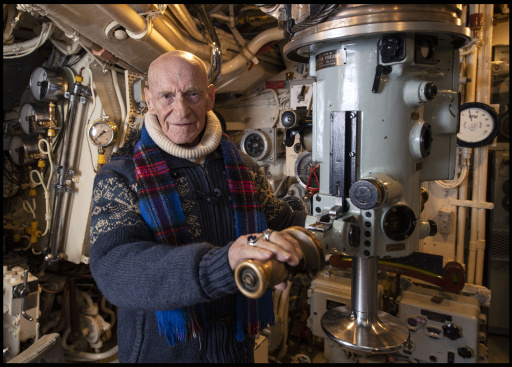
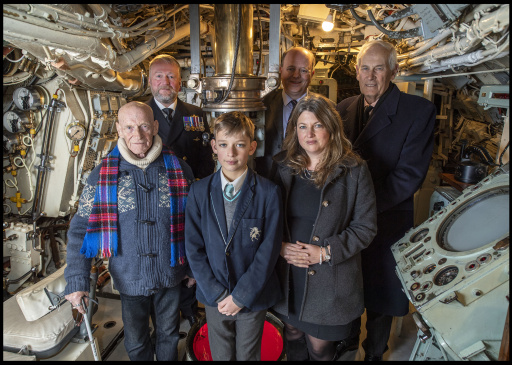
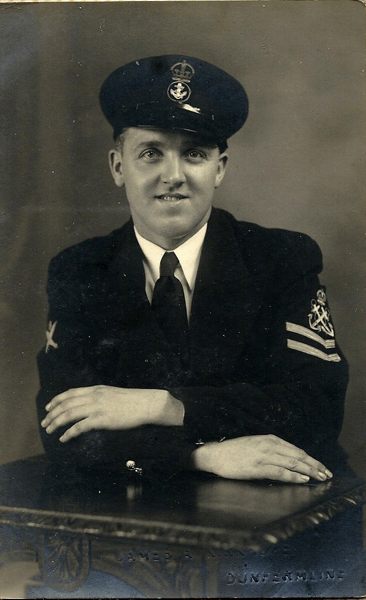
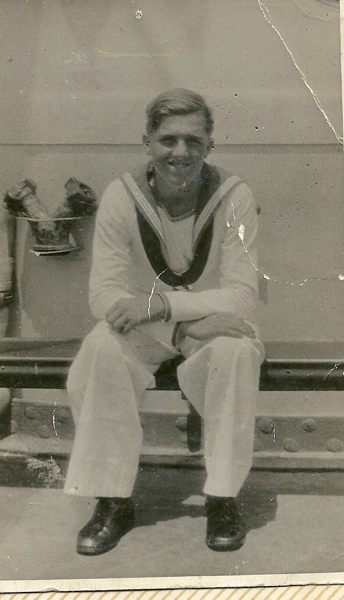
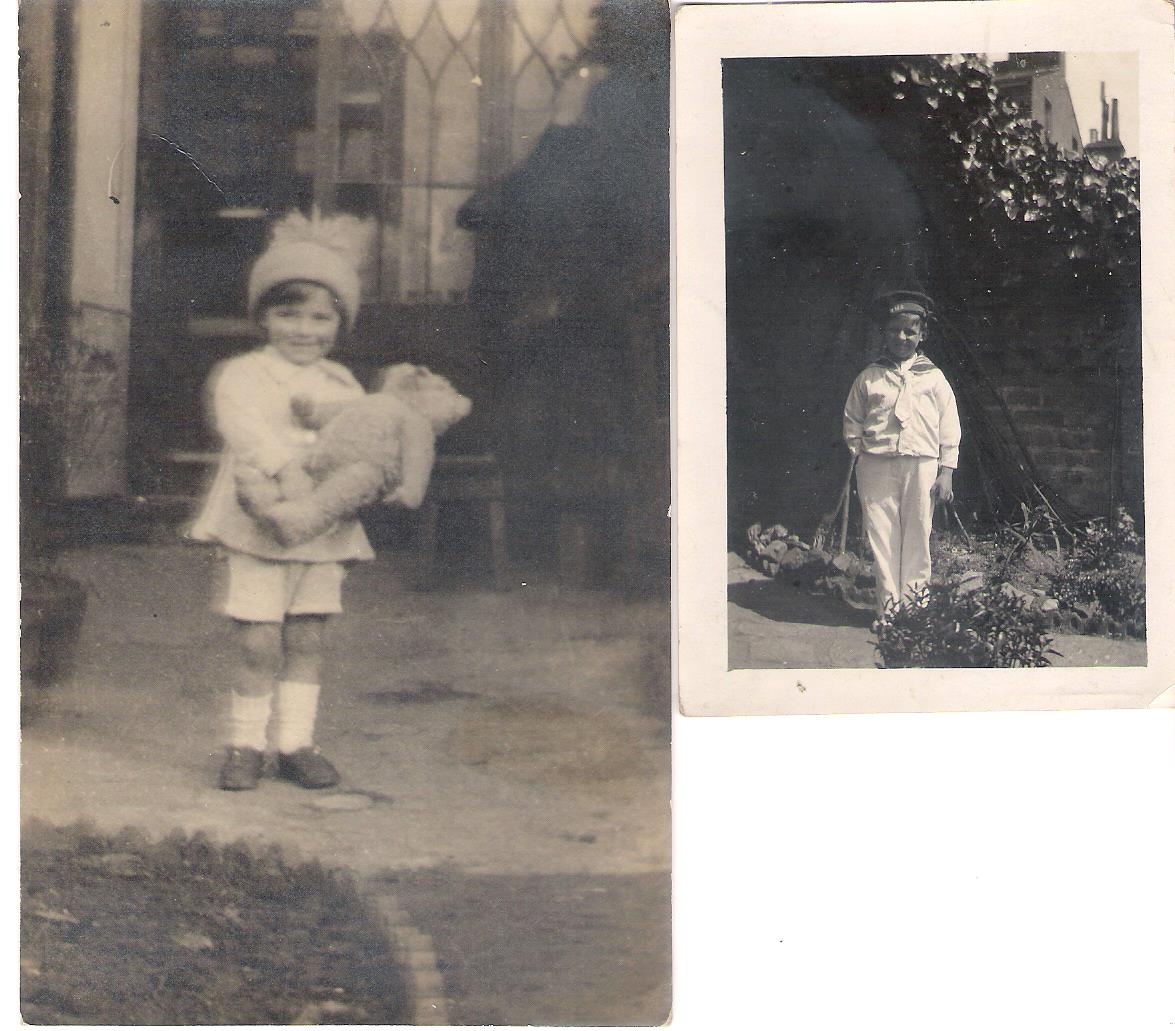
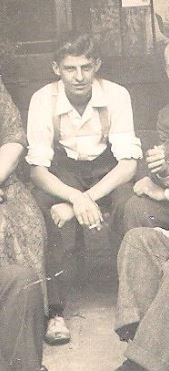
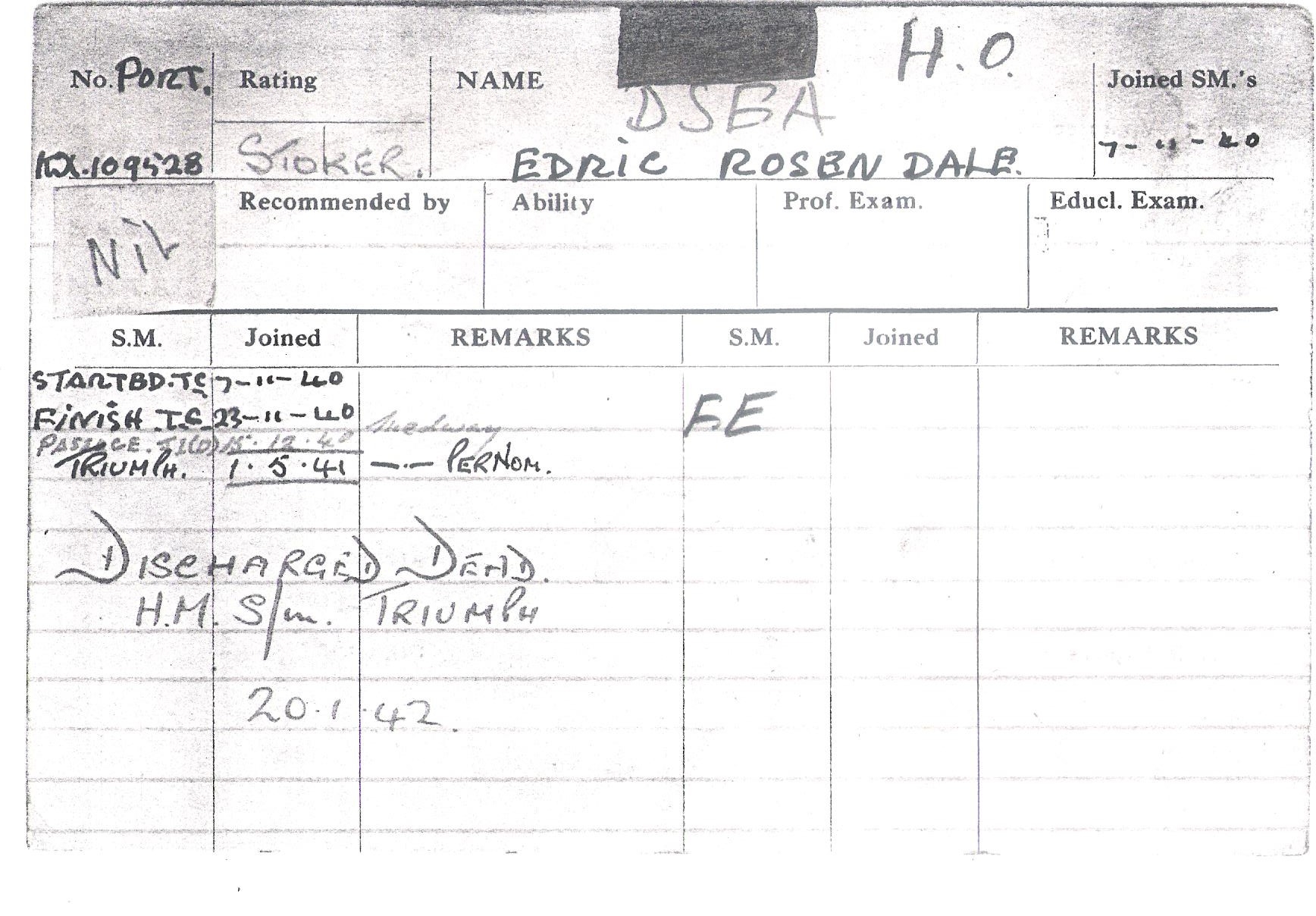
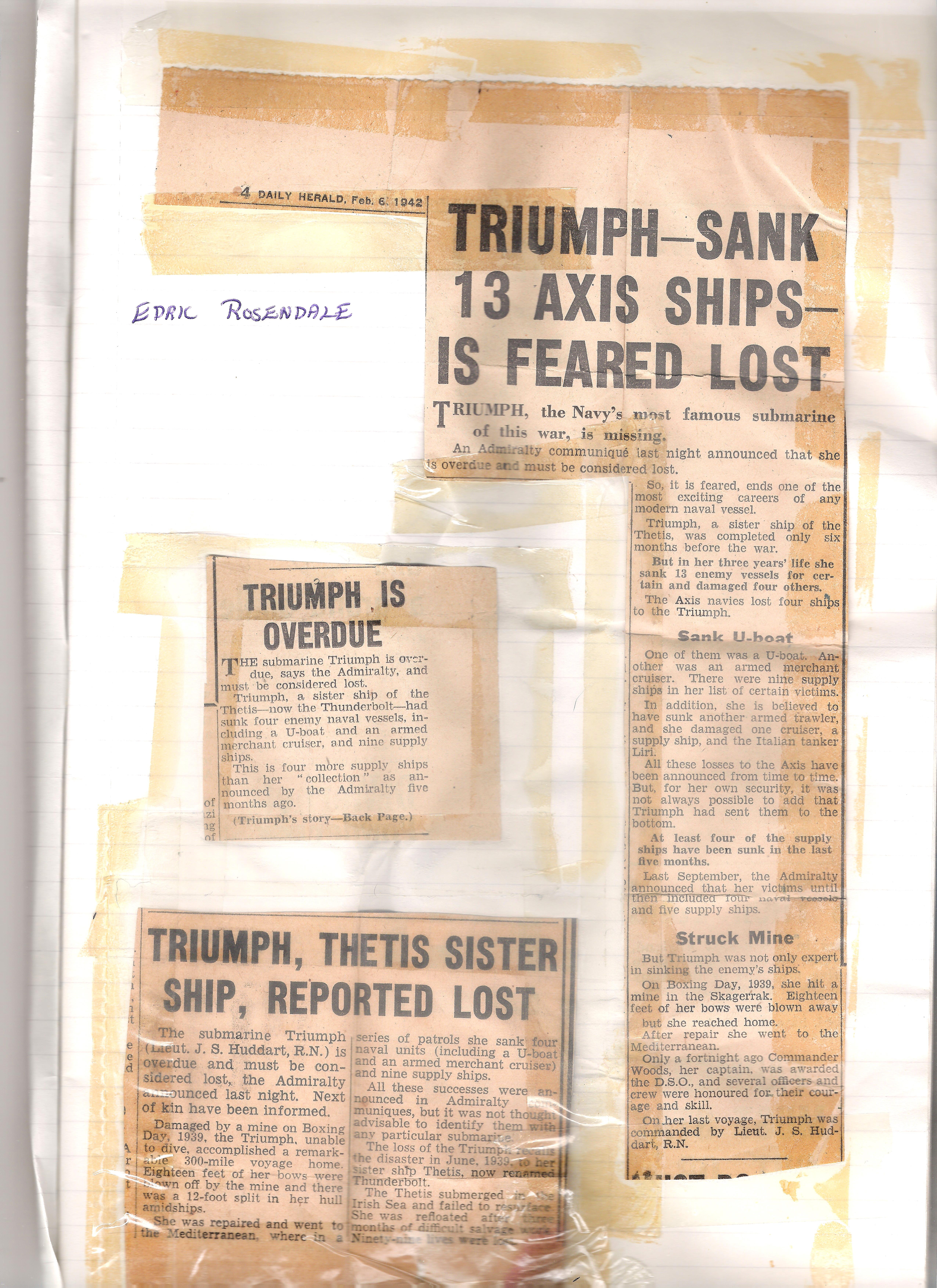
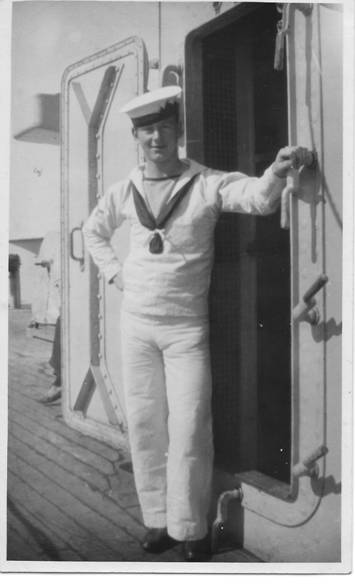
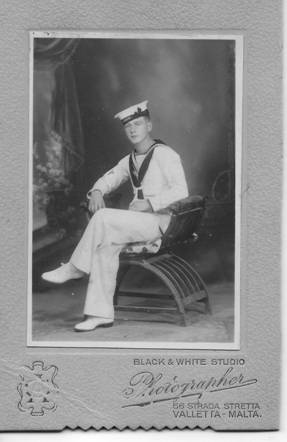
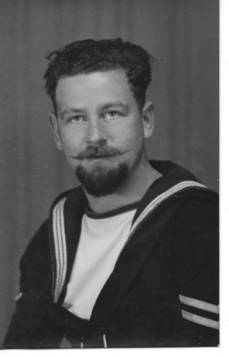
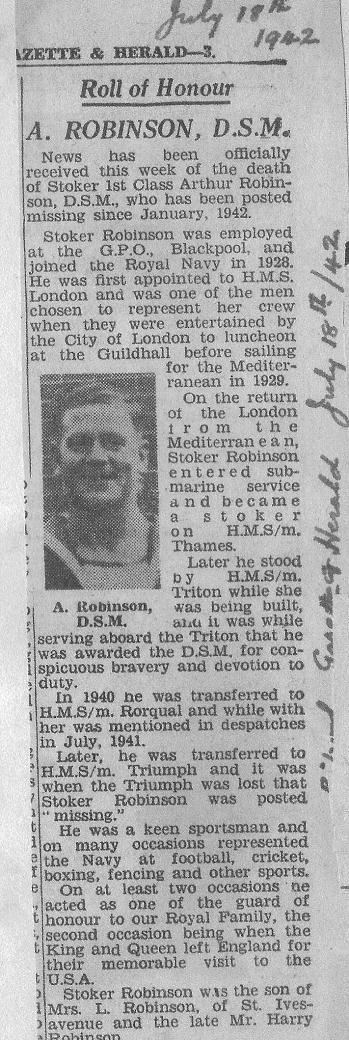
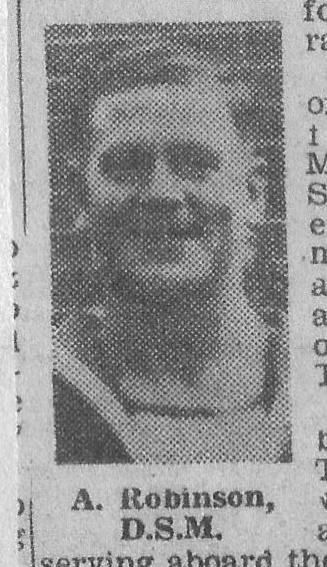
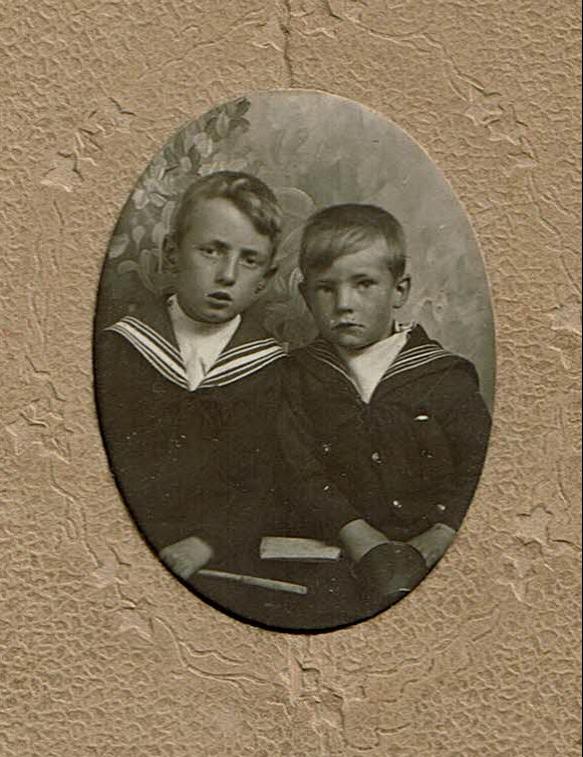
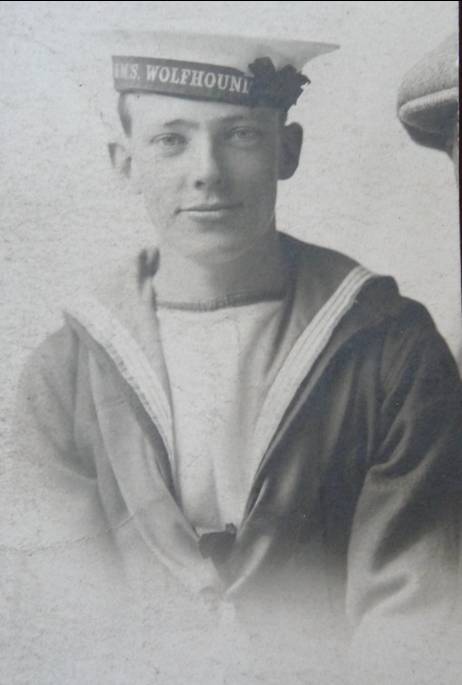
.jpg)
